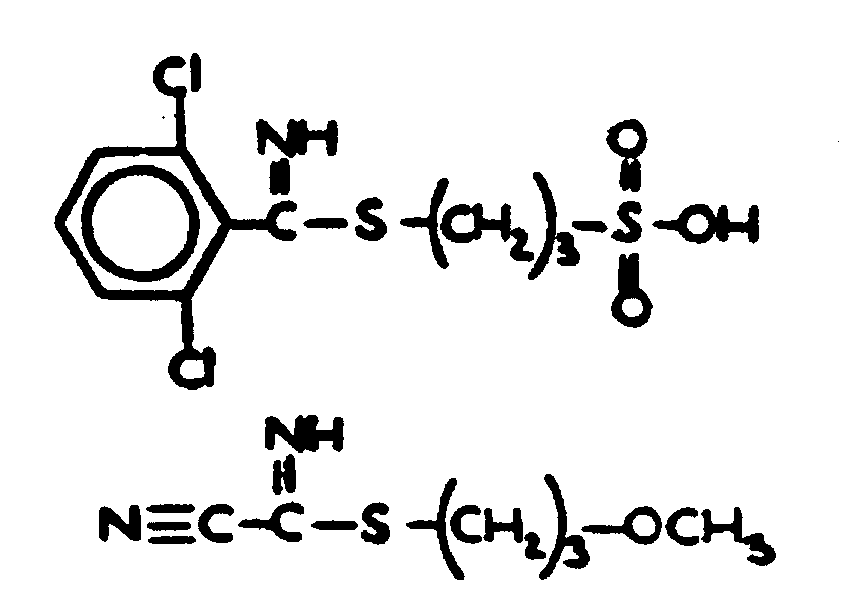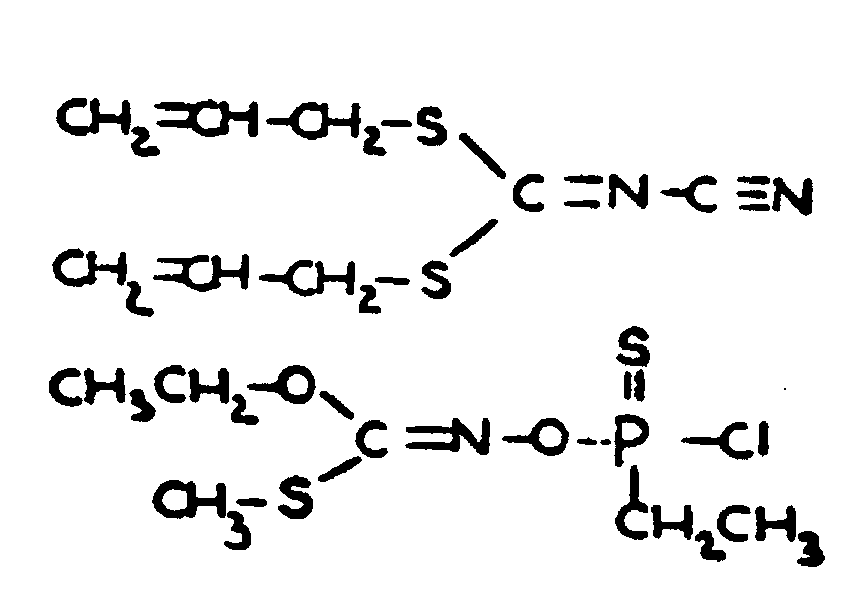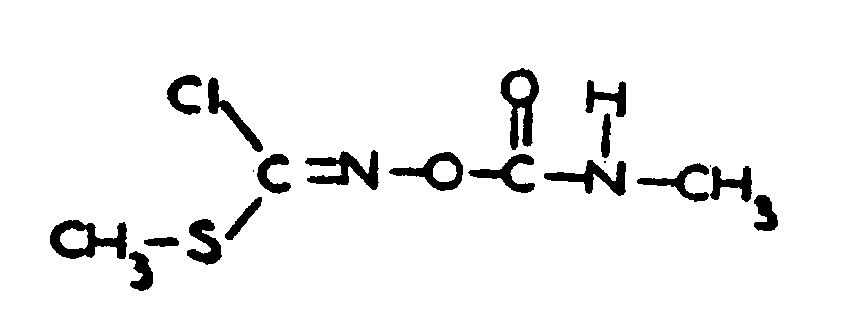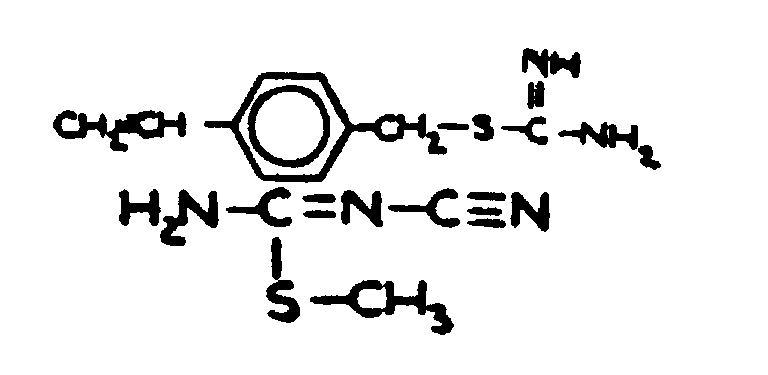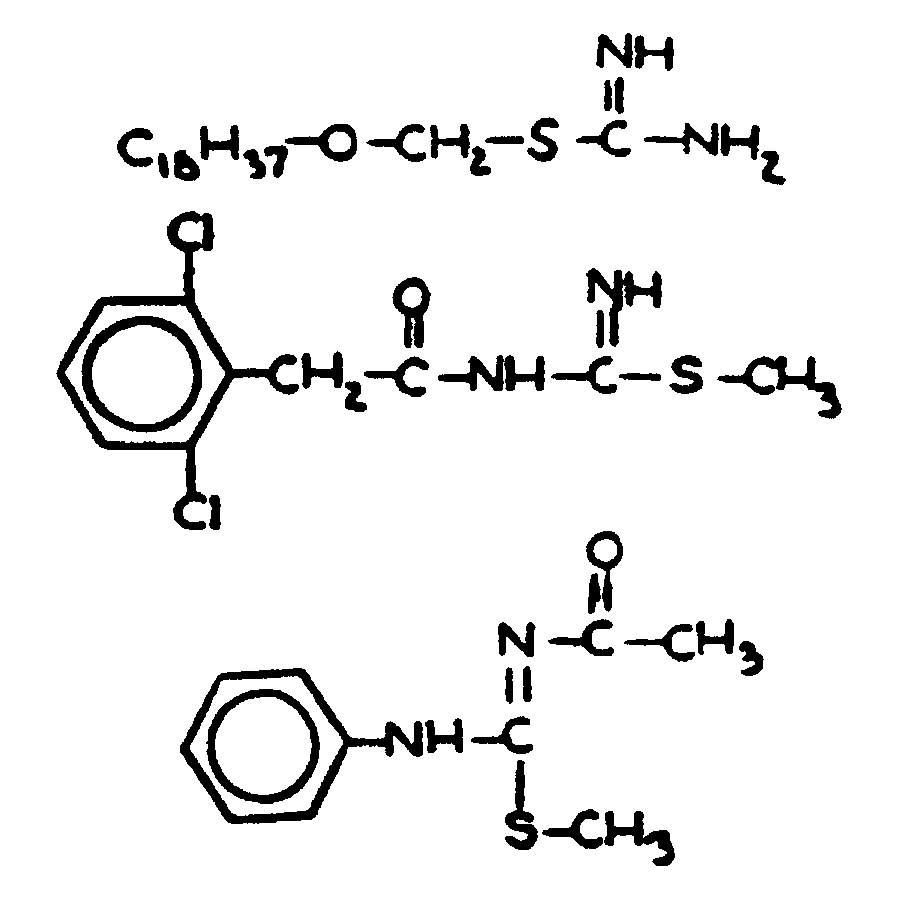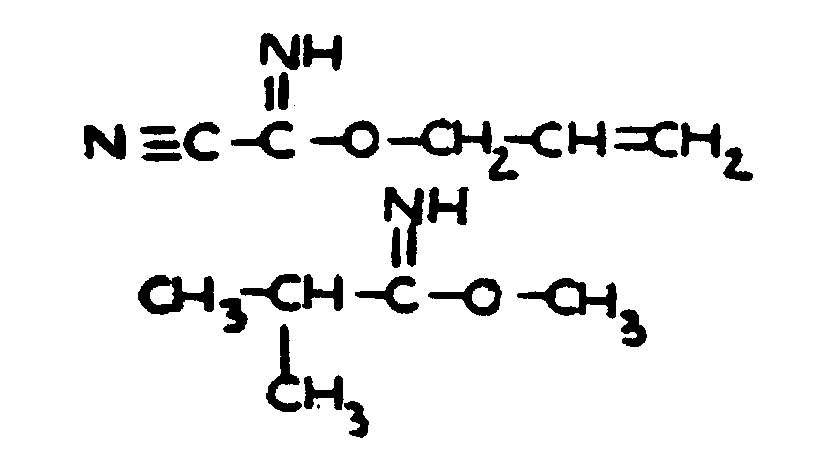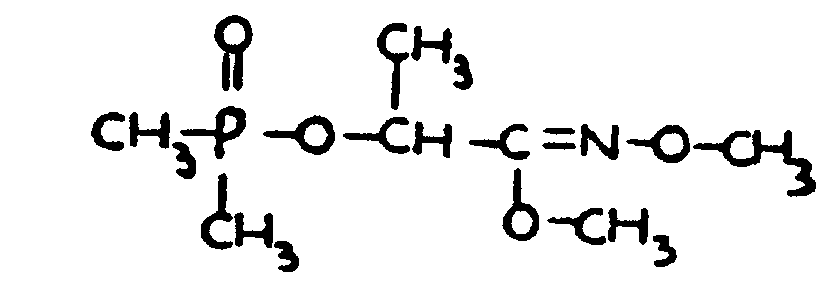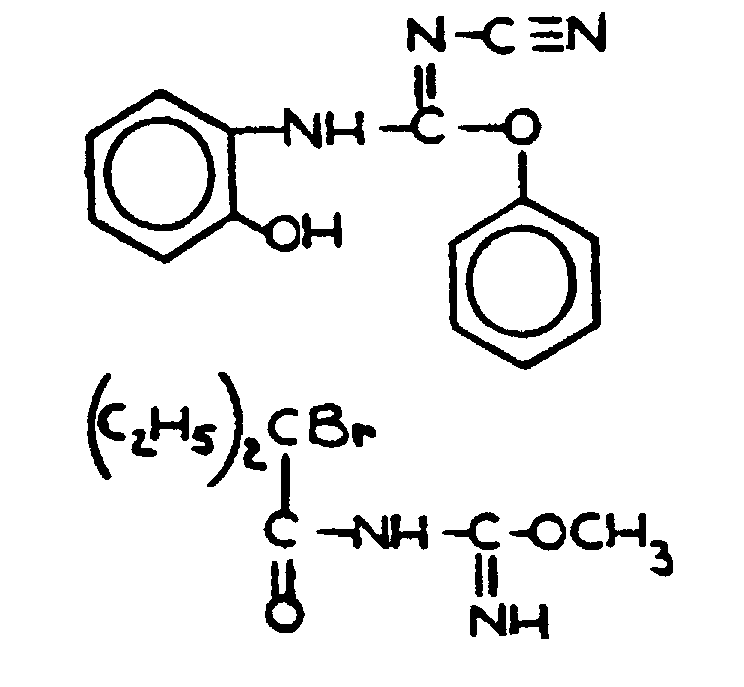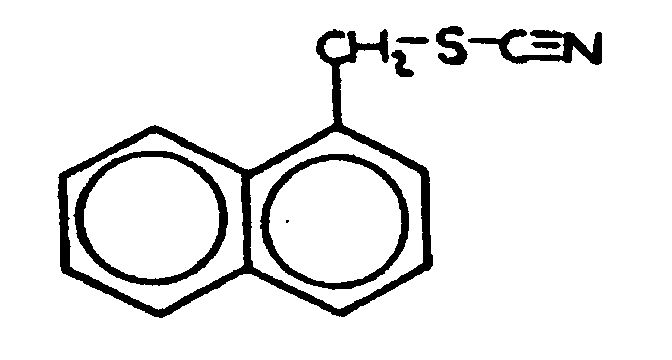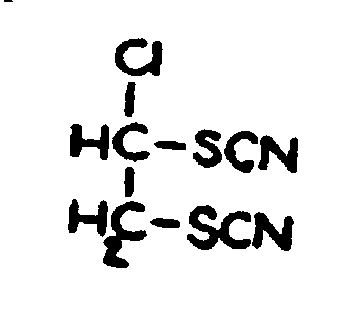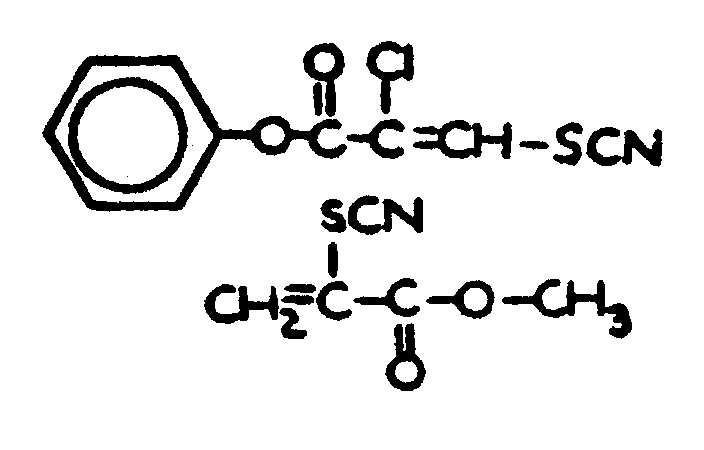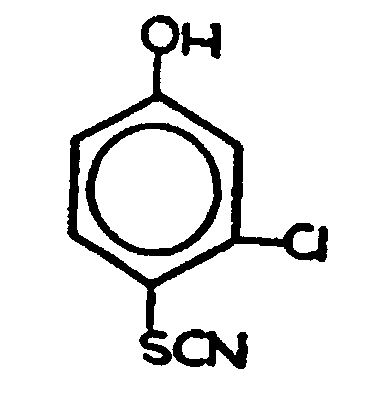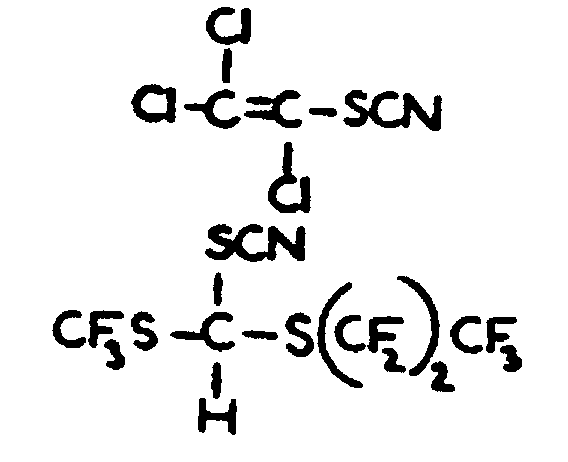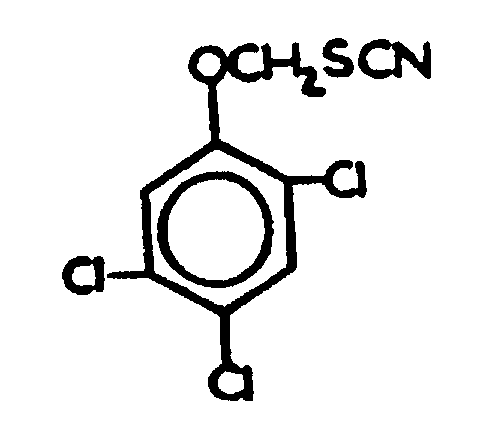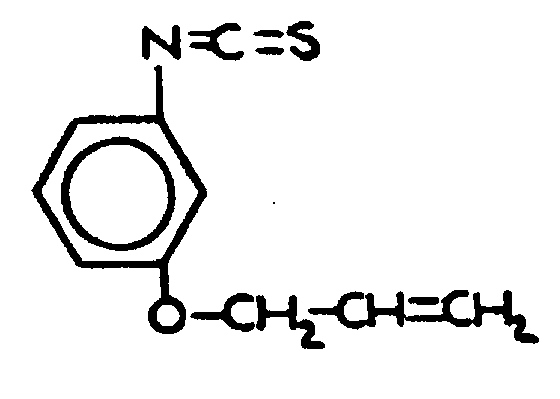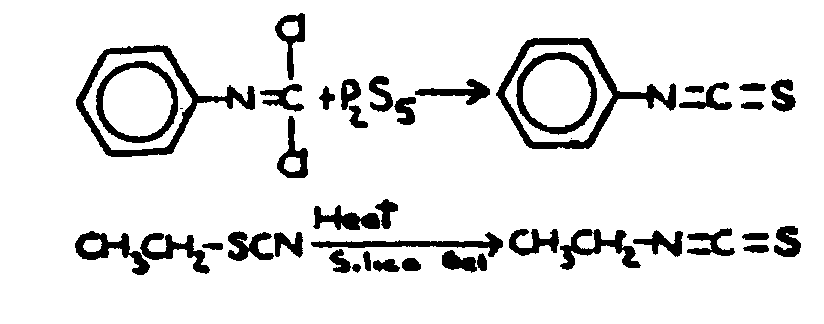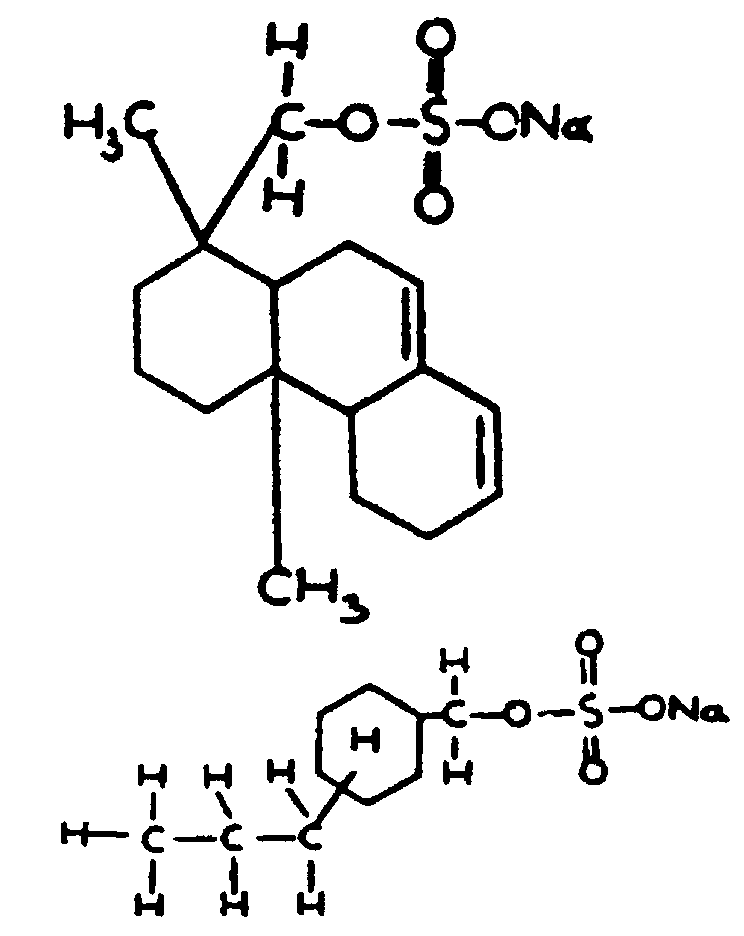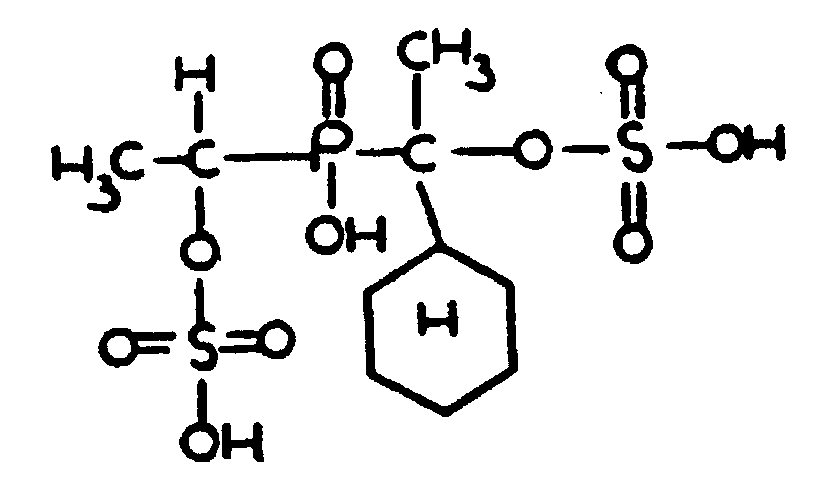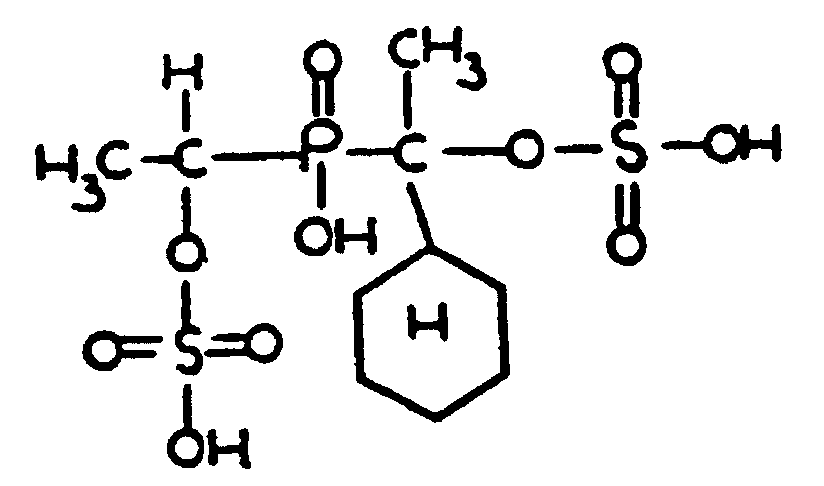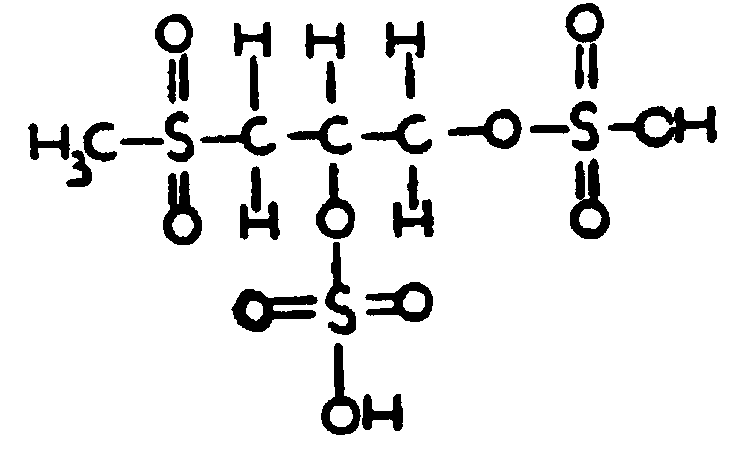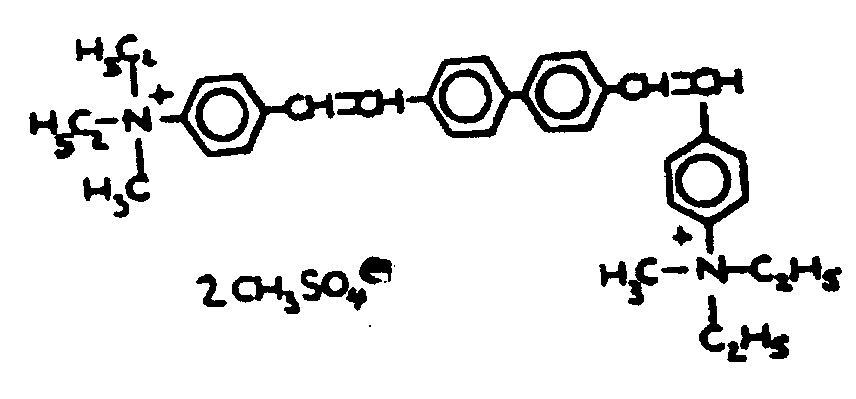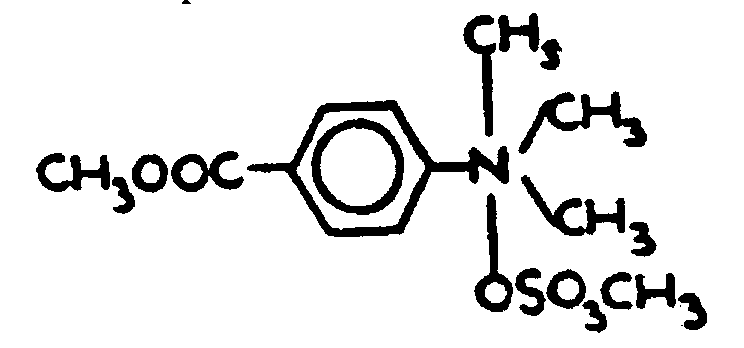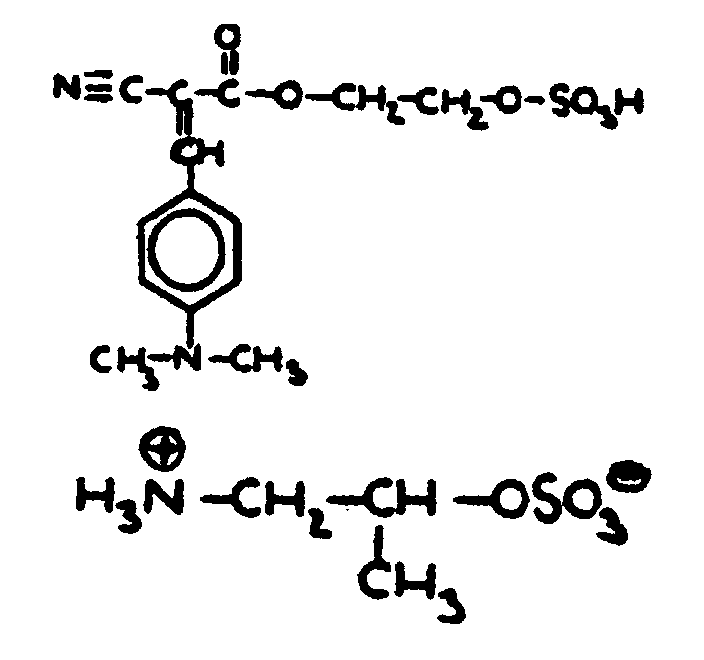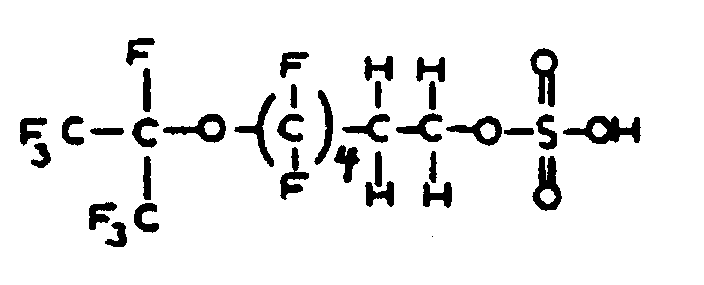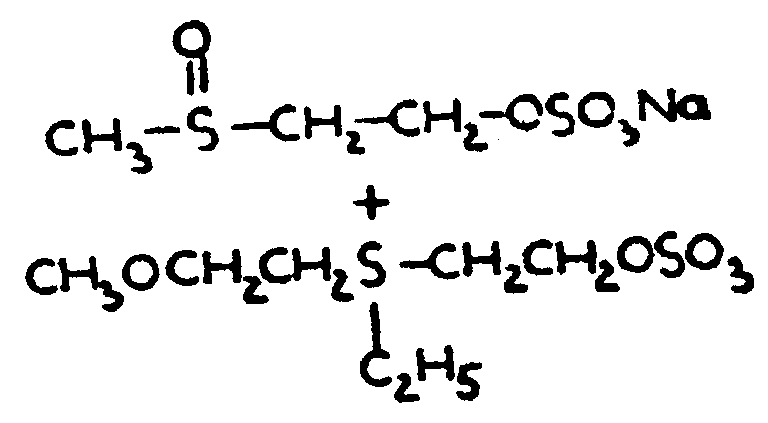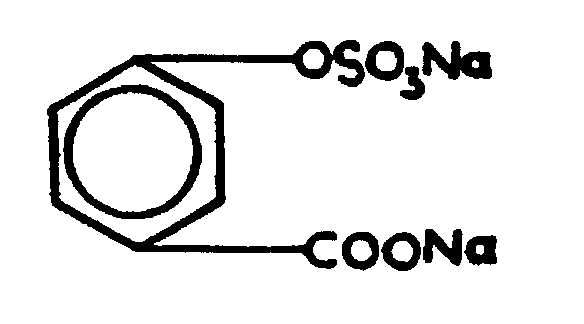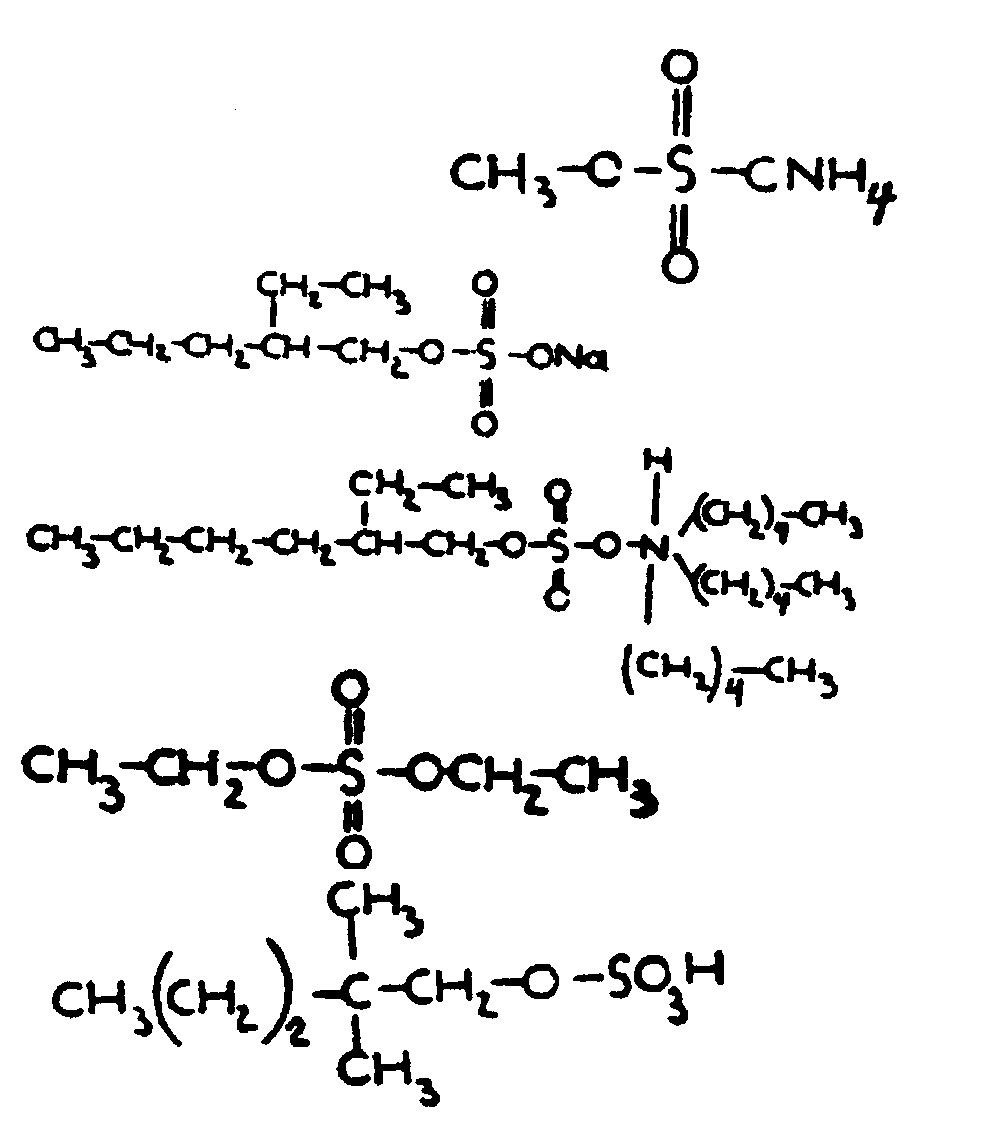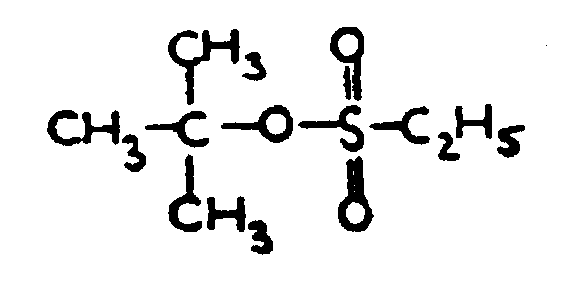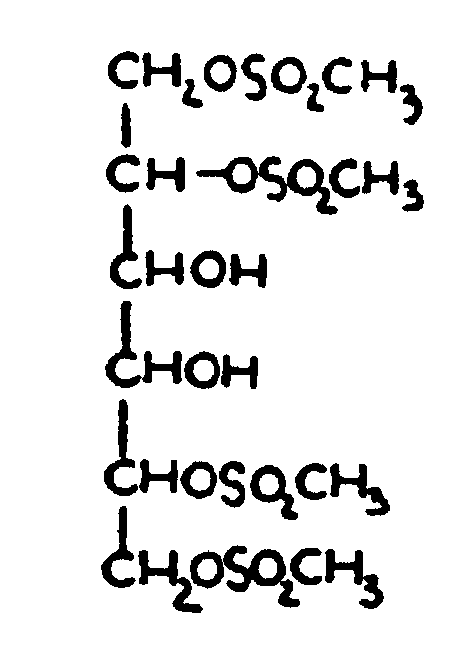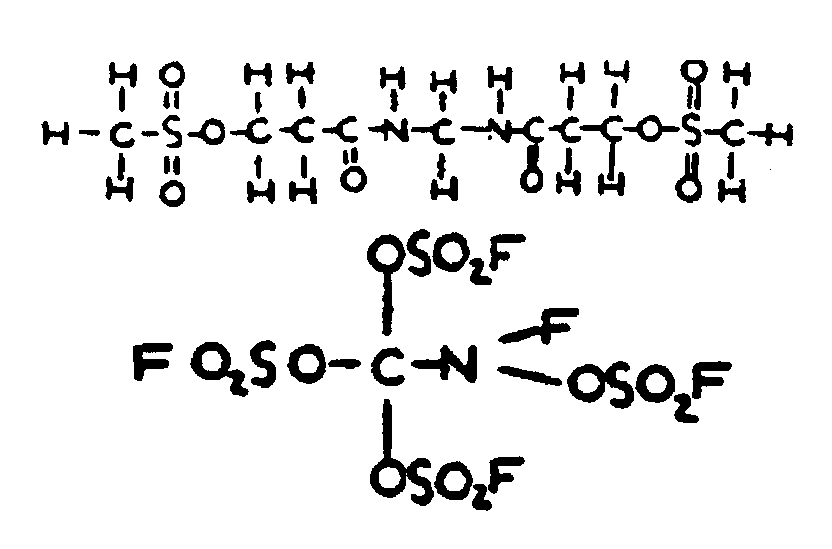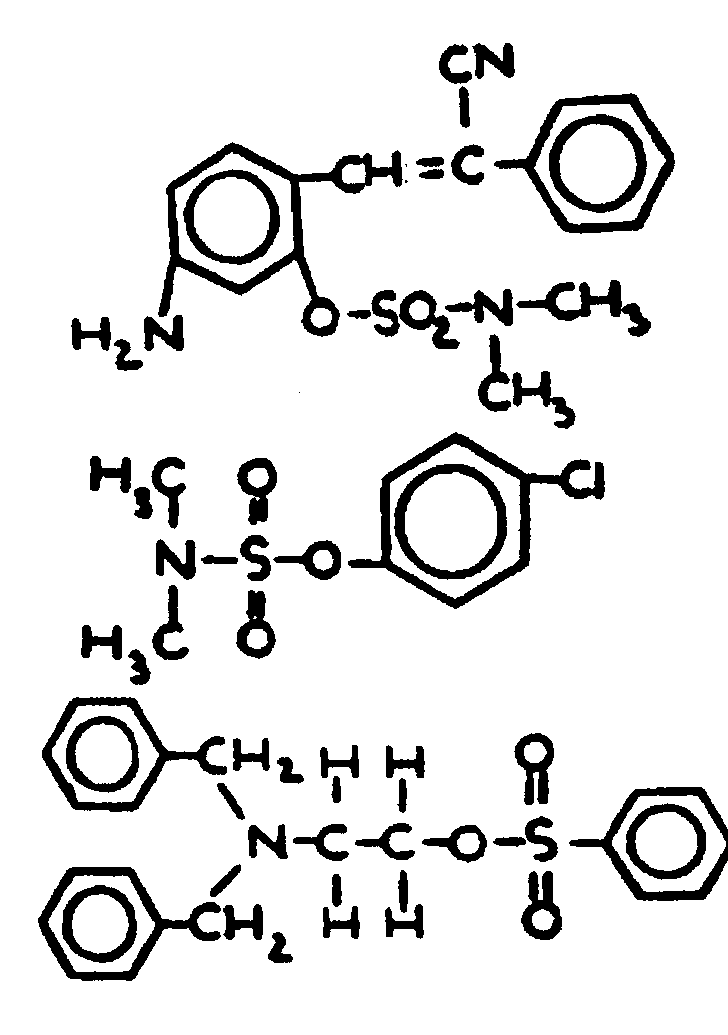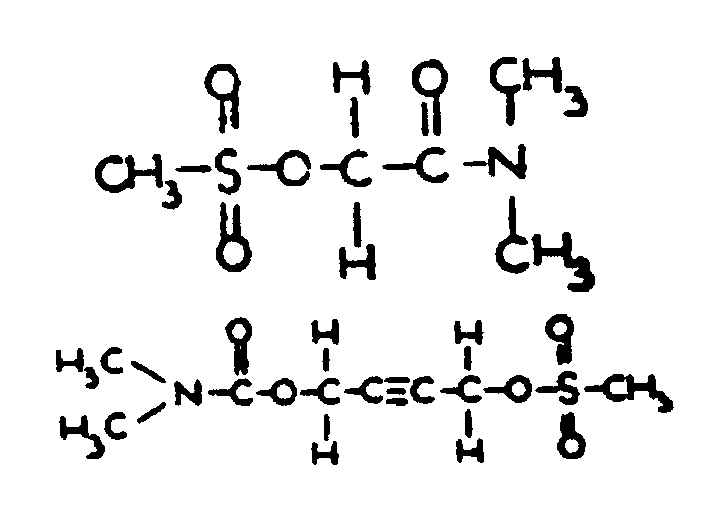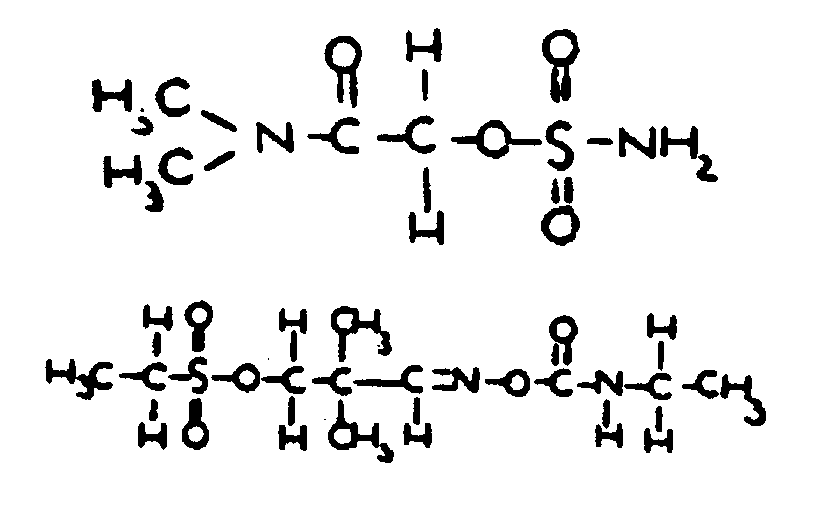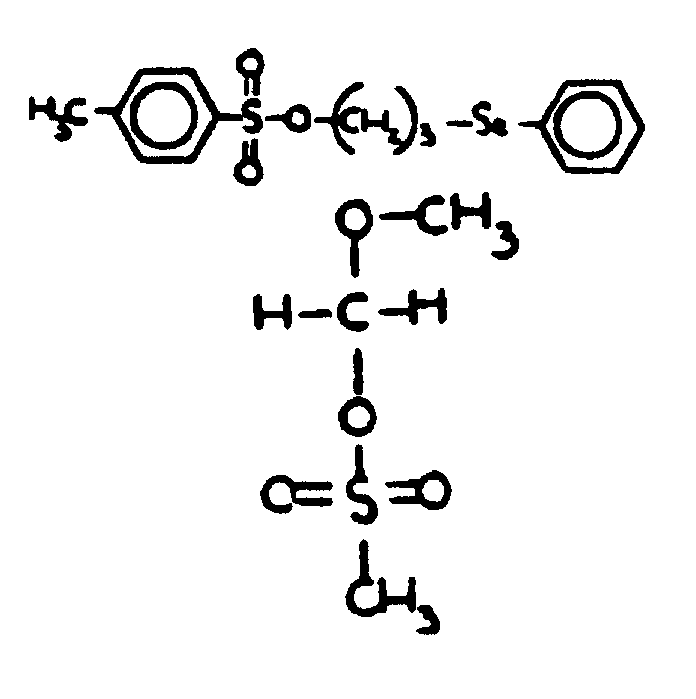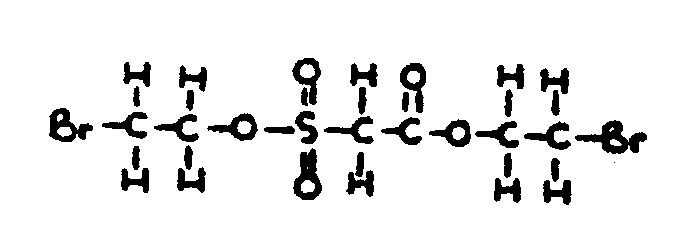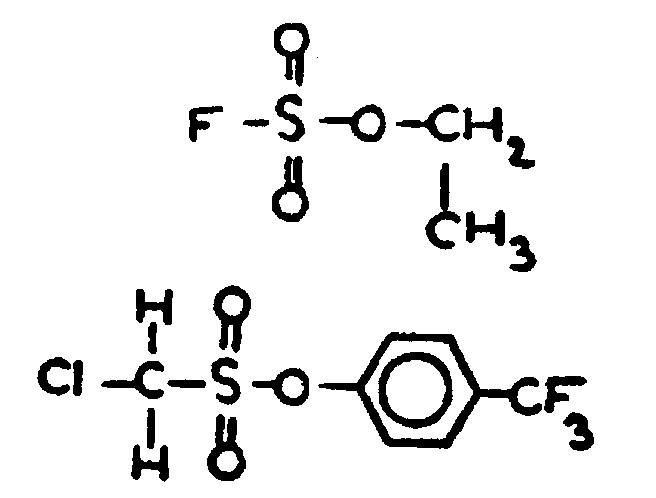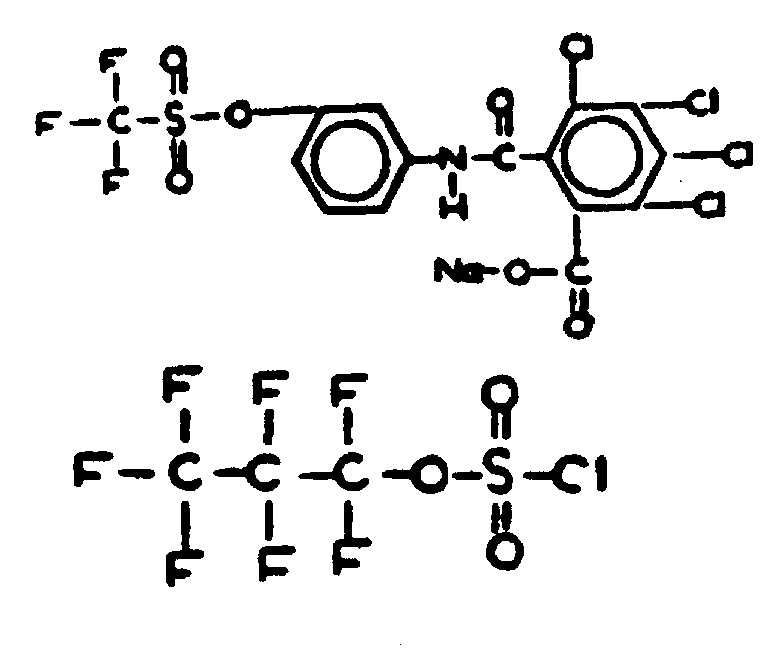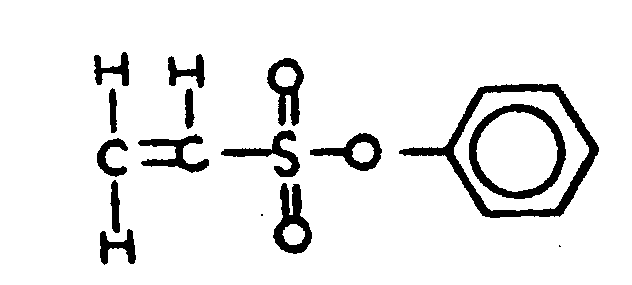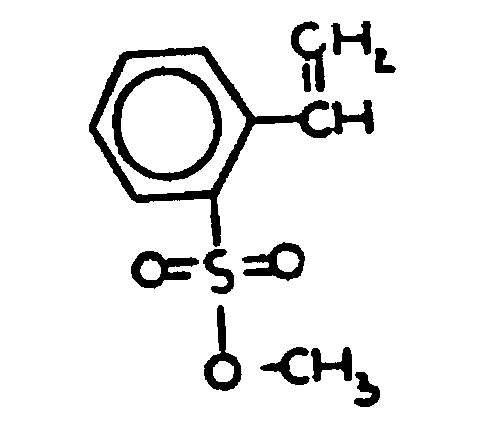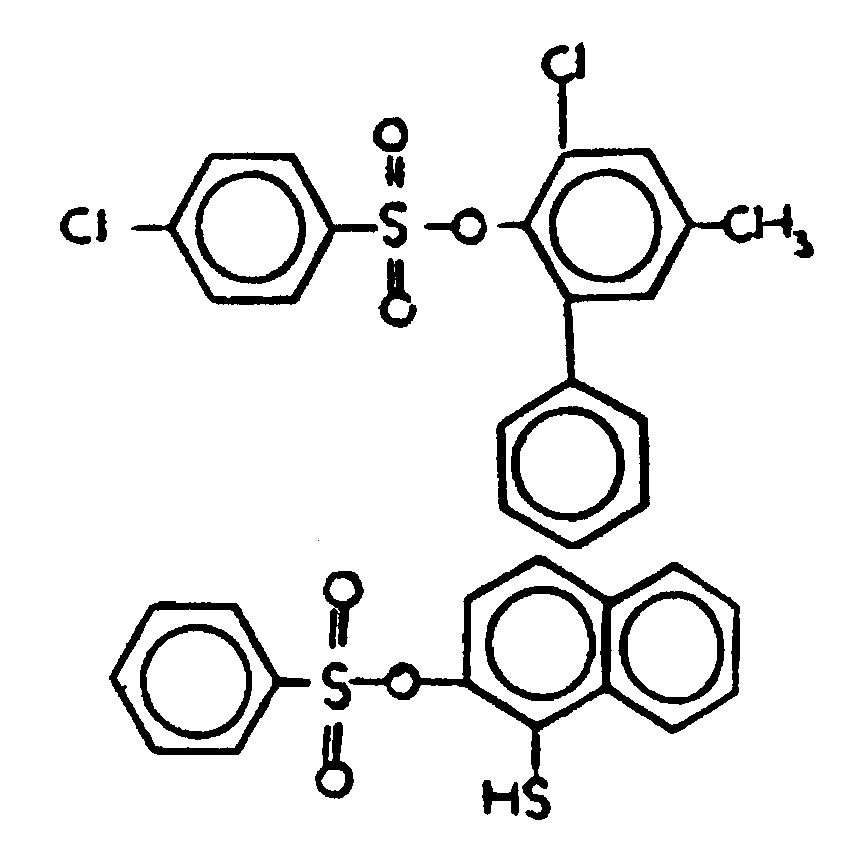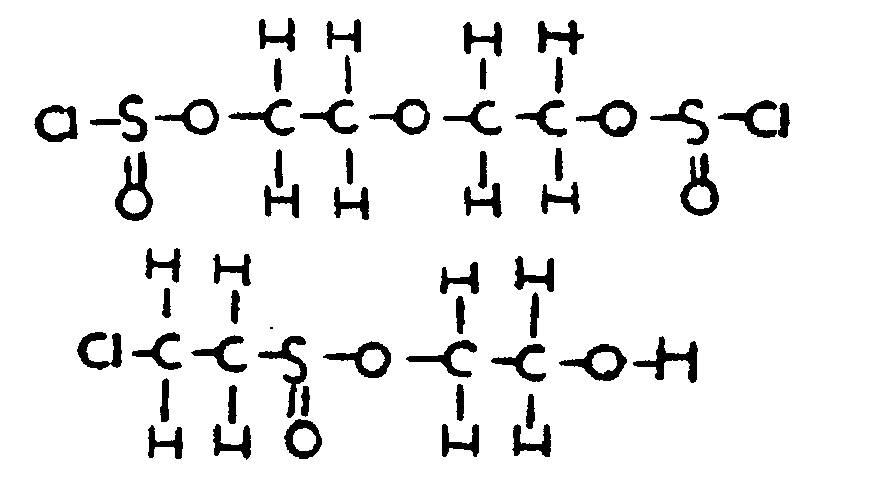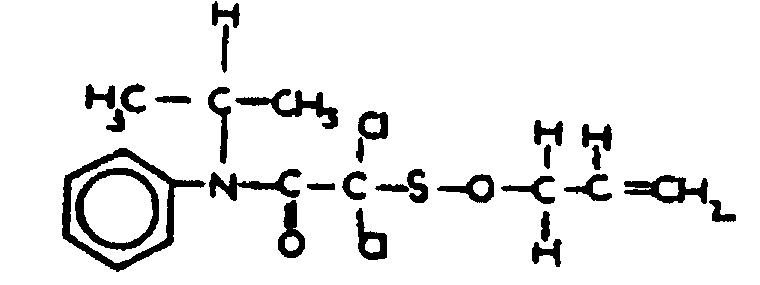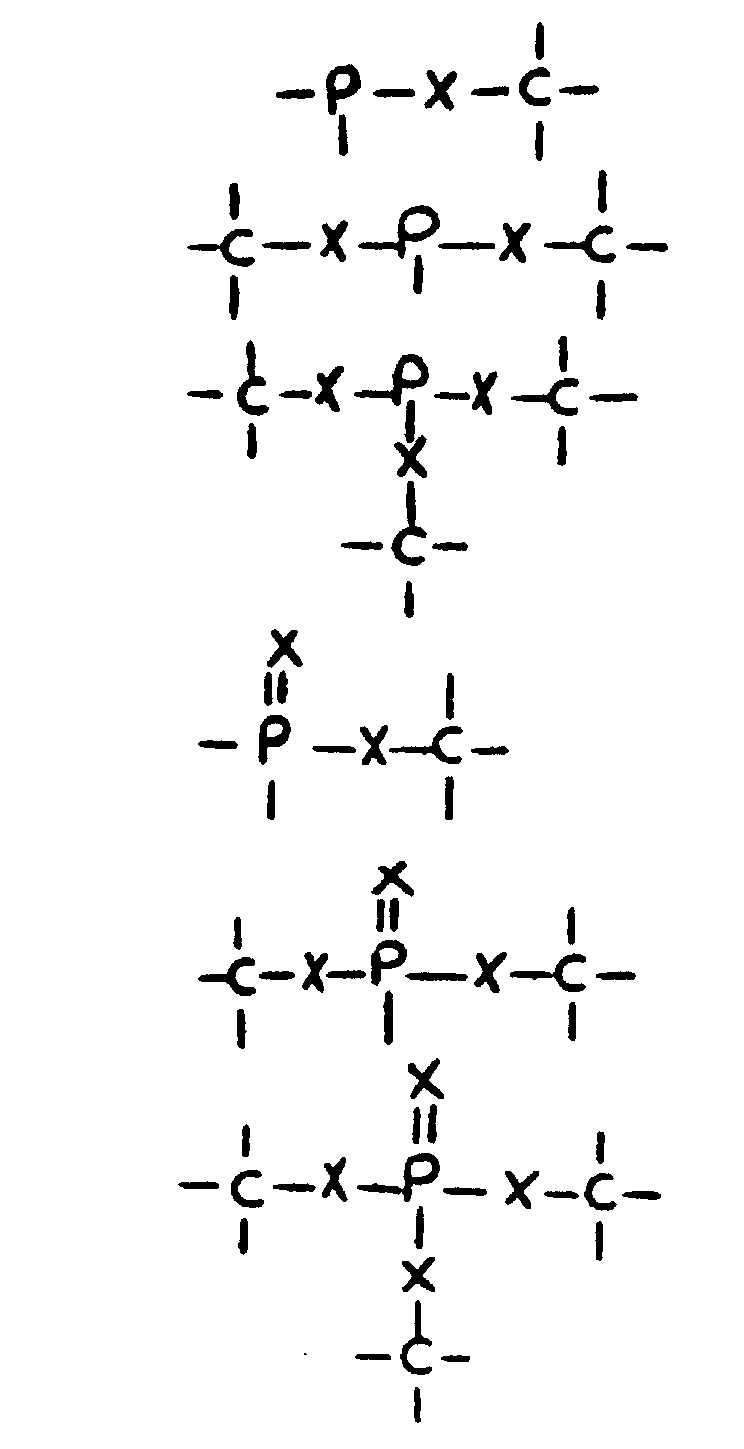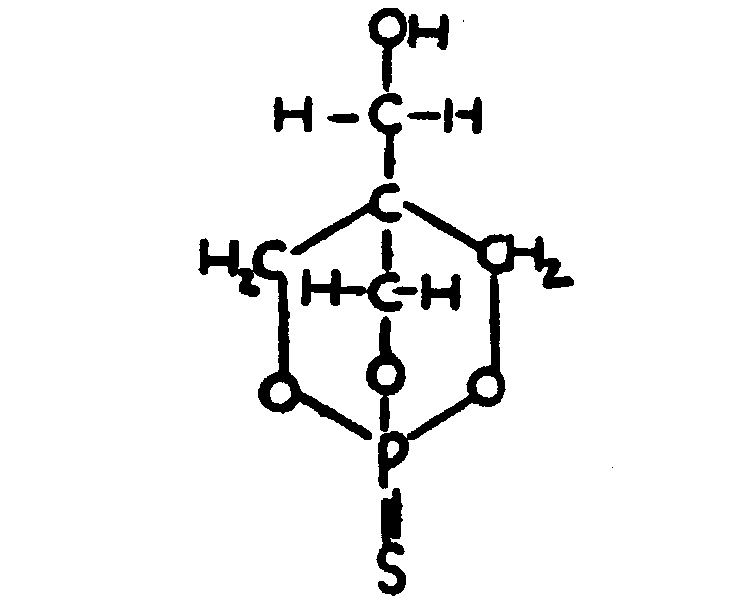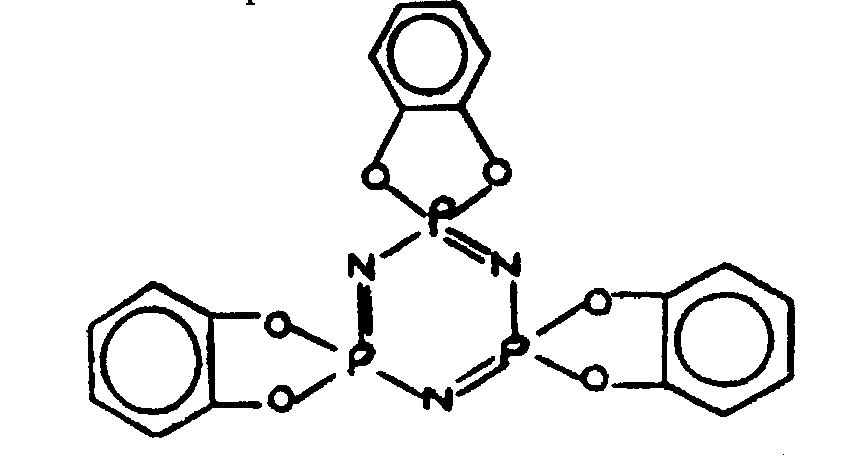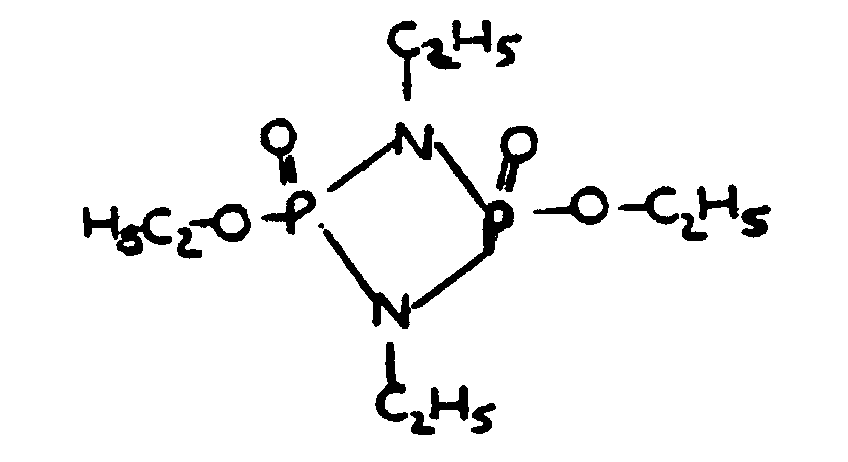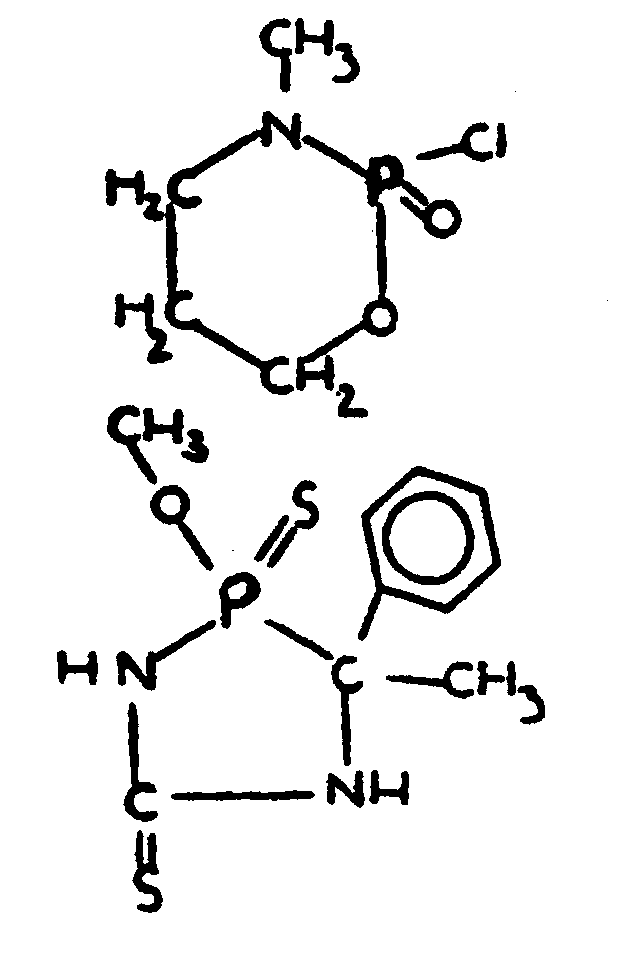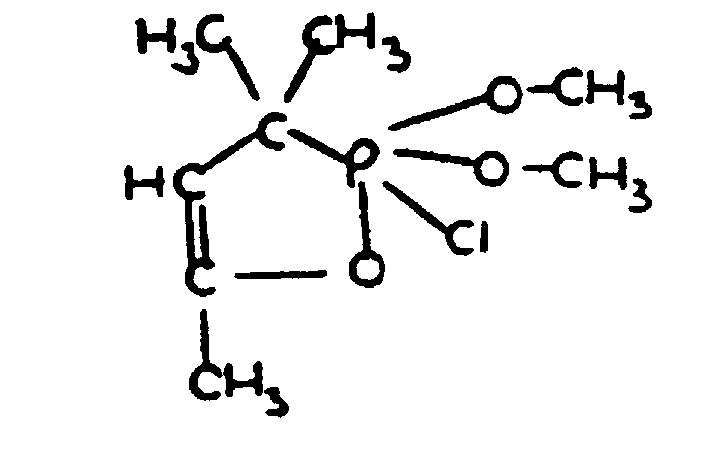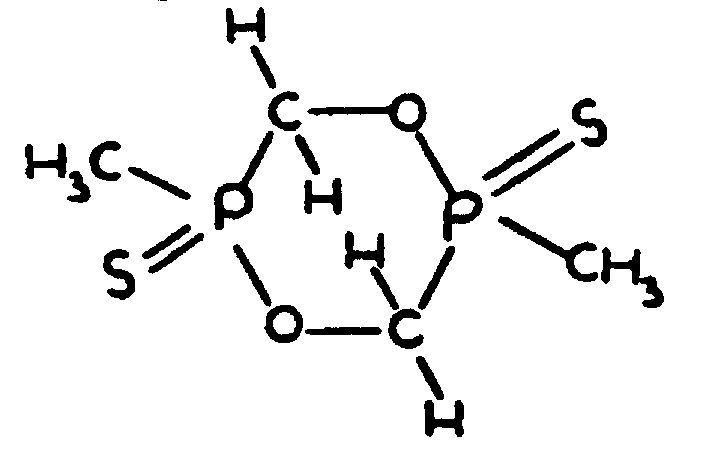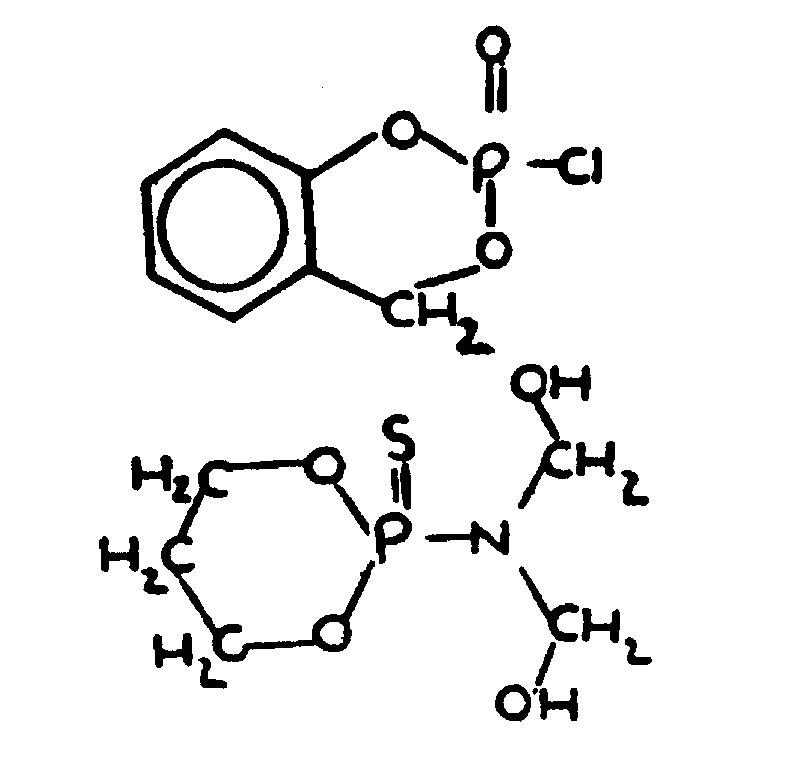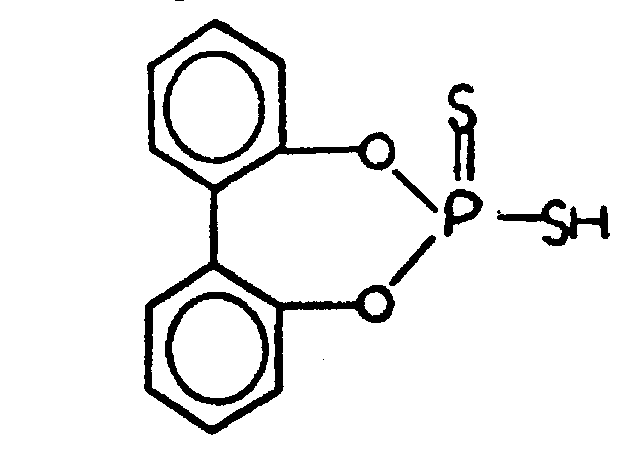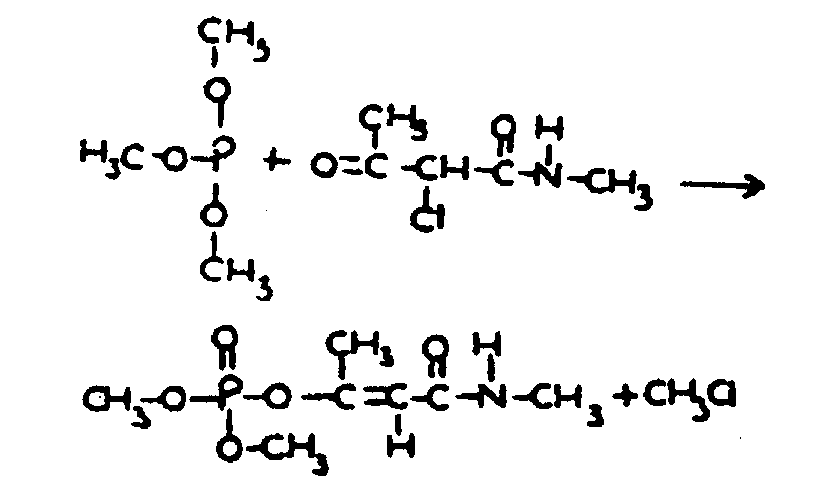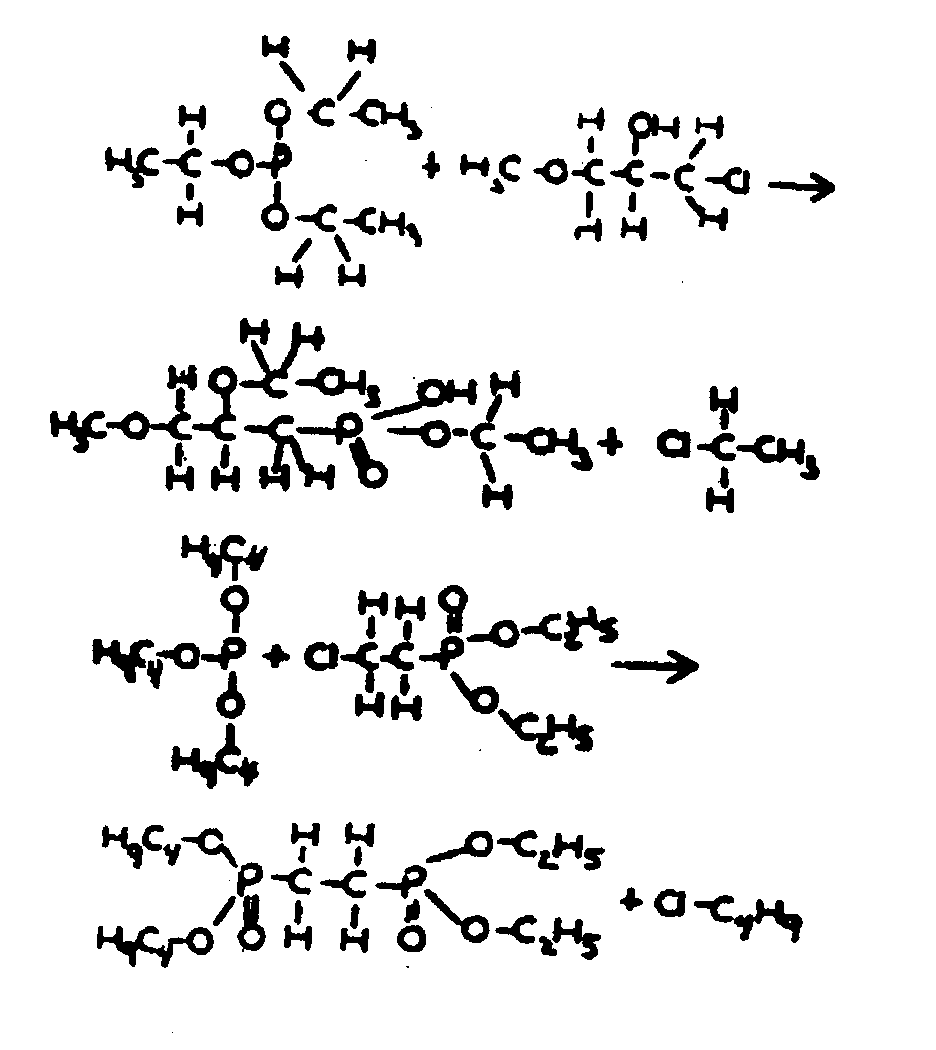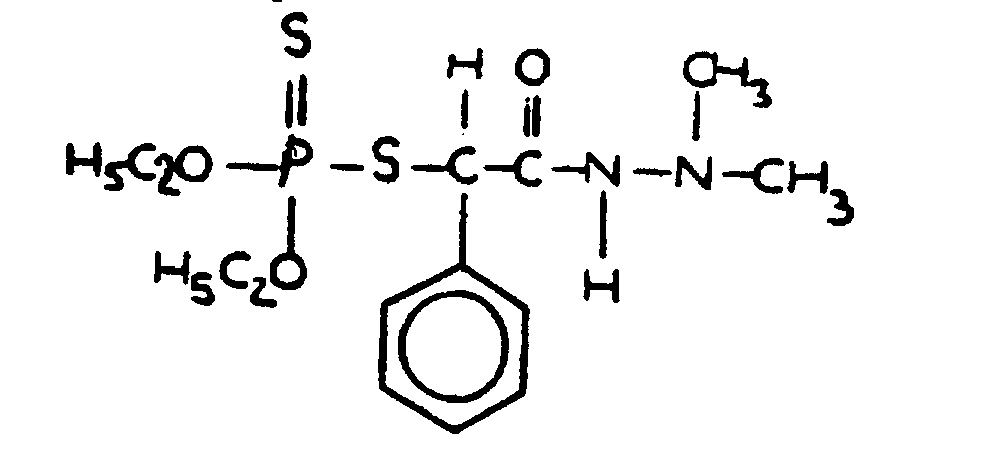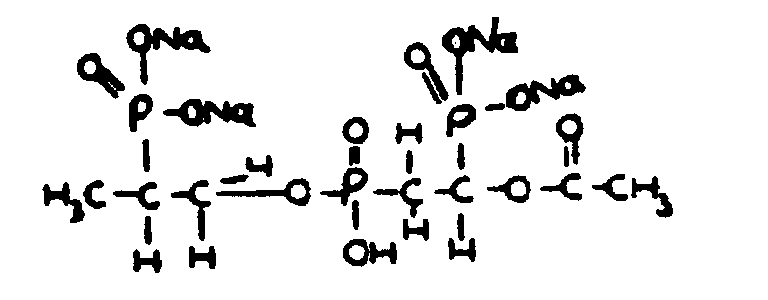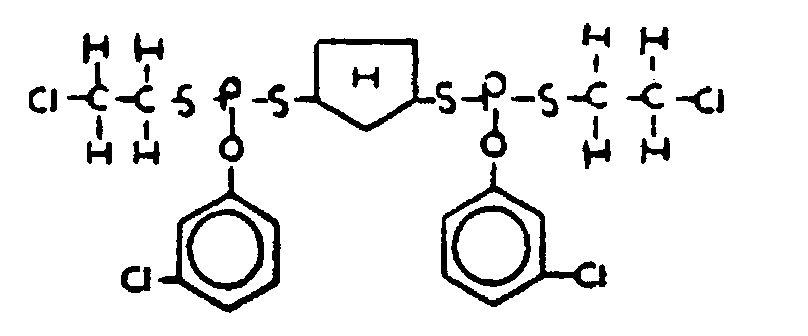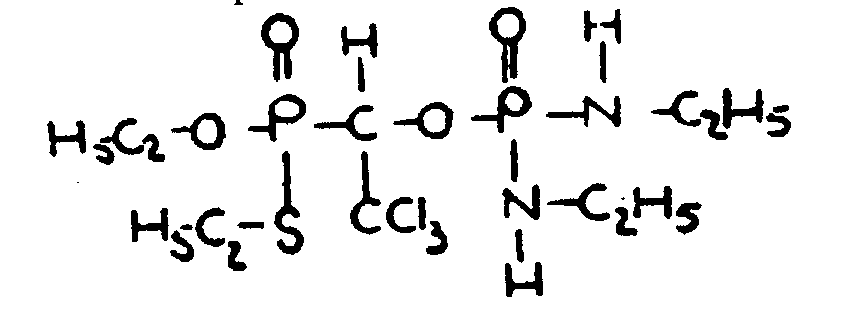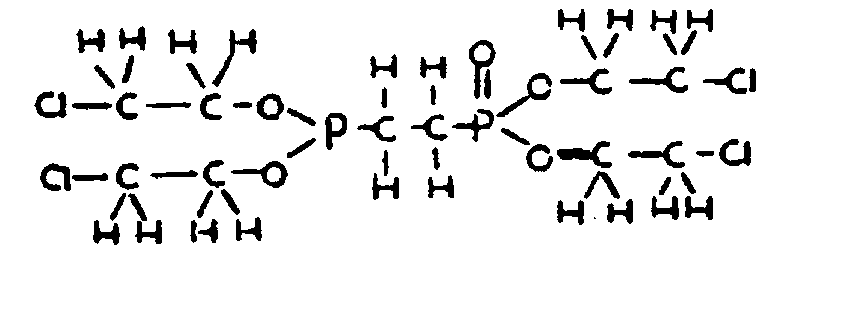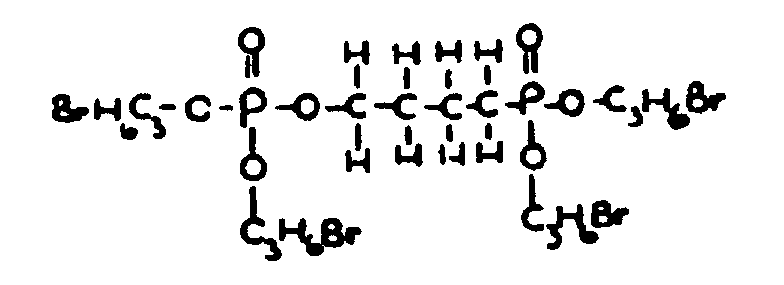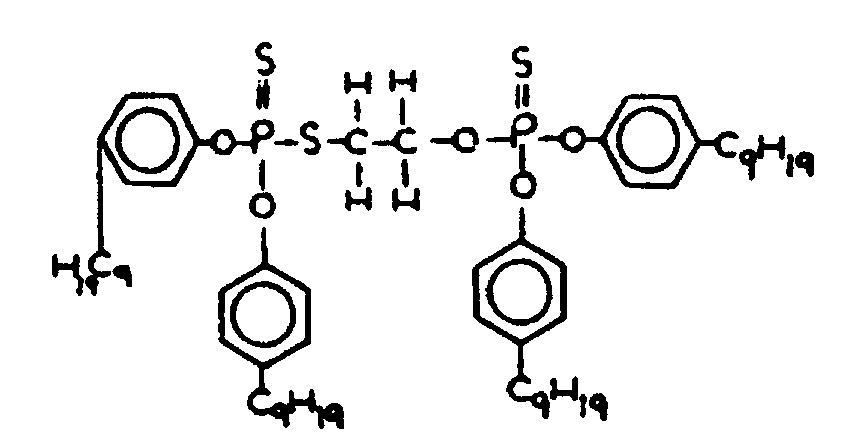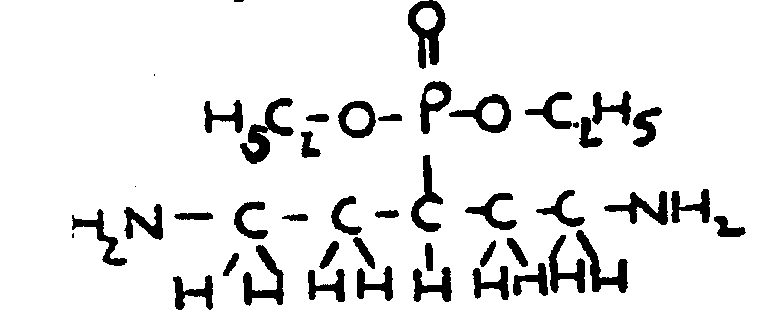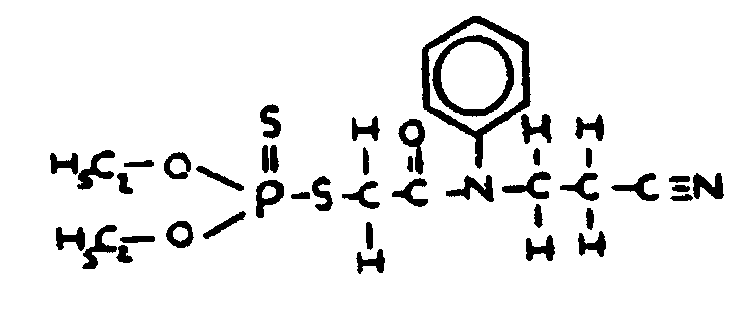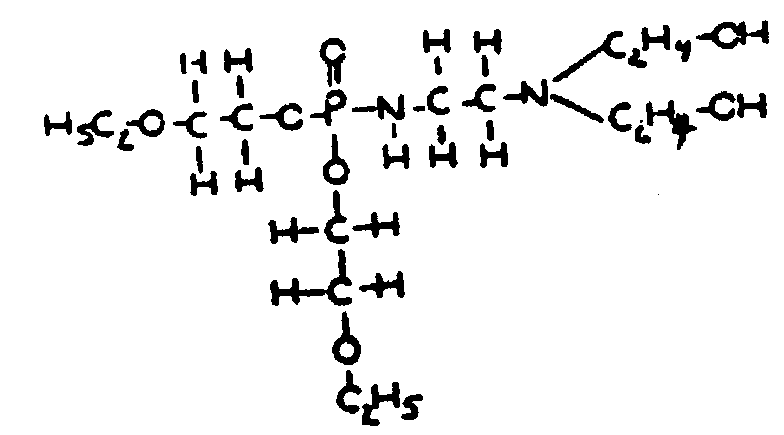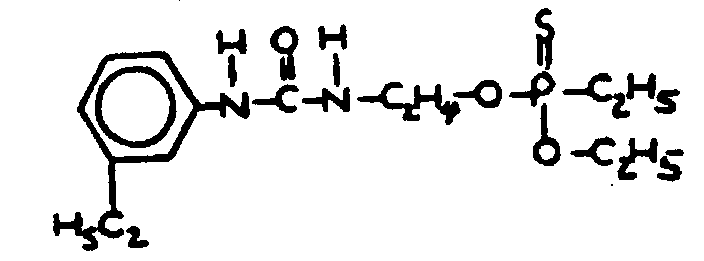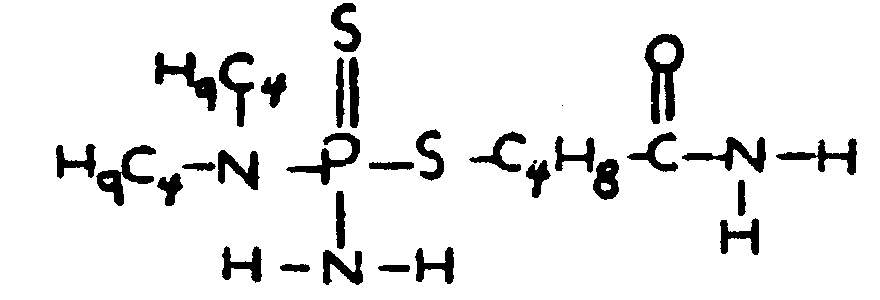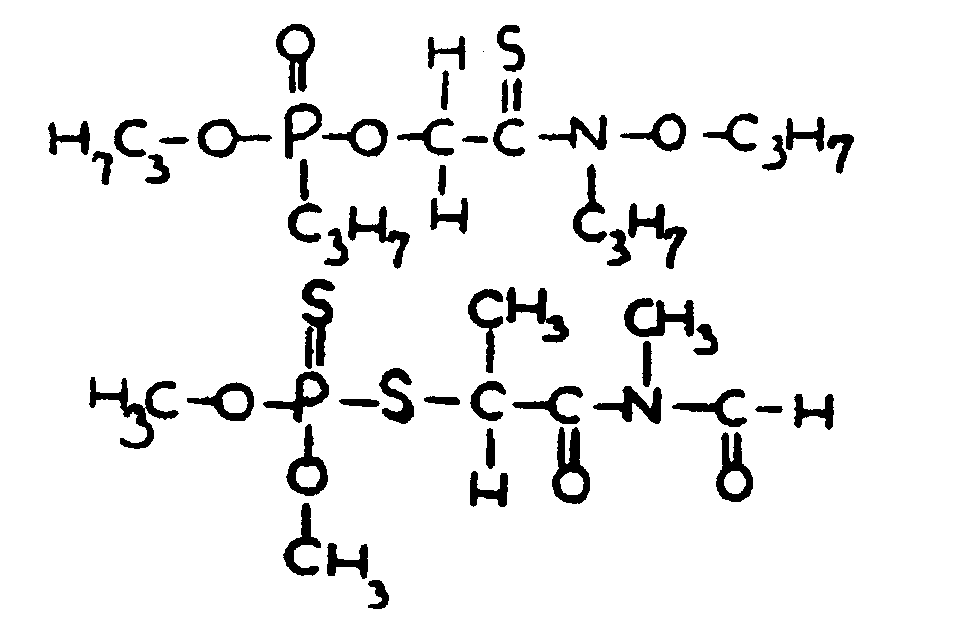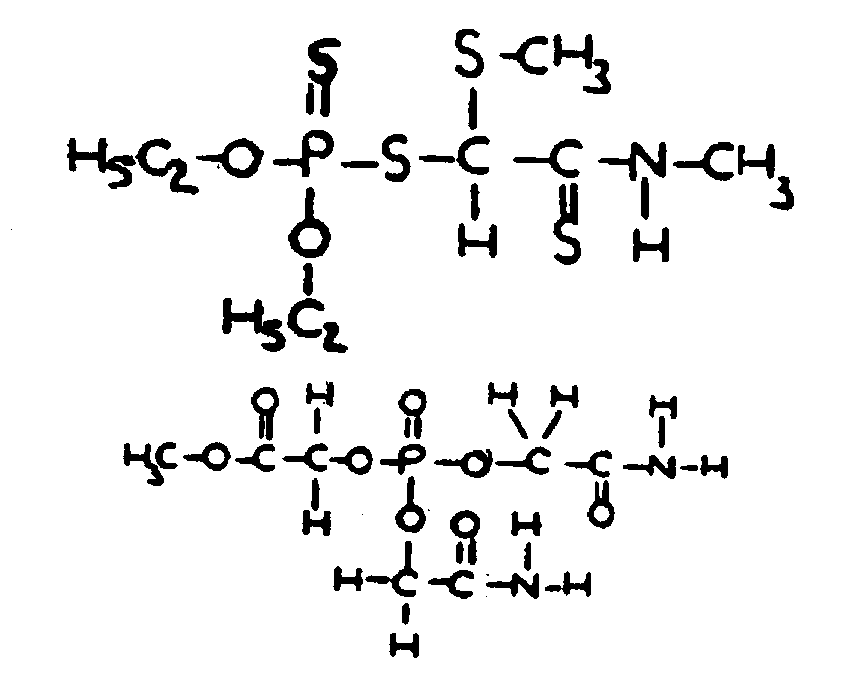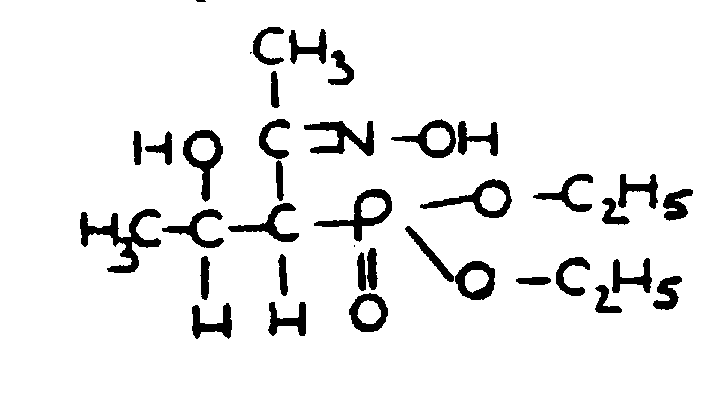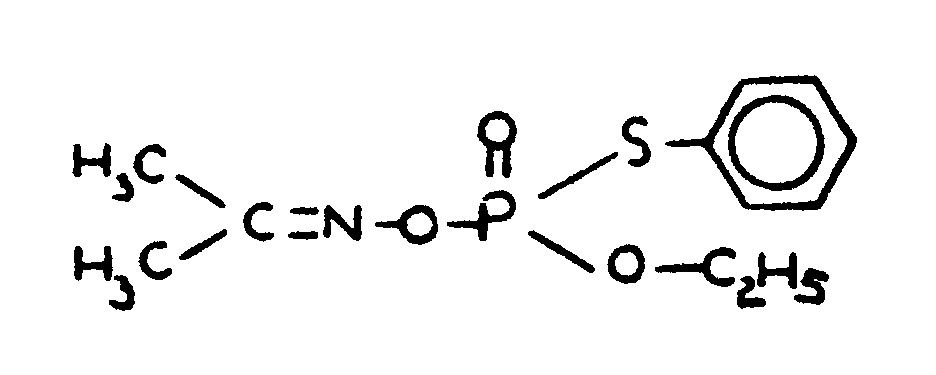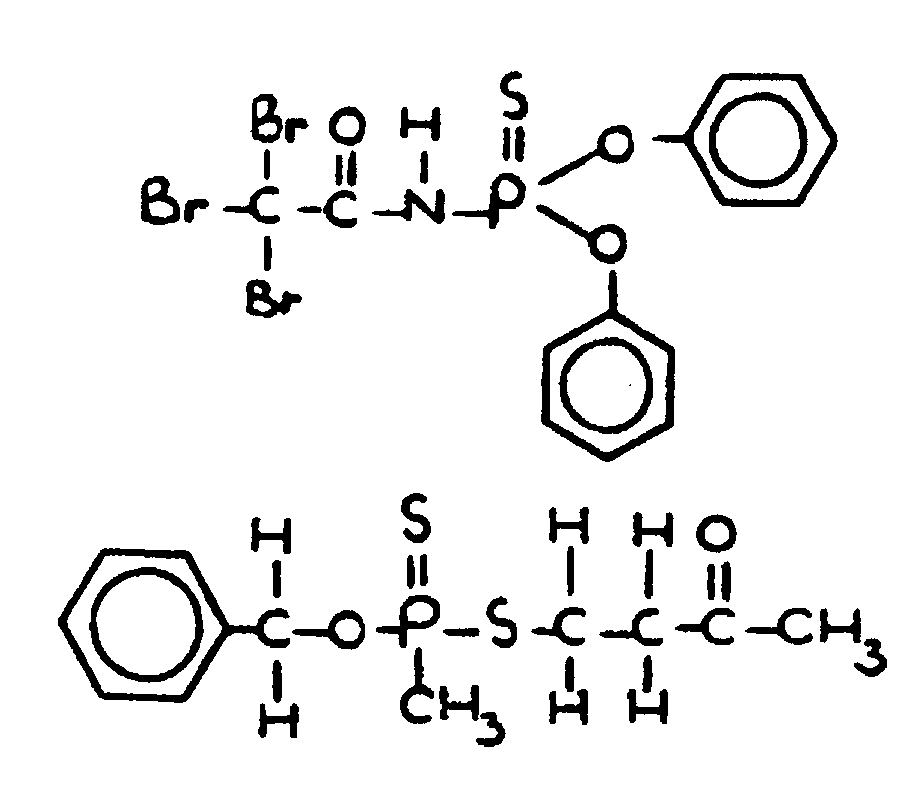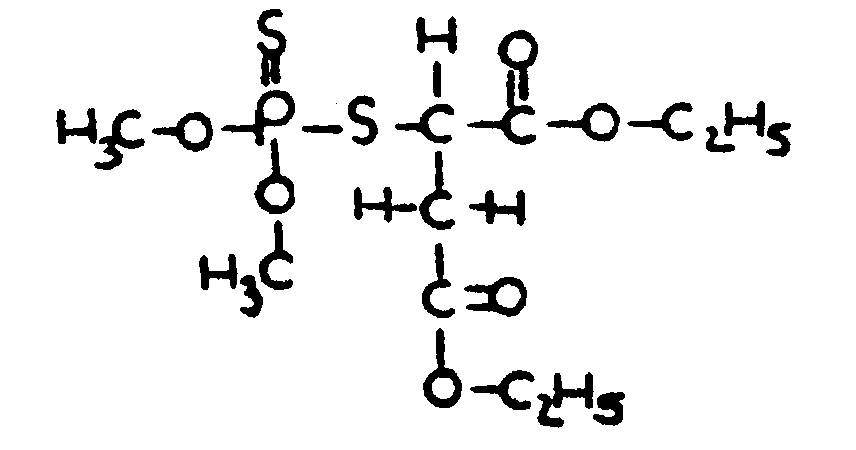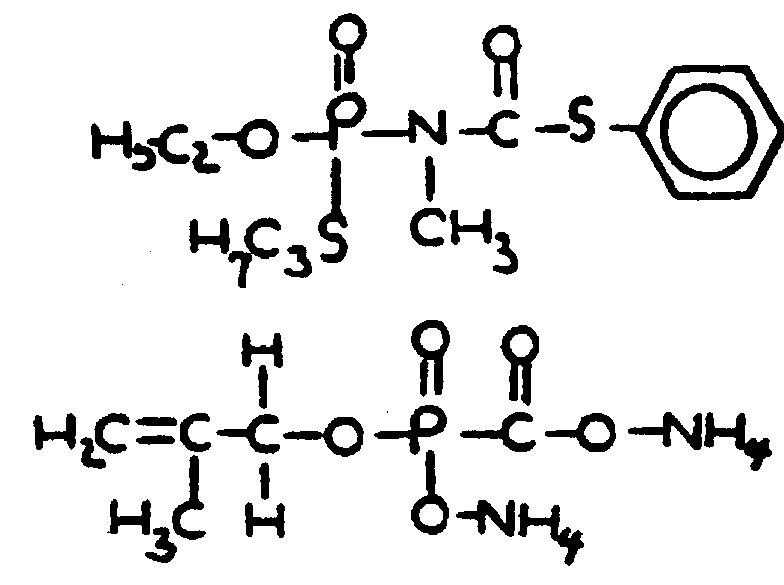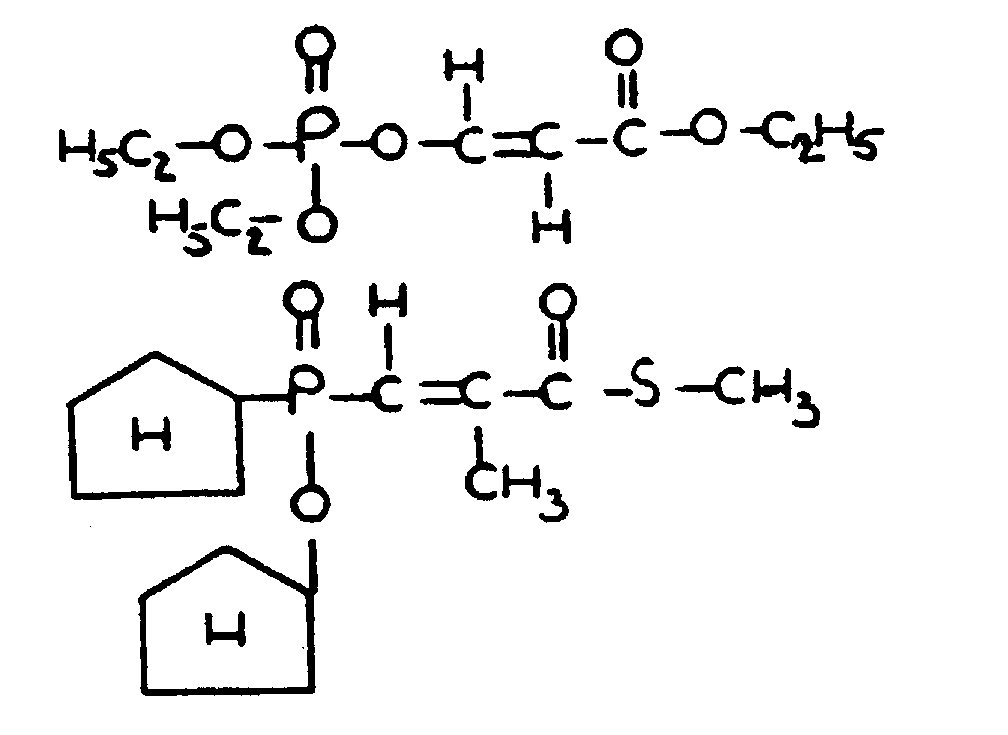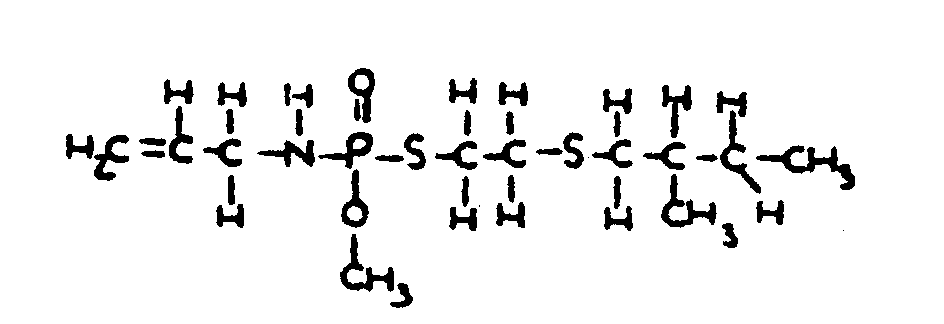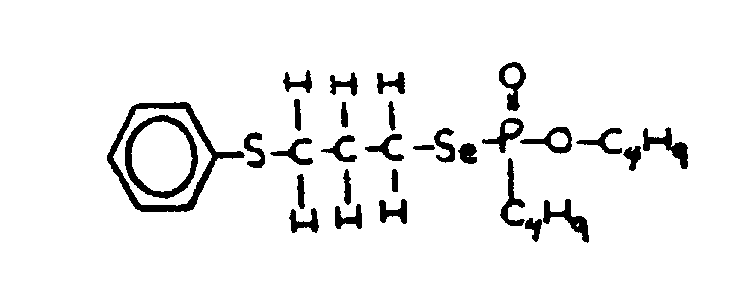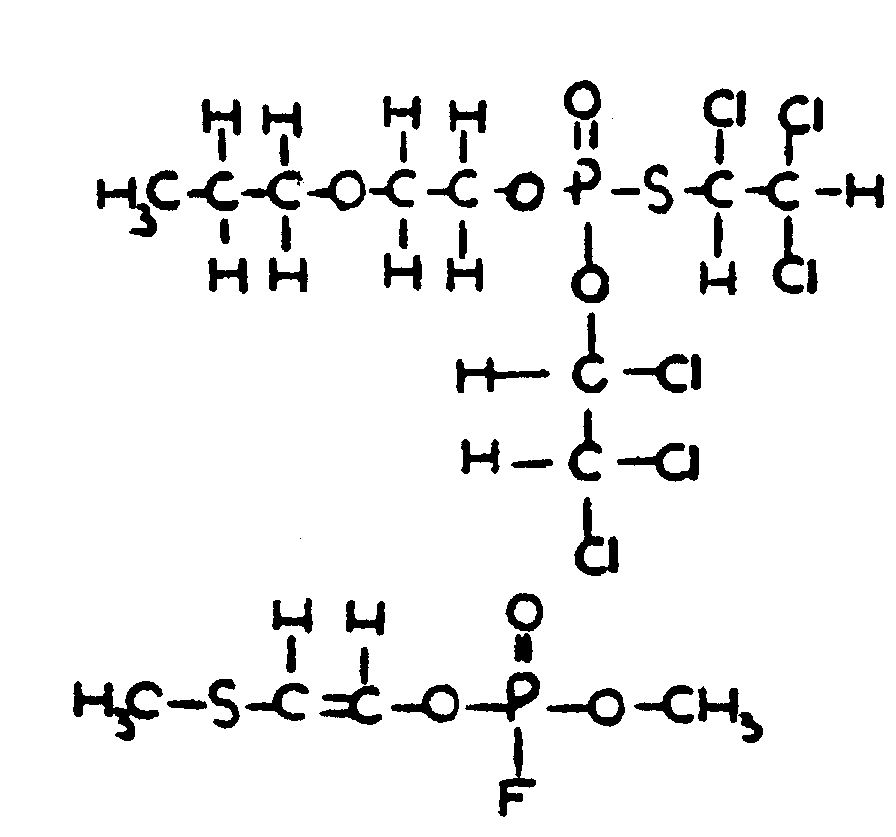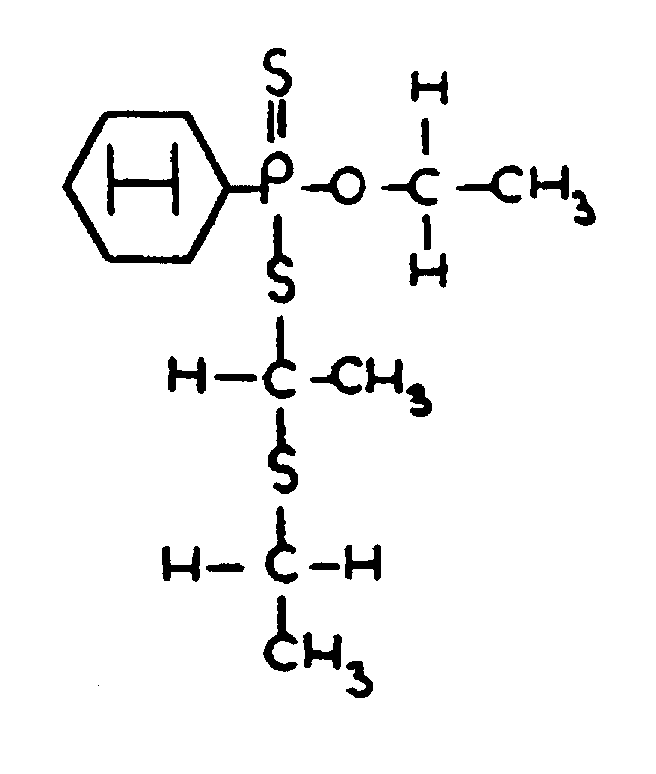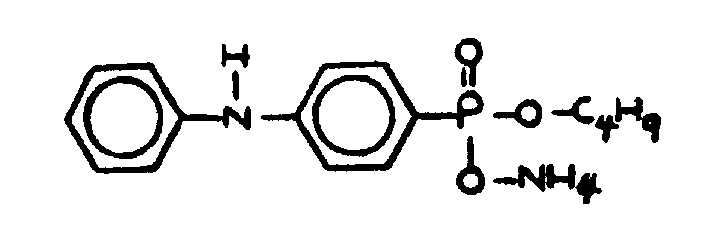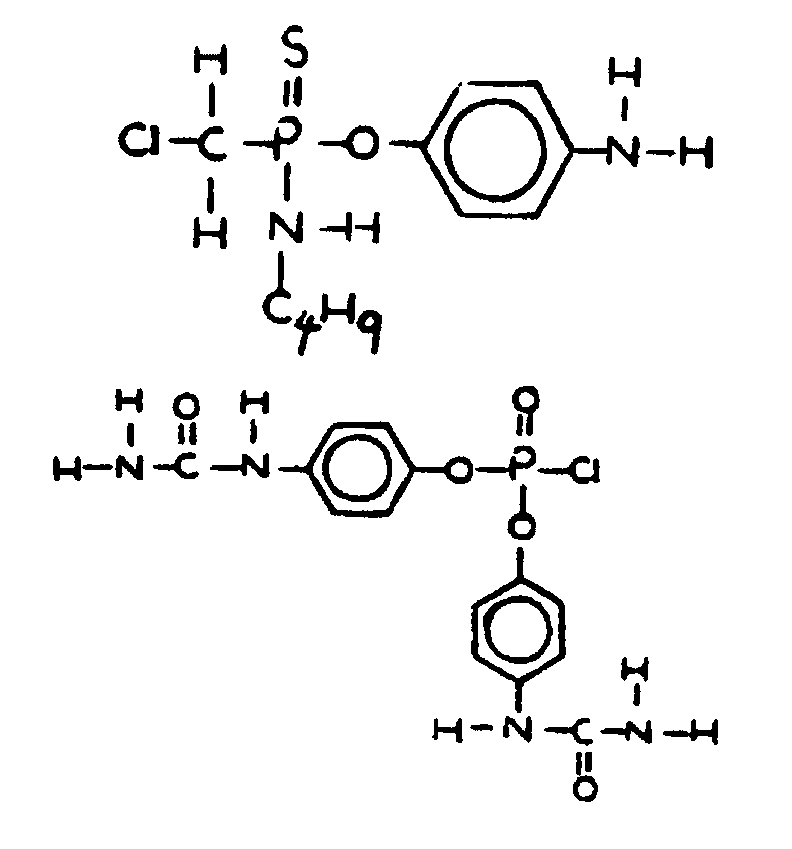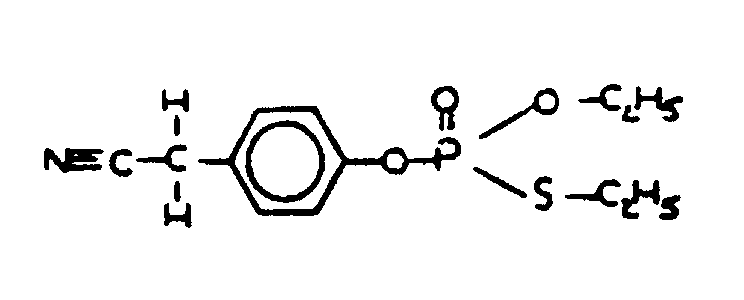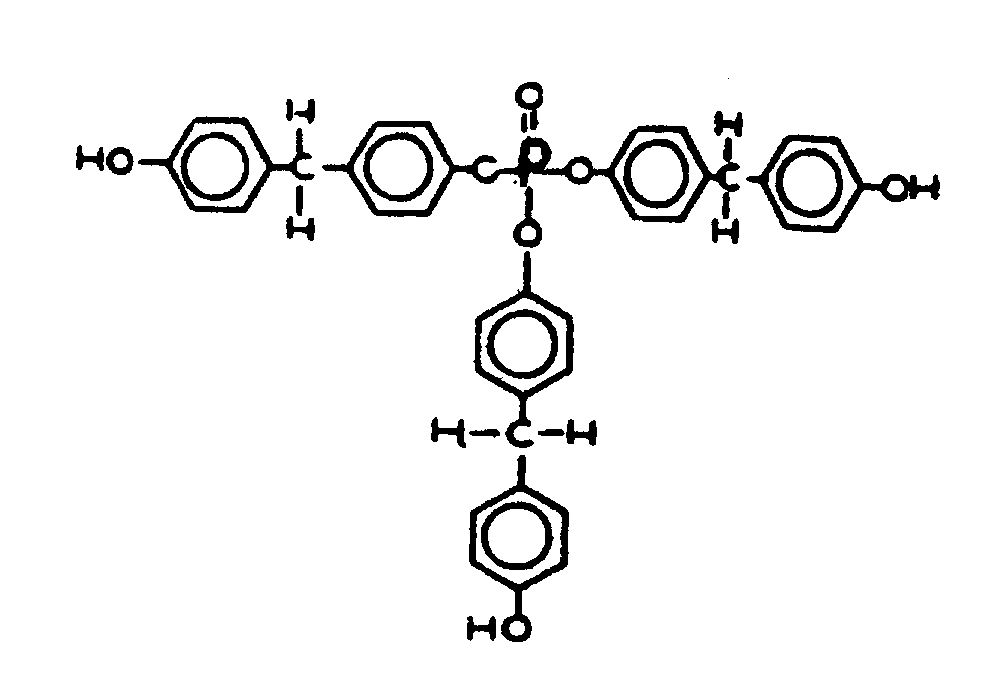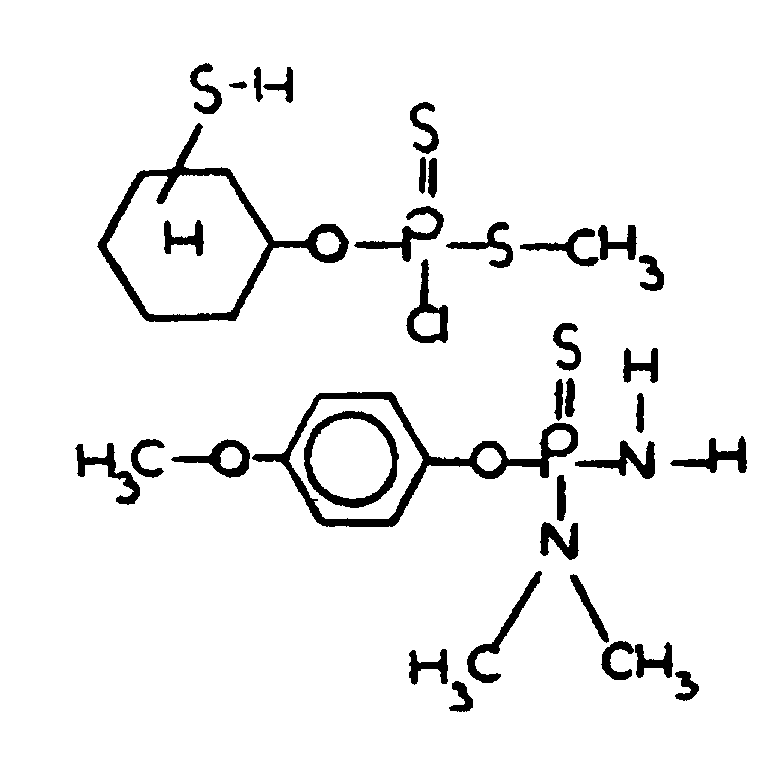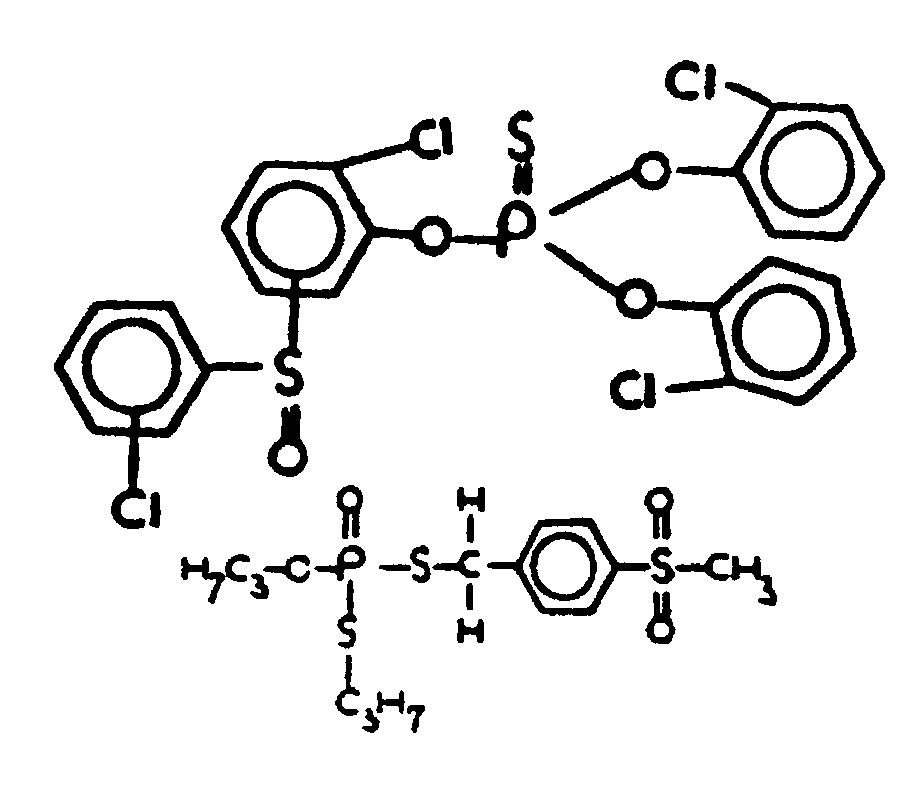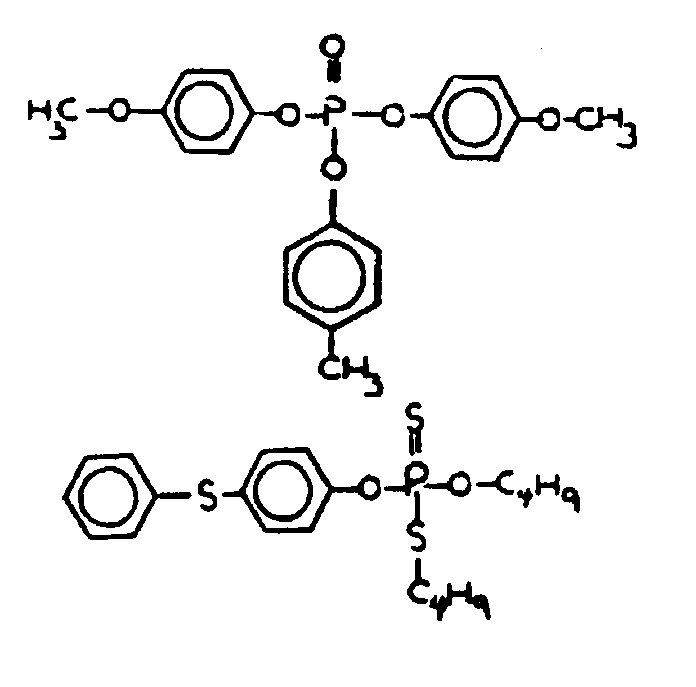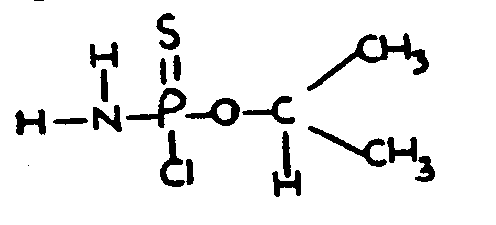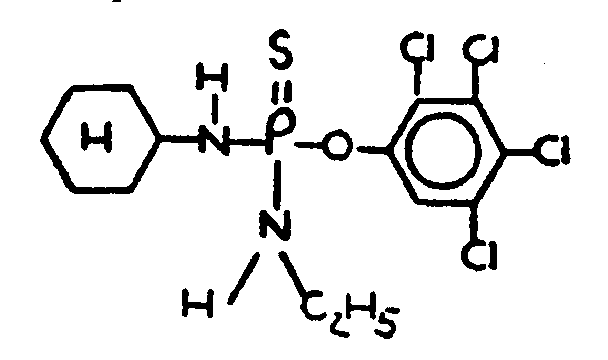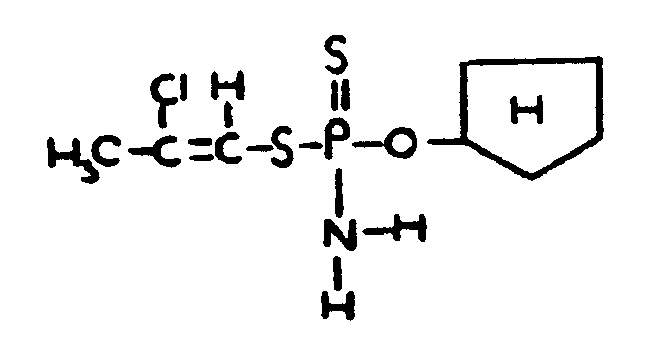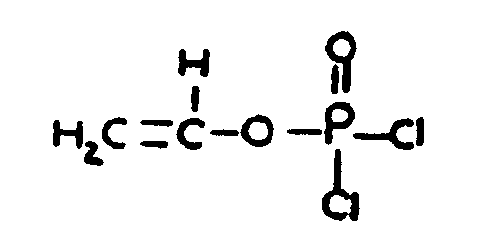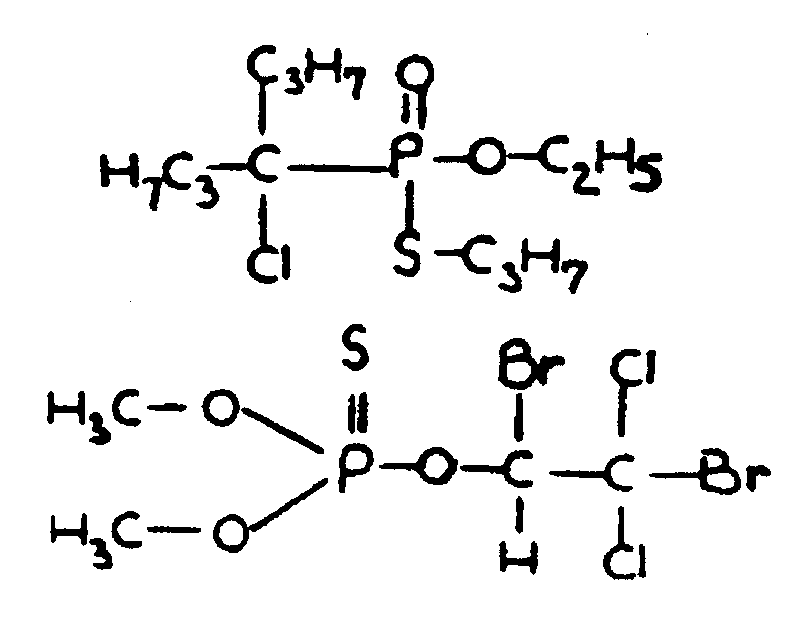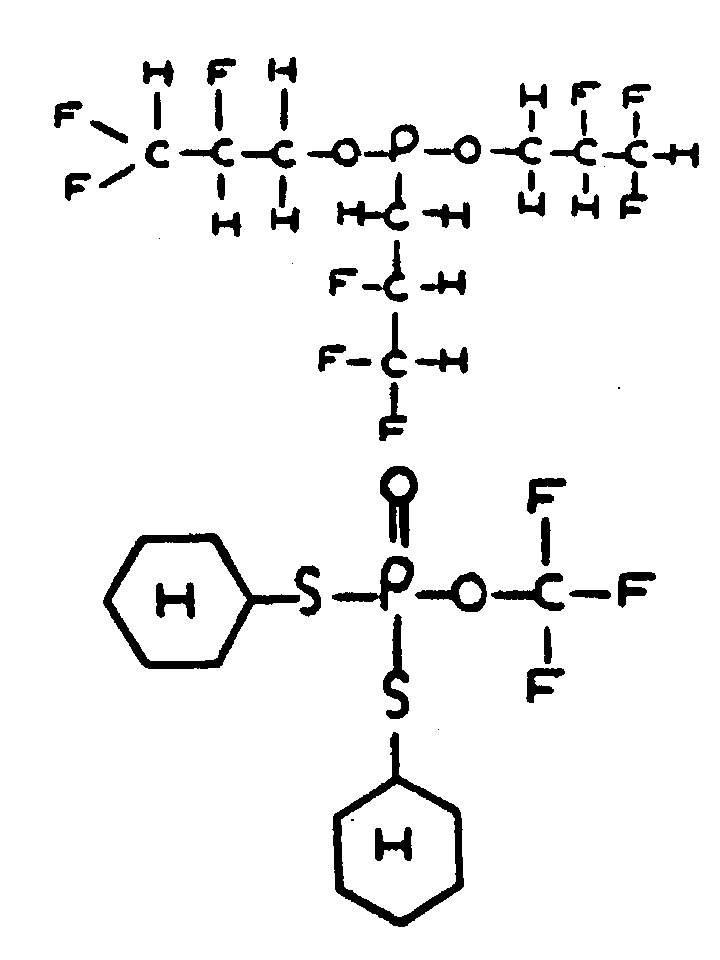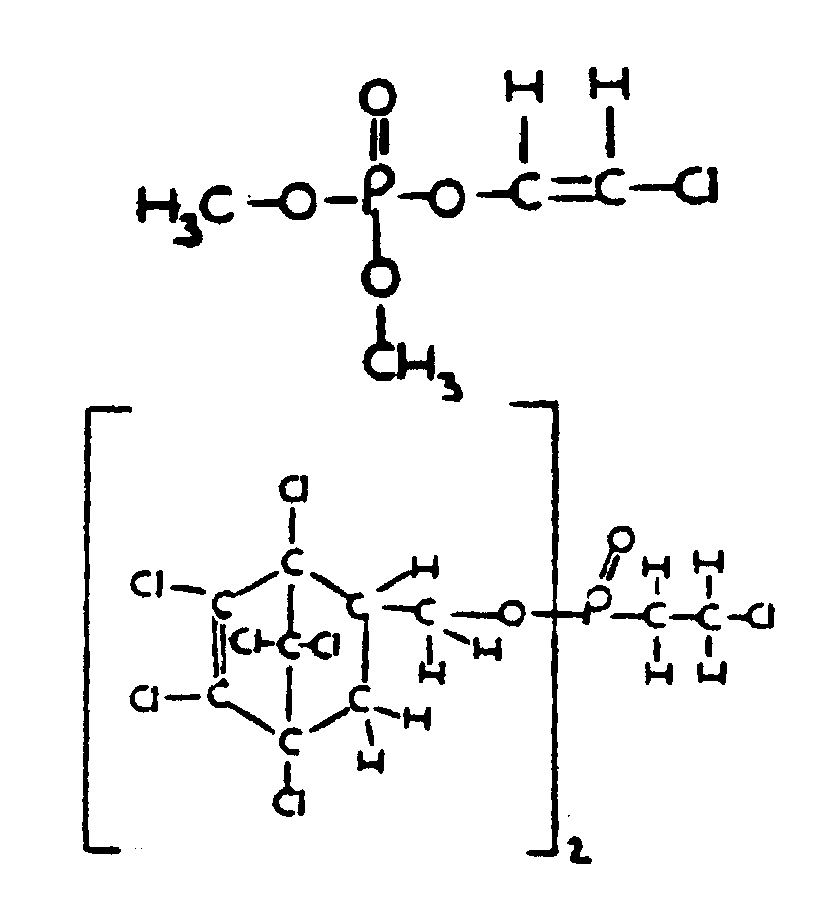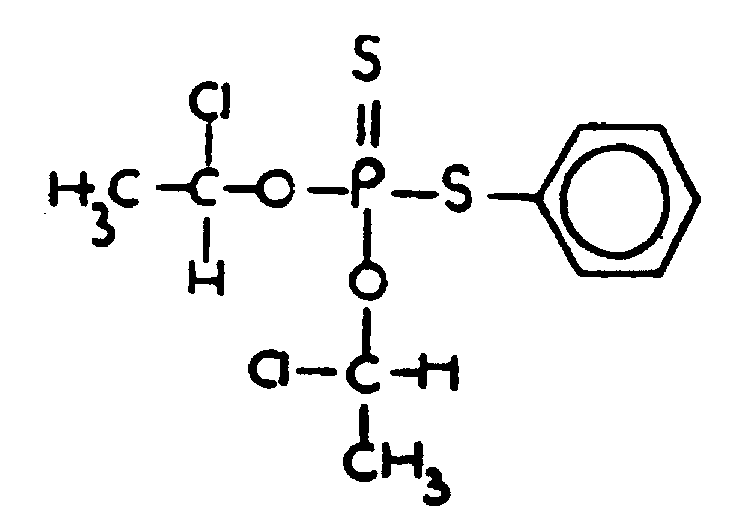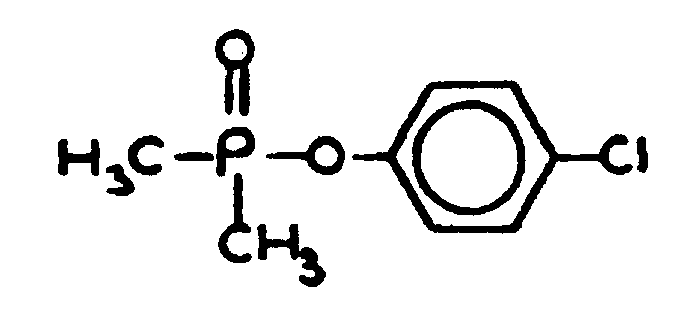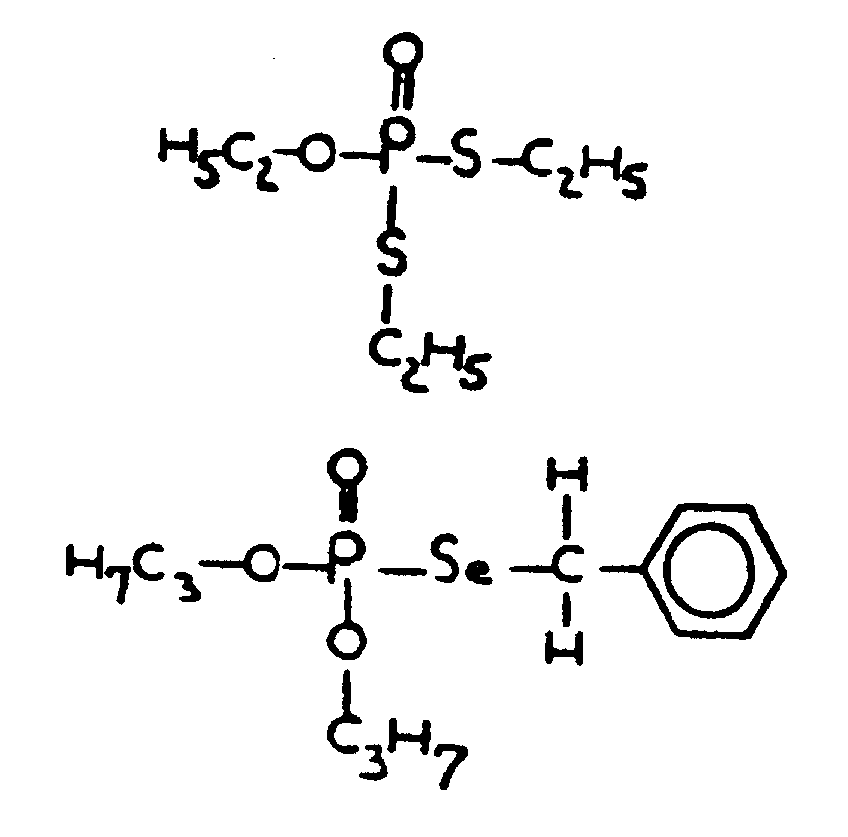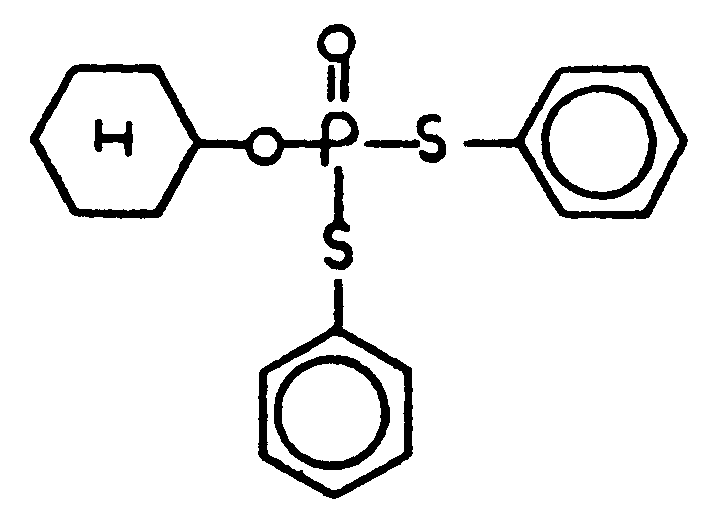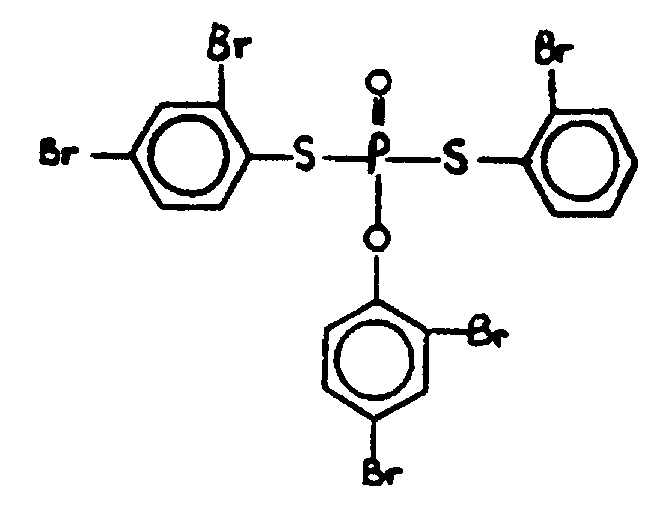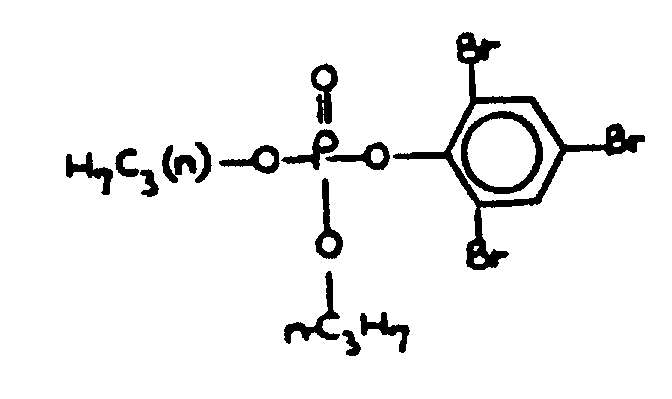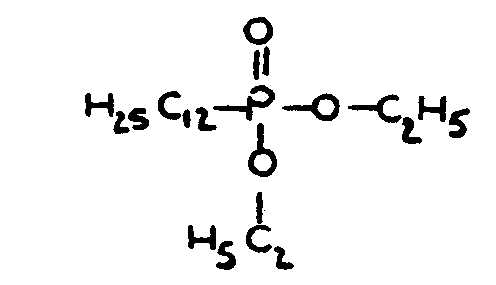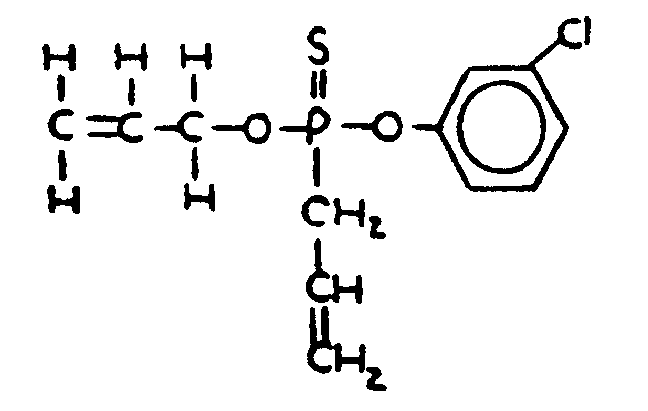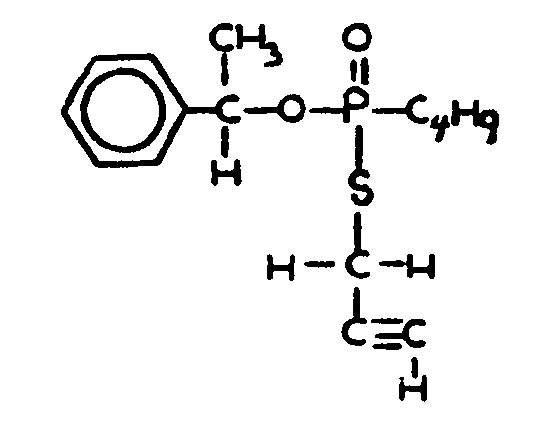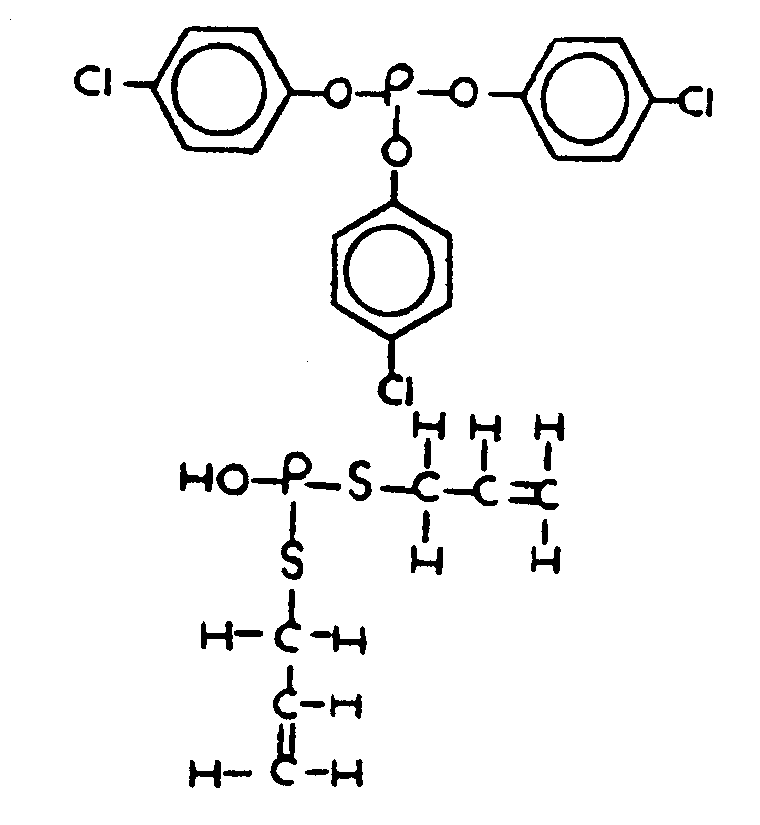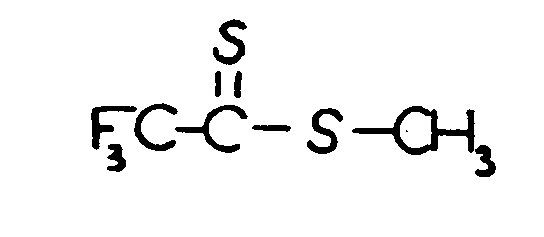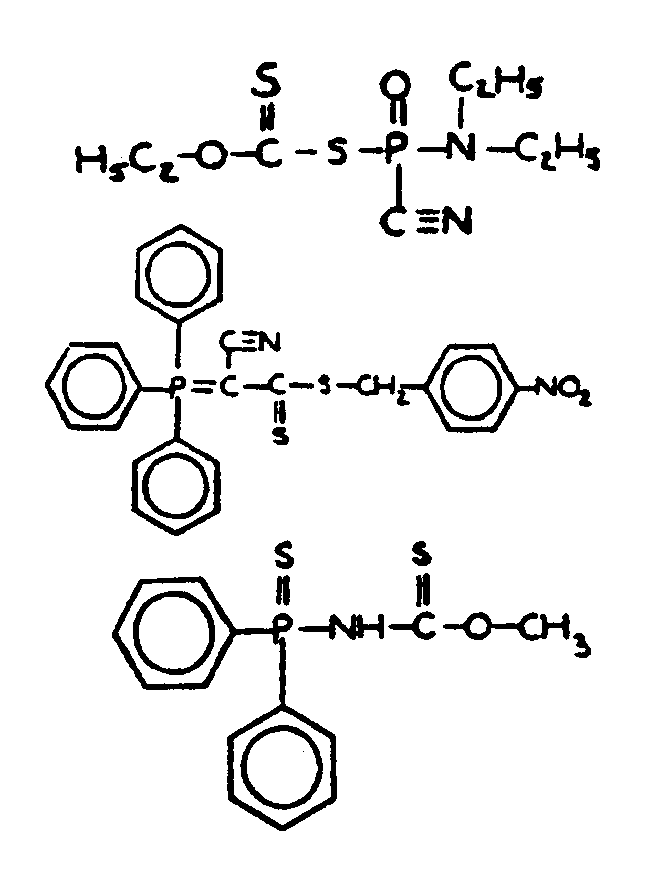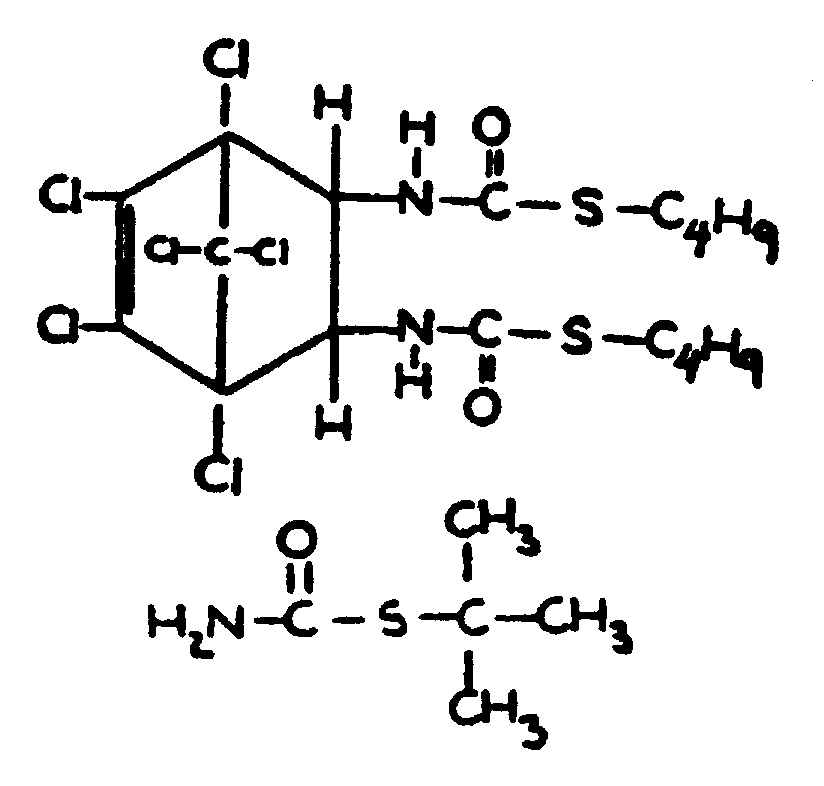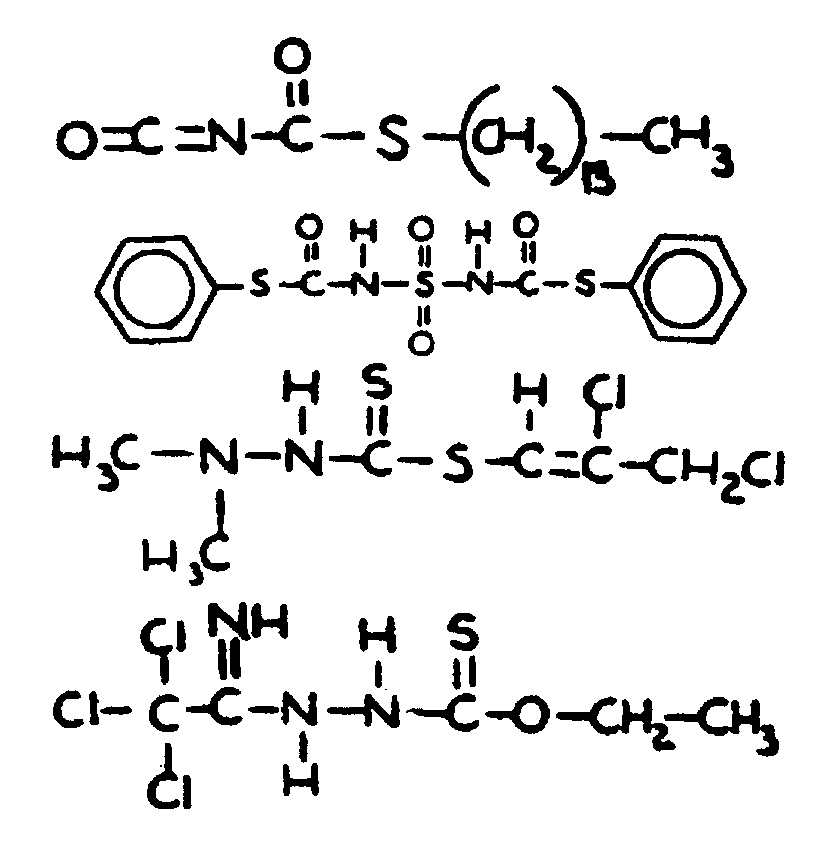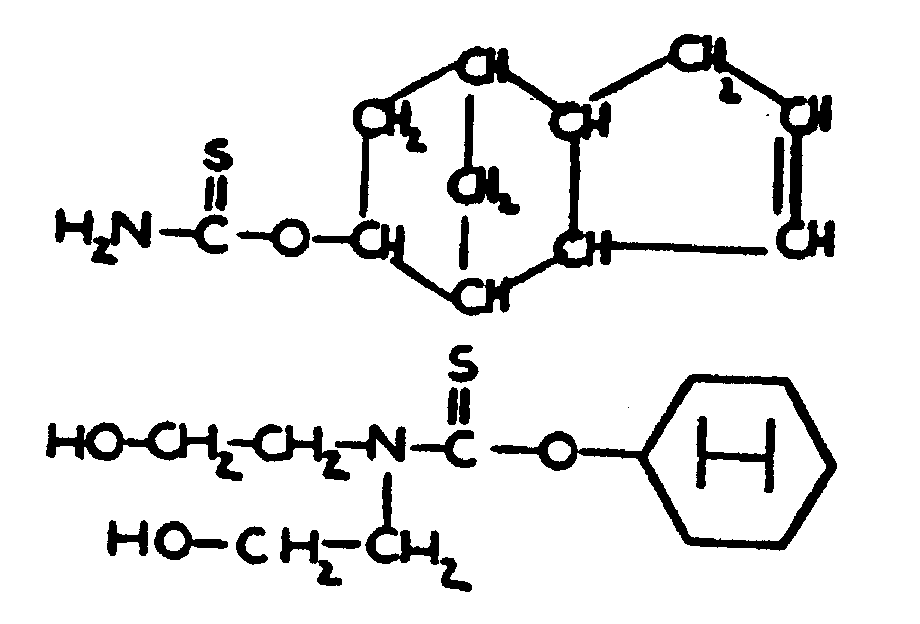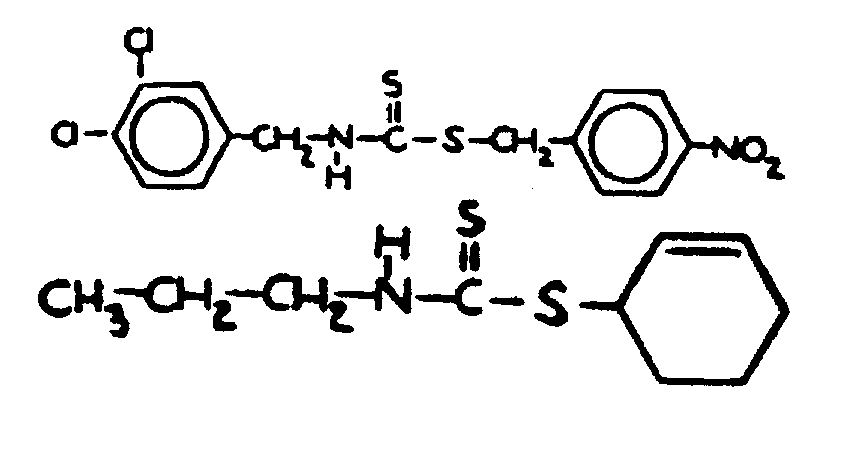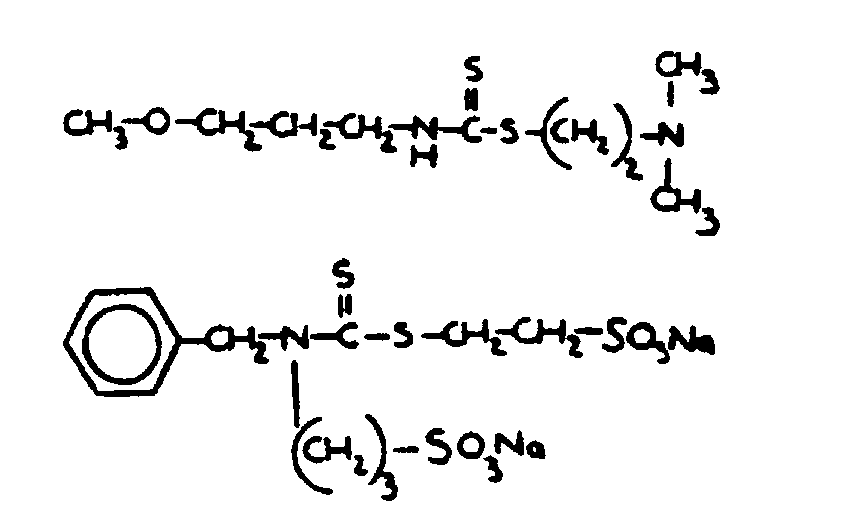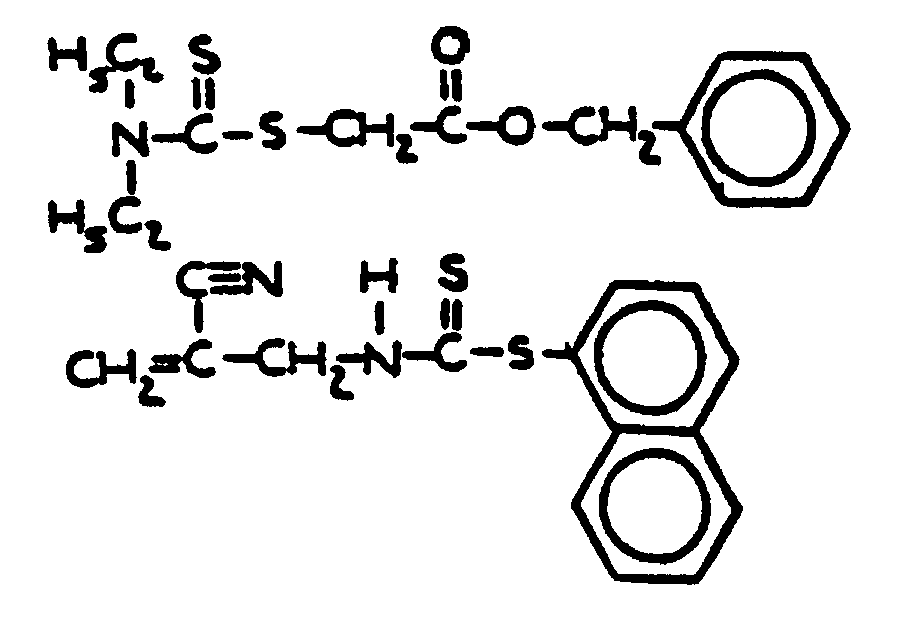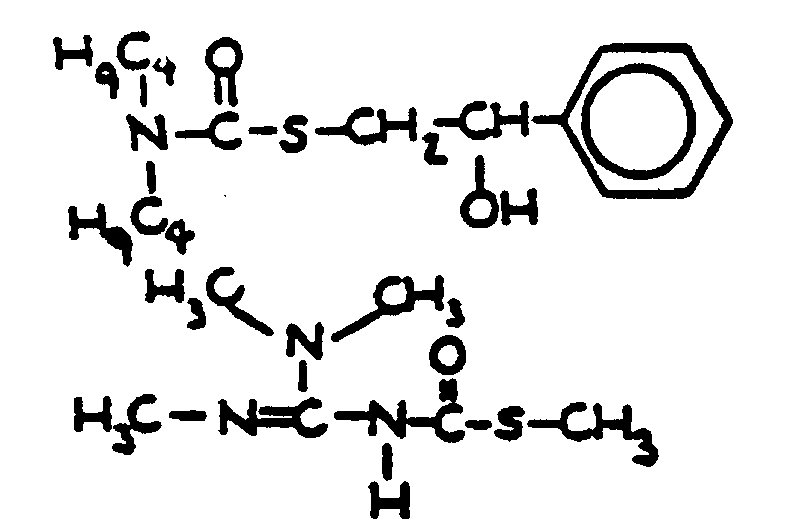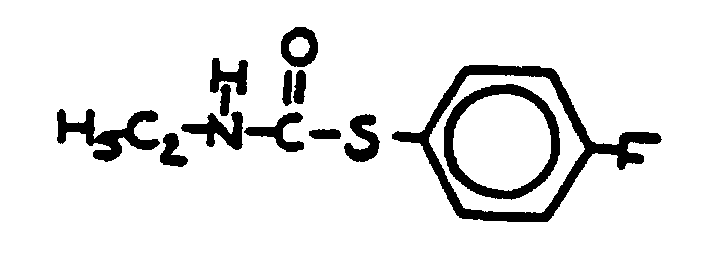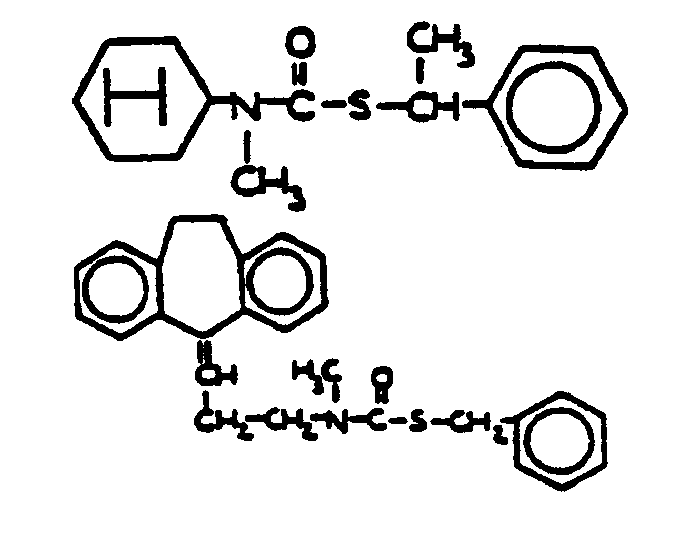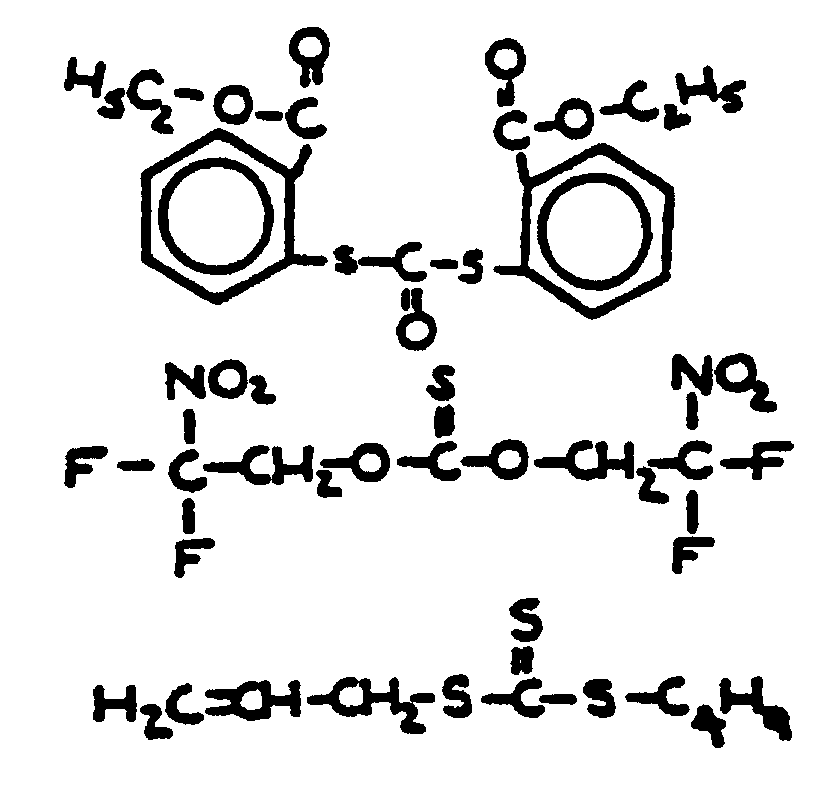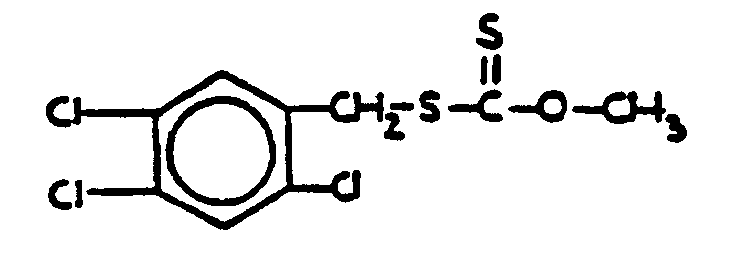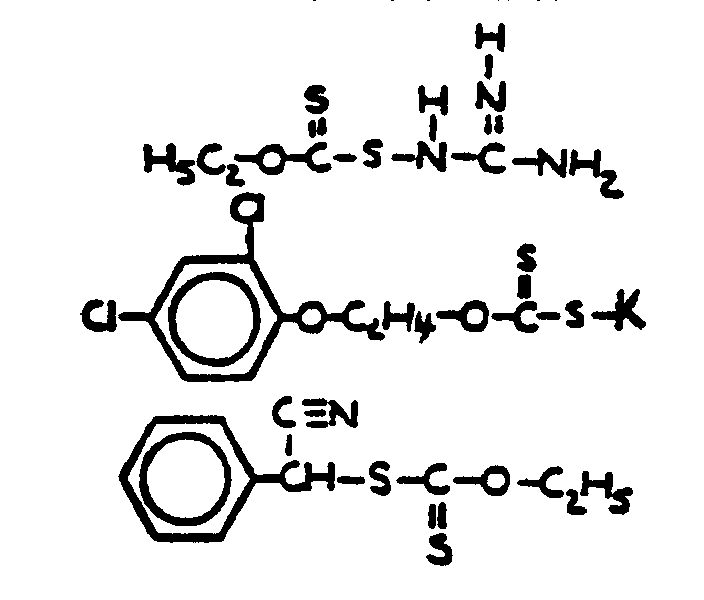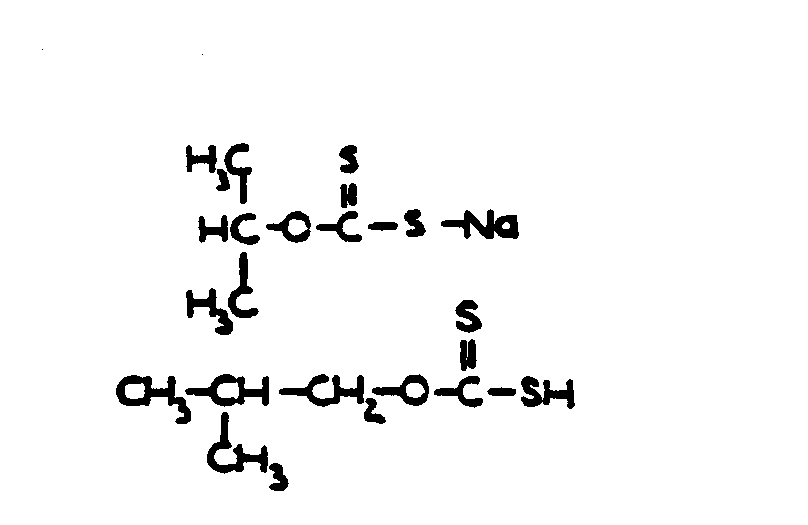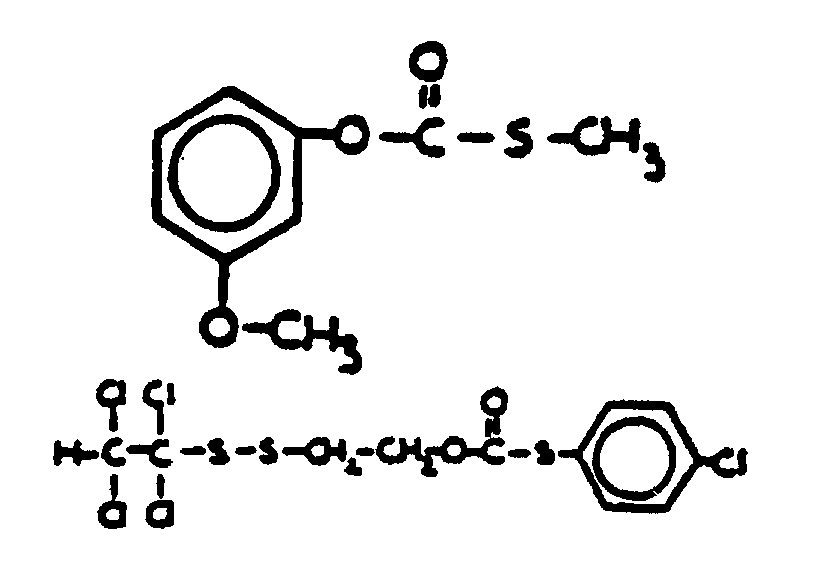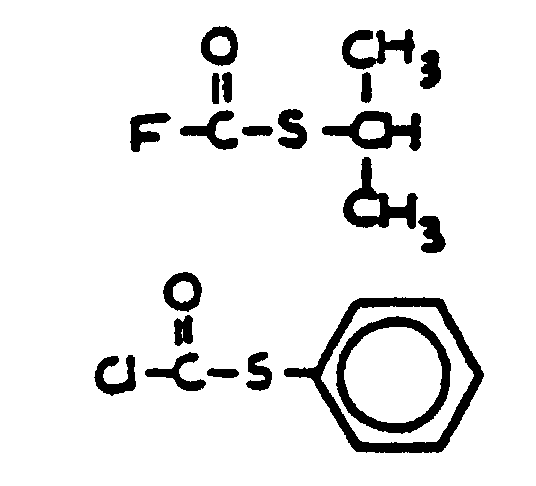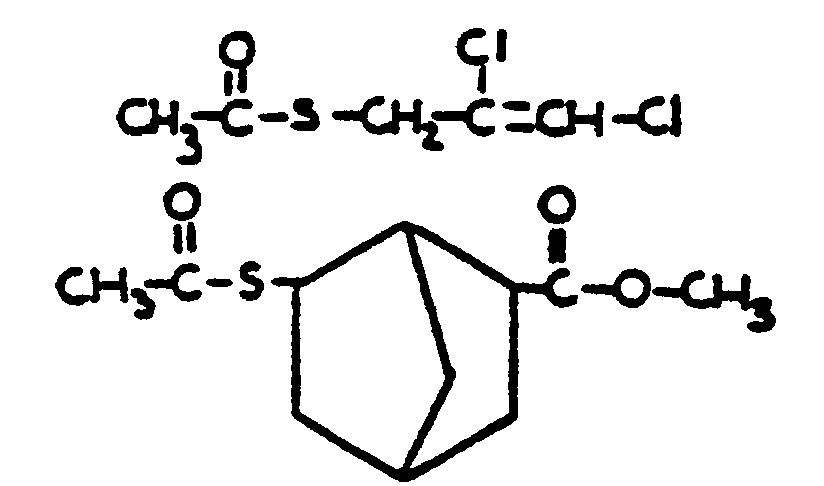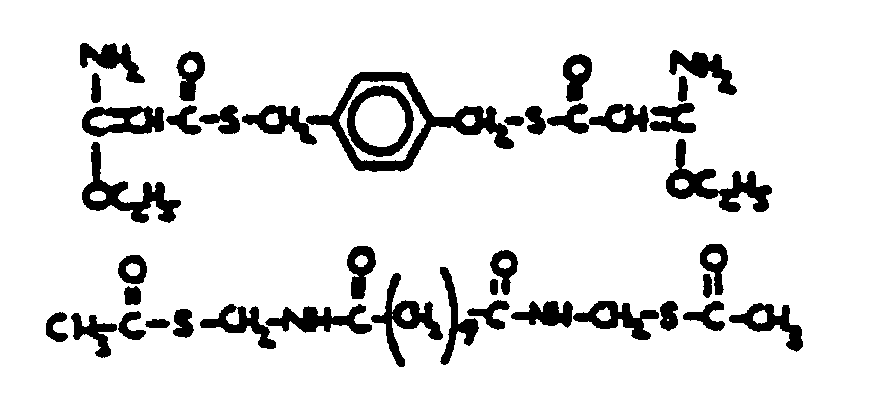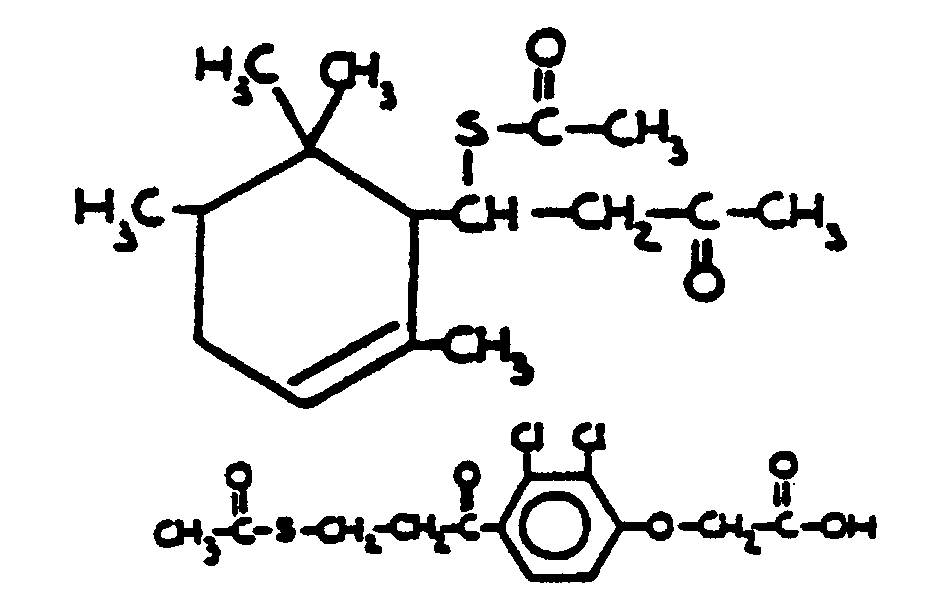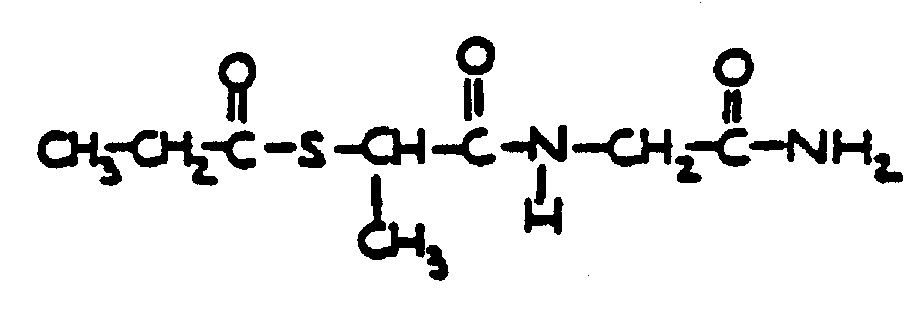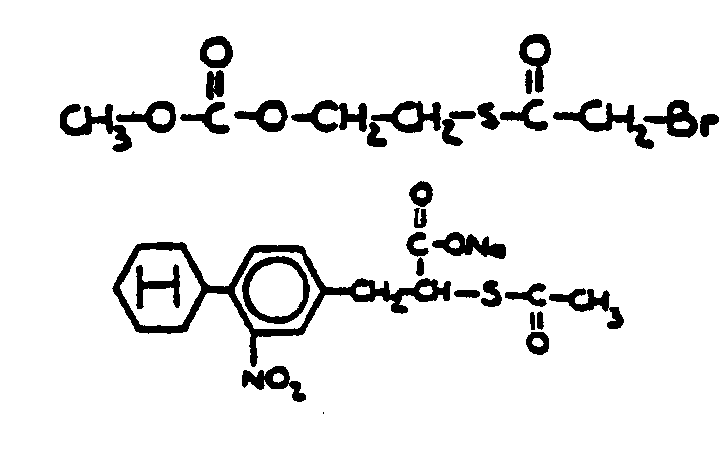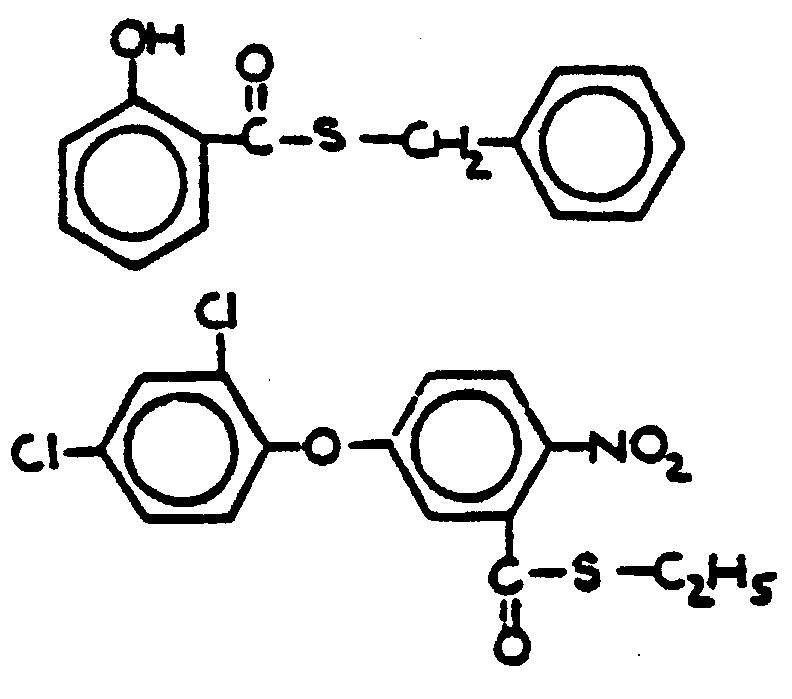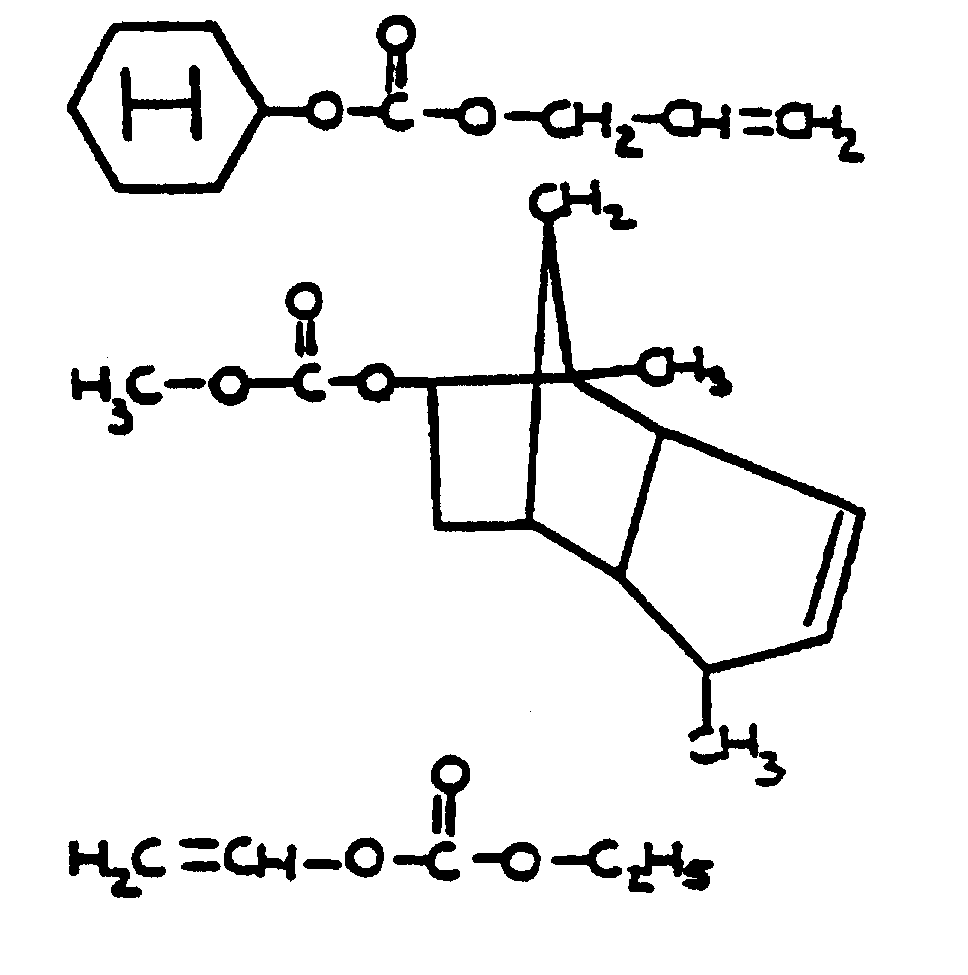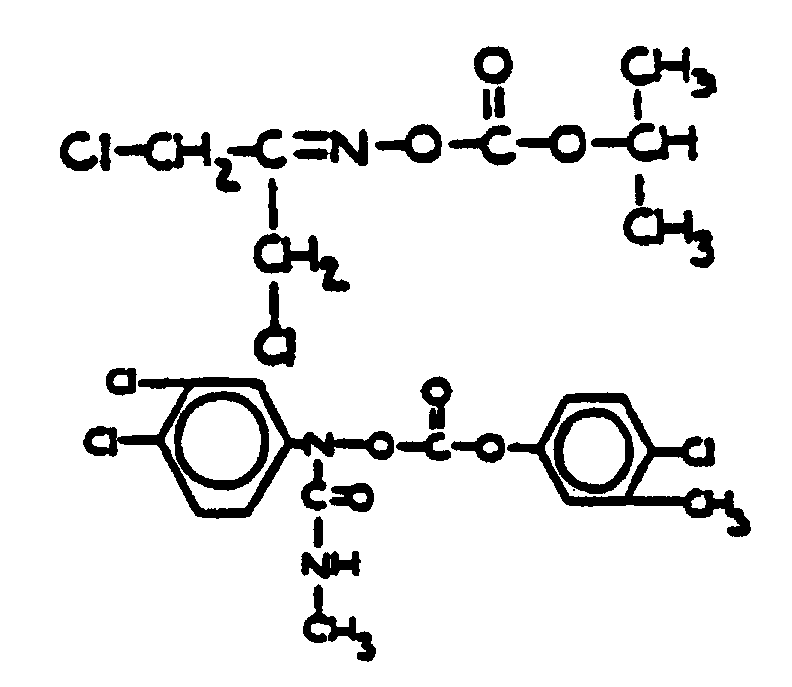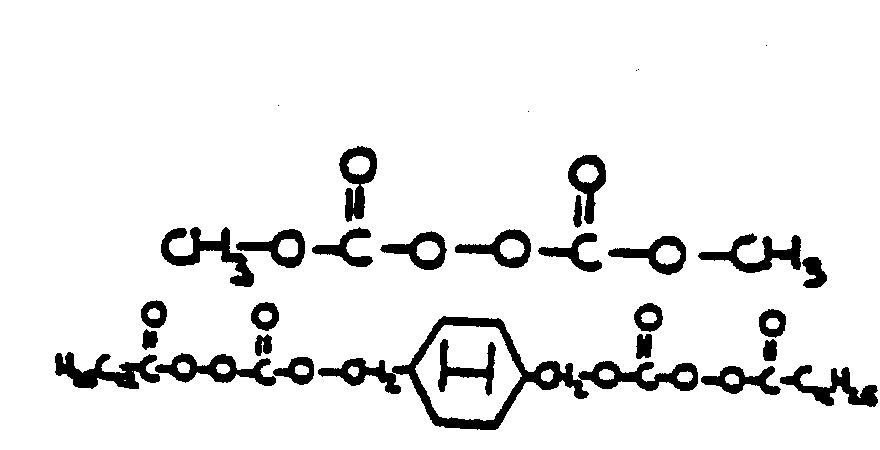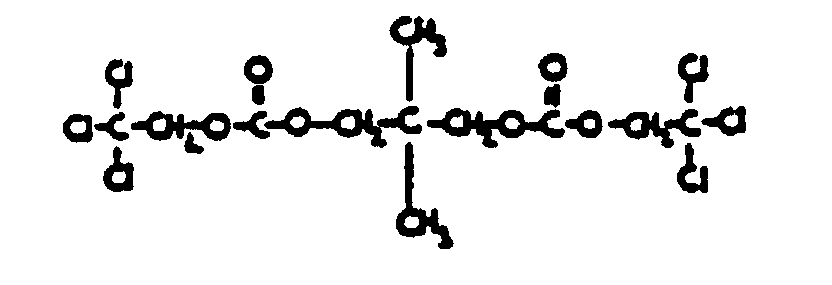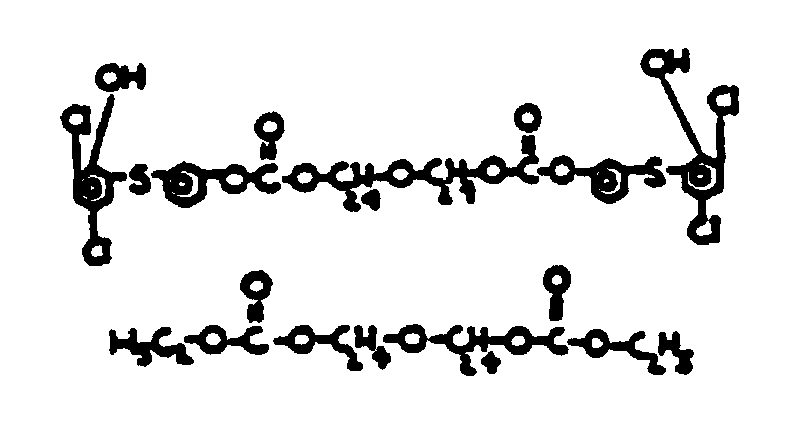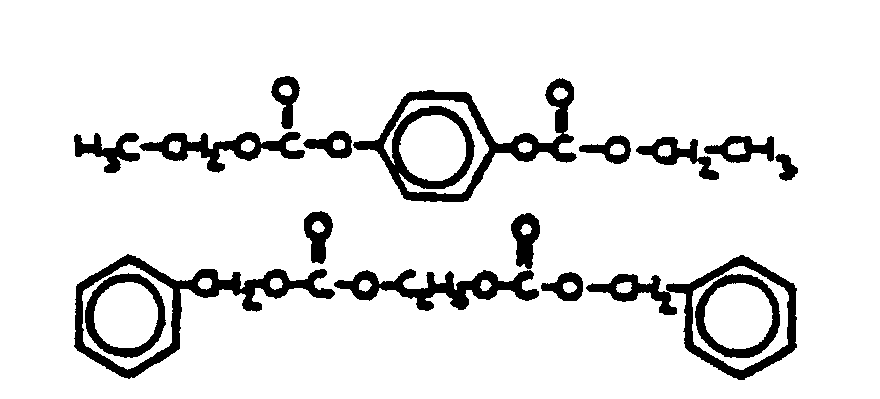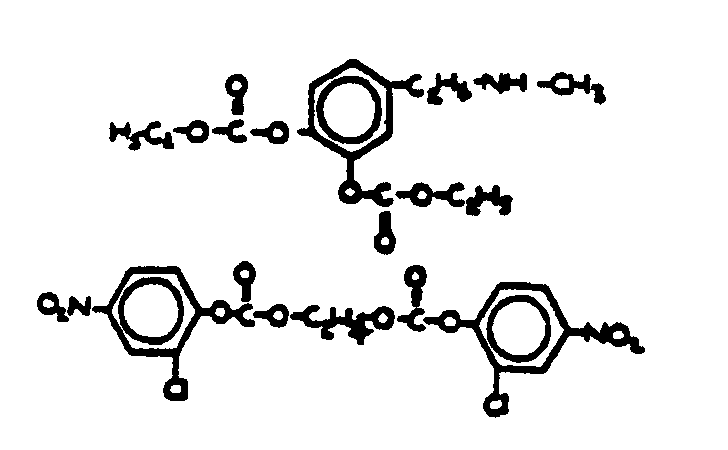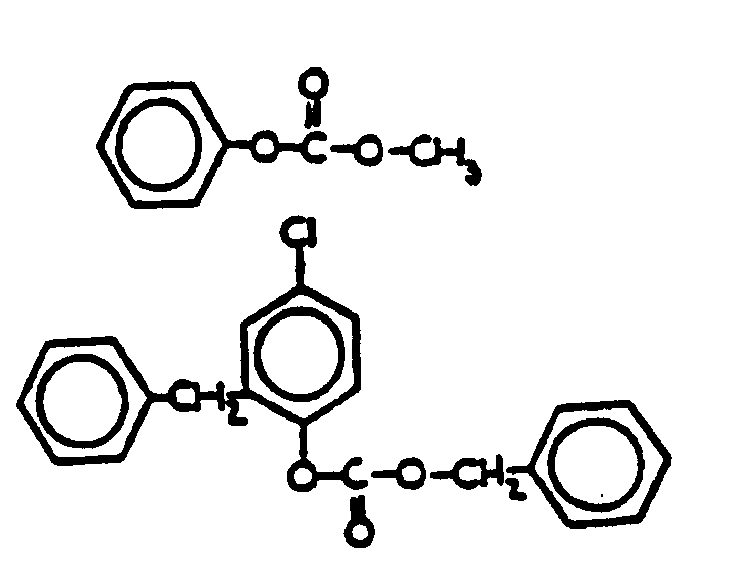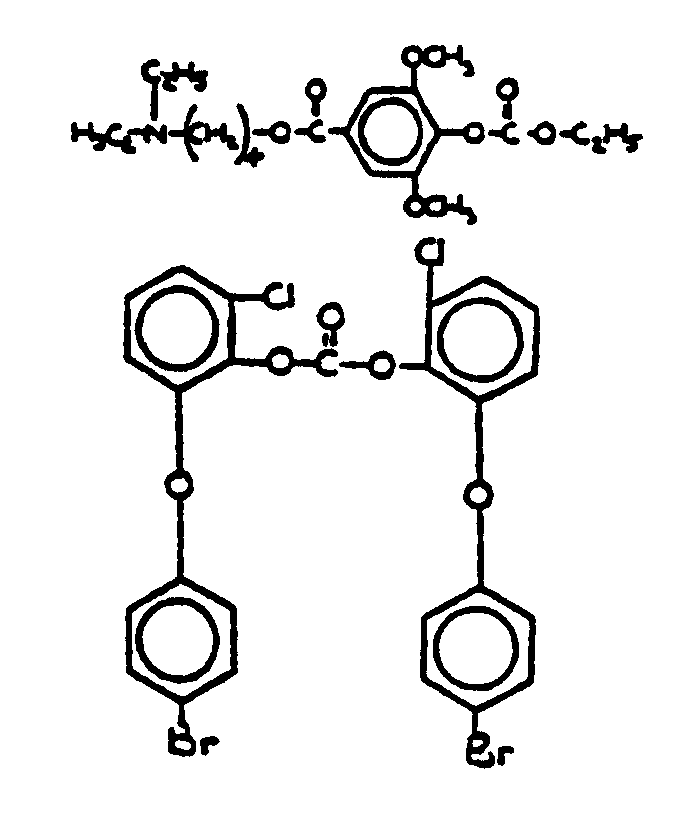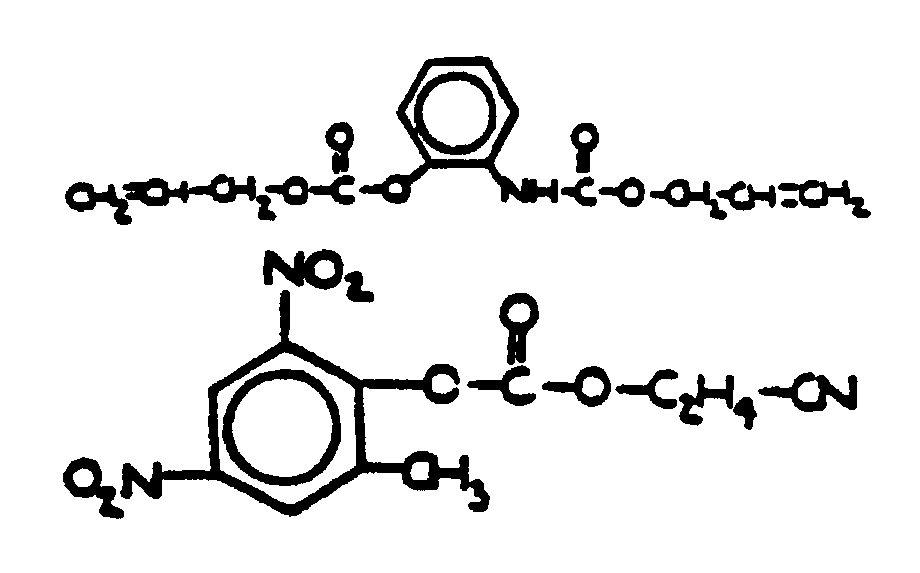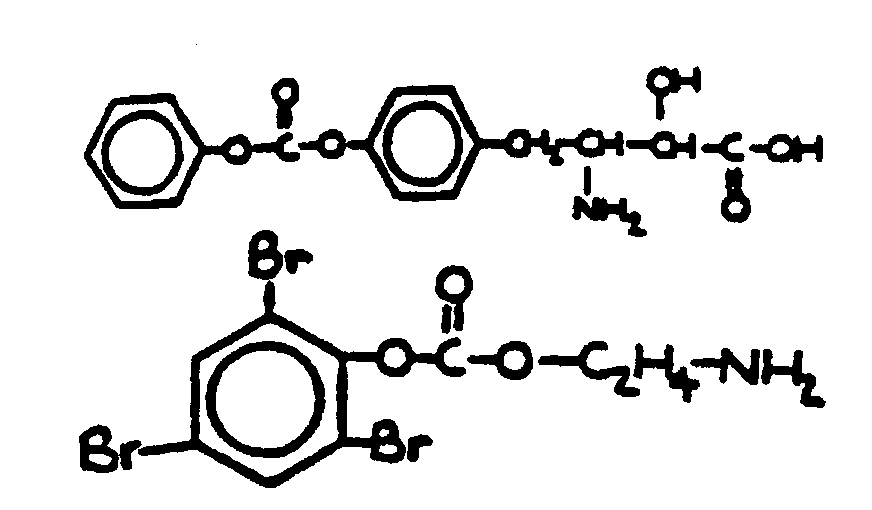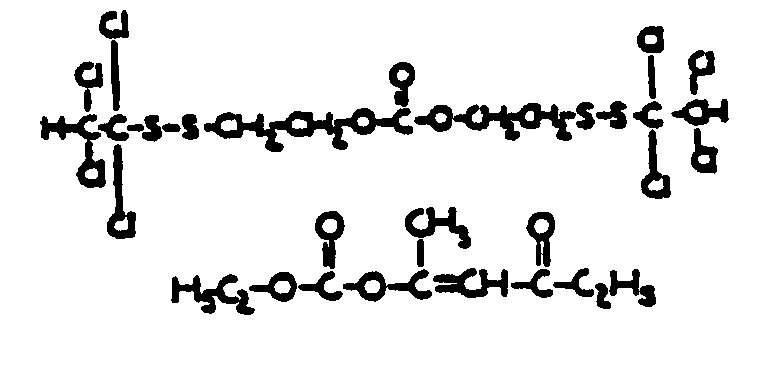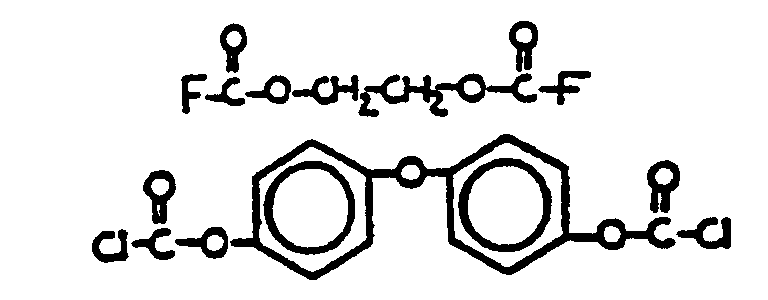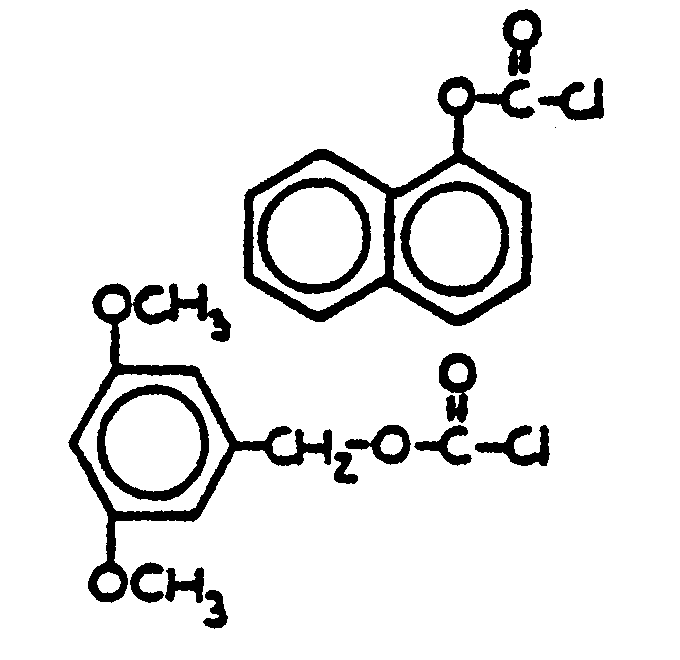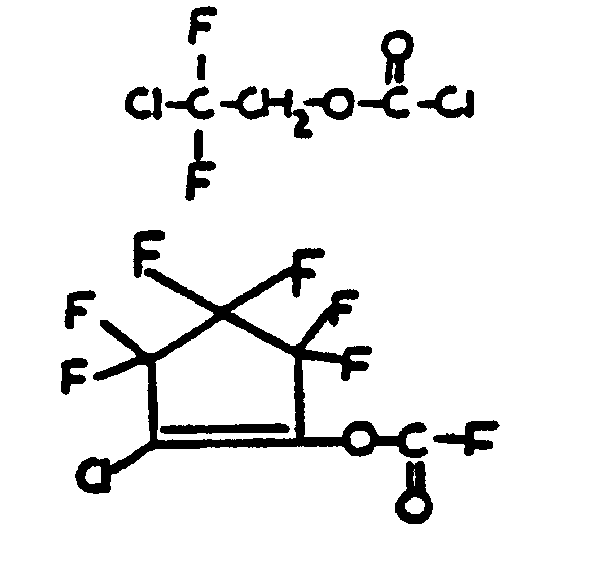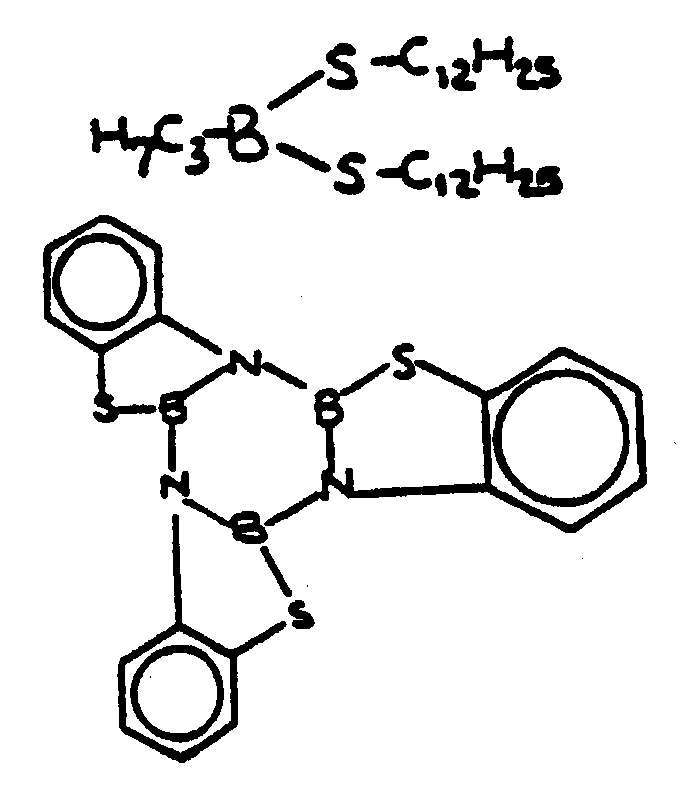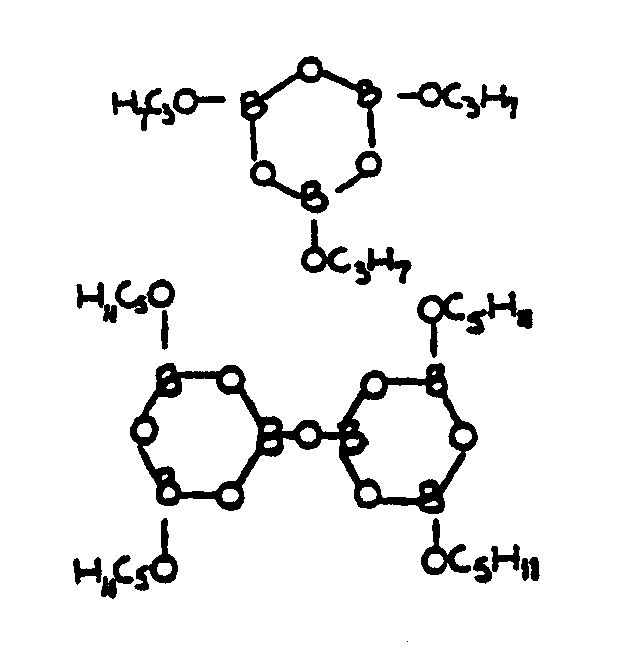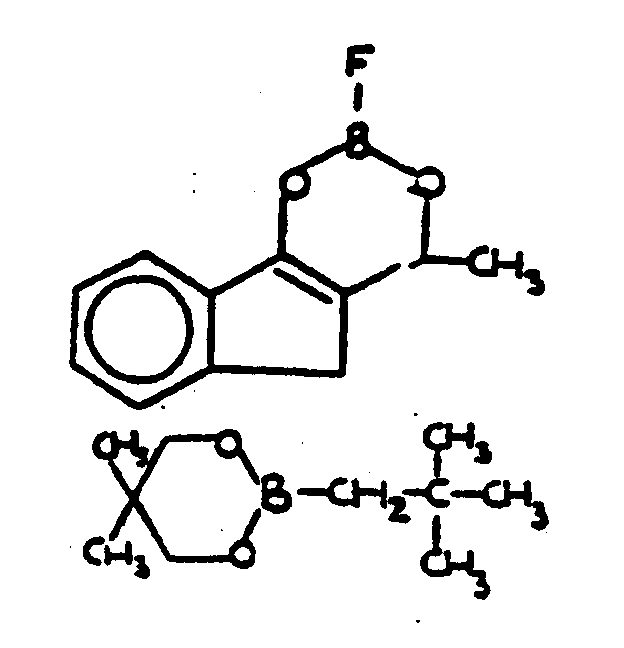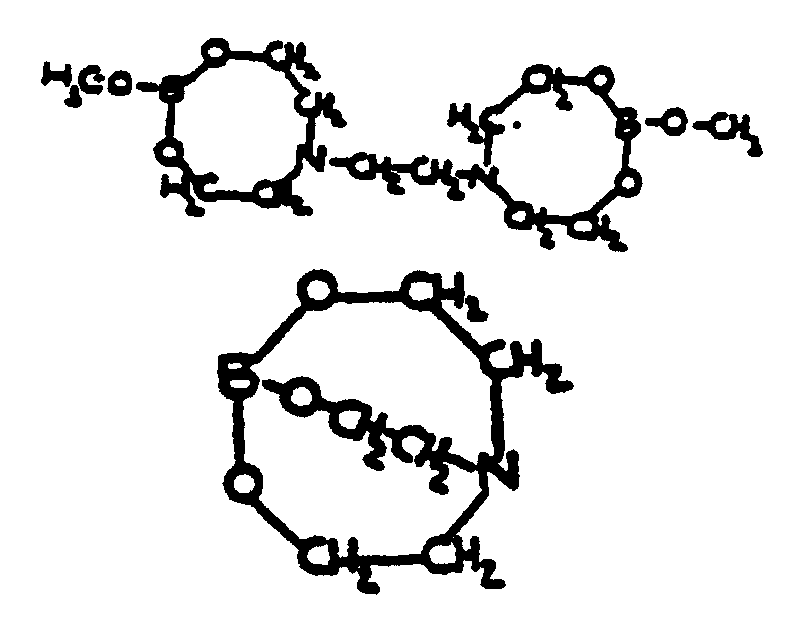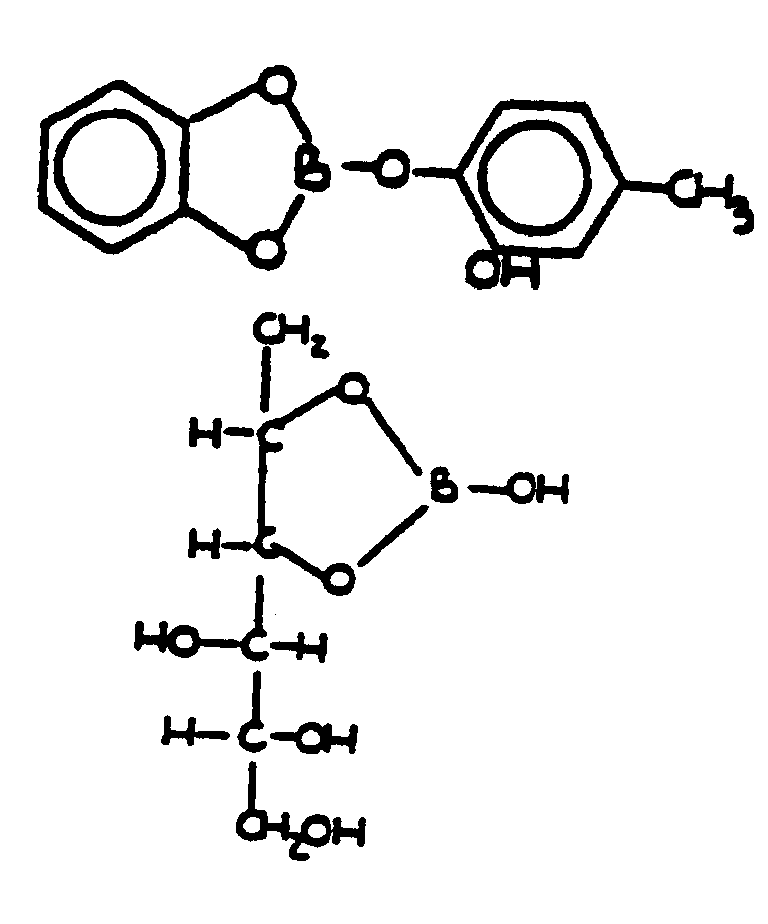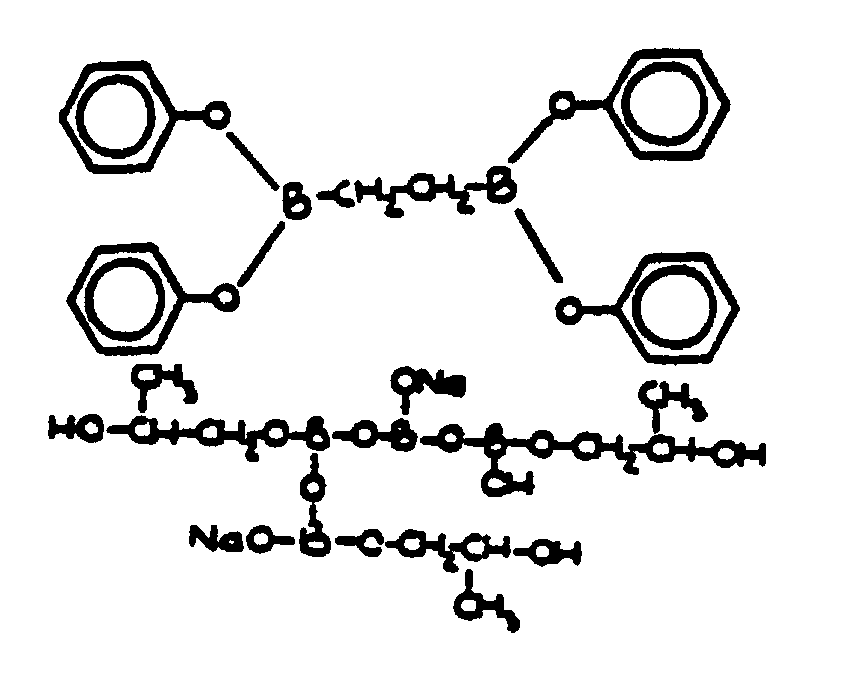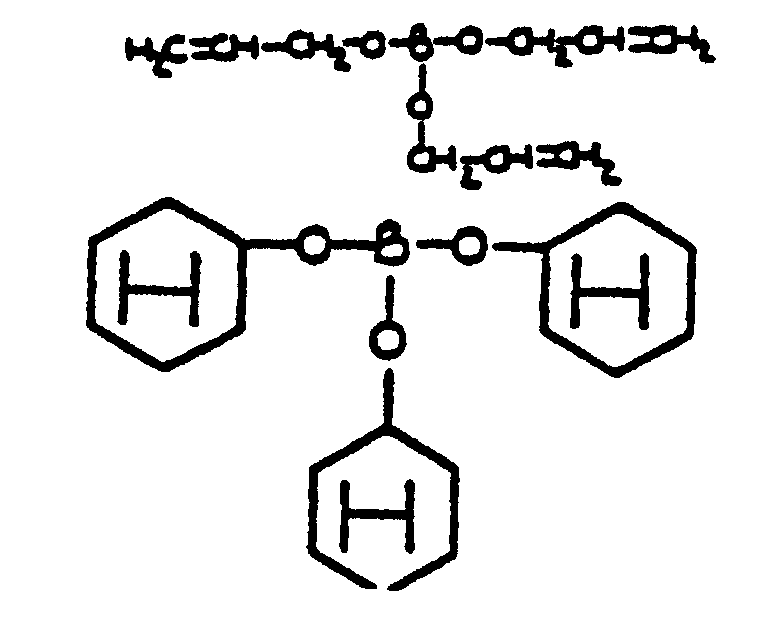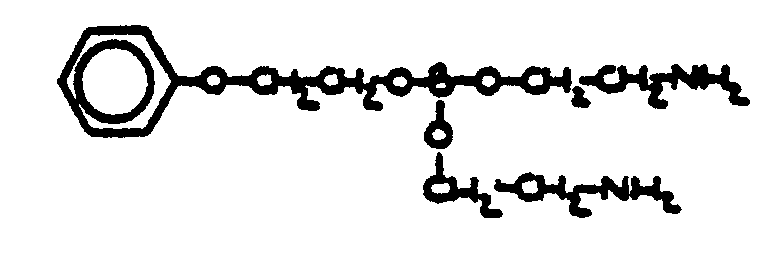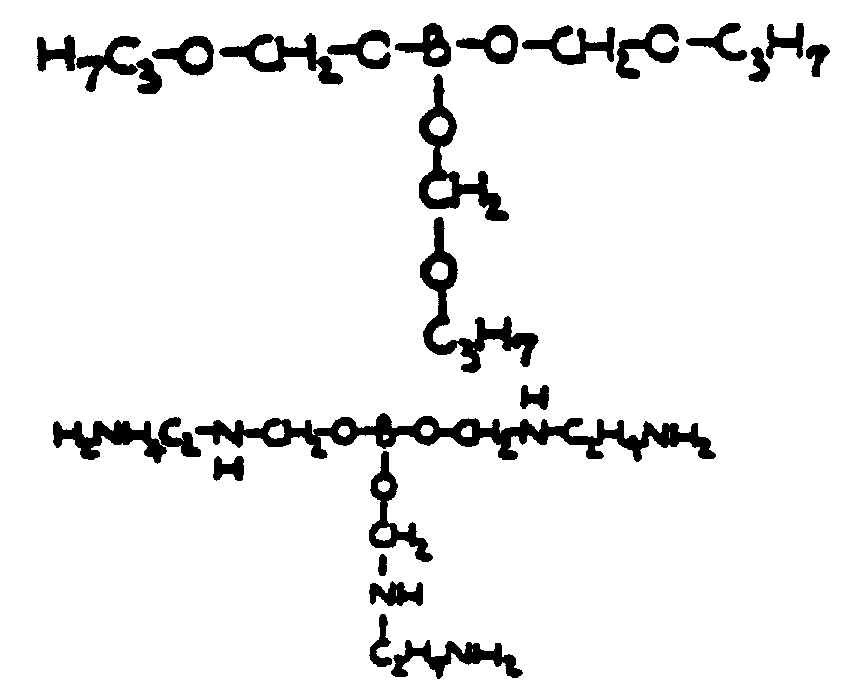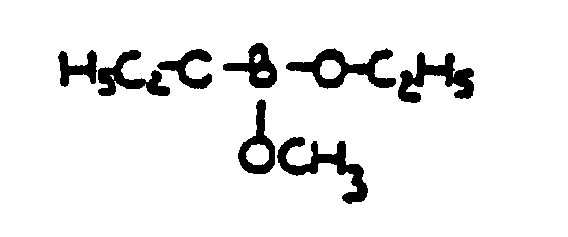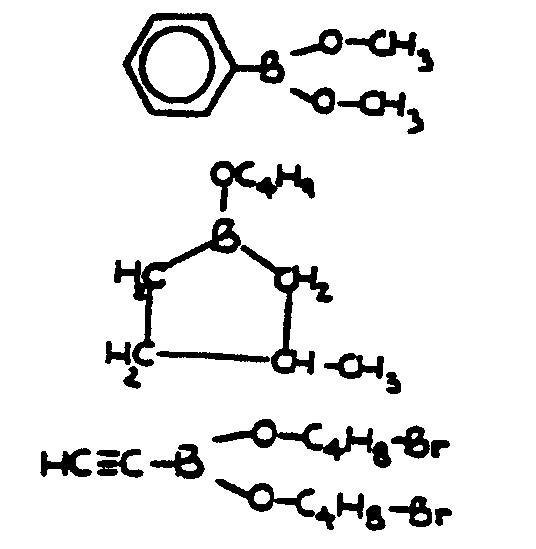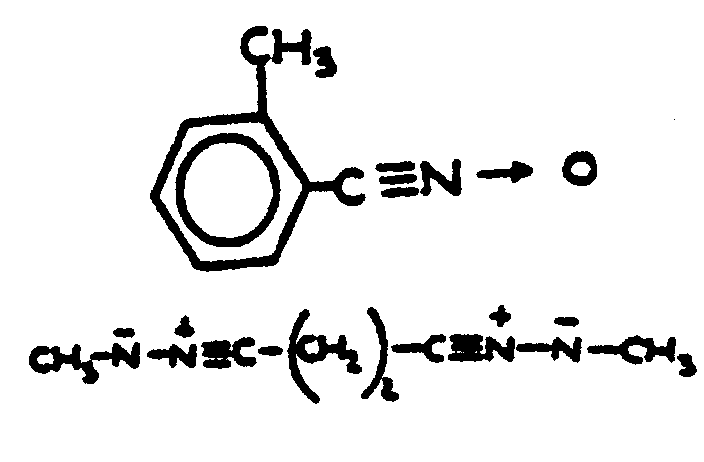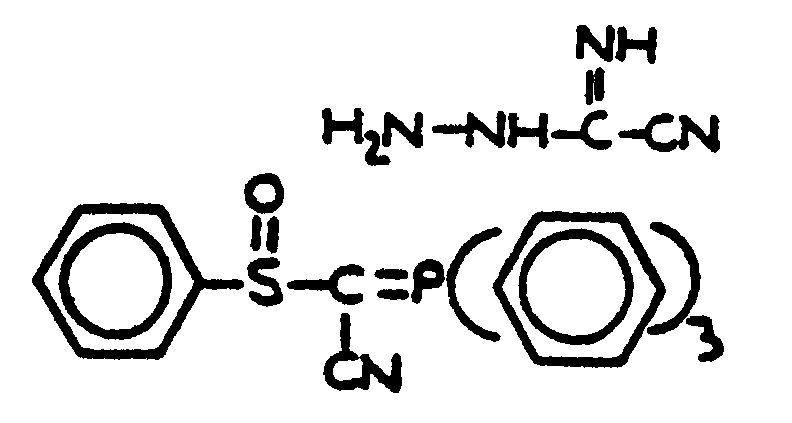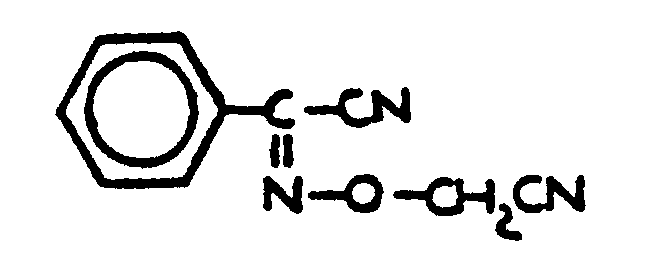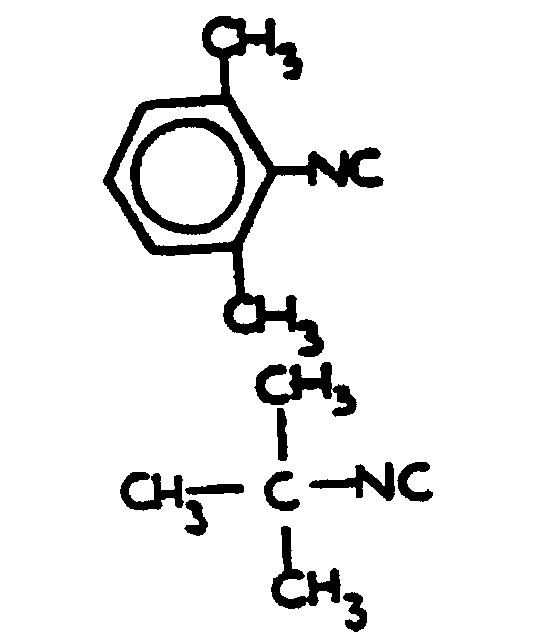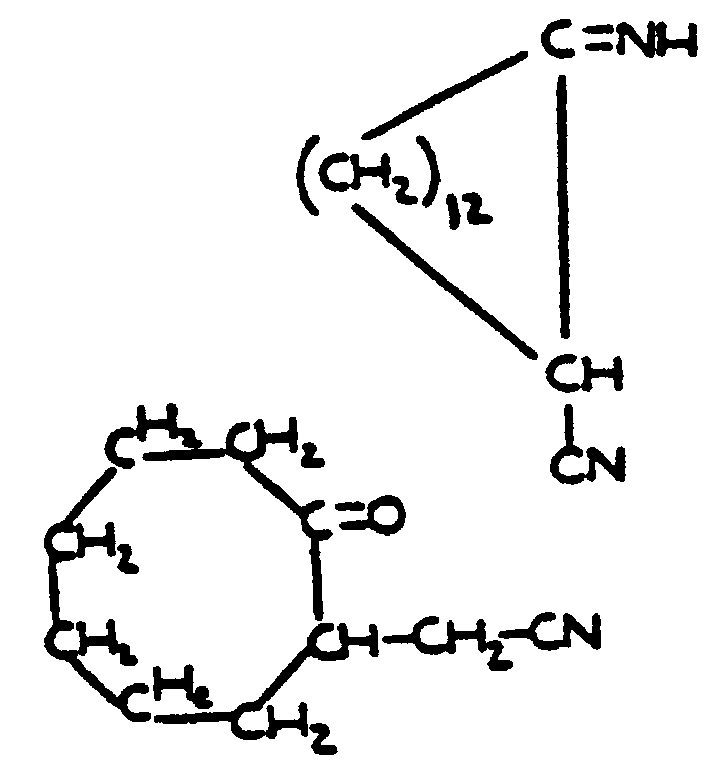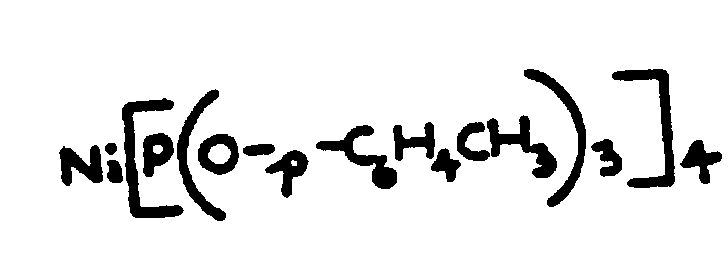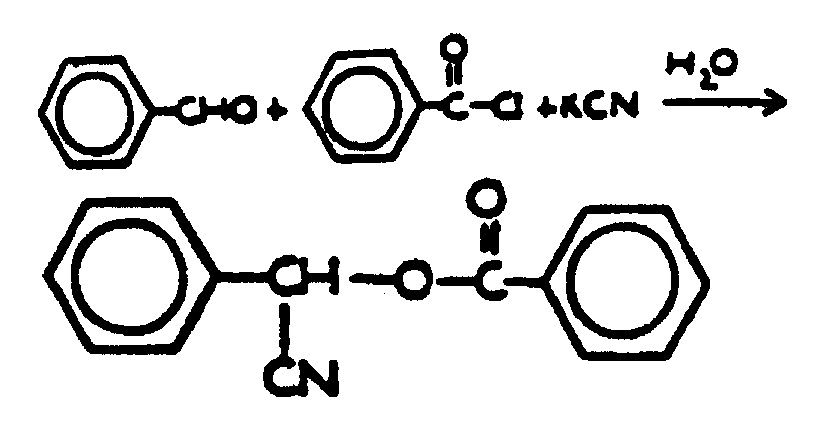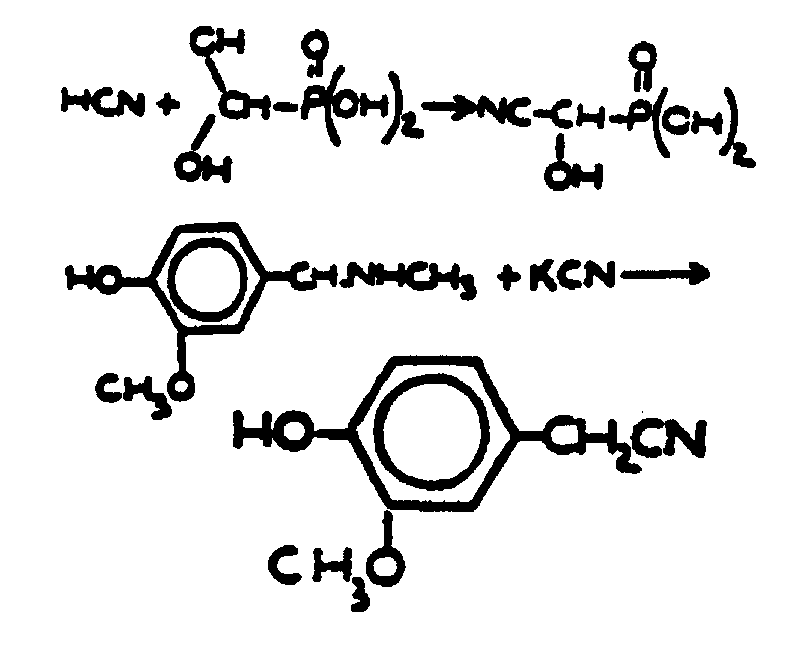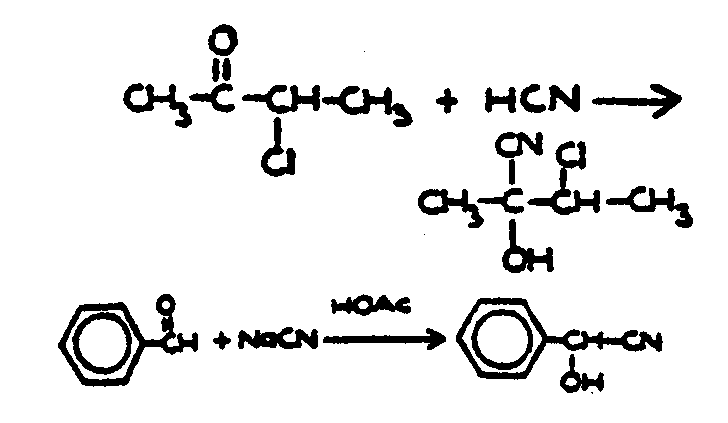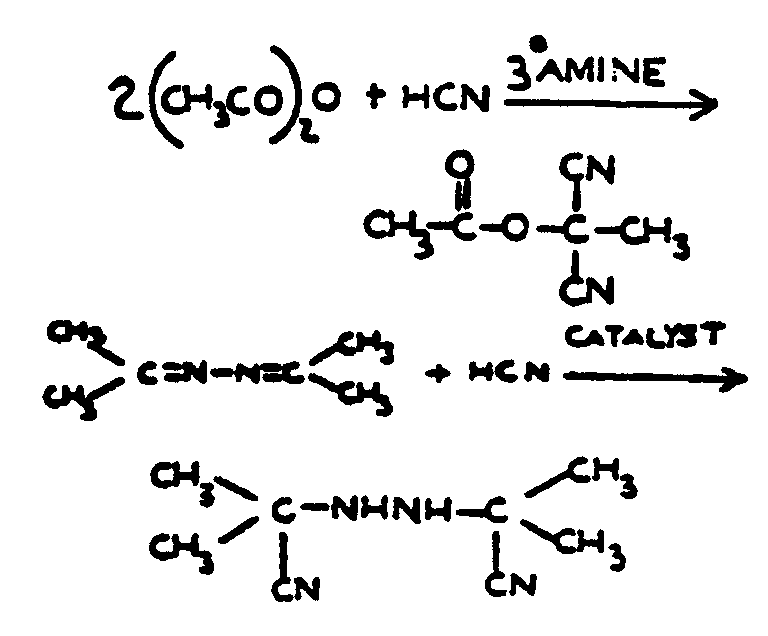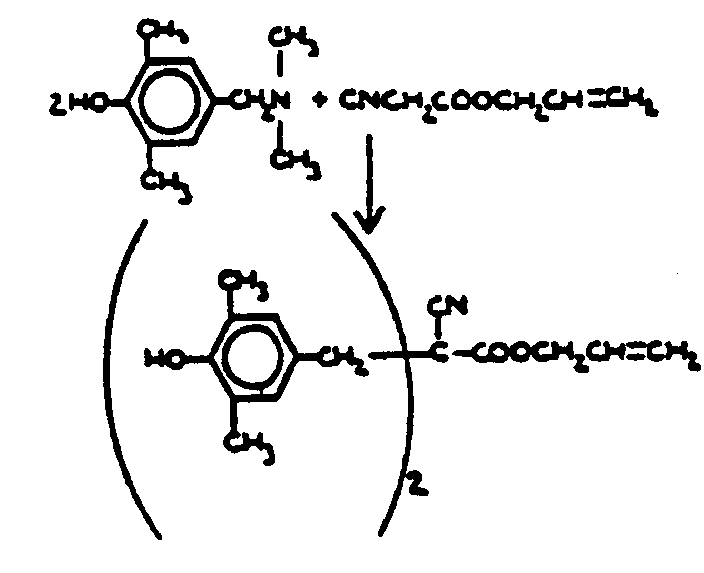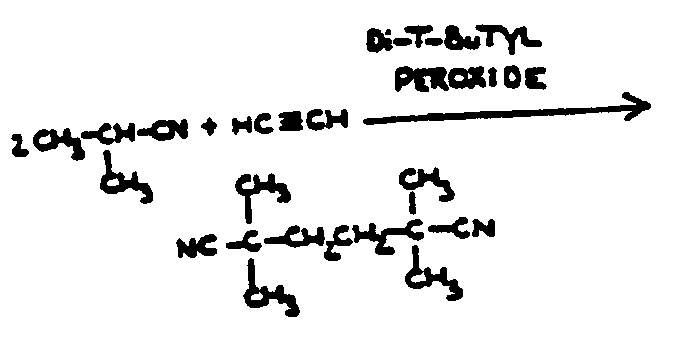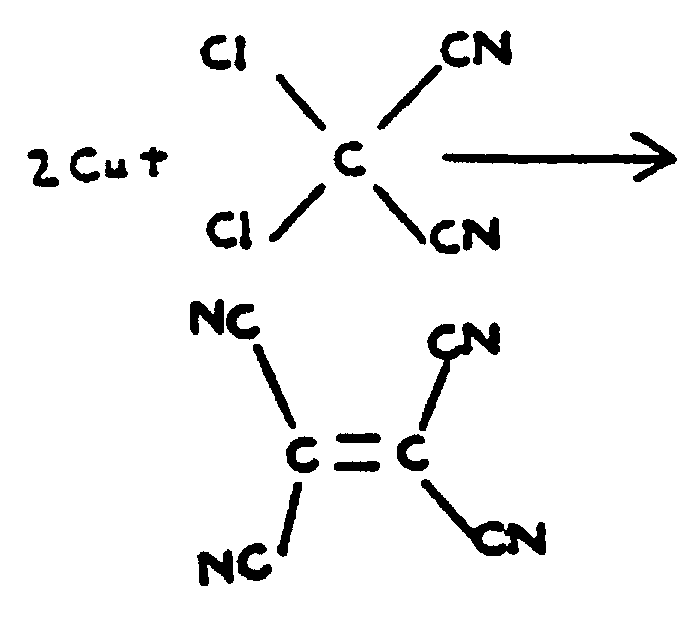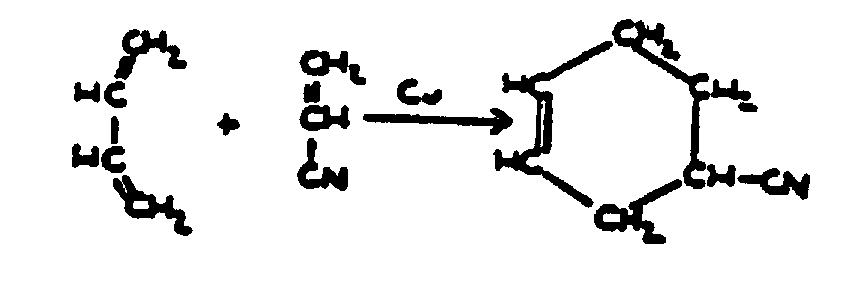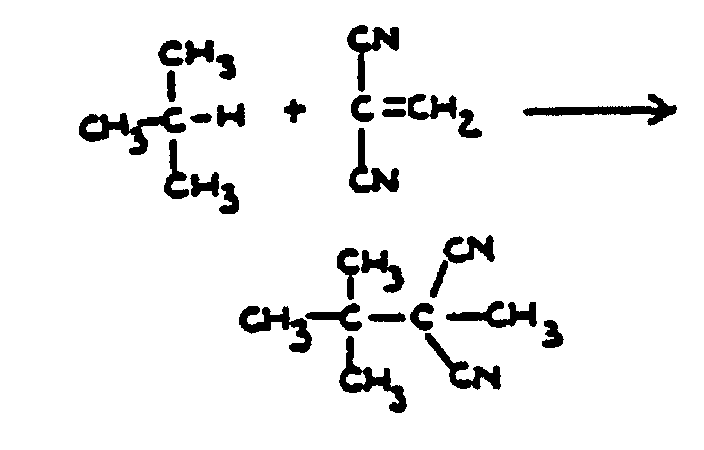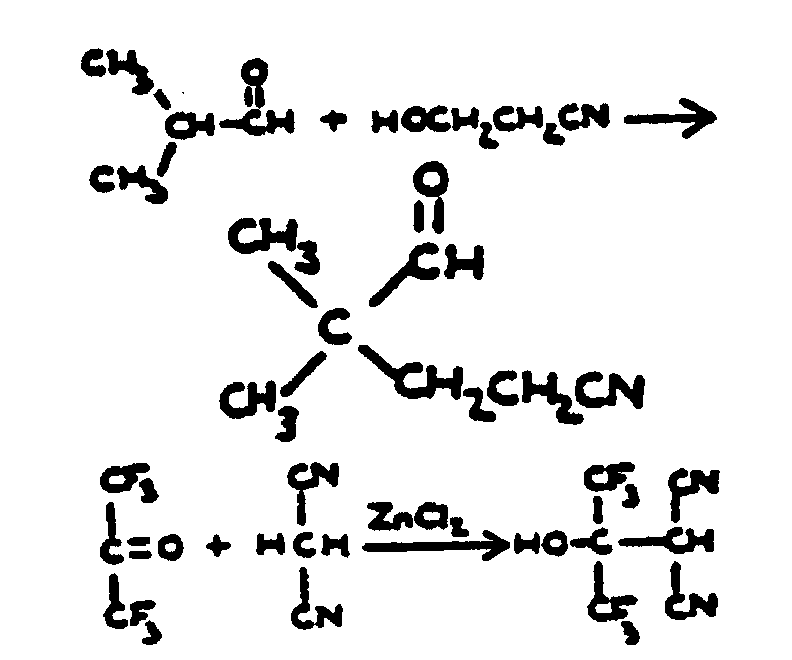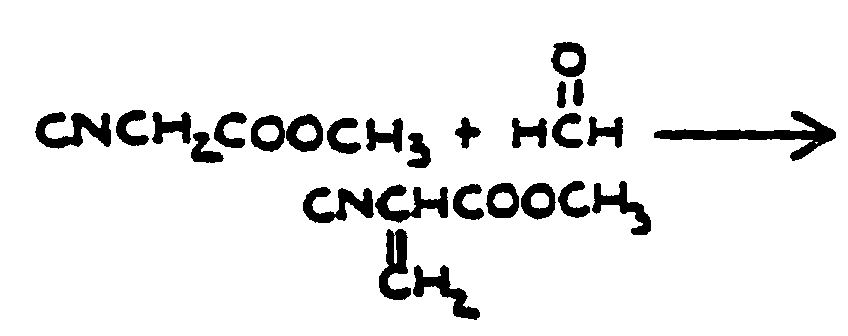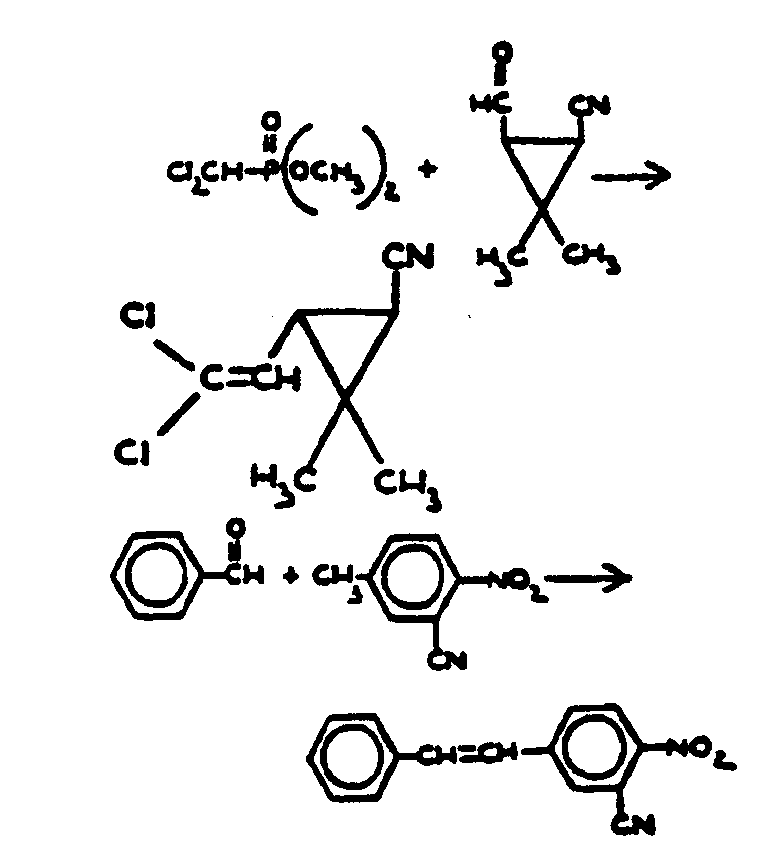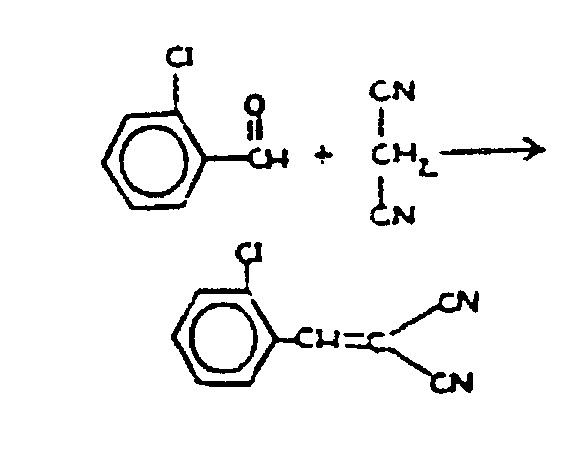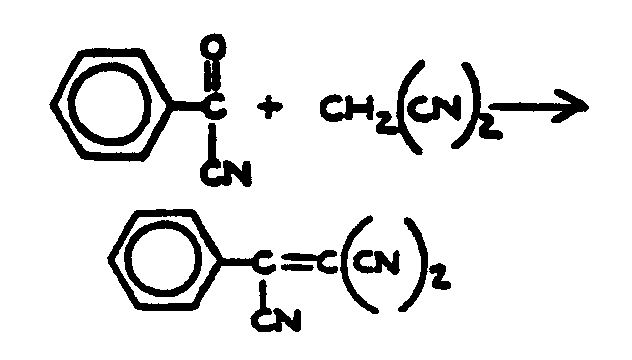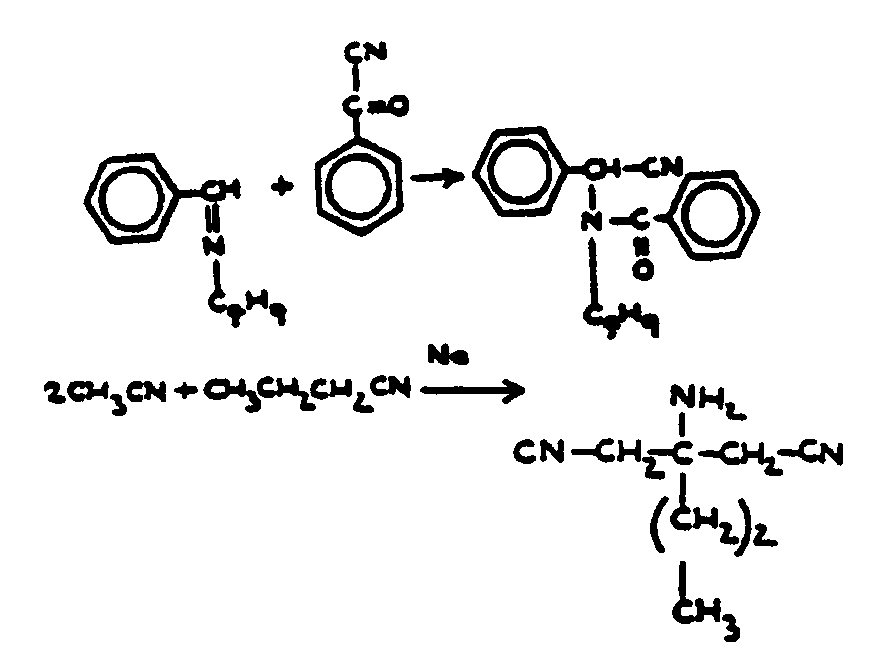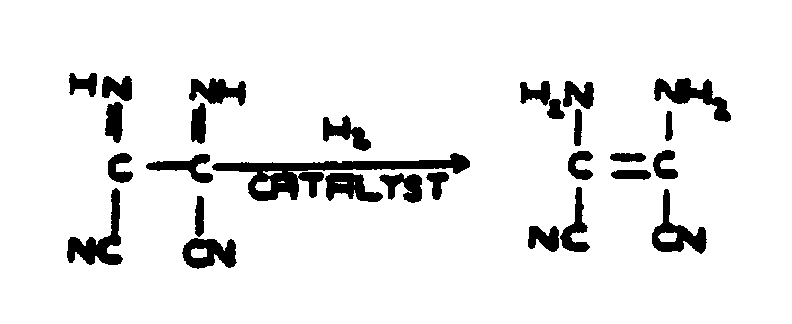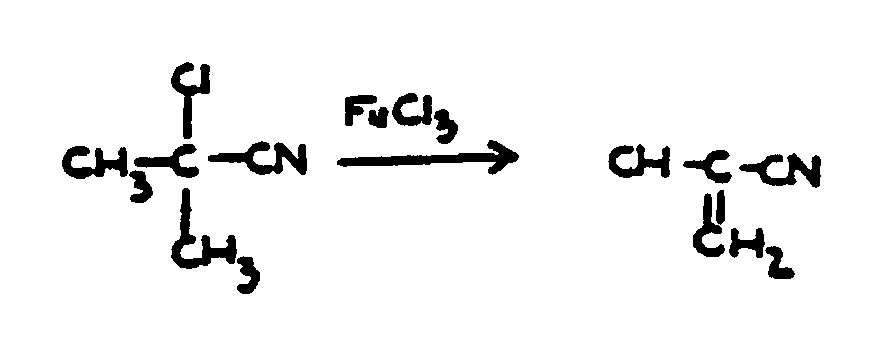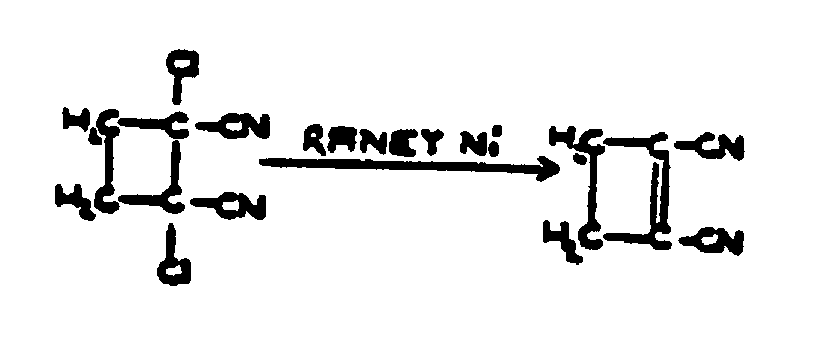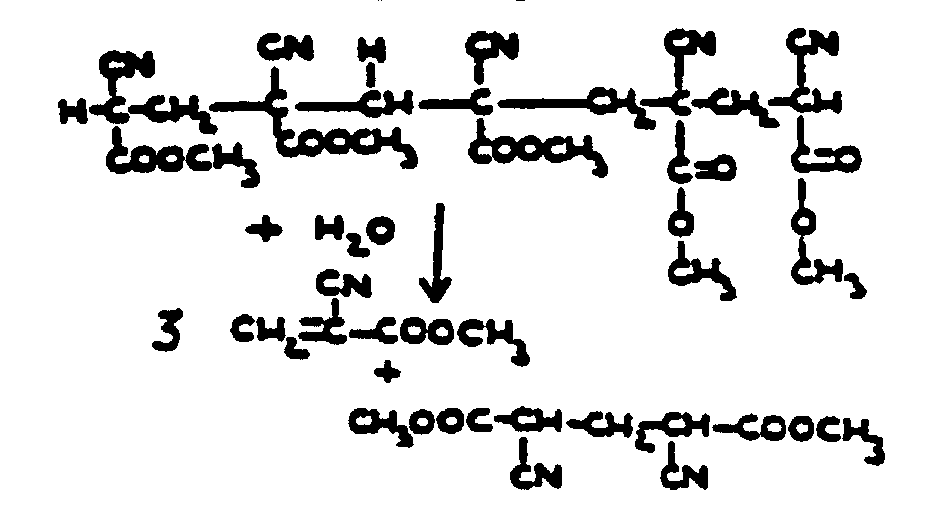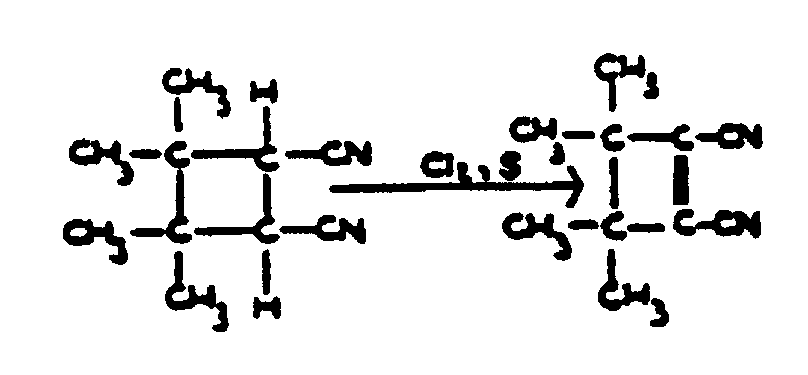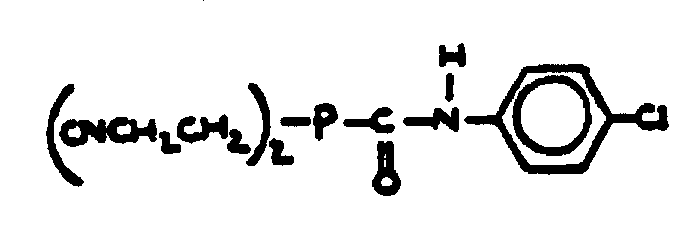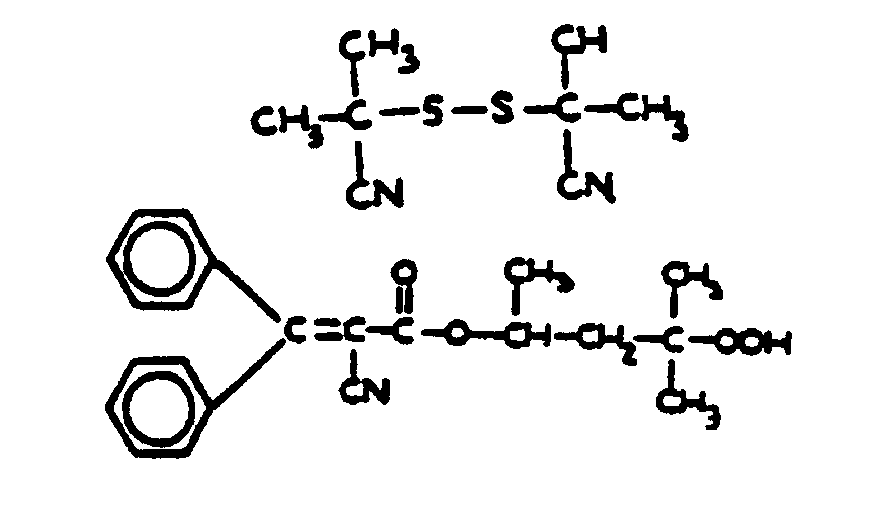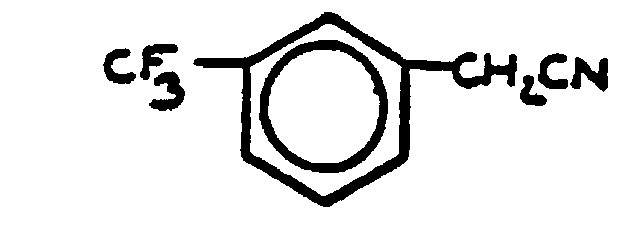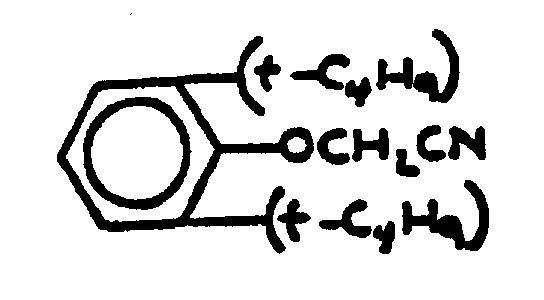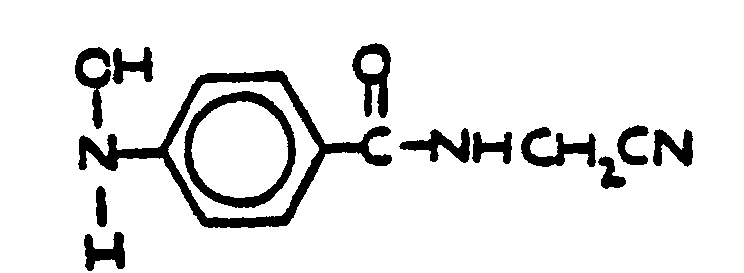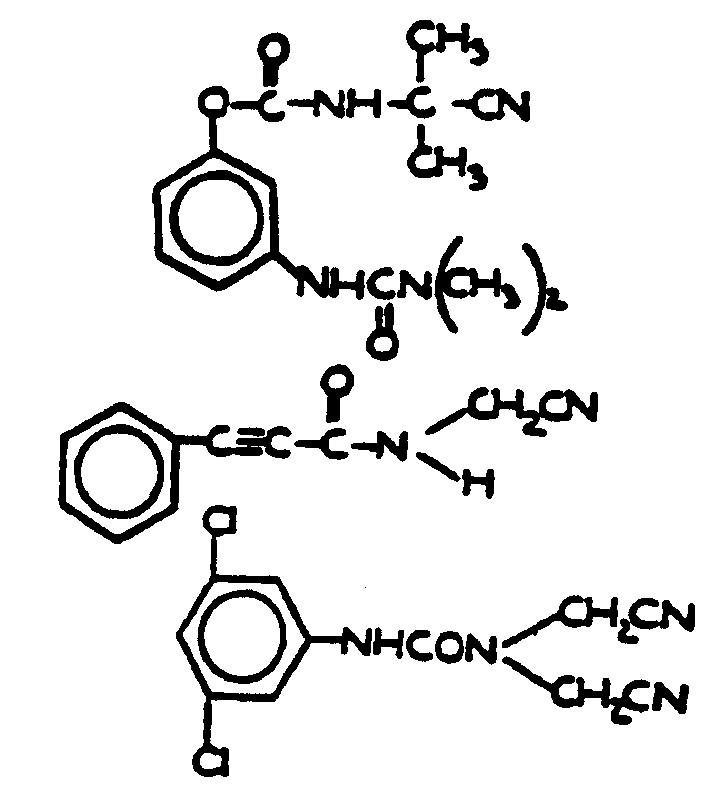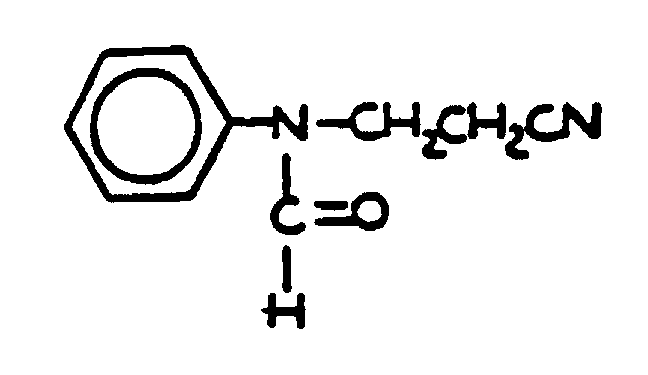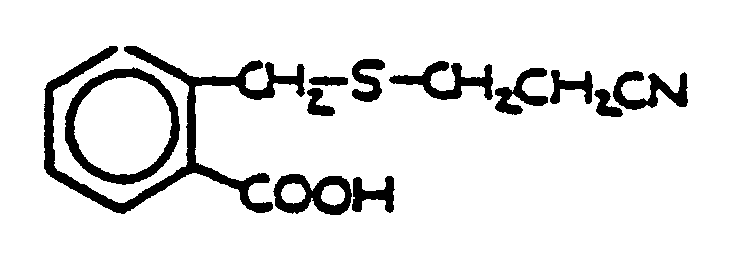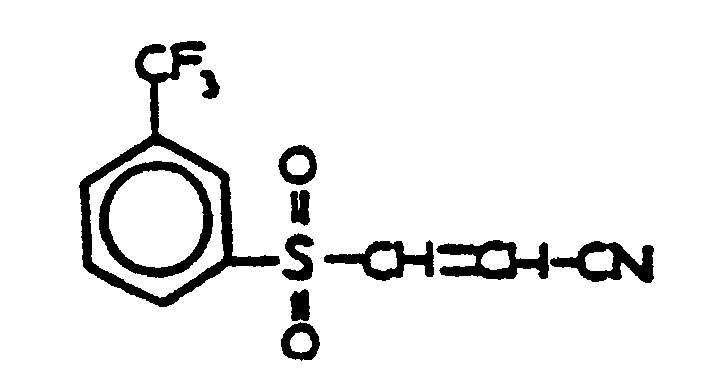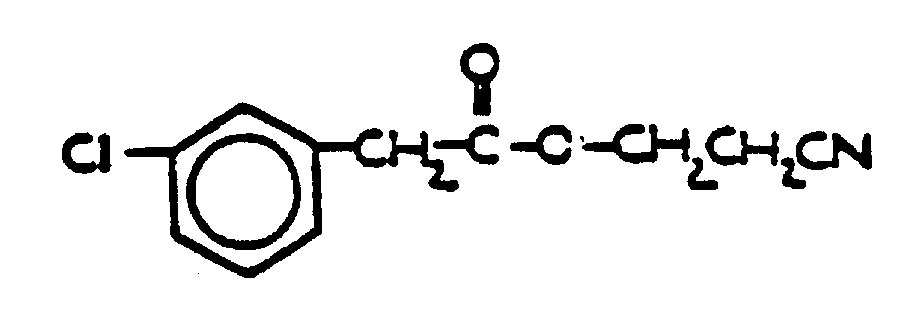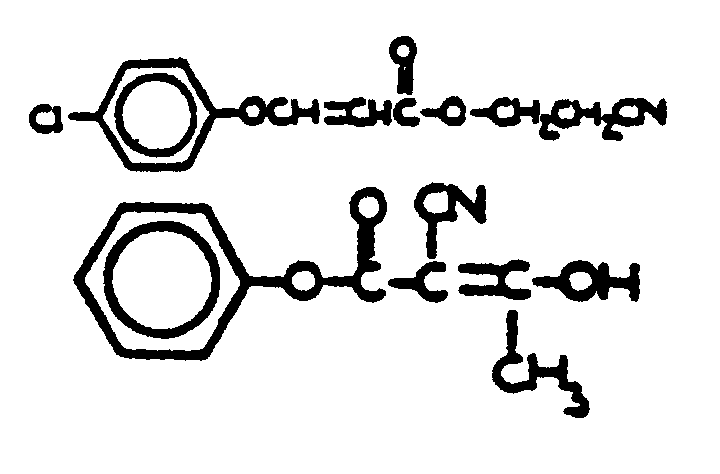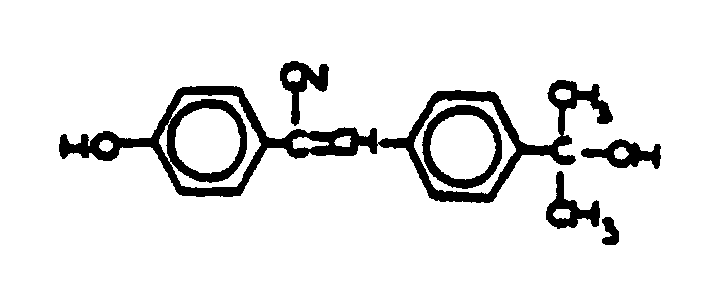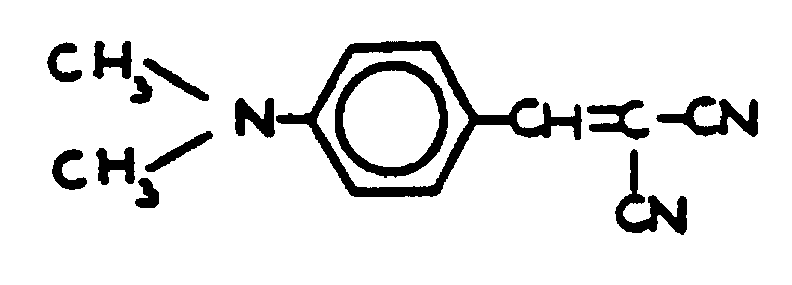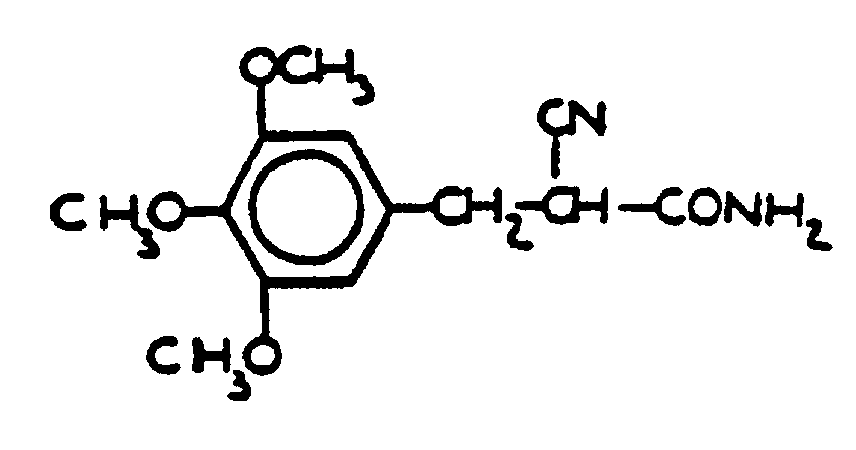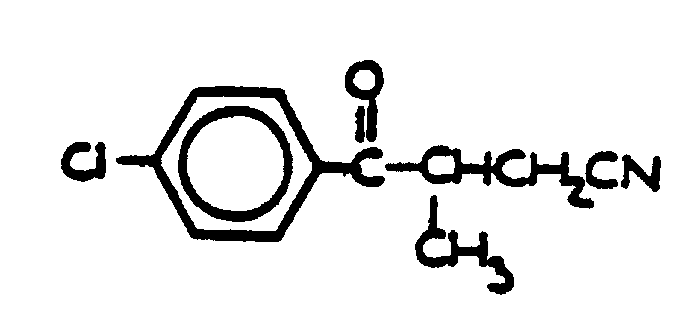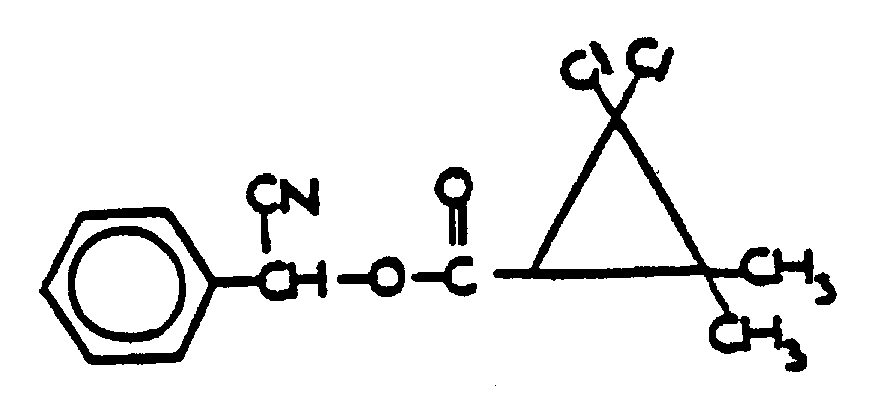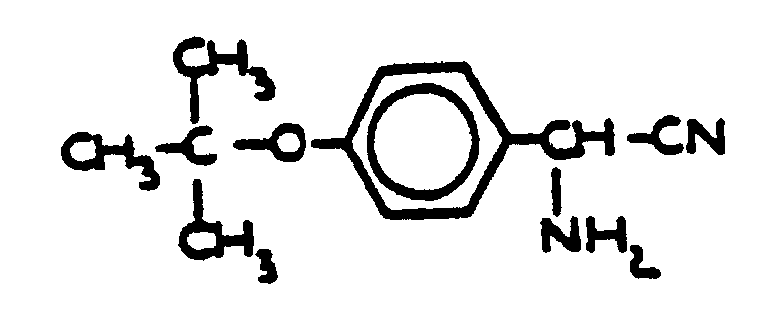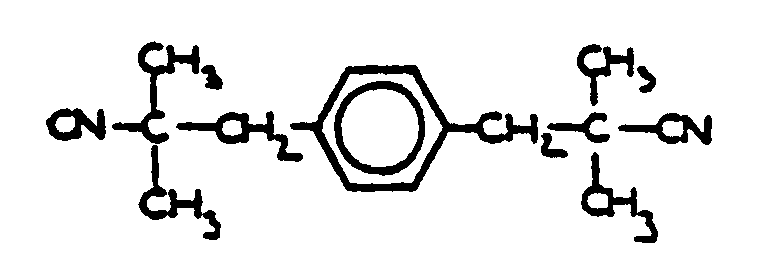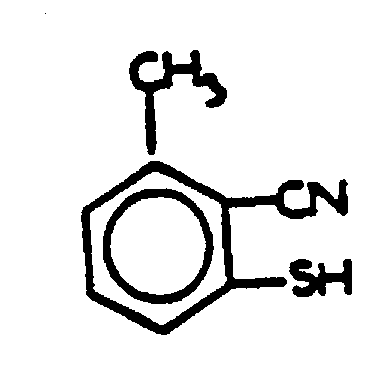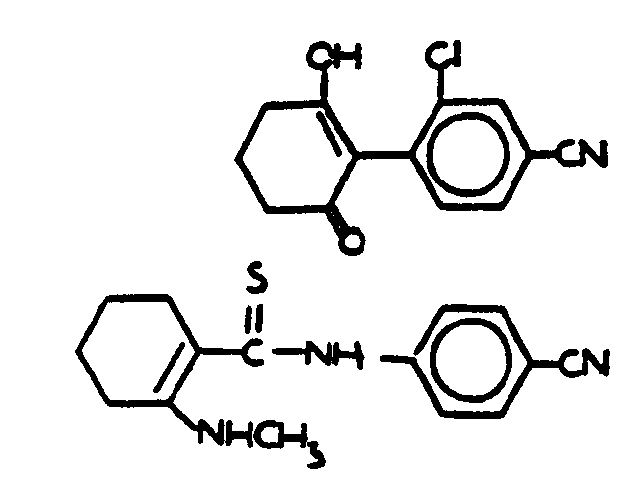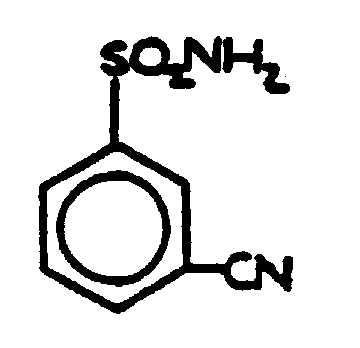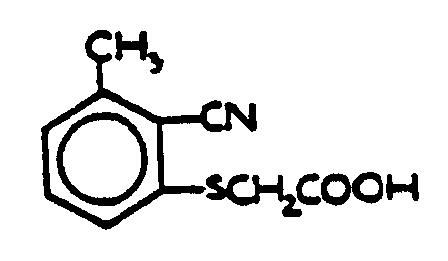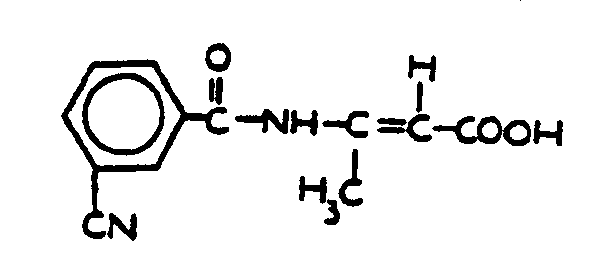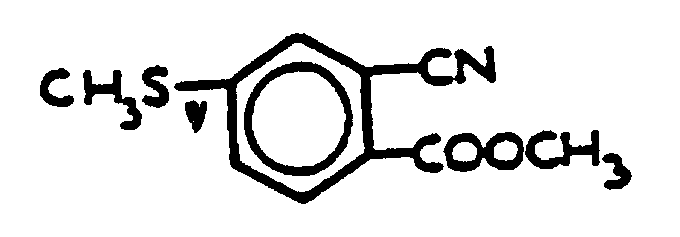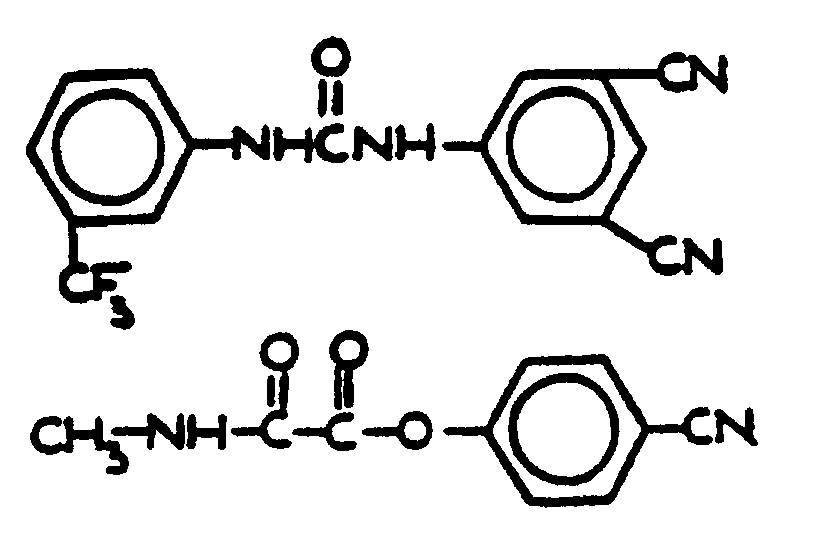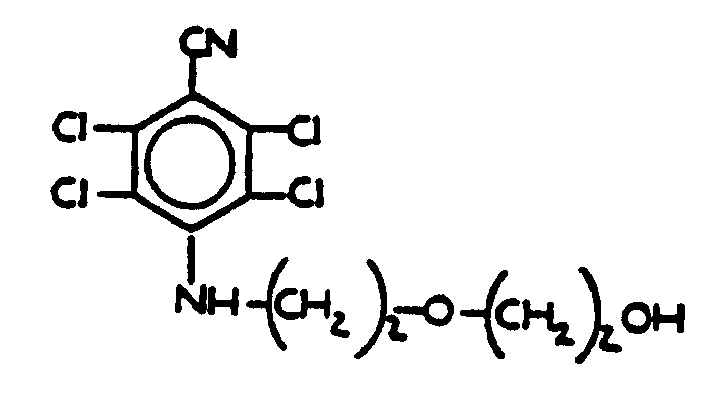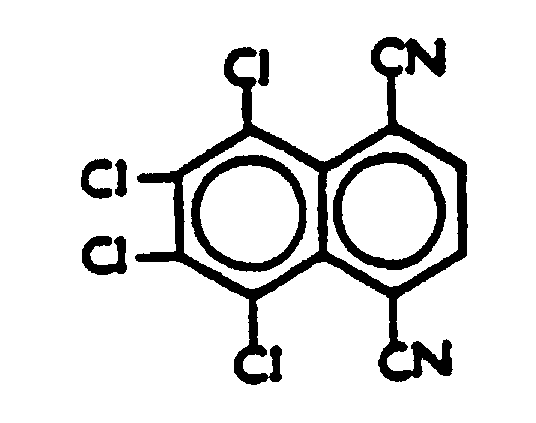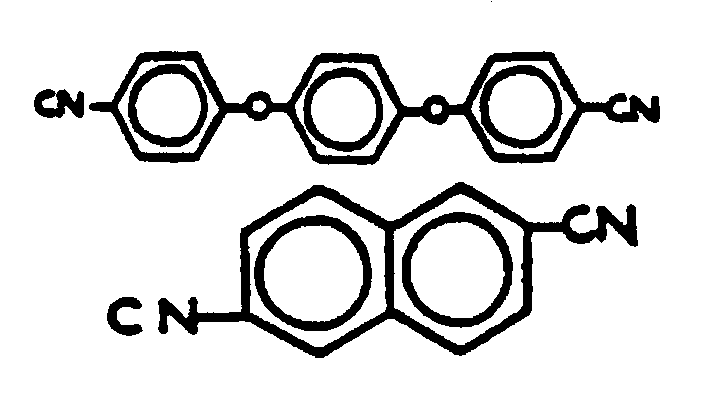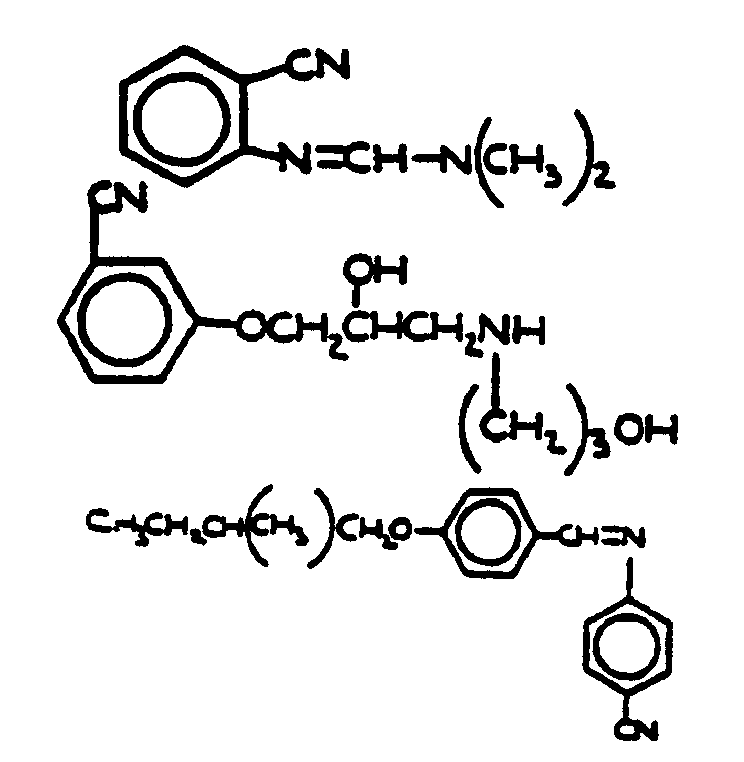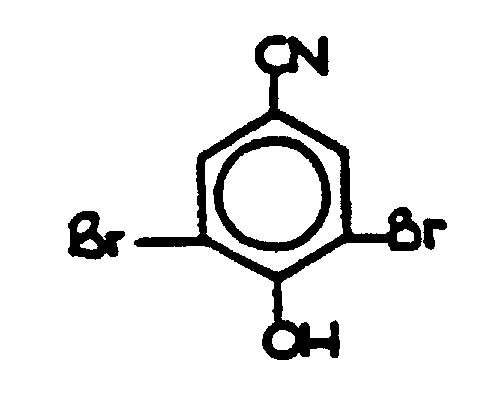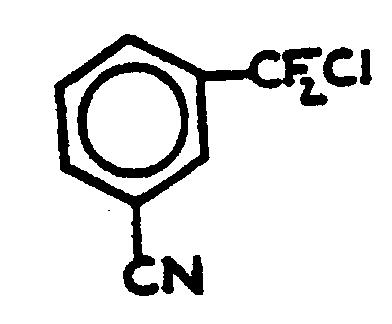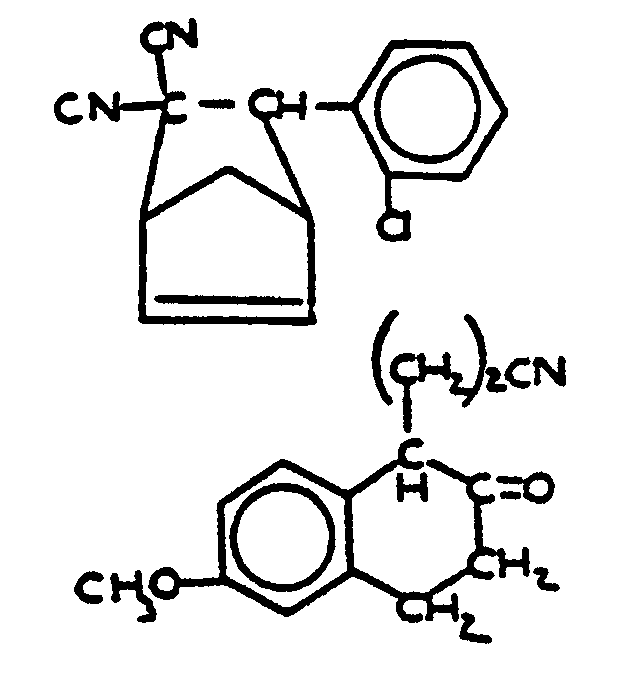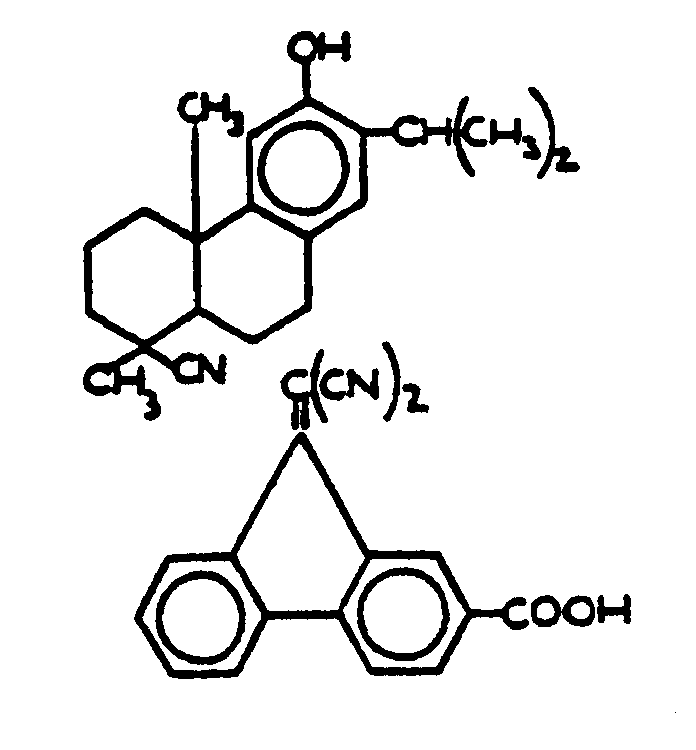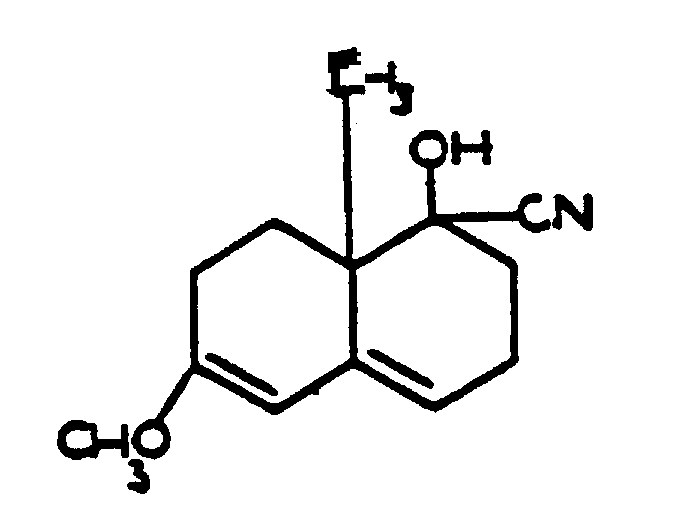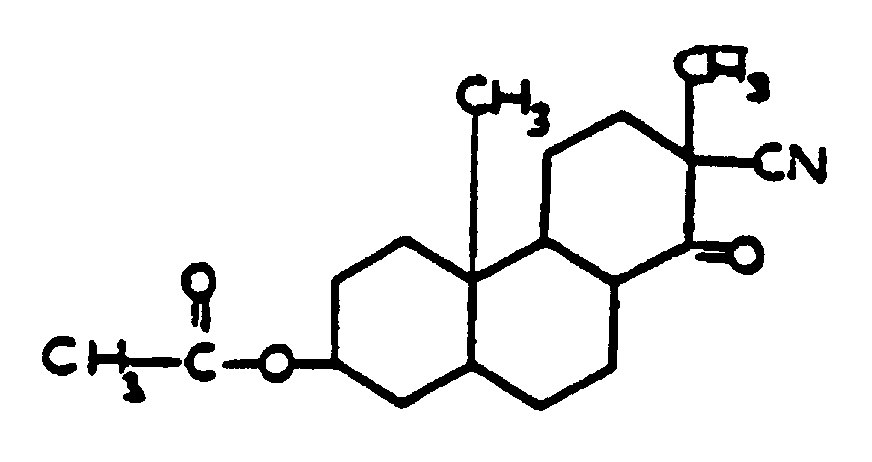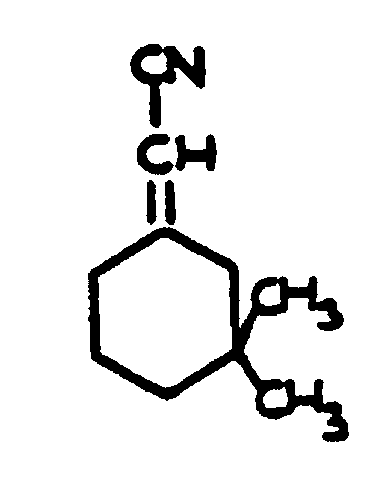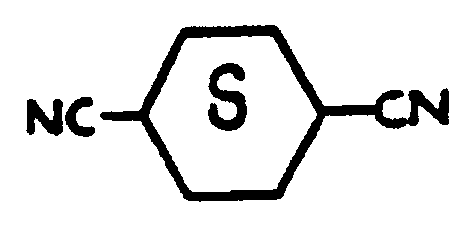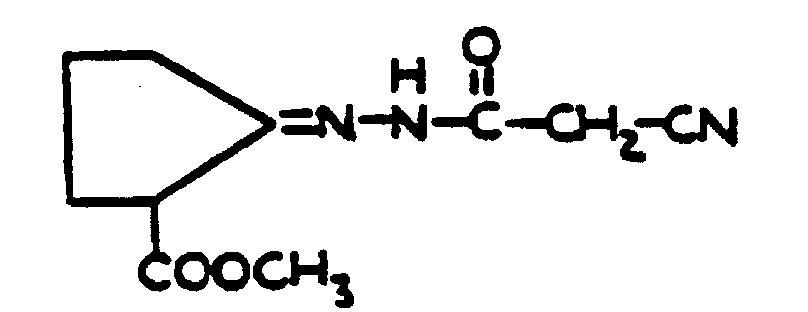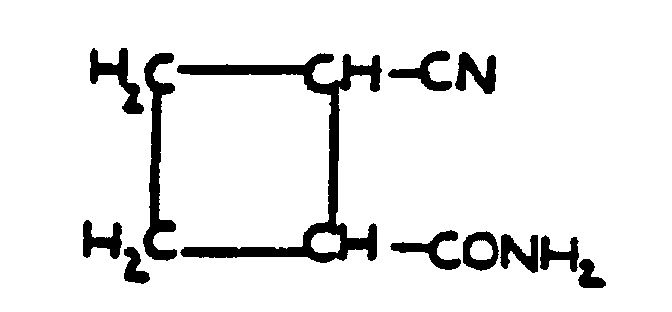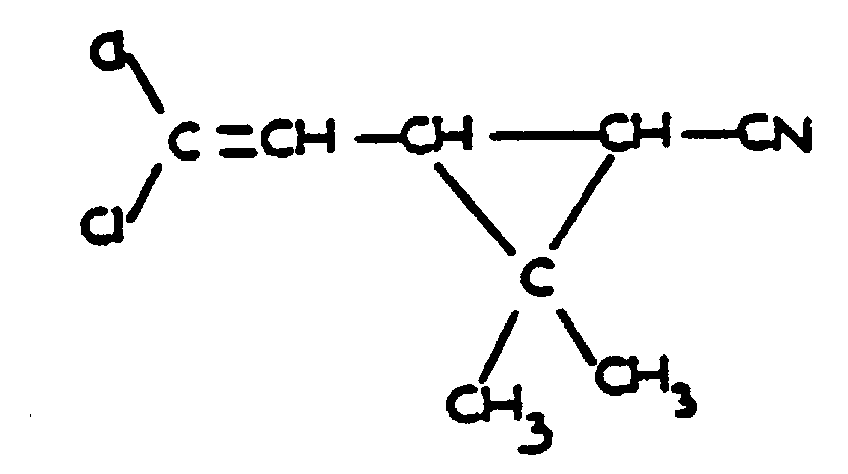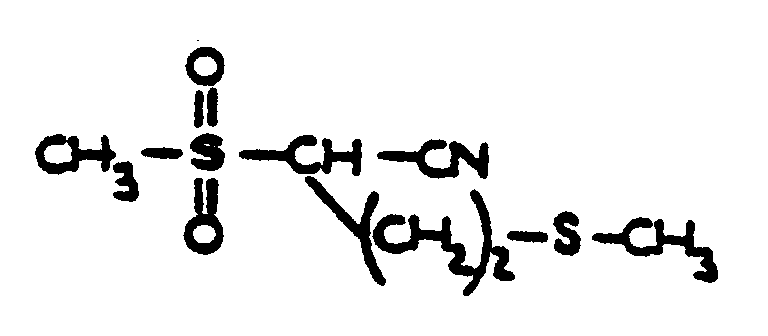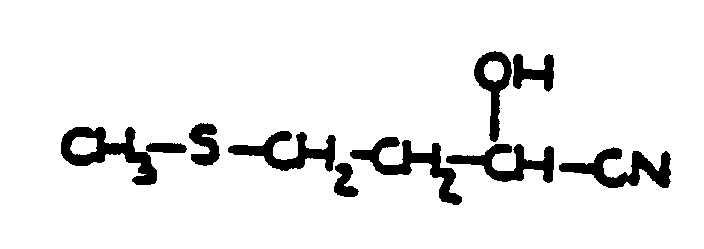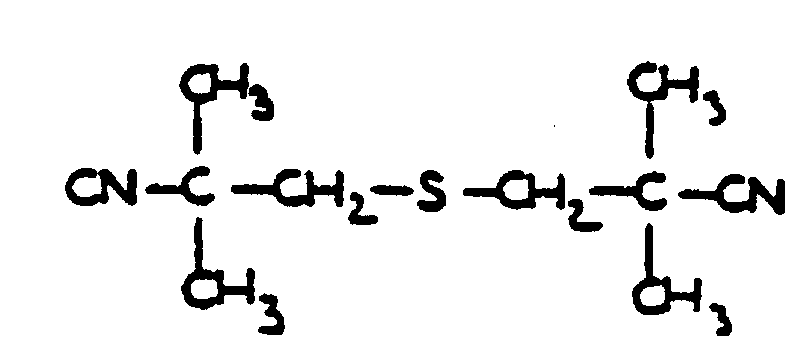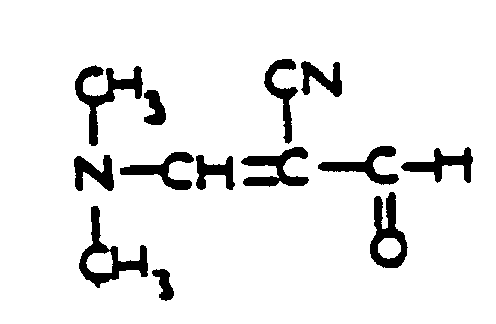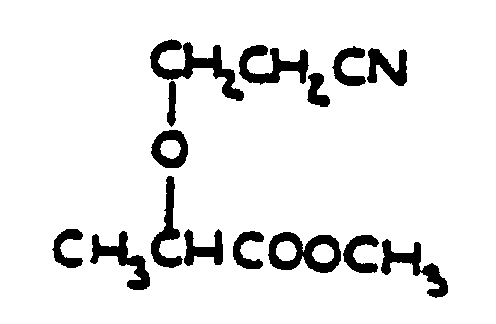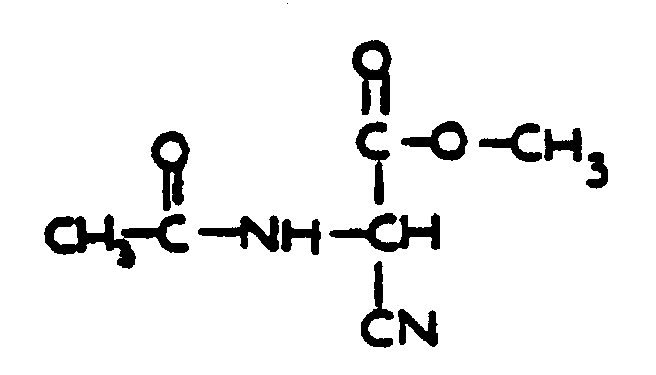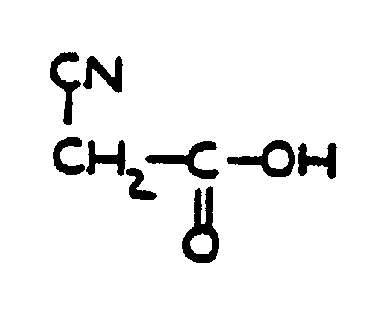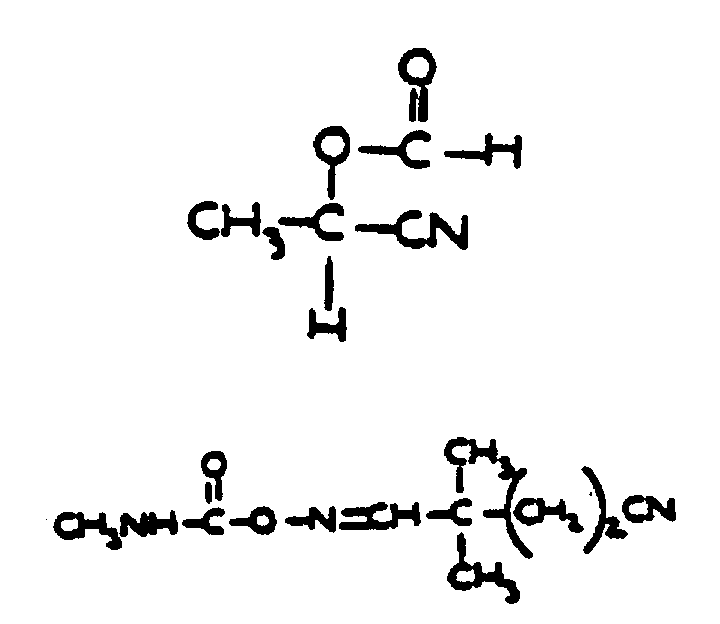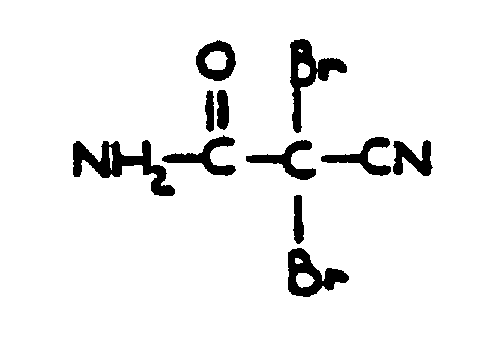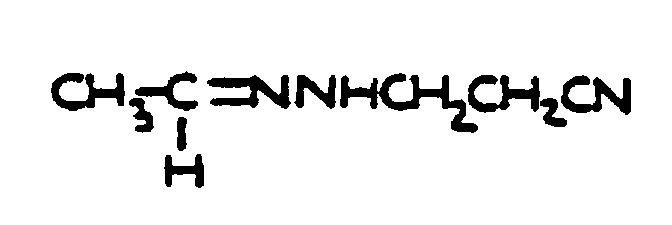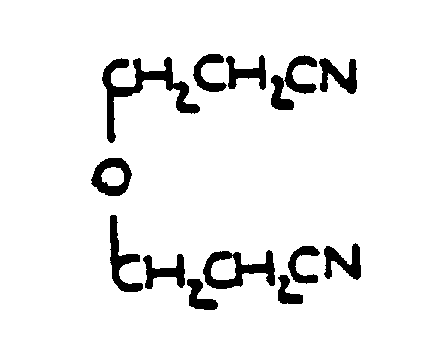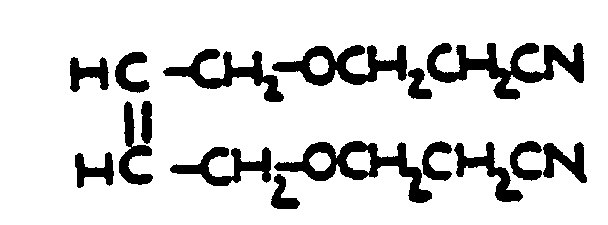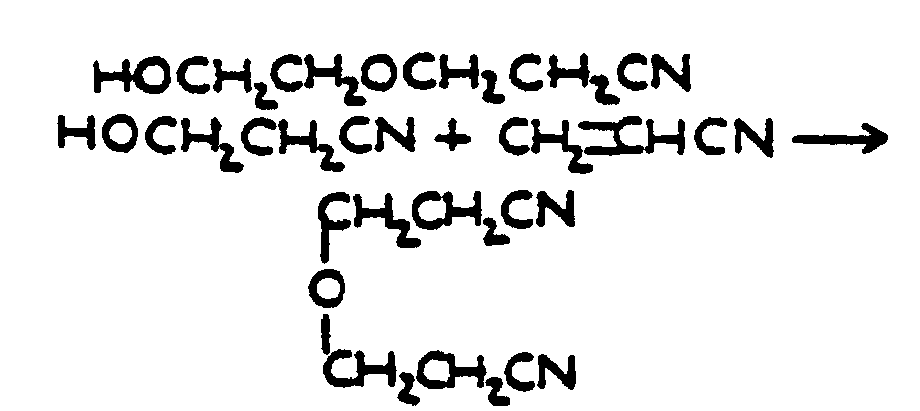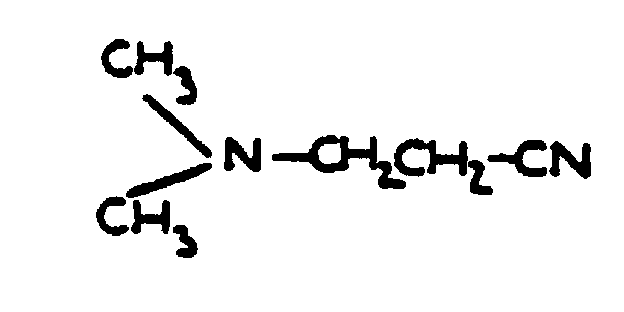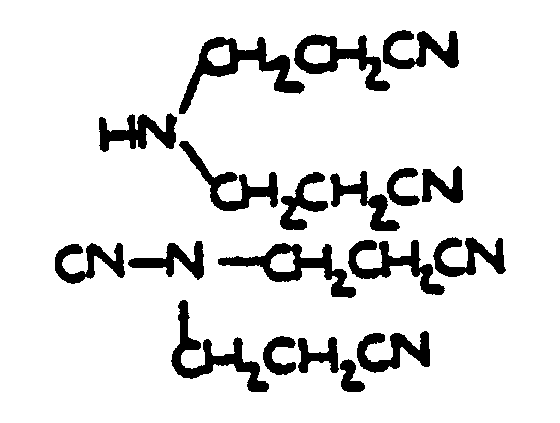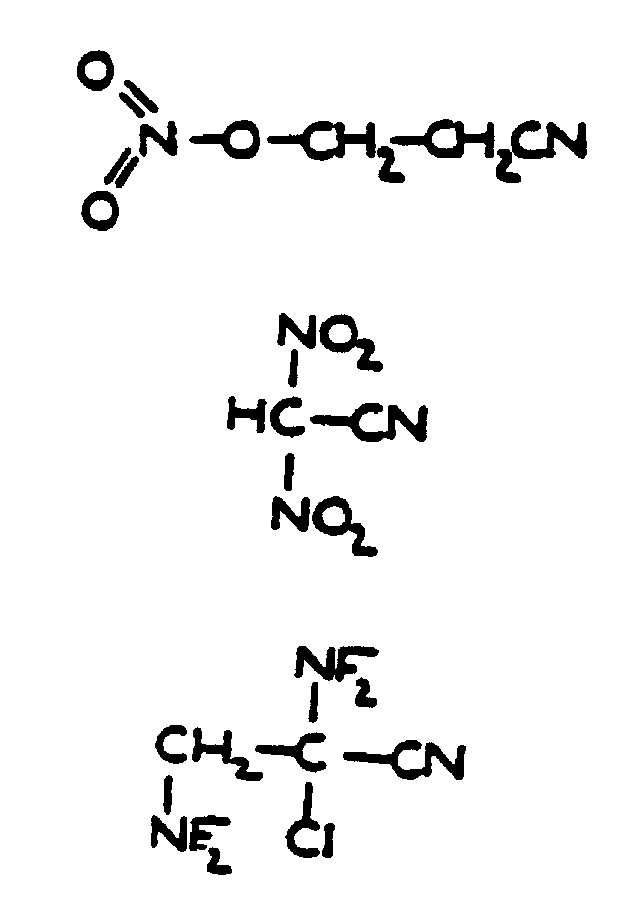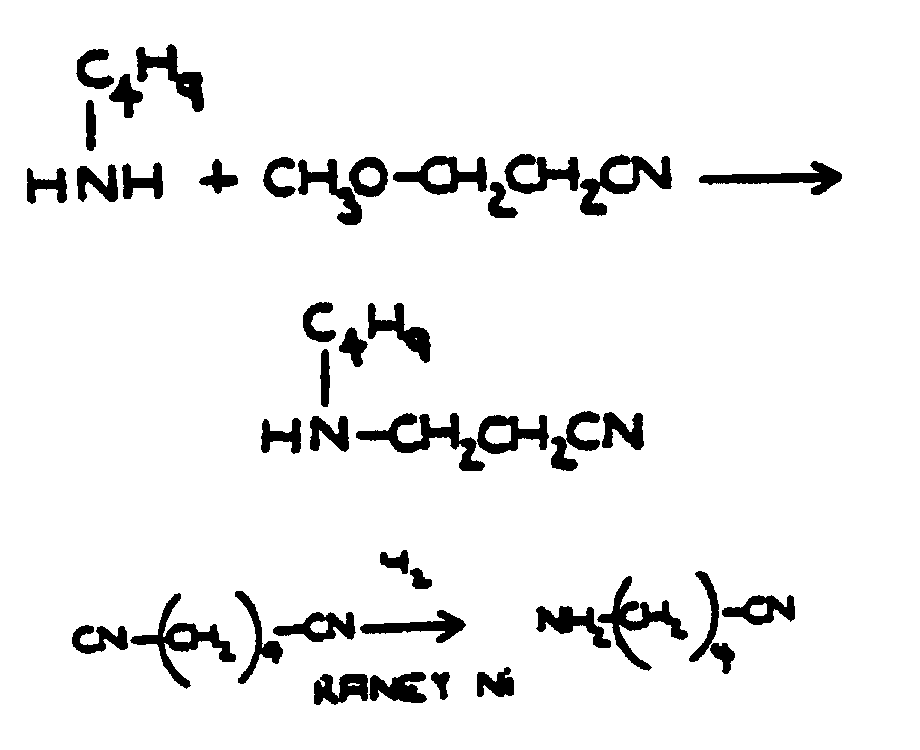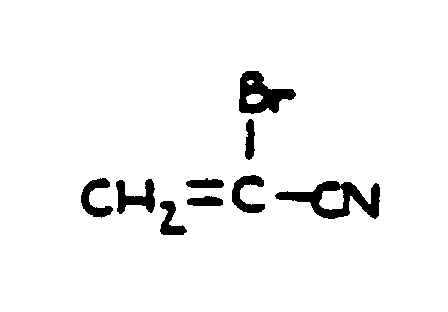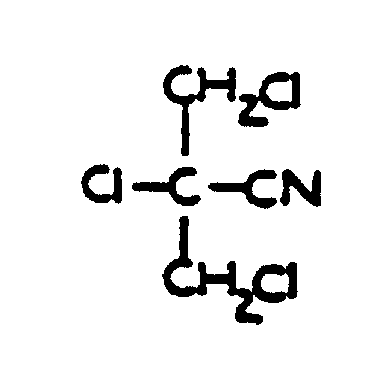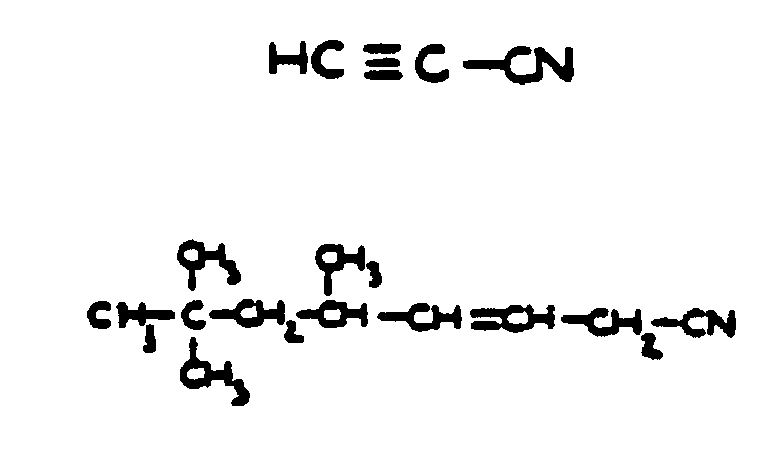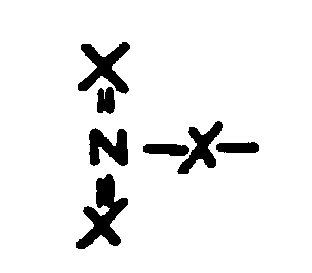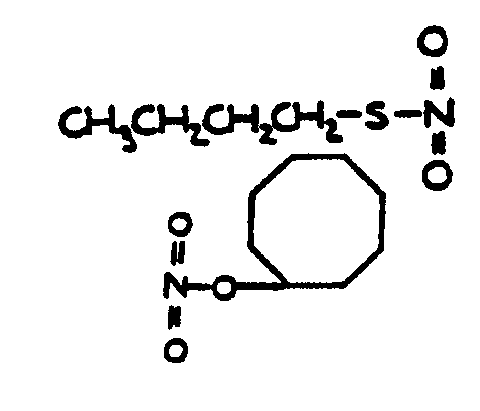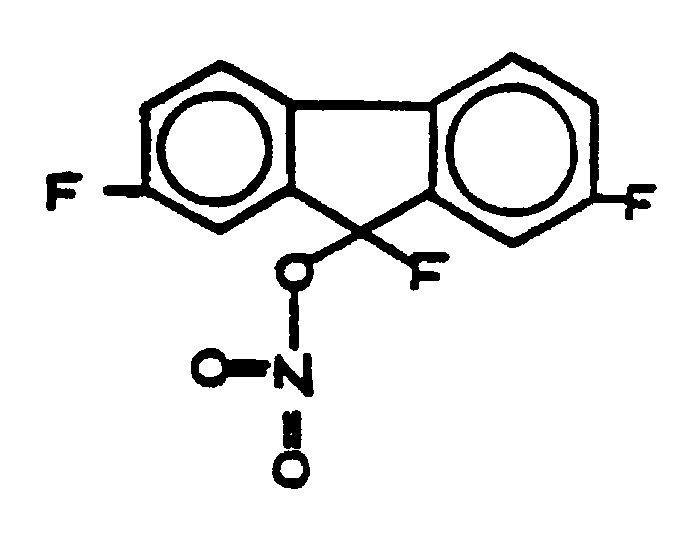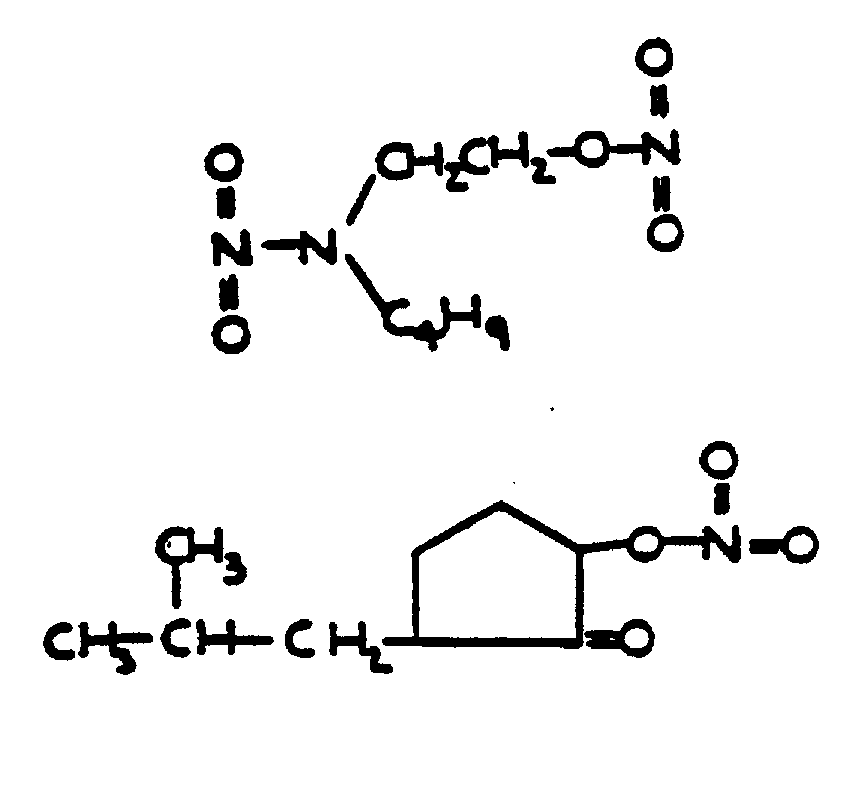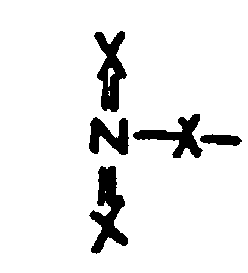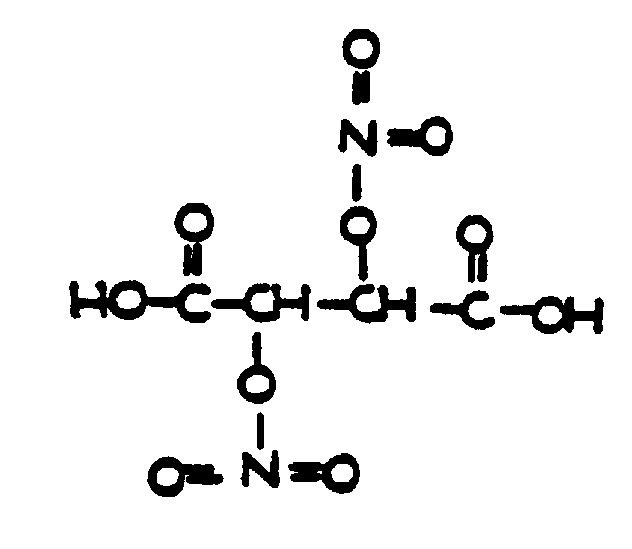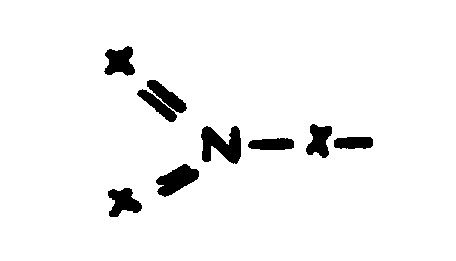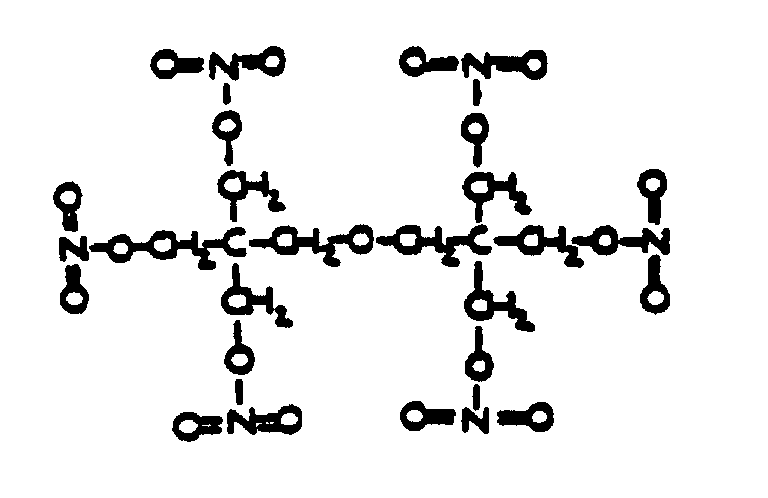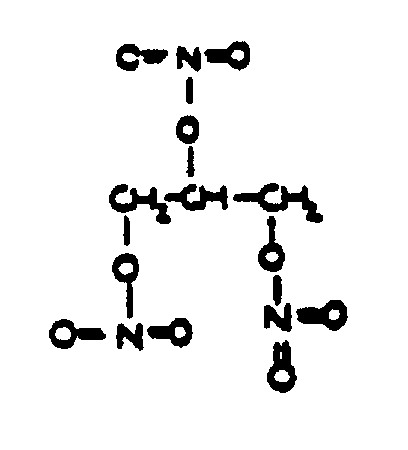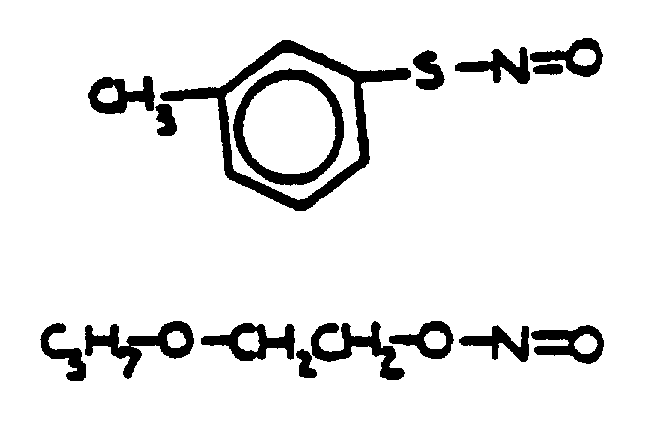![[Search a list of Patent Appplications for class 558]](../as.gif) CLASS 558, CLASS 558, | ORGANIC COMPOUNDS -- PART OF THE CLASS 532-570 SERIES |
| Click here for a printable version of this file | |
SECTION I - CLASS DEFINITION
Class 558, Organic Compounds. In this series of classes, Class 558 is to be considered as an integral part of Class 260 (after class 556) and follows the schedule hierarchy, retaining all pertinent definitions and class lines of Class 260.
SUBCLASSES
![[List of Patents for class 558 subclass 1]](../ps.gif) 1 1 | Thioimidate esters (i.e., compounds having the thioimidate group, HN=CH-S-, wherein substitution may be made for hydrogen only, bonded directly to carbon, which carbon may be single bonded to any atom but may be multiple bonded only to carbon) | ||||
This subclass is indented under subclass 1. Compounds under Class 532, ... wherein the thiomidate group,
HN=CH-S-, in which substitution may be made for hydrogen
only, is bonded direcctly to carbon, which carbon may be single
bonded to any atom but may be multiple bonded only to carbon.
SEE OR SEARCH CLASS:
| |||||
![[List of Patents for class 558 subclass 2]](../ps.gif) 2 2 | Chalcogen bonded directly to the carbon of the thioimidate group (e.g., HN=C(OH)-S-, wherein substitution may be made for hydrogen only) | ||
This subclass is indented under subclass 1. Compounds wherin the carbon of the thioimidate group is
bonded directly to chalcogen (i.e., oxygen, sulfur, selenlum, or
tellurium).
| |||
![[List of Patents for class 558 subclass 3]](../ps.gif) 3 3 | Oxygen attached directly to the nitrogen of the thioimidate group by nonionic bonding (i.e., HO-N=CH-S-, wherein substitution may be hydrogen only) | ||
This subclass is indented under subclass 1. Compounds wherein the nitrogen of the thioimidate group
is attached directly to oxygen by nonionic bonding.
| |||
![[List of Patents for class 558 subclass 4]](../ps.gif) 4 4 | Nitrogen bonded directly to the carbon of the thioimidate group (i.e., pseudothioureas, HN=C(HNH)-S-, wherein substitution may be made for hydrogen only) | ||
Compounds under subclass wherein the carbon of the thiomidate
group is bonded directly to nitrogen.
| |||
![[List of Patents for class 558 subclass 5]](../ps.gif) 5 5 | Chalcogen attached indirectly to the thioimidate group by acyclic nonionic bonding | ||
This subclass is indented under subclass 4. Compounds wherein the thioimidate group is attached indirectly
to chalcogen (i.e., oxygen, sulfur, selenium, or tellurium) by acyclic
nonionic bonding.
| |||
![[List of Patents for class 558 subclass 6]](../ps.gif) 6 6 | Imidate esters (i.e., compounds having the imidate group, HN=CH-O-, wherein substitution may be made for hydrogen only, bonded directly to carbon, which carbon may be single bonded to any atom but may be multiple bonded only to carbon) | ||||
This subclass is indented under subclass 1. Compounds under Class 532, ... wherein the imidate group,
HN=CH-O, in which substitution may be made for hydrogen
only, is bonded directly to carbon, which carbon may be single bonded
to any atom but may be multiple bonded only to carbon.
SEE OR SEARCH CLASS:
| |||||
![[List of Patents for class 558 subclass 7]](../ps.gif) 7 7 | Oxygen attached directly to the nitrogen of the imidate group by nonionic bonding (i.e., HO-N=CH-O-, wherein substitution may be made for hydrogen only) | ||
Compounds under subcclass 6 wherein the nitrogen of the
imidate group is attached directly to oxygen by nonionic bonding.
| |||
![[List of Patents for class 558 subclass 8]](../ps.gif) 8 8 | Nitrogen bonded directly to the carbon of the imidate group (i.e., pseudoureas, HN=C(HNH)-O-, wherein substitution may be made for hydrogen only) | ||
This subclass is indented under subclass 6. Compounds wherein the carbon of the imidate group is bonded
directly to nitrogen.
| |||
![[List of Patents for class 558 subclass 9]](../ps.gif) 9 9 | Carbon bonded directly to the nitrogen of the imidate group (e.g., N cyanoimidates, etc.) | ||
This subclass is indented under subclass 6. Compounds wherein the nitrogen of the imidate group is bonded
directly to carbon.
| |||
![[List of Patents for class 558 subclass 10]](../ps.gif) 10 10 | Thiocyanate esters (i.e., compounds having the thiocyano group, -SCN, bonded directly to carbon, which carbon may be single bonded to any atom but may be multiple bonded only to carbon) | ||||
This subclass is indented under subclass 1. Compounds under Class 532, ... wherein the thiocyano group,
-S-C=N, is bonded directly to carbon, which carbon may
be single bonded to any atom but may be multiple bonded only to carbon.
SEE OR SEARCH CLASS:
| |||||
![[List of Patents for class 558 subclass 11]](../ps.gif) 11 11 | Plural thiocyano groups attached to each other indirectly by nonionic bonding | ||
Compounds under 10 in which plural thiocyano groups are
attached indirectly to each other by nonionic bonding.
| |||
![[List of Patents for class 558 subclass 12]](../ps.gif) 12 12 | Thiocyano and the carbonyl carbon of a -COO- group are attached to the same carbon or to a chain consisting of carbons, which chain may include ring members (e.g., terpene thiocyanoacyl compounds, etc.) | ||
This subclass is indented under subclass 10. Compounds wherein the carbonyl carbon of a -C(=0)0-
group and the thiocyano group are attached to the same carbon or
to a chain consisting off carbons, which chain may include ring
members.
| |||
![[List of Patents for class 558 subclass 13]](../ps.gif) 13 13 | Thiocyano bonded directly to a benzene ring | ||
This subclass is indented under subclass 10. Compounds wherein a benzene ring is bonded directly to the
thiocyano group.
| |||
![[List of Patents for class 558 subclass 14]](../ps.gif) 14 14 | Nitrogen or carbonyl attached indirectly to the thiocyano group by acyclic nonionic bonding | ||
This subclass is indented under subclass 10. Compounds wherein the thiocyano group is attached indirectly
to nitrogen or carbony1, -C(=0)-, by acyclic nonlonic
bonding.
| |||
![[List of Patents for class 558 subclass 15]](../ps.gif) 15 15 | Sulfur or halogen attached indirectly to the thiocyano group by acyclic nonionic bonding | ||
This subclass is indented under subclass 10. Compounds wherein the thiocyano group is attached indirectly
to sulfur or halogen by acyclic nonionic bonding.
| |||
![[List of Patents for class 558 subclass 16]](../ps.gif) 16 16 | Oxygen attached indirectly to the thiocyano group by acyclic nonionic bonding | ||
This subclass is indented under subclass 10. Compounds wherein the thiocyano group is attached indirectly
to oxygen by acyclic nonionic bonding.
| |||
![[List of Patents for class 558 subclass 17]](../ps.gif) 17 17 | Isothiocyanate esters (i.e., compounds containing the isothiocyanate group, -N=C=S, bonded directly to carbon, which carbon may be single bonded to any atom but may be multiple bonded only to carbon) | ||
This subclass is indented under subclass 1. Compounds under Class 532, ... wherein the isothiocyanate
group, -N=C=S, is bonded directly to carbon, which
carbon may be single bonded to any atom but may be multiple bonded
only to carbon.
| |||
![[List of Patents for class 558 subclass 18]](../ps.gif) 18 18 | Processes for forming the isothiocyanate group | ||
This subclass is indented under subclass 17. Processes wherein the isothioicyanate group is formed.
| |||
![[List of Patents for class 558 subclass 19]](../ps.gif) 19 19 | Thiocyano, isocyanate, or isocyanide dihalide group containing compound utilized (i.e., -SCN, -N=C=O, or -N=CXX containing compound utilized wherein X is halogen) | ||
This subclass is indented under subclass 18. Processes underr ... in which there is utilized a thiocyano
(-S-C=N) compound, an isocyanate (-N=C=O)
compound, or an isocyanide dihalide (-N=CXX, wherein X
is halogen) compound.
| |||
![[List of Patents for class 558 subclass 20]](../ps.gif) 20 20 | Sulfate esters ( i.e., compounds having the sulfate group, -O-S(=O)(=O)O-, bonded directly to at least one carbon, which carbon may be single bonded to any atom but may be multiple bonded only to carbon) | ||||
This subclass is indented under subclass 1. Compound under Class 532, ... which contain the sulfate
group, -0-S(=0)(=0)0- wherein at least one of
the single bonded oxygens is bonded directly to carbon, which carbon
may be single bonded to any atom, but may be multiple bonded only
to carbon.
SEE OR SEARCH CLASS:
| |||||
![[List of Patents for class 558 subclass 21]](../ps.gif) 21 21 | With preservative or stabilizer |
| This subclass is indented under subclass 20. Products wherein the sulfate ester is mixed with a stabiliizing or preserving agent, whose sole function is to prevent physical or chemical change. | |
![[List of Patents for class 558 subclass 22]](../ps.gif) 22 22 | Phosphorus attached directly or indirectly to the sulfate group by nonionic bonding | ||
This subclass is indented under subclass 20. Compounds in which the sulfate group is attached directly
or indirectly to phosphorus by nonionic bonding.
| |||
![[List of Patents for class 558 subclass 23]](../ps.gif) 23 23 | Chalcogen bonded directly to the sulfate group | ||
This subclass is indented under subclass 20. Compounds in which the sulfate group is bonded directly
to chalcogen (i.e., oxygen, sulfur, selenium, or tellurium).
| |||
![[List of Patents for class 558 subclass 24]](../ps.gif) 24 24 | Plural sulfate groups attached indirectly to each other by nonionic bonding | ||
This subclass is indented under subclass 20. Compounds in which plural sulfate groups are indirectly
attached to each other by nonionic bonding.
| |||
![[List of Patents for class 558 subclass 25]](../ps.gif) 25 25 | Nitrogen attached indirectly to a sulfate group by acyclic nonionic bonding | ||
This subclass is indented under subclass 24. Compounds wherein a sulfate group is attached indirectly
to nitrogen by acyclic nonionic bonding.
| |||
![[List of Patents for class 558 subclass 26]](../ps.gif) 26 26 | Additional chalcogen attached indirectly to a sulfate group by acyclic nonionic bonding | ||
This subclass is indented under subclass 24. Compounds wherein one of the sulfate groups is attached
indirectly to an additional chalcogen (i.e., oxygen, sulfur, selenium,
or tellurium) by acyclic nonionic bonding.
| |||
![[List of Patents for class 558 subclass 27]](../ps.gif) 27 27 | Quaternary nitrogen containing | ||||
This subclass is indented under subclass 20. Compounds which contain a quaternary nitrogen.
| |||||
![[List of Patents for class 558 subclass 28]](../ps.gif) 28 28 | Having -C(=X)-, wherein X is chalcogen, attached indirectly to the quaternary nitrogen | ||
This subclass is indented under subclass 27. Compounds wherein the quaternary nitrogen is attached indirectly
to -C(=X)-, wherein X is chalcogen (i.e., oxygen, sulfur,
selenium, or tellurium).
| |||
![[List of Patents for class 558 subclass 29]](../ps.gif) 29 29 | Nitrogen attached indirectly to the sulfate group by acyclic nonionic bonding | ||
This subclass is indented under subclass 20. Compounds wherein the sulfate group is attached indirectly
to nitrogen by acyclic nonionic bonding.
| |||
![[List of Patents for class 558 subclass 30]](../ps.gif) 30 30 | Having -C(=X)-, wherein X is chalcogen, bonded directly to the nitrogen |
| This subclass is indented under subclass 29. Compounds wherein the nitrogen is bonded directly to -C(=X)-,
wherein X is chalcogen (i.e., oxygen, sulfur, selenium, or tellurium).
| |
![[List of Patents for class 558 subclass 31]](../ps.gif) 31 31 | Chalcogen attached indirectly to the sulfate group by acyclic nonionic bonding | ||
This subclass is indented under subclass 20. Compounds wherein the sulfate group is attached indirectly
to chalcogen (i.e., oxygen, sulfur, selenium or tellurium) by acyclic
nonionic bonding.
| |||
![[List of Patents for class 558 subclass 32]](../ps.gif) 32 32 | The chalcogen, X, is part of a -C(=X)- group | ||
This subclass is indented under subclass 31. Compounds wherein the chalcogen X is in the following group:
-C(=X)-.
| |||
![[List of Patents for class 558 subclass 33]](../ps.gif) 33 33 | The chalcogen is bonded directly to a ring | ||
This subclass is indented under subclass 31. Compounds wherein a ring is bonded directly to the chalcogen.
| |||
![[List of Patents for class 558 subclass 34]](../ps.gif) 34 34 | Plural chalcogens attached indirectly to the sulfate group by acyclic nonionic bonding | ||
This subclass is indented under subclass 31. Compounds wherein the sulfate group is attached indirectly
to plural chalcogens by acyclic nonionic bonding.
| |||
![[List of Patents for class 558 subclass 35]](../ps.gif) 35 35 | Halogen attached indirectly to the sulfate group by acyclic nonionic bonding | ||
This subclass is indented under subclass 20. Compounds wherein the sulfate group is attached indirectly
to halogen by acyclic nonionic bonding.
| |||
![[List of Patents for class 558 subclass 36]](../ps.gif) 36 36 | Acyclic carbon chain containing carbon to carbon unsaturation attached directly to the sulfate group by nonionic bonding | ||
This subclass is indented under subclass 20. Compounds wherein the sulfate group is attached directly
to an acyclic carbon chain containing carbon to carbon unsaturation.
| |||
![[List of Patents for class 558 subclass 37]](../ps.gif) 37 37 | Benzene ring attached directly or indirectly to the sulfate group by nonionic bonding | ||
This subclass is indented under subclass 20. Compounds wherein the sulfate group is attached directly
or indirectly to a benzene ring by nonionic bonding.
| |||
![[List of Patents for class 558 subclass 38]](../ps.gif) 38 38 | Plural alkyl groups, or hydrogen and an alkyl group, bonded directly to the sulfate group, wherein the hydrogen may be replaced by substituted or unsubstituted ammonium, or by a Group IA or IIA light metal (e.g., ethyl hydrogen sulfate, methyl ammonium sulfate, diethyl sulfate, etc.) | ||
This subclass is indented under subclass 20. Compounds wherein the sulfate group is bonded directly to
plural alkyl groups, or to hydrogen and an alkyl group, wherein
the hydrogen may be replaced by a group 1A or 11A light metal or
by substituted or unsubstituted ammonium.
| |||
![[List of Patents for class 558 subclass 39]](../ps.gif) 39 39 | Processes |
| This subclass is indented under subclass 38. Processes of preparing, purifying, recovering, or any treating of the compound. | |
![[List of Patents for class 558 subclass 40]](../ps.gif) 40 40 | Heavy metal containing material utilized (e.g., as catalyst, promoter, etc.) | ||
This subclass is indented under subclass 39. Processes wherein heavy metal containing material is utilized.
| |||
![[List of Patents for class 558 subclass 41]](../ps.gif) 41 41 | Reactant contains alcoholic -OH group (wherein H of -OH may be replaced by substituted or unsubstituted ammonium, or by a Group IA or IIA light metal) |
| This subclass is indented under subclass 39. Processes wherein there is employed as a reactant a compound having an alcoholic -OH group (wherein H of the -OH may be replaced by substituted or unsubstituted ammonium, or by a Group 1A or 11A light metal). | |
![[List of Patents for class 558 subclass 42]](../ps.gif) 42 42 | Reactant contains acyclic or alicyclic carbon to carbon double bond |
| This subclass is indented under subclass 39. Processes wherein a reactant which contains an acyclic or alicyclic carbon to carbon double bond is employed. | |
![[List of Patents for class 558 subclass 43]](../ps.gif) 43 43 | Purification or recovery |
| This subclass is indented under subclass 39. Processes which include separating the sulfate group containing compound from impurities or from the reaction mixture. | |
![[List of Patents for class 558 subclass 44]](../ps.gif) 44 44 | Sulfonate esters (i.e., compounds having the sulfonate group, -O-S(=O)(=O) , wherein the single bonded oxygen is bonded directly to carbon, which carbon may be single bonded to any atom but may be multiple bonded only to carbon) | ||
This subclass is indented under subclass 1. Compounds under Class 532, ... which contain the sulfonate
group, -O-S (=O) (=O)-, wherein carbon is directly
bonded to the single bonded oxygen, which carbon may be single bonded
to any atom but may be multiple bonded only to carbon.
| |||
![[List of Patents for class 558 subclass 45]](../ps.gif) 45 45 | Phosphorus attached directly or indirectly to the sulfonate group by nonionic bonding | ||
This subclass is indented under subclass 44. Compounds wherein the sulfonate group is attached directly
or indirectly to phosphorus by nonionic bonding.
| |||
![[List of Patents for class 558 subclass 46]](../ps.gif) 46 46 | Plural sulfonate groups attached indirectly to each other by nonionic bonding | ||
Compounds under subclasses 44 wherein plural sulfonate groups
are attached indirectly to each other by nonionic bonding.
| |||
![[List of Patents for class 558 subclass 47]](../ps.gif) 47 47 | Nitrogen attached directly or indirectly to a sulfonate group by nonionic bonding | ||
This subclass is indented under subclass 46. Compounds which a sulfonate group is attached directly or
indirectly to nitrogen by nonionic bonding.
| |||
![[List of Patents for class 558 subclass 48]](../ps.gif) 48 48 | Nitrogen attached directly or indirectly to the sulfonate group by acyclic nonionic bonding | ||
This subclass is indented under subclass 44. Compounds wherein the sulfonate group is attached directly
or indirectly to nitrogen by acyclic nonionic bonding.
| |||
![[List of Patents for class 558 subclass 49]](../ps.gif) 49 49 | The nitrogen is bonded directly to -C(=X)-, wherein X is chalcogen | ||
This subclass is indented under subclass 40. Compounds in which the nitrogen is bonded directly to -C(=X)-,
wherein X is chalcogen (i.e., oxygen, sulfur, selenium, or tellurium).
| |||
![[List of Patents for class 558 subclass 50]](../ps.gif) 50 50 | Additional nitrogen attached directly or indirectly to the -C(=X)- group by acyclic nonionic bonding | ||
This subclass is indented under subclass 49. Compounds wherein the -C(=X)- group is attached
directly or indirectly to aditional nitrogen by acyclic nonionic
bonding.
| |||
![[List of Patents for class 558 subclass 51]](../ps.gif) 51 51 | Chalcogen attached indirectly to the sulfonate group by acyclic nonionic bonding | ||
This subclass is indented under subclass 44. Compounds wherein the sulfonate group is attached indirectly
to chalcogen (i.e., oxygen, sulfur, selenium, or tellurium) by acyclic
nonionic bonding.
| |||
![[List of Patents for class 558 subclass 52]](../ps.gif) 52 52 | The chalcogen, X, is in a -C(=X)- group | ||
This subclass is indented under subclass 51. Compounds wherein the chalcogen, X is in the following group:
| |||
![[List of Patents for class 558 subclass 53]](../ps.gif) 53 53 | Halogen attached directly or indirectly to the sulfonate group by acyclic nonionic bonding | ||
This subclass is indented under subclass 44. Compounds wherein the sulfonate group is attached directly
or indirectly to halogen by acyclic nonionic bonding.
| |||
![[List of Patents for class 558 subclass 54]](../ps.gif) 54 54 | Plural halogens attached indirectly to the sulfonate group by acyclic bonding | ||
This subclass is indented under subclass 53. Compounds wherein the sulfonate group is attached indirectly
to plural halogens by acyclic nonionic bonding.
| |||
![[List of Patents for class 558 subclass 55]](../ps.gif) 55 55 | Acyclic carbon chain containing carbon to carbon unsaturation attached directly to the sulfonate group by nonionic bonding | ||
This subclass is indented under subclass 44. Compounds where the sulfonate group is attached directly
to an acyclic carbon chain containing carbon to carbon unsaturation.
| |||
![[List of Patents for class 558 subclass 56]](../ps.gif) 56 56 | Benzene ring bonded directly to the sulfonate group | ||
This subclass is indented under subclass 44. Compounds wherein the sulfonate group is bonded directly
to a benzene ring.
| |||
![[List of Patents for class 558 subclass 57]](../ps.gif) 57 57 | Alicyclic ring attached directly or indirectly to the sulfonate group by nonionic bonding | ||
This subclass is indented under subclass 56. Compounds wherein the sulfonate group is attached directly
or indirectly to an alicylic ring by nonionic bonding.
| |||
![[List of Patents for class 558 subclass 58]](../ps.gif) 58 58 | Additional benzene ring containing | ||
This subclass is indented under subclass 56. Compounds which contain an additional benzene ring.
| |||
![[List of Patents for class 558 subclass 59]](../ps.gif) 59 59 | Sulfite esters (i.e., compounds having the sulfite group, -O-S(=O)O-, bonded directly to at least one carbon, which carbon may be single bonded to any atom but may be multiple bonded only to carbon) | ||
This subclass is indented under subclass 1. Compounds under Class 532, ... which contain the sulfite
group, -O-S(=O)O-, wherein at least one of the single bonded
oxygens is bonded directly to carbon, which carbon may be single bonded
to any atom, but may be multiple bonded only to carbon.
| |||
![[List of Patents for class 558 subclass 60]](../ps.gif) 60 60 | Chalcogen attached indirectly to the sulfite group by acyclic nonionic bonding | ||
This subclass is indented under subclass 59. Compounds in which the sulfite group is attached indirectly
to chalcogen (i.e., oxygen, sulfur, selenium, or tellurium) by acyclic
nonionic bonding.
| |||
![[List of Patents for class 558 subclass 61]](../ps.gif) 61 61 | Sulfinate esters (i.e., compounds having the sulfinate group, -O-S(=O)-, wherein the single bonded oxygen is bonded directly to carbon, which carbon may be single bonded to any atom but may be multiple bonded only to carbon) | ||
This subclass is indented under subclass 1. Compounds under Class 532, ... which contain the sulfinate
group, -O-S(=O)-, wherein carbon is bonded directly to
the single bonded oxygen, which carbon may be single bonded to any atom,
but may be multiple bonded only to carbon.
| |||
![[List of Patents for class 558 subclass 62]](../ps.gif) 62 62 | Sulfenate esters (i.e., compounds having the sulfenate group, -S-O-, wherein the oxygen is bonded directly to carbon, which carbon may be single bonded to any atom but may be multiple bonded only to carbon) | ||
This subclass is indented under subclass 1. Compounds under Class 532, ... which contain the sulfenate
group, -S-O-, wherein the oxygen is bonded directly to carbon, which
carbonmay be single bonded to any atom, but may be multiple bonded
only to carbon.
| |||
![[List of Patents for class 558 subclass 70]](../ps.gif) 70 70 | Phosphorus esters (i.e., compounds having the phosphorus ester group, wherein trivalent or pentavalent phosphorus and carbon are bonded directly to the same divalent chalcogen, and wherein the carbon may be single bonded to any atom but may be multiple bonded only to carbon) | ||||
This subclass is indented under subclass 1. Compounds under Class 532, ... which contain a phosphorus
ester group, wherein trivalent or pentavalent phosphorus and carbon
are bonded directly to the same divalent chalcogen (i.e., oxygen,
sulfur, selenium, or tellurium), and wherein the carbon may be single
bonded to any element but may be multiple bonded only to carbon.
SEE OR SEARCH CLASS:
| |||||
![[List of Patents for class 558 subclass 71]](../ps.gif) 71 71 | With preservative or stabilizer |
| This subclass is indented under subclass 70. Products which contain a phosphorus ester in admixture with a preservative or stabilizing agent whose sole function is to prevent physical or chemical change. | |
![[List of Patents for class 558 subclass 72]](../ps.gif) 72 72 | Boron containing |
| This subclass is indented under subclass 70. Compounds which contain boron. | |
![[List of Patents for class 558 subclass 73]](../ps.gif) 73 73 | The phosphorus is in a ring |
| This subclass is indented under subclass 70. Compounds wherein the phosphorus is part of a ring. | |
![[List of Patents for class 558 subclass 74]](../ps.gif) 74 74 | Ring phosphorus is shared by two rings | ||
This subclass is indented under subclass 73. Compounds wherein the ring phosphorus is shared by two rings.
| |||
![[List of Patents for class 558 subclass 75]](../ps.gif) 75 75 | Phosphorus and nitrogen in the same ring | ||
This subclass is indented under subclass 74. Compounds in which one of the rings contains phosphorus
and nitrogen.
| |||
![[List of Patents for class 558 subclass 76]](../ps.gif) 76 76 | Additional phosphorus containing ring |
| This subclass is indented under subclass 73. Compounds which contain more than one phosphorus containing ring. | |
![[List of Patents for class 558 subclass 77]](../ps.gif) 77 77 | Phosphorus, and two chalcogens bonded directly thereto, in the same ring (e.g., cyclic phosphonates, etc.) | ||
This subclass is indented under subclass 76. Compounds which contain a phosphorus atom with two chalcogens
(i.e., oxygen, sulfur, selenium, or tellurium) bonded directly thereto
in the same ring.
| |||
![[List of Patents for class 558 subclass 78]](../ps.gif) 78 78 | Acyclic divalent chalcogen single bonded directly to the ring phosphorus (e.g., cyclic phosphites, etc.) | ||
This subclass is indented under subclass 77. Compounds wherein an acyclic divalent chalcogen (i.e., oxygen,
sulfur, selenium, or tellurium) is bonded directly to the ring phosphorus.
| |||
![[List of Patents for class 558 subclass 79]](../ps.gif) 79 79 | And divalent chalogen double bonded directly to the ring phosphorus (e.g., cyclic phosphates, etc.) | ||
This subclass is indented under subclass 78. Compounds wherein a divalent chalcogen (i.e., oxygen, sulfur,
selenium, or tellurium) is double bonded directly to the ring phosphorus.
| |||
![[List of Patents for class 558 subclass 80]](../ps.gif) 80 80 | And nitrogen in the ring | ||
This subclass is indented under subclass 73. Compounds wherein the phosphorus containing ring also contains
nitrogen as a ring member.
| |||
![[List of Patents for class 558 subclass 81]](../ps.gif) 81 81 | And chalcogen or carbon in the ring | ||
This subclass is indented under subclass 80. Compounds wherein the phosphorus containing ring also contains
carbon or chalcogen (i.e., oxygen, sulfur, selenium, or tellurium)
as a ring member.
| |||
![[List of Patents for class 558 subclass 82]](../ps.gif) 82 82 | And carbon and chalcogen in the ring | ||
This subclass is indented under subclass 73. Compounds wherein the phosphorus containing ring also contains
carbon and chalcogen (i.e., oxygen, sulfur, selenium, or tellurium)
as ring members.
| |||
![[List of Patents for class 558 subclass 83]](../ps.gif) 83 83 | Plural chalcogens in the ring | ||
This subclass is indented under subclass 82. Compounds wherein the phosphorus containing ring contains
at least two ring chalcogens (i.e., oxygen, sulfur, selenium, or
tellurium).
| |||
![[List of Patents for class 558 subclass 84]](../ps.gif) 84 84 | The ring phosphorus is attached directly to halogen or an acyclic nitrogen by nonionic bonding | ||
This subclass is indented under subclass 83. Compounds wherein the ring phosphorus is attached directly
to an acyclic nitrogen or to halogen by nonionic bonding.
| |||
![[List of Patents for class 558 subclass 85]](../ps.gif) 85 85 | Acyclic divalent chalcogen single bonded directly to the ring phosphorus (e.g., cyclic phosphites, etc.) | ||
This subclass is indented under subclass 83. Compounds in which an acyclic divalent chalcogen (i.e.,
oxygen, sulfur, selenium, or tellurium) is single bonded directly
to the ring phosphorus.
| |||
![[List of Patents for class 558 subclass 86]](../ps.gif) 86 86 | And divalent chalcogen double bonded directly to the ring phosphorus (e.g., cyclic phosphates, etc.) | ||
This subclass is indented under subclass 85. Compounds in which a divalent chalcogen (i.e., oxygen, sulfur,
selenium, or tellurium) is double bonded directly to the ring phosphorus.
| |||
![[List of Patents for class 558 subclass 87]](../ps.gif) 87 87 | Processes | ||
| This subclass is indented under subclass 70. Processes for the preparation of phosphorus ester compounds
or for the treatment of these compounds.
SEE OR SEARCH THIS CLASS, SUBCLASS:
| |||
![[List of Patents for class 558 subclass 88]](../ps.gif) 88 88 | Isomerization |
| This subclass is indented under subclass 87. Processes wherein there occurs transformation or rearrangement of the elements of a starting compound without the addition or removal of any elements. | |
![[List of Patents for class 558 subclass 89]](../ps.gif) 89 89 | Forming the phosphorus ester group | ||
This subclass is indented under subclass 87. Processes in which a phosphorus ester group is formed.
| |||
![[List of Patents for class 558 subclass 90]](../ps.gif) 90 90 | Reactant having halogen attached directly to phosphorus by nonionic bonding |
| This subclass is indented under subclass 89. Processes wherein a reactant contains halogen attached directly to phosphorus by nonionic bonding. | |
![[List of Patents for class 558 subclass 91]](../ps.gif) 91 91 | And reactant having chalcogen-containing hetero ring |
| This subclass is indented under subclass 90. Processes wherein an additional reactant contains a chalcogen containing hetero ring, wherein chalcogen is oxygen, sulfur, selenium, or tellurium. | |
![[List of Patents for class 558 subclass 92]](../ps.gif) 92 92 | And reactant having alcoholic or phenolic -XH group, wherein X is chalcogen (and wherein H of -XH may be replaced by substituted or unsubstituted ammonium, or by a Group IA or IIA light metal) |
| This subclass is indented under subclass 90. Processes wherein an additional reactant contains a chalcogen containing hetero ring, wherein chalcogen is oxygen, sulfur, selenium, or tellurium. | |
![[List of Patents for class 558 subclass 93]](../ps.gif) 93 93 | And nitrogen bonded directly to the phosphorus in the phosphorus containing reactant |
| This subclass is indented under subclass 92. Processes in which the phosphorus in the phosphorus containing reactant is attached directly to four or five halagens by nonionic bonding. | |
![[List of Patents for class 558 subclass 94]](../ps.gif) 94 94 | Four or five halogens attached directly to the phosphorus in the phosphorus containing reactant by nonionic bonding |
| This subclass is indented under subclass 92. Processes in which the phosphorus in the phosphorus containing reactant is trivalent. | |
![[List of Patents for class 558 subclass 95]](../ps.gif) 95 95 | The phosphorus in the reactant is trivalent |
| This subclass is indented under subclass 92. Processes in which the phosphorus in the phosphorus containing reactant is trivalent. | |
![[List of Patents for class 558 subclass 96]](../ps.gif) 96 96 | Nitrogen containing compound utilized (e.g., pyridine, carbamates, urea, etc., utilized as catalysts, proton acceptors, etc.) | ||
This subclass is indented under subclass 95. Processes in which a nitrogen containing compound is utilized.
| |||
![[List of Patents for class 558 subclass 97]](../ps.gif) 97 97 | Trivalent phosphorus converted into pentavalent phosphorus | ||
This subclass is indented under subclass 95. Processes wherein the trivalent phosphorus in converted
into a pentavalent phosphorus.
| |||
![[List of Patents for class 558 subclass 98]](../ps.gif) 98 98 | And carbon bonded directly to the phosphorus in the phosphorus containing reactant (e.g., methyl phosphonodichloride, etc.) |
| This subclass is indented under subclass 92. Processes in which the phosphorus in the posphorus containing reactant contains carbon bonded to phosphorus. | |
![[List of Patents for class 558 subclass 99]](../ps.gif) 99 99 | And divalent chalcogen single bonded directly to the phosphorus in the phosphorus containing reactant (e.g., diethyl phosphorochloridate, etc.) |
| This subclass is indented under subclass 92. Processes in which the phosphorus in the phosphorus containing reactant containing divalent chalcogen (i.e., oxygen, sulfur, selenium, or telurium) single bonded directly to phosphorus. | |
![[List of Patents for class 558 subclass 100]](../ps.gif) 100 100 | Nitrogen containing compound utilized (e.g., pyridine, carbamates, urea, etc., utilized as catalysts, proton acceptors, etc.) | ||
This subclass is indented under subclass 99. Processes wherein a nitrogen containing compound is utilized.
| |||
![[List of Patents for class 558 subclass 101]](../ps.gif) 101 101 | Nitrogen containing compound utilized (e.g., pyridine, carbamates, urea, etc., utilized as catalysts, proton acceptors, etc.) | ||
This subclass is indented under subclass 92. Processes in which a nitrogen containing compound is utilized.
| |||
![[List of Patents for class 558 subclass 102]](../ps.gif) 102 102 | Metal containing material utilized (e.g., as catalysts, etc.) |
| This subclass is indented under subclass 92. Processes in which a metal containing material is utilized. | |
![[List of Patents for class 558 subclass 103]](../ps.gif) 103 103 | And reactant having -C(=X)-, wherein X is chalcogen |
| This subclass is indented under subclass 90. Processes wherein an additional reactant contains a -C(=X)- group. wherein X is chalcocgen (i.e., oxygen, sulfur, selenium, or tellurium). | |
![[List of Patents for class 558 subclass 104]](../ps.gif) 104 104 | Reactant has -XH, wherein X is chalcogen, bonded directly to phosphorus (wherein H of -XH may be replaced by substituted or unsubstituted ammonium, or by a Group IA or IIA light metal) |
| This subclass is indented under subclass 89. Processes in which phos- phorus in a phosphorus containing reactant is bonded directly to an -XH group, wherein X is chalcogen (i.e., oxygen, sulfur, selenium, or tellurium) and wherein H of the -XH group may be replaced by substituted or unsubstituted ammonium, or by a Group IA or Group IIA light metal. | |
![[List of Patents for class 558 subclass 105]](../ps.gif) 105 105 | And reactant having three-membered hetero ring |
| This subclass is indented under subclass 104. Processes wherein an additional reactant includes a three-membered hetero ring. | |
![[List of Patents for class 558 subclass 106]](../ps.gif) 106 106 | And reactant having halogen bonded directly to carbon, which carbon may be single bonded to any element but may be multiple bonded only to carbon |
| This subclass is indented under subclass 104. Processes wherein an additional reactant contains halogen bonded directly to carbon, which carbon may be single bonded to any element, but may be multiple bonded only to carbon. | |
![[List of Patents for class 558 subclass 107]](../ps.gif) 107 107 | Having -C(=X)-, wherein X is chalcogen, or cyano attached indirectly to the halogen by acyclic nonionic bonding |
| This subclass is indented under subclass 106. Processes in which cyano or -C(=X)-, wherein X is chalcogen (i.e., oxygen, sulfur, selenium, or tellurium), is attached indurectly to the halogen by acyclic nonionic bonding. | |
![[List of Patents for class 558 subclass 108]](../ps.gif) 108 108 | And -C(=X)- containing reactant, wherein X is chalcogen |
| This subclass is indented under subclass 104. Processes wherein an additional reactant contains -C(=X)-, wherein X is chalcogen (i.e., oxygen, sulfur, selenium, or tellurium). | |
![[List of Patents for class 558 subclass 109]](../ps.gif) 109 109 | And unsaturated hydrocarbon reactant (e.g., pinene, allylene, etc.) |
| This subclass is indented under subclass 104. Processes in which an additional reactant is an unsatruated hydrocarbon. | |
![[List of Patents for class 558 subclass 110]](../ps.gif) 110 110 | And reactant having alcoholic or phenolic -XH group, wherein X is chalcogen (and wherein H of -XH may be replaced by substituted or unsubstituted ammonium, or by a Group IA or IIA light metal) |
| This subclass is indented under subclass 104. Processes wherein an additional reactant includes an alcoholic or phenolic -XH group, wherein X is chalcogen (i.e., oxygen, sulfur, selenium, or tellurium) and wherein H of the -XH group may be replaced by substituted or unsubstituted ammonium, or by a Group 1A or Group 11A light metal. | |
![[List of Patents for class 558 subclass 111]](../ps.gif) 111 111 | Additional diverse phosphorus containing reactant |
| This subclass is indented under subclass 104. Processes in which an additional reactant is a diverse phosphorus containing compound. | |
![[List of Patents for class 558 subclass 112]](../ps.gif) 112 112 | Reactant consists of phosphorus and sulfur (e.g., phosphorus pentasulfide, etc.) |
| This subclass is indented under subclass 89. Processes in which a reactant contains only phosphorus and sulfur. | |
![[List of Patents for class 558 subclass 113]](../ps.gif) 113 113 | Reactant consists of phosphorus and oxygen (e.g., phosphorus pentoxide, etc.) |
| This subclass is indented under subclass 89. Processes in which a reactant contains only phosphorus and oxygen. | |
![[List of Patents for class 558 subclass 114]](../ps.gif) 114 114 | And reactant having alcoholic or phenolic -XH group, wherein X is chalcogen (and wherein H of -XH may be replaced by substituted or unsubstituted ammonium, or by a Group IA or IIA light metal) |
| This subclass is indented under subclass 113. Processes in which an additional reactant includes an alcoholic or phenolic -XH group, wherein X is chalcogen (i.e., oxygen, sulfur, selenium, or tellrium) and wherein H of the -XH group may be replaced by substituted or unsubstituted ammonium, or by a Group 1A or 11A light metal. | |
![[List of Patents for class 558 subclass 115]](../ps.gif) 115 115 | Trivalent phosphorus converted into pentavalent phosphorus |
| This subclass is indented under subclass 89. Processes in which a trivalent phosphorus is converted into a pentavalent phosphorus. | |
![[List of Patents for class 558 subclass 116]](../ps.gif) 116 116 | Reactant having halogen and -C(=X)-, wherein X is chalcogen, bonded directly to the same carbon (e.g., alpha halo carbonyl compounds, etc.) | ||||
This subclass is indented under subclass 115. Processes in which a reactant contains halogen and -C(=X)-,
wherein X is chalcogen (i.e., oxygen, sulfur, selenium, or tellurium),
bonded directly to the same carbon.
| |||||
![[List of Patents for class 558 subclass 117]](../ps.gif) 117 117 | Reactant is a phosphorus ester (e.g., transesterification, etc.) | ||
This subclass is indented under subclass 89. Processes in which a phosphorus ester is a reactant.
| |||
![[List of Patents for class 558 subclass 118]](../ps.gif) 118 118 | And reactant having alcoholic or phenolic -XH group, wherein X is chalcogen (and wherein X of -XH may be replaced by substituted or unsubstituted ammonium, or by a Group IA or IIA light metal) |
| This subclass is indented under subclass 117. Processes in which an additional reactant contains an alcoholic or a phenolic -XH group, wherein X is chalcogen (i.e., oxygen, sulfur, selenium, or tellurium) and wherein the H of the -XH group may be replaced by substituted or unsubstituted ammonium, or by a Group IA or Group IIA light metal. | |
![[List of Patents for class 558 subclass 119]](../ps.gif) 119 119 | The -XH is bonded directly to alkyl |
| This subclass is indented under subclass 118. Processes in which an alkyl group is bonded directly to the -XH group. | |
![[List of Patents for class 558 subclass 120]](../ps.gif) 120 120 | The phosphorus ester reactant has hydrogen or metal bonded directly to phosphorus |
| This subclass is indented under subclass 117. Processes in which hydrogen or metal is bonded directely to phosphorus in the phosphorus ester reactant. | |
![[List of Patents for class 558 subclass 121]](../ps.gif) 121 121 | Elemental phosphorus reactant |
| This subclass is indented under subclass 89. Processes in which elemental phosphorus is a reactant. | |
![[List of Patents for class 558 subclass 122]](../ps.gif) 122 122 | Trivalent phosphorus converted into pentavalent phosphorus |
| This subclass is indented under subclass 87. Processes in which a trivalent phosphorus is converted into a pentavalent phosphorus. | |
![[List of Patents for class 558 subclass 123]](../ps.gif) 123 123 | Molecular oxygen or elemental sulfur reactant (e.g., air, etc.) | ||
This subclass is indented under subclass 122. Processes in which the reactant is molecular oxygen or elemental
sulfur.
| |||
![[List of Patents for class 558 subclass 124]](../ps.gif) 124 124 | Reactant having halogen bonded directly to carbon (e.g., Arbuzov rearrangement, etc.) | ||||
This subclass is indented under subclass 122. Processes in which a reactant has halogen bonded directly
to carbon.
| |||||
![[List of Patents for class 558 subclass 125]](../ps.gif) 125 125 | The reactant contains carbon to carbon unsaturation |
| This subclass is indented under subclass 124. Processes in which the reactant contains carbon multiple bonded to another carbon. | |
![[List of Patents for class 558 subclass 126]](../ps.gif) 126 126 | Reactant having -C(=X)-, wherein X is chalcogen |
| This subclass is indented under subclass 122. Processes in which a reactant contains a -C(=X)-, group, wherein X is chalcogen (i.e., oxygen, sulfur, selenium, or tellurium). | |
![[List of Patents for class 558 subclass 127]](../ps.gif) 127 127 | Forming a linkage wherein divalent chalcogen is bonded directly to two phosphori (e.g., forming the pyrophosphate linkage, etc.) |
| This subclass is indented under subclass 87. Processes which include joining a direct linkage between a divalent chalcogen (i.e., oxygen, sulfur, selenium, or tellurium) and each of two phosphori. | |
![[List of Patents for class 558 subclass 128]](../ps.gif) 128 128 | Reactant having halogen attached directly to phosphorus by nonionic bonding |
| This subclass is indented under subclass 127. Processes in which a reactant contains halogen attached directly to phosphorus by nonionic bonding. | |
![[List of Patents for class 558 subclass 129]](../ps.gif) 129 129 | Forming or utilizing an -O-O- or -S-S- group |
| This subclass is indented under subclass 87. Processes in which the -0-0- group or the -S-S- group is formed, or processes in which compounds which contain the -O-O- group or the -S-S- group are utilized. | |
![[List of Patents for class 558 subclass 130]](../ps.gif) 130 130 | Forming P-X-C(=X)- group, wherein the X's may be the same or different chalcogens and the phosphorus may be trivalent or pentavalent |
| This subclass is indented under subclass 87. Processes which include forming the P-X-C(=X)- group, wherein the X"s are the same or diverse chalcogens (i.e., oxygen, sulfur, selenium, or tellurium), and the phosphorus may be trivalent or pentavalent. | |
![[List of Patents for class 558 subclass 131]](../ps.gif) 131 131 | Converting a phosphorus ester group to a P-XH group, wherein H of -XH may be replaced by substituted or unsubstituted ammonium or by a Group IA or IIA light metal, and wherein X is chalogen and P may be trivalent or pentavalent |
| This subclass is indented under subclass 87. Processes wherein a P-XH group is formed from a phosphorus ester group, wherein X is chalcogen (i.e., oxygen, sulfur, selenium, or tellurium), P is trivalent or pentavalent, and H of -XH may be replaced by substituted or unsubstituted ammonium or by a Group IA or IIA light metal. | |
![[List of Patents for class 558 subclass 132]](../ps.gif) 132 132 | Forming phosphorus to chalcogen bond | ||
This subclass is indented under subclass 87. Processes wherein a bond is formed between phosphorus and
chalcogen (i.e., oxygen, sulfur, selenium, or tellurium).
| |||
![[List of Patents for class 558 subclass 133]](../ps.gif) 133 133 | Replacing H of P-XH with substituted or unsubstituted ammonium, or with a Group IA or IIA light metal, and wherein X is chalcogen and P is trivalent or pentavalent |
| This subclass is indented under subclass 87. Processes wherein ammounium, substituted ammonium, or a Group IA or IIA light metal replaces the H of a P-XH group, wherein X is chalcogen (i.e., oxygen, sulfur, selenium, or tellurium) and P is trivalent or pentavalent. | |
![[List of Patents for class 558 subclass 134]](../ps.gif) 134 134 | Substituting carbon for halogen, hydrogen, or metal bonded directly to the phosphorus |
| This subclass is indented under subclass 87. Processes in which an aldehyde or a ketone is a reactant. | |
![[List of Patents for class 558 subclass 135]](../ps.gif) 135 135 | Aldehyde or ketone reactant |
| This subclass is indented under subclass 134. Processes wherein a ketone or aldehyde (i.e., RCOR or RCHO) is employed as a reactant. | |
![[List of Patents for class 558 subclass 136]](../ps.gif) 136 136 | Reactant having halogen bonded directly to carbon (e.g., ethyl bromide, benzoyl chloride, etc.) |
| This subclass is indented under subclass 134. Processes in which a reactant utilized contains halogen bonded directly to carbon. | |
![[List of Patents for class 558 subclass 137]](../ps.gif) 137 137 | Reactant having acyclic or alicyclic carbon to carbon unsaturation |
| This subclass is indented under subclass 134. Processes in which a reactant contains acyclic or alicyclic carbon to carbon unsaturation. | |
![[List of Patents for class 558 subclass 138]](../ps.gif) 138 138 | Forming phosphorus to nitrogen bond |
| This subclass is indented under subclass 87. Processes which include forming a phosphorus to nitrogen bond. | |
![[List of Patents for class 558 subclass 139]](../ps.gif) 139 139 | Forming a -C(=X)NHH or -N=C=O group, wherein X is chalcogen and substitution may be made for hydrogen only |
| This subclass is indented under subclass 87. Processes which include forming the -C(=X)NHH or -N=C=O group, wherein X is chalcogen (i.e., oxygen, sulfur, selenium, or tellurium) and substitution may be made for hydrogen only. | |
![[List of Patents for class 558 subclass 140]](../ps.gif) 140 140 | Forming nonionic phosphorus to halogen bond |
| This subclass is indented under subclass 87. Processes which include forming a nonionic phosphorus to halogen bond. | |
![[List of Patents for class 558 subclass 141]](../ps.gif) 141 141 | Halogenation of carbon |
| This subclass is indented under subclass 87. Processes which include halogenation of carbon. | |
![[List of Patents for class 558 subclass 142]](../ps.gif) 142 142 | Forming carbon to carbon multiple bond |
| This subclass is indented under subclass 87. Processes which include forming a carbon to carbon multiple bond. | |
![[List of Patents for class 558 subclass 143]](../ps.gif) 143 143 | Utilizing oxirane ring containing compound |
| This subclass is indented under subclass 87. Processes in which an oxirane ring containing compound is utilized. | |
![[List of Patents for class 558 subclass 144]](../ps.gif) 144 144 | Reactant having halogen or nitrogen attached directly to phosphorus by nonionic bonding |
| This subclass is indented under subclass 87. Processes in which a reactant contains halogen or nitrogen attached directly to phosphorus by nonionic bonding. | |
![[List of Patents for class 558 subclass 145]](../ps.gif) 145 145 | Reactant having nitrogen attached indirectly to phosphorus by nonionic bonding |
| This subclass is indented under subclass 87. Processes in which a reactant contains nitrogen attached indirectly to phosphorus by nonionic bonding. | |
![[List of Patents for class 558 subclass 146]](../ps.gif) 146 146 | Purification or recovery |
| This subclass is indented under subclass 87. Processes which include separating phosphorus esters from a reaction mixture or from impurities. | |
![[List of Patents for class 558 subclass 147]](../ps.gif) 147 147 | Of compounds having plural phosphori |
| This subclass is indented under subclass 146. Process in which there are two or more phosphori in the compounds purified or recovered. | |
![[List of Patents for class 558 subclass 148]](../ps.gif) 148 148 | Of compounds having halogen attached directly to phosphorus by nonionic bonding |
| This subclass is indented under subclass 146. Processes in which products having halogen attached directly to the phosphorus by nonionic bonding are purified or recovered. | |
![[List of Patents for class 558 subclass 149]](../ps.gif) 149 149 | Oxidation employed to purify or recover |
| This subclass is indented under subclass 146. Processes which include an oxidation step as part of the purification or recovery process. | |
![[List of Patents for class 558 subclass 150]](../ps.gif) 150 150 | Metal containing material utilized or separated |
| This subclass is indented under subclass 146. Preocesses in which a metal containing material is utilized or separated. | |
![[List of Patents for class 558 subclass 151]](../ps.gif) 151 151 | Oxygen single bonded to oxygen, or sulfur single bonded to sulfur (e.g., peroxy compounds, etc.) |
| This subclass is indented under subclass 70. Compounds which contain oxygen single bonded to oxygen or sulfur single bonded to sulfur. | |
![[List of Patents for class 558 subclass 152]](../ps.gif) 152 152 | Plural phosphori bonded to the same chalcogen (e.g., pyrophosphate esters, etc.) |
| This subclass is indented under subclass 70. Compounds wherein the same chalcogen (i.e., oxygen, sulfur, selenium, or tellurium) is bonded to more than one phosphorus. | |
![[List of Patents for class 558 subclass 153]](../ps.gif) 153 153 | Phosphorus and a -C(=X)- group, wherein X is chalcogen, bonded directly to the same chalcogen |
| This subclass is indented under subclass 70. Compounds under which include the P-X-C(=X)- group wherein the X"s are the same or diverse chalcogens (i.e., oxygen, sulfur, selenium, or telluriurium), and the phosphorus is trivalent or pentavalent. | |
![[List of Patents for class 558 subclass 154]](../ps.gif) 154 154 | Hydrazine, or substituted hydrazine, group attached directly or indirectly to the phosphorus by nonionic bonding (i.e., HHN-NH- group, wherein substitution may be made for hydrogen only) | ||||
This subclass is indented under subclass 70. Compounds wherein a hydrazine, or a substituted hydrazine,
group is attached directly or indirectly to the phosphorus by nonionic
bonding.
| |||||
![[List of Patents for class 558 subclass 155]](../ps.gif) 155 155 | Plural phosphori attached directly or indirectly to each other by nonionic bonding | ||
This subclass is indented under subclass 70. Compounds which contain two or more phosphori attached indirectly
to each other by nonionic bonding.
| |||
![[List of Patents for class 558 subclass 156]](../ps.gif) 156 156 | Plural phosphorus ester groups | ||
This subclass is indented under subclass 155. Compounds which contain at least two phosphorus atoms that
are part of hosphorus ester groups.
| |||
![[List of Patents for class 558 subclass 157]](../ps.gif) 157 157 | Nitrogen bonded directly to phosphorus | ||
This subclass is indented under subclass 156. Compounds wherein nitrogen is bonded directly to phosphorus.
| |||
![[List of Patents for class 558 subclass 158]](../ps.gif) 158 158 | Nitrogen attached indirectly to phosphorus by acyclic nonionic bonding |
| This subclass is indented under subclass 156. Compounds wherein phosphorus is attached indirectly to nitrogen by acyclic nonionic bonding. | |
![[List of Patents for class 558 subclass 159]](../ps.gif) 159 159 | Having -C(=X)-, wherein X is chalcogen, bonded directly to the nitrogen | ||
This subclass is indented under subclass 158. Compounds which contain the -C(=X)- group, wherein
X is chalcogen (i.e., oxygen, sulfur, selenium, or tellurium), bonded
directly to the nitrogen.
| |||
![[List of Patents for class 558 subclass 160]](../ps.gif) 160 160 | Having -C(=X)-, wherein X is chalcogen, attached indirectly to phosphorus by acyclic nonionic bonding |
| This subclass is indented under subclass 156. Compounds wherein a -C(=X)- group, wherein X is chalcogen (i.e., oxygen, sulfur, selenium, or tellurium), is attached indirectly to phosphorus by acyclic nonionic bonding. | |
![[List of Patents for class 558 subclass 161]](../ps.gif) 161 161 | Divalent chalcogen double bonded directly to pentavalent phosphorus | ||
This subclass is indented under subclass 156. Compounds wherein a divalent chalcogen (i.e., oxygen, sulfur,
selenium, or tellurium) is double bonded directly to a pentavalent
phosphorus.
| |||
![[List of Patents for class 558 subclass 162]](../ps.gif) 162 162 | Plural phosphori attached indirectly to each other by a benzene ring or by a chain which includes a benzene ring | ||
This subclass is indented under subclass 161. Compound in which plural phosphori are attached indirectly
to each other by a benzene ring or by a chain which includes a benzene ring.
| |||
![[List of Patents for class 558 subclass 163]](../ps.gif) 163 163 | Plural phosphori attached indirectly to each other by an acyclic chalcogen containing chain | ||
This subclass is indented under subclass 161. Compounds in which plural phosphori are attached indirectly
to each other by an acyclic chain, which chain contains chalcogen
(i.e., oxygen, sulfur, selenium, or tellurium) as a chain member.
| |||
![[List of Patents for class 558 subclass 164]](../ps.gif) 164 164 | Plural chalcogens in the acyclic chain | ||
This subclass is indented under subclass 163. Compounds in which there are two or more chalcogens (i.e.,
oxygen, sulfur, selenium, or tellurium) in the acyclic chain.
| |||
![[List of Patents for class 558 subclass 165]](../ps.gif) 165 165 | Divalent chalcogen, bonded directly to two carbons or to carbon and hydrogen, attached indirectly to phosphorus by acyclic nonionic bonding (wherein the hydrogen may be replaced by substituted or unsubstituted ammonium, or by a Group IA or IIA light metal) | ||
This subclass is indented under subclass 164. Compounds wherein a divalent chalcogen (i.e., oxygen, sulfur,
selenium, or tellurium), which is bonded directly to two carbons
or to carbon and hydrogen, is attached indirectly to phosphorus
by acyclic nonionic bonding, wherein the hydrogen may be replaced
by substituted or unsubstituted ammounium, or by a Group IA or IIA
light metal.
| |||
![[List of Patents for class 558 subclass 166]](../ps.gif) 166 166 | Nitrogen attached indirectly to the phosphorus by acyclic nonionic bonding | ||
This subclass is indented under subclass 70. Compounds wherein the phosphorus is attached indirectly
to nitrogen by acyclic nonionic bonding.
| |||
![[List of Patents for class 558 subclass 167]](../ps.gif) 167 167 | The nitrogen is part of a cyano or isocyano group | ||
This subclass is indented under subclass 166. Compounds in which the nitrogen is part of a cyano or an
isocyano group.
| |||
![[List of Patents for class 558 subclass 168]](../ps.gif) 168 168 | Chalcogen attached indirectly to the phosphorus by acyclic nonionic bonding | ||
This subclass is indented under subclass 167. Compounds wherein chalcogen (i.e., oxygen, sulfur, selenium,
or tellurium) is attached indirectly to the phosphorus by acyclic
nonionic bonding.
| |||
![[List of Patents for class 558 subclass 169]](../ps.gif) 169 169 | Chalcogen attached indirectly to the phosphorus by acyclic nonionic bonding | ||
This subclass is indented under subclass 166. Compounds wherein chalcogen (i.e., oxygen, sulfur, selenium,
or tellurium) is attached indirectly to the phosphorus by acyclic
nonionic bonding.
| |||
![[List of Patents for class 558 subclass 170]](../ps.gif) 170 170 | The chalcogen, X, is in a -C(=X)- group, which group is bonded directly to the nitrogen | ||
This subclass is indented under subclass 169. Compounds in which a -C(=X)- group, sulfur, selenium,
or tellurium), is bonded directly to the nitrogen.
| |||
![[List of Patents for class 558 subclass 171]](../ps.gif) 171 171 | Nitrogen bonded directly to the phosphorus | ||
This subclass is indented under subclass 170. Compounds wherein the phosphorus is bonded directly to nitrogen.
| |||
![[List of Patents for class 558 subclass 172]](../ps.gif) 172 172 | The -C(=X)- is part of a -C(=X)X- group, wherein the X's may be the same or diverse chalcogens | ||
This subclass is indented under subclass 170. Compounds in which the -C(=X)- is part of a
-C(=X)X- group, wherein the X"s may be the same
or diverse chalcogens.
| |||
![[List of Patents for class 558 subclass 173]](../ps.gif) 173 173 | Chalcogen, or additional -C(=X), bonded directly to the nitrogen | ||
This subclass is indented under subclass 170. Compounds in which nitrogen is bonded directly to chalcogen
or to an additional -C(=X)- group.
| |||
![[List of Patents for class 558 subclass 174]](../ps.gif) 174 174 | Two carbons bonded directly to the same chalcogen (e.g., sulfones, carboxylic acid esters, ethers, etc.) | ||
This subclass is indented under subclass 170. Compounds wherein the same chalcogen is bonded directly
to two carbons.
| |||
![[List of Patents for class 558 subclass 175]](../ps.gif) 175 175 | Chalcogen bonded directly to the nitrogen by nonionic bonding | ||
This subclass is indented under subclass 169. Compounds in which the nitrogen is bonded directly to chalcogen
by nonionic bonding.
| |||
![[List of Patents for class 558 subclass 176]](../ps.gif) 176 176 | Containing carbon double bonded to nitrogen | ||
This subclass is indented under subclass 166. Compounds which contain nitrogen double bonded to carbon.
| |||
![[List of Patents for class 558 subclass 177]](../ps.gif) 177 177 | Chalcogen attached indirectly to the phosphorus by acyclic nonionic bonding |
| This subclass is indented under subclass 70. Compounds in which chalcogen (i.e., oxygen, sulfur, selenium, or tellurium) is attached indirectly to the phosphorus by acyclic nonionic bonding. | |
![[List of Patents for class 558 subclass 178]](../ps.gif) 178 178 | The chalcogen, X, is in a -C(=X)- group | ||
This subclass is indented under subclass 177. Compounds wherein the chalcogen, X, is in a -C(=X)-
group.
| |||
![[List of Patents for class 558 subclass 179]](../ps.gif) 179 179 | The -C(=X)- is part of a -C(=X)X- group, wherein the X's are the same or diverse chalcogens |
| This subclass is indented under subclass 178. Compounds in which the -C-(=X)- is part of a -C(=X)X- group, wherein the X"s are the same or diverse chalcogens. | |
![[List of Patents for class 558 subclass 180]](../ps.gif) 180 180 | Plural -C(=X)X- groups attached indirectly to the phosphorus by acyclic nonionic bonding | ||
This subclass is indented under subclass 179. Compounds in which the phosphorus is attached indirectly
to two or more -C(=X)X- groups by acyclic nonionic bonding,
wherein the X"s are the same or diverse chalcogens.
| |||
![[List of Patents for class 558 subclass 181]](../ps.gif) 181 181 | The carbon of the -C(=X)X- group is bonded directly to the phosphorus or to nitrogen which is bonded directly to the phosphorus | ||
This subclass is indented under subclass 179. Compounds in which the carbon of the -C(=X) (X)-
group is bonded directly to the phosphorus or to nitrogen, which
nitrogen is bonded directly to the phosphorus.
| |||
![[List of Patents for class 558 subclass 182]](../ps.gif) 182 182 | Acyclic carbon chain containing carbon to carbon unsaturation attached directly or indirectly to the phosphorus by acyclic nonionic bonding | ||
This subclass is indented under subclass 179. Compounds wherein the phosphorus is attached directly or
indirectly by acyclic nonionic bonding to an acyclic carbon chain
containing carbon to carbon unsaturation.
| |||
![[List of Patents for class 558 subclass 183]](../ps.gif) 183 183 | Plural carbons bonded directly to the same chalcogen which is attached indirectly to the phosphorus by acyclic nonionic bonding (e.g., ethers, etc.) |
| This subclass is indented under subclass 177. Compounds wherein plural carbons are bonded directly to the chalcogen, which chalcogen is attached indirectly to the phosphorus by acyclic nonionic bonding. | |
![[List of Patents for class 558 subclass 184]](../ps.gif) 184 184 | The chalcogen is part of a -S(=O)- or a -S(=O)(=O)- group (e.g., sulfones, etc.) |
| This subclass is indented under subclass 183. Compounds wherein the chalcogen is sulfur and is part or a -S(O)- or of a -S(=O) (=O)- group. | |
![[List of Patents for class 558 subclass 185]](../ps.gif) 185 185 | Nitrogen bonded directly to the phosphorus | ||
This subclass is indented under subclass 183. Compounds wherein the phosphorus is bonded directly to nitrogen.
| |||
![[List of Patents for class 558 subclass 186]](../ps.gif) 186 186 | Plural ether oxygens or thioether sulfurs attached indirectly to the phosphorus by acyclic nonionic bonding |
| This subclass is indented under subclass 183. Compounds wherein the phosphorus is attached indirectly by acyclic nonionic bonding to plural ether oxygens or plural thioether sulfurs. | |
![[List of Patents for class 558 subclass 187]](../ps.gif) 187 187 | The chalcogen is bonded directly to a benzene ring and to acyclic carbon | ||
This subclass is indented under subclass 183. Compounds wherein an acyclic carbon and a benzene ring are
bonded directly to the chalcogen.
| |||
![[List of Patents for class 558 subclass 188]](../ps.gif) 188 188 | Halogen attached directly or indirectly to the phosphorus by acyclic nonionic bonding | ||
This subclass is indented under subclass 183. Compounds wherein the phosphorus is attached directly or
indirectly to halogen by acyclic nonionic bonding.
| |||
![[List of Patents for class 558 subclass 189]](../ps.gif) 189 189 | Carbon bonded directly to the phosphorus | ||
This subclass is indented under subclass 183. Compounds wherein the phosphorus is bonded directly to carbon.
| |||
![[List of Patents for class 558 subclass 190]](../ps.gif) 190 190 | Nitrogen attached indirectly to the phosphorus by nonionic bonding |
| This subclass is indented under subclass 70. Compounds wherein the phosphorus is attached indirectly
to nitrogen by nonionic bounding.
| |
![[List of Patents for class 558 subclass 191]](../ps.gif) 191 191 | Nitrogen or halogen attached directly to the phosphorus by nonionic bonding | ||
This subclass is indented under subclass 190. Compounds wherein the phosphorus is attached directly to
nitrogen or halogen by nonionic bonding.
| |||
![[List of Patents for class 558 subclass 192]](../ps.gif) 192 192 | Cyano or isocyano attached indirectly to the phosphorus by nonionic bonding | ||||
This subclass is indented under subclass 190. Compounds wherein the nitrogen is part of a cyano group
or of an isocyano group.
| |||||
![[List of Patents for class 558 subclass 193]](../ps.gif) 193 193 | Nitro bonded directly to a benzene ring |
| This subclass is indented under subclass 190. Compounds in which a benzene ring is bonded directly to a nitro group. | |
![[List of Patents for class 558 subclass 194]](../ps.gif) 194 194 | Chalcogen attached indirectly to the phosphorus by nonionic bonding | ||
This subclass is indented under subclass 70. Compounds wherein chalcogen (i.e., oxygen, sulfur, selenium,
or tellurium) is attached indirectly to the phosphorus by nonionic
bonding.
| |||
![[List of Patents for class 558 subclass 195]](../ps.gif) 195 195 | Nitrogen or halogen attached directly to the phosphorus by nonionic bonding | ||
This subclass is indented under subclass 194. Compounds in which the phosphorus is attached directly to
nitrogen or halogen by nonionic bonding.
| |||
![[List of Patents for class 558 subclass 196]](../ps.gif) 196 196 | The chalcogen is part of a -S(=O)- or a -S(=O)(=O)- group (e.g., sulfoxides, sulfonic acids, etc.) | ||||
This subclass is indented under subclass 194. Compounds in which the chalcogen is part of a -S(=O)-
or of a -S(=OO)- or of a -S(=O) (O=) group.
| |||||
![[List of Patents for class 558 subclass 197]](../ps.gif) 197 197 | Ether oxygen or thioether sulfur bonded directly to a benzene ring | ||
This subclass is indented under subclass 194. Compounds wherein a benzene ring is bonded directly to ether
oxygen or thioether sulfur.
| |||
![[List of Patents for class 558 subclass 198]](../ps.gif) 198 198 | The chalcogen, X, is in a -C(=X)- group | ||
This subclass is indented under subclass 194. Compounds wherein the chalcogen, X, is in a -C(=X)-
group.
| |||
![[List of Patents for class 558 subclass 199]](../ps.gif) 199 199 | Nitrogen bonded directly to the phosphorus | ||
This subclass is indented under subclass 70. Compounds wherein the phosphorus is bonded directly to nitrogen.
| |||
![[List of Patents for class 558 subclass 200]](../ps.gif) 200 200 | Benzene ring and the phosphorus bonded directly to the same chalcogen (i.e., the carbon of the phosphorus ester group is part of a benzene ring) | ||
This subclass is indented under subclass 199. Compounds in which the phosphorus and a benzene ring are
bonded directly to the same chalcogen (i.e., oxygen, sulfur, selenium,
or tellurium).
| |||
![[List of Patents for class 558 subclass 201]](../ps.gif) 201 201 | Acyclic carbon chain containing carbon to carbon unsaturation attached indirectly to the phosphorus by acyclic nonionic bonding | ||
This subclass is indented under subclass 199. Compounds wherein the phosphorus is attached indirectly
by acyclic nonionic bonding to an acyclic carbon chain containing
carbon to carbon unsaturation.
| |||
![[List of Patents for class 558 subclass 202]](../ps.gif) 202 202 | Halogen attached directly to the phosphorus by nonionic bonding | ||
This subclass is indented under subclass 70. Compounds in which the phosphorus is attached directly to
halogen by nonionic bonding.
| |||
![[List of Patents for class 558 subclass 203]](../ps.gif) 203 203 | Halogen attached indirectly to the phosphorus by acyclic nonionic bonding | ||
This subclass is indented under subclass 70. Compounds wherein the phosphorus is attached indirectly
to halogen by acyclic nonionic bonding.
| |||
![[List of Patents for class 558 subclass 204]](../ps.gif) 204 204 | Plural fluorines bonded to an acyclic carbon or to an acyclic carbon chain | ||
This subclass is indented under subclass 203. Compounds in which plural fluorines are bonded to an acyclic
carbon or to an acyclic carbon chain.
| |||
![[List of Patents for class 558 subclass 205]](../ps.gif) 205 205 | Carbon to carbon unsaturation containing | ||
This subclass is indented under subclass 203. Compounds which contain carbon multiple bonded to another
carbon.
| |||
![[List of Patents for class 558 subclass 206]](../ps.gif) 206 206 | The unsaturation is in a benzene ring | ||
This subclass is indented under subclass 205. Compounds wherein the carbon to carbon unsaturation is in
a benzene ring.
| |||
![[List of Patents for class 558 subclass 207]](../ps.gif) 207 207 | Divalent chalcogen double bonded directly to the phosphorus | ||
This subclass is indented under subclass 70. Compounds in which a divalent chalcogen (i.e., oxygen, sulfur,
selenium, or tellurium) is double bonded directly to the phosphorus.
| |||
![[List of Patents for class 558 subclass 208]](../ps.gif) 208 208 | And three divalent chalcogens single bonded directly to the phosphorus (e.g., trialkyl phosphates, etc.) | ||
This subclass is indented under subclass 207. Compounds wherein the phosphorus is single bonded directly
to each of three divalent chalcogens, which may be the same or diverse.
| |||
![[List of Patents for class 558 subclass 209]](../ps.gif) 209 209 | Alicyclic ring bonded directly to one of the chalcogens | ||
This subclass is indented under subclass 208. Compounds in which one of the single bonded chalcogens is
bonded directly to an allcyclic ring.
| |||
![[List of Patents for class 558 subclass 210]](../ps.gif) 210 210 | Benzene ring bonded directly to one of the chalcogens | ||
This subclass is indented under subclass 208. Compounds wherein one of the single bonded chalcogens is
bonded directly to a benzene ring.
| |||
![[List of Patents for class 558 subclass 211]](../ps.gif) 211 211 | Benzene ring bonded directly to each of the three chalcogens | ||
This subclass is indented under subclass 210. Compounds wherein each of the three single bonded chalcogens
is bonded directly to a benzene ring.
| |||
![[List of Patents for class 558 subclass 212]](../ps.gif) 212 212 | Three or more halogens bonded directly to the benzene ring | ||
This subclass is indented under subclass 210. Compounds in which the benzene ring is bonded directly the
three of more halogens.
| |||
![[List of Patents for class 558 subclass 213]](../ps.gif) 213 213 | Multiple bond between two acyclic carbons | ||
This subclass is indented under subclass 208. Compounds which contain acyclic carbon multiple bonded directly
to acyclic carbon.
| |||
![[List of Patents for class 558 subclass 214]](../ps.gif) 214 214 | And two divalent chalcogens single bonded directly to the phosphorus | ||
This subclass is indented under subclass 207. Compounds wherein the phosphorus is single bonded to each
of two divalent chalcogens, which may be the same or diverse.
| |||
![[List of Patents for class 558 subclass 215]](../ps.gif) 215 215 | Benzene ring bonded directly to one of the chalcogens | ||
This subclass is indented under subclass 214. Compounds wherein one of the single bonded chalcogens is
bonded directly to a benzene ring.
| |||
![[List of Patents for class 558 subclass 216]](../ps.gif) 216 216 | Benzene ring bonded directly to the phosphorus |
| This subclass is indented under subclass 214. Compounds wherein the phosphorus is bonded directly to a benzene ring. | |
![[List of Patents for class 558 subclass 217]](../ps.gif) 217 217 | Multiple bond between two acyclic carbons | ||
This subclass is indented under subclass 214. Compounds which contain acyclic carbon multiple bonded directly
to acyclic carbon.
| |||
![[List of Patents for class 558 subclass 218]](../ps.gif) 218 218 | Three divalent chalcogens single bonded directly to trivalent phosphorus (e.g., trialkyl phosphites, etc.) | ||
This subclass is indented under subclass 70. Compounds in which three divalent chalcogens (i.e., oxygen,
sulfor, selenium, or tellurium), which may be the same or diverse,
are single bonded directly to trivalent phosphorus.
| |||
![[List of Patents for class 558 subclass 230]](../ps.gif) 230 230 | Esters having the thiocarboxylate group, -C(=X)X-, wherein the X's are the same or diverse chalcogens, with at least one X being sulfur, and wherein the single bonded X is bonded directly to an additional carbon, which carbon may be single bonded to any atom, but may be multiple bonded only to carbon | ||||
This subclass is indented under subclass 1. Compounds under Class 532, ... which contain the thiocarboxylate
group, -C(=X)X-, wherein the X"s are the same
or diverse chalcogens (i.e., oxygen, sulfur, selenium, or tellurium)
with at least one X being sulfur and wherein the single bonded X
is bonded directly to an additional carbon, which carbon may be
single bonded to any atom, but may be multiple bonded only to carbon.
SEE OR SEARCH CLASS:
| |||||
![[List of Patents for class 558 subclass 231]](../ps.gif) 231 231 | Phosphorus attached directly or indirectly to the thiocarboxylate group by nonionic bonding | ||
This subclass is indented under subclass 230. Compounds in which the thiocarboxylate group is attached
directly or indirectly to phosphorus by nonionic bonding.
| |||
![[List of Patents for class 558 subclass 232]](../ps.gif) 232 232 | Nitrogen bonded directly to the carbon of the -C(=X)X- group (e.g., thiocarbamates, etc.) | ||
This subclass is indented under subclass 230. Compounds in which the carbon of the thiocarboxylate group
is bonded directly to nitrogen.
| |||
![[List of Patents for class 558 subclass 233]](../ps.gif) 233 233 | Chalcogen, nitrogen, or additional -C(=X)- attached directly to the nitrogen by nonionic bonding (X is chalcogen) | ||
This subclass is indented under subclass 232. Compounds in which the nitrogen is further attached directly
to chalcogen (i.e., oxygen, sulfur, selenium, or tellurium), nitrogen
or additional -C(=X)-, wherein X is chalcogen, by nonionic
bonding.
| |||
![[List of Patents for class 558 subclass 234]](../ps.gif) 234 234 | The -C(=X)X- is -C(=S)O- | ||
This subclass is indented under subclass 232. Compounds in which the thiocarboxylate group is a -C(=S)O-
group.
| |||
![[List of Patents for class 558 subclass 235]](../ps.gif) 235 235 | The -C(=X)X- is -C(=S)S- | ||
This subclass is indented under subclass 232. Compounds in which the thiocarboxylate group is a -C(=S)S
group.
| |||
![[List of Patents for class 558 subclass 236]](../ps.gif) 236 236 | Nitrogen or additional chalcogen attached indirectly to the nitrogen by acyclic nonionic bonding | ||
This subclass is indented under subclass 235. Compounds in which there is nitrogen or additional chalcogen
(i.e., oxygen, sulfur, selenium, or tellurium) attached indirectly
to the nitrogen by acyclic nonionic bonding.
| |||
![[List of Patents for class 558 subclass 237]](../ps.gif) 237 237 | Plural HHN-C(=S)S- groups, wherein substitution may be made for hydrogen only | ||
This subclass is indented under subclass 236. Compounds in which there is more than one HHN-C(=S)S-
group, wherein substitution may be made for hydrogen only.
| |||
![[List of Patents for class 558 subclass 238]](../ps.gif) 238 238 | Cyano or -C(=X)-, wherein X is chalcogen, attached indirectly to the nitrogen by acyclic nonionic bonding | ||
This subclass is indented under subclass 236. Compounds in which cyano or -C(=X)-, wherein X
is chalcogen (i.e., oxygen, sulfur, selenium, or tellurium), is
attached indirectly to the nitrogen by acyclic nonionic bonding.
| |||
![[List of Patents for class 558 subclass 239]](../ps.gif) 239 239 | Nitrogen or additional chalcogen attached indirectly to the nitrogen by acyclic nonionic bonding | ||
This subclass is indented under subclass 232. Compounds in which nitrogen or additional chalcogen (i.e.,
oxygen, sulfur, selenium, or tellurium) is attached indirectly to
the nitrogen by acyclic nonionic bonding.
| |||
![[List of Patents for class 558 subclass 240]](../ps.gif) 240 240 | The chalcogen, X, is in a -C(=X)- group | ||
This subclass is indented under subclass 239. Compounds wherein the chalcogen is in a -C(-X)- group, X
being the chalcogen.
| |||
![[List of Patents for class 558 subclass 241]](../ps.gif) 241 241 | Benzene ring bonded directly to the nitrogen or to the sulfur of a -C(=O)S- group | ||
This subclass is indented under subclass 232. Compounds wherein the nitrogen or the sulfur of a -C(=O)S-
group is bonded directly to a benzene ring.
| |||
![[List of Patents for class 558 subclass 242]](../ps.gif) 242 242 | Benzene ring attached indirectly to the nitrogen by nonionic bonding | ||
This subclass is indented under subclass 232. Compounds wherein the nitrogen is attached indirectly to
a benzene ring by nonionic bonding.
| |||
![[List of Patents for class 558 subclass 243]](../ps.gif) 243 243 | Esters having the -X-C(=X)X- group, wherein the X's are the same or diverse chalcogens and at least one X is sulfur, and wherein one of the single bonded X's is bonded directly to carbon, which carbon may be single bonded to any atom, but may be multiple bonded only to carbon (e.g., thiocarbonates, etc.) | ||
This subclass is indented under subclass 230. Compounds which have the thiocarboxylate group as part
of an -X-C(=X)X- group, wherein the X"s are
the same or diverse chalcogens, (i.e., oxygen, sulfur, selenium,
or tellurium), at least one of the X"s is sulfur, and one of
the single bonded X"s is bonded directly to carbon, which
carbon may be single bonded to any atom but may be multiple bonded
only to carbon.
| |||
![[List of Patents for class 558 subclass 244]](../ps.gif) 244 244 | Two -C(=X)- groups, wherein the X's are the same or diverse chalcogens, bonded directly to the same chalcogen or to a chain consisting of chalcogens (e.g., xanthic disulfides, etc.) | ||
This subclass is indented under subclass 243. Compounds in which two -C(=X)- groups, wherein
X is chalcogen (i.e., oxygen, sulfur, selenium, or tellurium) are
bonded directly to the same chalcogen or to a chain of chalcogens.
| |||
![[List of Patents for class 558 subclass 245]](../ps.gif) 245 245 | The -X-C(=X)X- is -S-C(=S)O- (e.g., xanthates, etc.) | ||
This subclass is indented under subclass 243. Compounds wherein the -X-C(=X)X- group is a -S-C(=S)O-
group.
| |||
![[List of Patents for class 558 subclass 246]](../ps.gif) 246 246 | Nitrogen or chalcogen attached indirectly to the -S-C(=S)O- group by acyclic nonionic bonding | ||
This subclass is indented under subclass 245. Compounds in which the -S-C(=S)O- group is indirectly
attached to nitrogen or chalcogen (e.e., oxygen, sulfur, selenium,
or tellurlum) by acyclic nonionic bonding.
| |||
![[List of Patents for class 558 subclass 247]](../ps.gif) 247 247 | Alkyl and hydrogen bonded directly to the -S-C(=S)O- group, wherein the hydrogen may be replaced by substituted or unsubstituted ammonium or by a Group IA or IIA light metal (e.g., sodium ethyl xanthate, etc.) | ||
This subclass is indented under subclass 245. Compounds wherein the -S-C(=S)O- group is bonded
directly to one alkyl group and to hydrogen, which hydrogen may
be replaced by substituted or unsubstituted ammonium or by a Group
IA or IIA light metal.
| |||
![[List of Patents for class 558 subclass 248]](../ps.gif) 248 248 | The -X-C(=X)X- is -S-C(=O)O- (e.g., thiolcarbonates, etc.) | ||
This subclass is indented under subclass 243. Compounds wherein the -X-C(=X)X- group is an -S-C(=O)O-
group.
| |||
![[List of Patents for class 558 subclass 249]](../ps.gif) 249 249 | Halothiocarbonate esters (i.e., compounds wherein halogen is bonded directly to the carbon of the -C(=X)X- group) | ||
This subclass is indented under subclass 230. Compounds in which halogen is bonded to the carbon of the
thiocarboxylate group.
| |||
![[List of Patents for class 558 subclass 250]](../ps.gif) 250 250 | The -C(=X)X- is -C(=O)S- | ||
This subclass is indented under subclass 230. Compounds wherein the -C(=X)X- grounp is -C(=O)S-.
| |||
![[List of Patents for class 558 subclass 251]](../ps.gif) 251 251 | Plural -C(=O)S- groups containing | ||
This subclass is indented under subclass 250. Compounds which contain more than one -C(=O)S-
group.
| |||
![[List of Patents for class 558 subclass 252]](../ps.gif) 252 252 | Chalcogen attached indirectly to the -C(=O)S- group by acyclic nonionic bonding | ||
This subclass is indented under subclass 250. Compounds wherein a chalcogen (i.e., oxygen, sulfur, selenium,
or tellurium) is indirectly attached to the-C(=OS- group
by acyclic nonionic bonding.
| |||
![[List of Patents for class 558 subclass 253]](../ps.gif) 253 253 | The chalcogen, X, is in a -C(=X)- group | ||
This subclass is indented under subclass 252. Compounds wherein the chalcogen is in a -C(=X)-
group, X being chalcogen.
| |||
![[List of Patents for class 558 subclass 254]](../ps.gif) 254 254 | Nitrogen bonded directly to the -C(=X)- group | ||
This subclass is indented under subclass 253. Compounds wherein the -C(=X)- group is bonded directly
to nitrogen.
| |||
![[List of Patents for class 558 subclass 255]](../ps.gif) 255 255 | The -C(=X)- group is part of a -COO- group | ||
This subclass is indented under subclass 253. Compounds wherein the -C(=X)- is part of a -C(=O)O-
group.
| |||
![[List of Patents for class 558 subclass 256]](../ps.gif) 256 256 | Nitrogen attached indirectly to the -C(=O)S- group by acyclic nonionic bonding | ||
This subclass is indented under subclass 250. Compounds wherein the -C(=O)S- group is attached
indirectly to nitrogen by acyclic nonionic bonding.
| |||
![[List of Patents for class 558 subclass 257]](../ps.gif) 257 257 | Benzene ring attached directly or indirectly to the -C(=0)S- group by nonionic bonding | ||
This subclass is indented under subclass 250. Compounds wherein the -C(=O)S- group is atached
directly or indirectly to a benzene ring by nonionic bonding.
| |||
![[List of Patents for class 558 subclass 260]](../ps.gif) 260 260 | Carbonate esters (i.e, compounds having the -O-C(=O)O- group bonded directly to at least one carbon, which carbon may be single bonded to any atom but may be multiple bonded only to carbon) | ||
This subclass is indented under subclass 1. Compounds under Class 532, ... which contain the -O-C(=O)O-
group bonded directly to at least one carbon, which carbon may be
single bonded to any atom but may be multiple bonded only to carbon.
| |||
![[List of Patents for class 558 subclass 261]](../ps.gif) 261 261 | With preservative or stabilizer |
| This subclass is indented under subclass 260. Products wherein the carbonate ester is mixed with a preserving or stabilizing agent whose sole function is to prevent physical or chemical change. | |
![[List of Patents for class 558 subclass 262]](../ps.gif) 262 262 | Nitrogen attached directly to the -O-C(=O)O- group by nonionic bonding (e.g., oxime carbonates, urea carbonates, etc.) | ||
This subclass is indented under subclass 260. Compounds wherein the -O-C(=O)O- group is attached
directly to nitrogen by nonionic bonding.
| |||
![[List of Patents for class 558 subclass 263]](../ps.gif) 263 263 | Oxygen bonded directly to the -O-C(=O)O- group by nonionic bonding (e.g., monoperoxycarbonates, etc.) | ||
This subclass is indented under subclass 260. Compounds wherein the -O-C(=O)-O- group is attached
directly to an additional oxygen by nonionic bonding.
| |||
![[List of Patents for class 558 subclass 264]](../ps.gif) 264 264 | Carbonyl bonded directly to the oxygen (i.e., compounds having the -O-C(=O) O-O-C(=O)- group; e.g., peroxydicarbonates, acyl peroxycarbonates, etc.) | ||
This subclass is indented under subclass 263. Compounds wherein carbonyl, -C(=O), is bonded directly
to the oxygen.
| |||
![[List of Patents for class 558 subclass 265]](../ps.gif) 265 265 | Plural -O-C(=O)O- groups attached indirectly to each other by nonionic bonding | ||
This subclass is indented under subclass 260. Compounds which contain more than one -O-C(=O)O-
group, which -O- C(=)O- groups are indirectly attached
to each other by nonionic bonding.
| |||
![[List of Patents for class 558 subclass 266]](../ps.gif) 266 266 | Additional chalcogen attached indirectly to one of the -O-C(=O)O- groups by acyclic nonionic bonding | ||
This subclass is indented under subclass 265. Compounds wherein an additional chalcogen (i.e., oxygen,
sulfur, selenium, or tellurium) is attached indirectly to one of
the -O-C(=O)O- groups by acyclic nonionic bonding.
| |||
![[List of Patents for class 558 subclass 267]](../ps.gif) 267 267 | The additional chalcogen, X, is in a -C(=X)- group | ||
This subclass is indented under subclass 266. Compounds wherein the chalcogen is in a -C(=X)-
group, X bening the chalcogen.
| |||
![[List of Patents for class 558 subclass 268]](../ps.gif) 268 268 | Benzene ring attached directly or indirectly to one of the -O-C(=O)O- groups by nonionic bonding | ||
This subclass is indented under subclass 265. Compounds wherein one of the -O-C(=O)O- groups
is attached directly or indirectly to a benzene ring by nonionic
bonding.
| |||
![[List of Patents for class 558 subclass 269]](../ps.gif) 269 269 | Nitrogen attached directly or indirectly to the benzene ring by nonionic bonding | ||
This subclass is indented under subclass 268. Compounds in which the benzene ring is attached directly
or indirectly to nitrogen by nonionic bonding.
| |||
![[List of Patents for class 558 subclass 270]](../ps.gif) 270 270 | Benzene ring bonded directly to the -O-C(=O)O- group | ||
This subclass is indented under subclass 260. Compounds wherein the -O-C(=O)O- group is bonded
directly to a benzene ring.
| |||
![[List of Patents for class 558 subclass 271]](../ps.gif) 271 271 | Additional chalcogen bonded directly to the benzene ring | ||
This subclass is indented under subclass 270. Compounds wherein the benzene ring is bonded directly to
an additional chalcogen (i.e., oxygen, sulfur, selenium, or tellurium).
| |||
![[List of Patents for class 558 subclass 272]](../ps.gif) 272 272 | Nitrogen bonded directly to the benzene ring | ||
This subclass is indented under subclass 270. Compounds wherein the benzene ring is bonded directly to
nitrogen.
| |||
![[List of Patents for class 558 subclass 273]](../ps.gif) 273 273 | Nitrogen or additional chalcogen attached indirectly to the benzene ring by acyclic nonionic bonding | ||
This subclass is indented under subclass 270. Compounds wherein the benzene ring is attached indirectly
to nitrogen or to an additional chalcogen (i.e., oxygen, sulfur,
selenium, or tellurium) by acyclic nonionic bonding.
| |||
![[List of Patents for class 558 subclass 274]](../ps.gif) 274 274 | Two benzene rings bonded directly to the -O-C(=O)O- group (i.e., diaryl carbonates) | ||
This subclass is indented under subclass 270. Compounds wherein the -O-C(=O)O- group is bonded
directly to two benzene rings.
| |||
![[List of Patents for class 558 subclass 275]](../ps.gif) 275 275 | Benzene ring attached indirectly to the -O-C(=O)O- group by nonionic bonding | ||
This subclass is indented under subclass 260. Compounds wherein the -O-C(=O)O group is attached
indirectly to a benzene ring by nonionic bonding.
| |||
![[List of Patents for class 558 subclass 276]](../ps.gif) 276 276 | Nitrogen or chalcogen attached indirectly to the -O-C(=O)O- group by acyclic nonionic bonding | ||
This subclass is indented under subclass 260. Compounds wherein the -O-C(=O)O- group is attached
indirectly to nitrogen or to chalcogen (i.e., oxygen, sulfur, selenium,
or tellurium) by acyclic nonionic bonding.
| |||
![[List of Patents for class 558 subclass 277]](../ps.gif) 277 277 | Two identical or diverse alkyl groups bonded directly to the -O-C(=O)O- group (e.g., dimethyl carbonate, methyl ethyl carbonate, etc.) | ||
This subclass is indented under subclass 260. Compound which contain two alkyl groups, identical or diverse,
bonded directly to the -O-C(=O)O- group.
| |||
![[List of Patents for class 558 subclass 280]](../ps.gif) 280 280 | Halocarbonate esters (i.e., compounds having the halo-C(=O)O- group bonded directly to carbon, which carbon may be single bonded to any atom but may be multiple bonded only to carbon) | ||||
This subclass is indented under subclass 1. Compounds un Class 532, ... wherein a halocarbonate group
(i.e., halo- C(=O)O-) is bonded directly to carbon, which
carbon may be single bonded to any atom, but may be multiple bonded
only to carbon.
SEE OR SEARCH CLASS:
| |||||
![[List of Patents for class 558 subclass 281]](../ps.gif) 281 281 | Plural halo-C(=O)O- groups attached indirectly to each other by nonionic bonding | ||
This subclass is indented under subclass 280. Compounds which contain more than one halo-C(=O)O-
group attached indirectly to each other by nonionic bonding.
| |||
![[List of Patents for class 558 subclass 282]](../ps.gif) 282 282 | Benzene ring attached directly or indirectly to the halo-C(=O)O- group by nonionic bonding | ||
This subclass is indented under subclass 280. Compounds wherein the halo-C(=O)O- group is attached
directly or indirectly to a benzene ring by nonionic bonding.
| |||
![[List of Patents for class 558 subclass 283]](../ps.gif) 283 283 | Halogen attached indirectly to the halo-C(=O)O- group by nonionic bonding | ||
This subclass is indented under subclass 280. Compounds wherein the halo-C(=O)O- group is attached
indirectly to halogen by nonionic bonding.
| |||
![[List of Patents for class 558 subclass 285]](../ps.gif) 285 285 | Thioborate esters (i.e., compounds having boron and carbon each single bonded to the same divalent sulfur, which carbon may be single bonded to any atom but may be multiple bonded only to carbon) | ||
This subclass is indented under subclass 1. Compounds under Class 532, ... wherein boron and carbon
are single bonded to the same divalent sulfur, which carbon may
be single bonded to any atom, but may be multiple bonded only to
carbon.
| |||
![[List of Patents for class 558 subclass 286]](../ps.gif) 286 286 | Borate esters (i.e., compounds having boron and carbon each single bonded to the same oxygen, which carbon may be single bonded to any atom but may be multiple bonded only to carbon) | ||
This subclass is indented under subclass 1. Compounds under Class 532, ... wherein boron and carbon
are single bonded directly to the same oxygen, which carbon may
be single bonded to any atom, but may be multiple bonded only to
carbon.
| |||
![[List of Patents for class 558 subclass 287]](../ps.gif) 287 287 | Boron and oxygen in the same ring | ||
This subclass is indented under subclass 286. Compounds which contain a ring having boron and oxygen as
ring members.
| |||
![[List of Patents for class 558 subclass 288]](../ps.gif) 288 288 | Carbon in the ring | ||
This subclass is indented under subclass 287. Compounds which contain a ring having carbon, boron and
oxygen as ring members.
| |||
![[List of Patents for class 558 subclass 289]](../ps.gif) 289 289 | Nitrogen in the ring | ||
This subclass is indented under subclass 288. Compounds which contain a ring having nitrogen, carbon,
boron and oxygen as ring members.
| |||
![[List of Patents for class 558 subclass 290]](../ps.gif) 290 290 | Plural rings each having boron, carbon and oxygen as ring members | ||
This subclass is indented under subclass 288. Compounds which contain plural rings, each having boron,
carbon and oxygen as ring members.
| |||
![[List of Patents for class 558 subclass 291]](../ps.gif) 291 291 | Three oxygens attached directly to the same boron by nonionic bonding | ||
This subclass is indented under subclass 288. Compounds wherein a boron is attached directly to three
oxygens by nonionic bonding.
| |||
![[List of Patents for class 558 subclass 292]](../ps.gif) 292 292 | Plural acyclic borons attached directly or indirectly to each other by nonionic bonding | ||
This subclass is indented under subclass 286. Compounds wherein plural acyclic borons are attached directly
or indirectly to each other by nonionic bonding.
| |||
![[List of Patents for class 558 subclass 293]](../ps.gif) 293 293 | Three oxygens attached directly to the same boron by nonionic bonding | ||
This subclass is indented under subclass 286. Compounds wherein a boron is attached directly to three
oxygens by nonionic bonding.
| |||
![[List of Patents for class 558 subclass 294]](../ps.gif) 294 294 | Benzene ring attached indirectly to boron by nonionic bonding | ||
This subclass is indented under subclass 293. Compounds wherein boron is attached indirectly to a benzene
ring by nonionic bonding
| |||
![[List of Patents for class 558 subclass 295]](../ps.gif) 295 295 | Nitrogen or chalcogen attached indirectly to boron by acyclic nonionic bonding | ||
This subclass is indented under subclass 293. Compounds wherein boron is attached indirectly to nitrogen
or chalcogen (i.e., oxygen, suldur, selenium, or tellirium) by acyclic
nonionic bonding.
| |||
![[List of Patents for class 558 subclass 296]](../ps.gif) 296 296 | Trialkyl borates (i.e., compounds having the structure (RO)B(OR)(OR), wherein the R's represent the same or diverse alkyl groups | ||
This subclass is indented under subclass 293. Compounds wherein a boron is bonded directly to three oxygens,
each oxygen additionally bonded to an alkyl group.
| |||
![[List of Patents for class 558 subclass 297]](../ps.gif) 297 297 | Processes utilizing boric oxide or an inorganic boric acid | ||
This subclass is indented under subclass 286. Processes which utilize boric oxide or an inorganic boric
acid for preparing trialkyl borates.
| |||
![[List of Patents for class 558 subclass 298]](../ps.gif) 298 298 | Carbon bonded directly to the boron | ||
This subclass is indented under subclass 286. Compounds wherein boron is bonded directly to carbon.
| |||
![[List of Patents for class 558 subclass 299]](../ps.gif) 299 299 | Nitrile oxides or nitrile imines (i.e., compounds having cyano bonded directly to carbon, which carbon may be single bonded to any atom but may be multiple bonded only to carbon, and wherein the nitrogen of the cyano group is bonded directly to oxygen or to nitrogen) | ||||
This subclass is indented under subclass 1. Compounds under Class 532, ... which are nitrile oxides
or nitrile imines, i.e., compounds wherein cyano, -C=N,
is bonded directly to carbon, which carbon may be single bonded
to any element but maybe multiple bonded only to carbon, and wherein
the nitrogen of the cyano group is bonded directly to oxygen or
to nitrogen.
SEE OR SEARCH CLASS:
| |||||
![[List of Patents for class 558 subclass 300]](../ps.gif) 300 300 | Cyano single bonded and nitrogen or phosphorus double bonded to the same carbon atom (e.g., alpha-imino nitriles, etc.) | ||||
This subclass is indented under subclass 1. Compounds under Class 532, ... wherein nitrogen or phosphorus
is double bonded and cyano, -C=N, is single bonded to the
same carbon atom.
SEE OR SEARCH CLASS:
| |||||
![[List of Patents for class 558 subclass 301]](../ps.gif) 301 301 | Oxygen bonded directly to the double bonded nitrogen (e.g., alpha-oximino nitriles, etc.) | ||
This subclass is indented under subclass 300. Compounds wherin the double bonded nitrogen is bonded directly
to oxygen.
| |||
![[List of Patents for class 558 subclass 302]](../ps.gif) 302 302 | Isonitriles (i.e., compounds having an isonitrile group, usually represented as -N=C, bonded directly to carbon, which carbon may be single bonded to any atom but may be multiple bonded only to carbon) | ||||||||
This subclass is indented under subclass 1. Compounds under Class 532, ... wherein an isonitrile group,
usually represented as -N=C, is bonded directly to carbon,
which carbon may be single bonded to any atom but may be multiple
bonded only to carbon.
SEE OR SEARCH CLASS:
| |||||||||
![[List of Patents for class 558 subclass 303]](../ps.gif) 303 303 | Nitriles (i.e., compounds having cyano bonded directly to carbon, which carbon may be single bonded to any atom but may be multiple bonded only to carbon) | ||||
This subclass is indented under subclass 1. Compounds under Class 532, ... which are nitriles, i.e.,
compounds wherein cyan, -C=N, is bonded directly to carbon,
which carbon may be single bonded to any atom but may be multiple
bonded only to carbon.
SEE OR SEARCH CLASS:
| |||||
![[List of Patents for class 558 subclass 304]](../ps.gif) 304 304 | With preservative or stabilizer |
| This subclass is indented under subclass 303. Products which contain a nitrile in admixture with a preservative or stabilizing ageent whose sole function is to prevent physical or chemical change. | |
![[List of Patents for class 558 subclass 305]](../ps.gif) 305 305 | Acyclic or alicyclic carbon to carbon unsaturation in the preserved or stabilized nitrile |
| This subclass is indented under subclass 304. Products wherein the preserved or stabilized nitrile contains acyclic or alicyclic carbon to carbon unsaturation. | |
![[List of Patents for class 558 subclass 306]](../ps.gif) 306 306 | Organic compound, which contains nitrogen, utilized as preservative or stabilizer |
| This subclass is indented under subclass 305. Products wherein the preservative or stabilizing agent is an organic compound which contains nitrogen. | |
![[List of Patents for class 558 subclass 307]](../ps.gif) 307 307 | Sulfur or phosphorus containing preservative or stabilizer |
| This subclass is indented under subclass 305. Products wherein the preservative or stabilizing agent contains sulfur or phosphorus. | |
![[List of Patents for class 558 subclass 308]](../ps.gif) 308 308 | Processes for forming the cyano group | ||||
This subclass is indented under subclass 303. Processes which involve formation of the cyano (-C=N) group.
| |||||
![[List of Patents for class 558 subclass 309]](../ps.gif) 309 309 | Hetero ring containing reactant | ||
This subclass is indented under subclass 308. Processes wherein there is utilized a hetero ring containing
reactant.
| |||
![[List of Patents for class 558 subclass 310]](../ps.gif) 310 310 | Nitrogen, or oxygen, and carbonyl carbon are adjacent ring members of the hetero ring (e.g., lactams, lactones, etc.) | ||
This subclass is indented under subclass 309. Processes wherein oxygen, or nitrogen, and carbonyl carbon
are adjacent ring members of the hetero ring.
| |||
![[List of Patents for class 558 subclass 311]](../ps.gif) 311 311 | Reactant is a carboxylic acid, or an amide, anhydride, ester, halide, or salt thereof | ||
This subclass is indented under subclass 308. Processes wherein a carboxylic acid, or an amide, anhydride,
ester, halide, or salt thereof is utilized as a reactant.
| |||
![[List of Patents for class 558 subclass 312]](../ps.gif) 312 312 | Utilizing a formamide, heavy metal salt, aluminum halide, organosilicon compound, organophosphorus compound, or a compound containing nitrogen and sulfur |
| This subclass is indented under subclass 311. Processes wherein there is utilized a formamide, a heavy metal salt, an alumunum halide, an organophosphorus compound, an organosilicon compound, or a compound containing nitrogen and sulfur. | |
![[List of Patents for class 558 subclass 313]](../ps.gif) 313 313 | Liquid phase reaction | ||
This subclass is indented under subclass 311. Processes wherein the reaction is conducted in liquid phase.
| |||
![[List of Patents for class 558 subclass 314]](../ps.gif) 314 314 | Utilizing nitryl halide, nitrosyl halide, HCH=NO- or HHNO- (wherein substitution may be made for hydrogen only; e.g., oximes, oxime esters, hydroxylamine salts, olefin-nitrosyl chloride adducts, etc.) | ||||||||
This subclass is indented under subclass 308. Processes wherein there is utilized nitryl halide, nitrosyl
halide, or compounds containing one of the groups HCH=NO-
or HHNO- (wherein substitution may be made for hydrogen only.)
| |||||||||
![[List of Patents for class 558 subclass 315]](../ps.gif) 315 315 | Reactant is an aldehyde or ketone, or a compound having carbon double bonded to nitrogen (e.g., ammoxidation of acrolein, etc.) | ||
This subclass is indented under subclass 308. Processes wherein there is employed as a reactant an aldehyde,
a ketone, or a compound having nitrogen double bonded to carbon.
| |||
![[List of Patents for class 558 subclass 316]](../ps.gif) 316 316 | Reactant contains -OH bonded directly to acyclic or alicyclic carbon (wherein H of -OH may be replaced by substituted or unsubstituted ammonium, or by a Group IA or IIA light metal) | ||
This subclass is indented under subclass 308. Processes wherein there is employed as a reactant a compound
having acyclic or clicyclic carbon bonded directly to -OH (wherein
H of -OH may be replaced by substituted or unsubstituted ammonium,
or by a Group IA or IIA light metal).
| |||
![[List of Patents for class 558 subclass 317]](../ps.gif) 317 317 | Utilizing a nitrogen oxide or an azide | ||
This subclass is indented under subclass 308. Processes wherein there is utilized and azide or a nitrogen
oxide.
| |||
![[List of Patents for class 558 subclass 318]](../ps.gif) 318 318 | Ammonia utilized | ||
This subclass is indented under subclass 317. Processes wherein there is utilitzed ammonia.
| |||
![[List of Patents for class 558 subclass 319]](../ps.gif) 319 319 | And molecular oxygen or a molecular oxygen containing gas | ||||||
This subclass is indented under subclass 318. Processes wherein there is also utilized molecular oxygen
of a molecular containing gas.
| |||||||
![[List of Patents for class 558 subclass 320]](../ps.gif) 320 320 | Acting on a compound containing acyclic or alicyclic carbon to carbon unsaturation | ||
This subclass is indented under subclass 319. Processes wherein a reactant contains acyclic or alicyclic
carbon to carbon unsaturation.
| |||
![[List of Patents for class 558 subclass 321]](../ps.gif) 321 321 | Niobium, tantalum, silver, sulfur, ruthenium, rhodium, palladium, osmium, iridium, or platinum containing material utilized | ||
Processes under 320 wherein there is utilized a material
that contains niobium, tantalum, silver, sulfur, ruthenium, rhodium,
palladium, osmium, iridium or platinum.
| |||
![[List of Patents for class 558 subclass 322]](../ps.gif) 322 322 | Tellurium containing material utilized |
| Processes undersubclass 320 wherein there is utilized a material that contains tellurium. | |
![[List of Patents for class 558 subclass 323]](../ps.gif) 323 323 | Molybdenum containing material utilized |
| This subclass is indented under subclass 320. Processes wherein there is utilized a material that contans molybdenum. | |
![[List of Patents for class 558 subclass 324]](../ps.gif) 324 324 | Bismuth containing material utilized |
| This subclass is indented under subclass 323. Processes wherein there is utilized a material that contains bismuth. | |
![[List of Patents for class 558 subclass 325]](../ps.gif) 325 325 | Antimony containing material utilized |
| This subclass is indented under subclass 320. Processes wherein there is utilized a material that contains antimony. | |
![[List of Patents for class 558 subclass 326]](../ps.gif) 326 326 | Uranium or arsenic containing material utilized |
| This subclass is indented under subclass 319. Processes wherein there is utilized a reactant that contains a benzene ring. | |
![[List of Patents for class 558 subclass 327]](../ps.gif) 327 327 | Acting on a benzene ring-containing compound | ||
This subclass is indented under subclass 319. Processes wherein there is utilized a reactant that contains
a benzene ring.
| |||
![[List of Patents for class 558 subclass 328]](../ps.gif) 328 328 | Alkali metal containing material utilized | ||
This subclass is indented under subclass 327. Processes wherein there is utilized a material that contains
an alkali metal.
| |||
![[List of Patents for class 558 subclass 329]](../ps.gif) 329 329 | Product contains cyano bonded directly to a benzene ring | ||
This subclass is indented under subclass 318. Processes wherein the product of the process contains a
denzene ring bonded directly to cyano.
| |||
![[List of Patents for class 558 subclass 330]](../ps.gif) 330 330 | Reactant contains acyclic or alicyclic carbon to carbon double bond | ||
This subclass is indented under subclass 318. Processes wherein an acyclic or alicyclic carbon to carbon
double bond is present in a reactant.
| |||
![[List of Patents for class 558 subclass 331]](../ps.gif) 331 331 | Homopolymerization of HCN (e.g., tetramerization of HCN to diaminomaleonitrile) |
| Processes under subclss 303 wherein the reaction that occurs is the condensation of plural molecules of HCN to produce diaminomaleonitrile. | |
![[List of Patents for class 558 subclass 332]](../ps.gif) 332 332 | Processes of attaching cyano to carbon by reaction of an inorganic cyanide with an organic compound (e.g., using HCN, cyanogen, metal cyanide, ammonium cyanide, cyanogen chloride, etc.) | ||||
This subclass is indented under subclass 303. Processes wherein cyano is bonded to carbon by the reaction
of an organic compound with an inorganic cyanide, such as HCN, cyanogen, cyanogen
chioride, metal cyanide, ammonium cyanide, etc.
| |||||
![[List of Patents for class 558 subclass 333]](../ps.gif) 333 333 | The organic compound contains a carbon to carbon triple bond (e.g., acrylonitrile from acetylene and HCN, etc.) | ||
This subclass is indented under subclass 332. Processes wherein a carbon to carbon triple bond is present
in the organic compound.
| |||
![[List of Patents for class 558 subclass 334]](../ps.gif) 334 334 | Liquid phase reaction (e.g., using aqueous CuCl catalyst, etc.) |
| This subclass is indented under subclass 333. Processes unde ... conducted in liquid phase. | |
![[List of Patents for class 558 subclass 335]](../ps.gif) 335 335 | The organic compound contains an acyclic or alicyclic carbon to carbon double bond | ||
This subclass is indented under subclass 332. Processes wherein an acyclic or clicyclic carbon to carbon
double bond is present in the organic compound.
| |||
![[List of Patents for class 558 subclass 336]](../ps.gif) 336 336 | Cyanogen or cyanogen halide utilized | ||
This subclass is indented under subclass 335. Processes wherein there is utilized cyanogen halide or cyanogen.
| |||
![[List of Patents for class 558 subclass 337]](../ps.gif) 337 337 | The organic compound contains halogen bonded directly to carbon | ||
This subclass is indented under subclass 335. Processes wherein the organic campound contains carbon bonded
directly to halogen.
| |||
![[List of Patents for class 558 subclass 338]](../ps.gif) 338 338 | Organic material which contains phosphorus, arsenic, or antimony, in addition to nickel, utilized (e.g., zero-valent nickel complexes, etc.) | ||
This subclass is indented under subclass 335. Processes wherein there is utilized an organic material
that contains (1) nickel, and (2) phosphorus, arsenic, or antimony.
| |||
![[List of Patents for class 558 subclass 339]](../ps.gif) 339 339 | Cobalt, copper, silver, or gold containing material utilized | ||
This subclass is indented under subclass 335. Processes wherein there is employed a material that contains
cobalt, copper, silver, or gold.
| |||
![[List of Patents for class 558 subclass 340]](../ps.gif) 340 340 | Ruthenium, rhodium, palladium, osmium, iridium, or platinum containing material utilized | ||
This subclass is indented under subclass 335. Processes wherein there is employed a material that contains
ruthenium, rhodium, palladium, osmium, iridium or platinum.
| |||
![[List of Patents for class 558 subclass 341]](../ps.gif) 341 341 | The organic compound contains a carbonyl (e.g., ketene, etc.) | ||
This subclass is indented under subclass 335. Processes wherein a carbonyl, -C(=O)-, is present
in the organic compound.
| |||
![[List of Patents for class 558 subclass 342]](../ps.gif) 342 342 | Replacing halogen with cyano | ||
This subclass is indented under subclass 332. Processes wherein cyano replaces halogen bonded directly
to carbon.
| |||
![[List of Patents for class 558 subclass 343]](../ps.gif) 343 343 | On benzene ring | ||
Processes under subcvlass 342 wherein cyano replaces halogen
bonded directly to a benzene ring.
| |||
![[List of Patents for class 558 subclass 344]](../ps.gif) 344 344 | Organic compound of nitrogen, phosphorus, arsenic, antimony, or bismuth utilized other than as reactant (e.g., utilizing phase transfer agents, etc.) | ||
This subclass is indented under subclass 342. Processes wherein there is utiltized, other than as a reactant,
an organic compound of nitrogen, phosphorus, arsenic, antimony or
bismuth.
| |||
![[List of Patents for class 558 subclass 345]](../ps.gif) 345 345 | Aldehyde, and carboxylic acid halide or carboxylic acid anhydride, reacted with the inorganic cyanide | ||
This subclass is indented under subclass 332. Processes wherein the inorganic cyanide is reacted with
(1) an aldehyde, and (2) a carboxylic acid halide or a carboxylic
acid anhydride.
| |||
![[List of Patents for class 558 subclass 346]](../ps.gif) 346 346 | Aldehyde or ketone, and ammonia or substituted ammonia, reacted with the inorganic cyanide | ||
This subclass is indented under subclass 332. Precesses wherein the inorganic cyanide is reacted with
(1) an aldehyde or a ketone, and (2) ammonia or a substituted ammonia.
| |||
![[List of Patents for class 558 subclass 347]](../ps.gif) 347 347 | Hetero ring containing compound reacted with the inorganic cyanide (e.g., reaction of epoxy compounds, etc.) | ||
This subclass is indented under subclass 332. Processes wherein the inorganic cyanide is reacted with
a hetero ring containing compound.
| |||
![[List of Patents for class 558 subclass 348]](../ps.gif) 348 348 | Replacing hydrogen with cyano (e.g., malononitrile from acetonitrile, etc.) | ||
This subclass is indented under subclass 332. Processes wherein cyano replaces hydrogen bonded directly
to carbon.
| |||
![[List of Patents for class 558 subclass 349]](../ps.gif) 349 349 | On benzene ring (e.g., benzonitrile from benzene, etc.) | ||
This subclass is indented under subclass 348. Processes wherein cyano replaces hydrogen bonded directly
to a benzene ring.
| |||
![[List of Patents for class 558 subclass 350]](../ps.gif) 350 350 | Replacing oxygen or nitrogen, single bonded to carbon, by cyano | ||
This subclass is indented under subclass 332. Processes wherein cyano replace (1) oxygen single bonded
to carbon, or (2) nitrogen single bonded to carbon.
| |||
![[List of Patents for class 558 subclass 351]](../ps.gif) 351 351 | Attaching cyano to the carbonyl carbon of an aldehyde or ketone (e.g., cyanohydrin formation, etc.) | ||||
This subclass is indented under subclass 332. Processes wherein cyano is attached directly to the carbonyl
carbon of an aldehyde or ketone.
| |||||
![[List of Patents for class 558 subclass 352]](../ps.gif) 352 352 | Carboxylic acid, carboxylic acid halide, carboxylic acid anhydride, or compound containing carbon double bonded to nitrogen reacted with the inorganic cyanide | ||
This subclass is indented under subclass 332. Processes wherein th inorganic cyanide is reacted with a
carboxylic acid, a carboxylic acid halide, a carboxylic acid anhydride,
or a compound containing nitrogen double bonded to carbon.
| |||
![[List of Patents for class 558 subclass 353]](../ps.gif) 353 353 | Processes utilizing carbon monoxide as a reactant | ||
This subclass is indented under subclass 303. Processes wherein carbon monoxide is untiltized as a reactant.
| |||
![[List of Patents for class 558 subclass 354]](../ps.gif) 354 354 | Racemization, resolution, or inversion of configuration processes for optically active compounds |
| This subclass is indented under subclass 303. Processes wherein compounds having an asymmetric carbon are racemized or opticaly resolved, or wherein such compounds are made to undergo inversion of optical configuration. | |
![[List of Patents for class 558 subclass 355]](../ps.gif) 355 355 | Isomerization processes (e.g., double bond shift, cis-trans isomerism, etc.) | ||
Processes under subclass wherein there occurs transformation
or rearrangement of the elements of a starting compound without
the addition or removal of any elements.
| |||
![[List of Patents for class 558 subclass 356]](../ps.gif) 356 356 | Isomerization of reactants containing plural cyano groups | ||
This subclass is indented under subclass 355. Processes wherein the starting compound that is isomerized
contains plural cyano groups.
| |||
![[List of Patents for class 558 subclass 357]](../ps.gif) 357 357 | Processes of forming carbon to carbon bond between carbons of two organic reactants | ||||
This subclass is indented under subclass 303. Processes wherein two organic reactants combine in such
a way that a carbon of one reactant bonds directly to a carbon of
the other reactant.
| |||||
![[List of Patents for class 558 subclass 358]](../ps.gif) 358 358 | Reactions utilizing epoxy compounds, or free radical reactions (e.g., utilizing peroxy or azo promotors, etc.) | ||||
This subclass is indented under subclass 357. Processes wherein a free radical reaction occurs, or an
epoxy compound is utilized.
| |||||
![[List of Patents for class 558 subclass 359]](../ps.gif) 359 359 | The carbons that form the bond each lose halogen in the process | ||
This subclass is indented under subclass 357. Processes wherein halogen is lost, during the reaction,
from each of the carbons that form the carbons that form the carbon
to carbon bond.
| |||
![[List of Patents for class 558 subclass 360]](../ps.gif) 360 360 | The carbon to carbon bond forms between plural molecules of identical nitrile reactants (e.g., dimerization, etc.) | ||
This subclass is indented under subclass 357. Processes wherein the carbon to carbon bond forms between
carebons of plural molecules of identical nitrile reactants.
| |||
![[List of Patents for class 558 subclass 361]](../ps.gif) 361 361 | The reactant is an acyclic nitrile containing carbon to carbon unsaturation (e.g., dimerization or oligomerization of acrylonitrile, etc.) | ||||
This subclass is indented under subclass 360. Processes wherein the nitrile reactant contains carbon to
carbon unsaturation and is acyclic.
| |||||
![[List of Patents for class 558 subclass 362]](../ps.gif) 362 362 | Amalgam utilized | ||
Processes under subclasses 361, which employ an amalgam.
| |||
![[List of Patents for class 558 subclass 363]](../ps.gif) 363 363 | Organic phosphorus compound utilized | ||
This subclass is indented under subclass 361. Processes wherein there is utilized an organic phosphorus
compound.
| |||
![[List of Patents for class 558 subclass 364]](../ps.gif) 364 364 | Heavy metal or aluminum containing material utilized | ||||
This subclass is indented under subclass 361. Processes wherein there is utilized a material that contains
aluminum or a metal having a specitic gravity greater than four.
| |||||
![[List of Patents for class 558 subclass 365]](../ps.gif) 365 365 | Formation of a carbocyclic ring | ||
This subclass is indented under subclass 357. Processes wherein a carbocyclic ring is formed.
| |||
![[List of Patents for class 558 subclass 366]](../ps.gif) 366 366 | Three- or four-membered monocyclic ring formed | ||
This subclass is indented under subclass 365. Processes wherein the carbocyclic formed is monocyclic
and is three-membered or four-membered.
| |||
![[List of Patents for class 558 subclass 367]](../ps.gif) 367 367 | Cyanoalkylation of an acyclic or alicyclic carbon, which is adjacent to a benzene ring or an atom double or triple bonded to a non-carbon atom, by means of acrylonitrile or hydrocarbyl-substituted acrylonitrile (e.g., cyanoethylation, etc.) | ||||
This subclass is indented under subclass 357. Processes wherein an acyclic or alicyclic carbon, which
is adjacent to a benzene ring or to an atom double or triple bonded
to a noncarbon atom, is cyanalkylated by means of reaction with
acrylonitrile or hydrocarbyl-substituted acrylonitrile.
| |||||
![[List of Patents for class 558 subclass 368]](../ps.gif) 368 368 | The cyanoalkylated carbon is adjacent to a carbonyl carbon | ||
This subclass is indented under subclass 367. Processes wherein the acyclic or alicyclic carbon to be
cyanoalkylated is adjacent to a carbonyl, -C(=O), group.
| |||
![[List of Patents for class 558 subclass 369]](../ps.gif) 369 369 | Alkylation of an acyclic or alicyclic carbon, which is adjacent to a benzene ring or an atom double or triple bonded to a non-carbon atom, by means of an alkyl halide, alkyl sulfate, substituted alkyl halide or substituted alkyl sulfate | ||||
This subclass is indented under subclass 357. Processes wherein an acyclic or alicyclic carbon, which
is adjacent to a benzene ring or to an atom double or triple bonded
to a noncarbon atom, is alkylated by means of an alkyl halide, alkyl
sulfate, substituted alkyl halide or substituted alkyl sulfate.
| |||||
![[List of Patents for class 558 subclass 370]](../ps.gif) 370 370 | Reactant contains two cyano groups bonded directly to the same unsaturated carbon | ||
This subclass is indented under subclass 357. Processes wherein a reactant is employed having an unsaturated
carbon bonded directly to two cyano groups.
| |||
![[List of Patents for class 558 subclass 371]](../ps.gif) 371 371 | Aldehyde or ketone reactant | ||
This subclass is indented under subclass 357. Processes wherein there is employed a reactant that is an
aldehyde or a ketone.
| |||
![[List of Patents for class 558 subclass 372]](../ps.gif) 372 372 | Formaldehyde reactant | ||
This subclass is indented under subclass 371. Processes wherein formaldehyde is employed as a reactant.
| |||
![[List of Patents for class 558 subclass 373]](../ps.gif) 373 373 | Carbonyl carbon of the aldehyde or ketone reacts to form a carbon to carbon double bond with carbon of a second reactant | ||
This subclass is indented under subclass 371. Processes wherein the carbonyl carbon of the ketone or aldehyde
reacts to form a carbon to carb on double bond with carbon of a
second reactant.
| |||
![[List of Patents for class 558 subclass 374]](../ps.gif) 374 374 | The carbon of the second reactant is bonded directly to two atoms which are each double or triple bonded to noncarbon atoms | ||
This subclass is indented under subclass 373. Processes wherein the carbon of the second reactant is bonded
directly to two atoms, each of which is double or triple bonded
to noncarbon atoms.
| |||
![[List of Patents for class 558 subclass 375]](../ps.gif) 375 375 | Carbon to carbon double bond is formed between a nitrile reactant having no acyclic or alicyclic carbon to carbon double bond and a second reactant | ||
This subclass is indented under subclass 357. Processes unnder ... wherein reaction between a nitrile
reactant having no cyclic or alicyclic carbon to carbon double bond
and a second reactant results in formation of a carbon to carbon
double bond between carbons of the two reactants.
| |||
![[List of Patents for class 558 subclass 376]](../ps.gif) 376 376 | Hydrogen bonded to a benzene ring is replaced by carbon | ||
This subclass is indented under subclass 357. Processes wherein carbon replaces hydrogen bonded to a benzene
ring.
| |||
![[List of Patents for class 558 subclass 377]](../ps.gif) 377 377 | A nitrile reactant and a second reactant each contain an acyclic or alicyclic carbon to carbon double bond | ||||
This subclass is indented under subclass 357. Processes wherein an acyclic or alicyclic carbon to carbon
double bond is part of a nitrile reactant and is part of a second
reactant.
| |||||
![[List of Patents for class 558 subclass 378]](../ps.gif) 378 378 | A nitrile reactant contains no acyclic or alicyclic carbon to carbon unsaturation | ||||
This subclass is indented under subclass 357. Processes wherein a nitrile reactant contains no acyclic
or alicyclic carbon to carbon unsaturation.
| |||||
![[List of Patents for class 558 subclass 379]](../ps.gif) 379 379 | Processes of forming an acyclic or alicyclic carbon to carbon double bond from an existing acyclic or alicyclic carbon to carbon single bond (e.g., by dehydroacylation, etc.) | ||
This subclass is indented under subclass 303. Processes wherein an exsting acyclic or alicyclic carbon
to carbon single bond is converted to an acyclic or alicyclic carbon
to carbon double bond.
| |||
![[List of Patents for class 558 subclass 380]](../ps.gif) 380 380 | By dehydrohalogenation | ||
This subclass is indented under subclass 379. Processes wherein formation of the carbon to carbon double
bond is accomplished by removal of one hydrogen and one halogen
from adjacent single bonded acyclic or alicyclic carbons.
| |||
![[List of Patents for class 558 subclass 381]](../ps.gif) 381 381 | By dehalogenation, dehydrocyanation, ring cleavage, or depolymerization | ||||||||
This subclass is indented under subclass 379. Processes wherein formation of the carbon to carbon double
bond is accomplished by dehalogenation, dehydrocyanation, ring cleavage
or depolymerization.
| |||||||||
![[List of Patents for class 558 subclass 382]](../ps.gif) 382 382 | By dehydration (i.e., removal of water) | ||
This subclass is indented under subclass 379. Processes wherein formation of the carbon to carbon double
bond is accomplished by dehydration.
| |||
![[List of Patents for class 558 subclass 383]](../ps.gif) 383 383 | By dehydrogenation | ||
This subclass is indented under subclass 379. Processes wherein formation of the carbon to carbon double
bond is accomplished by removal of hydrogen from adjacent single bonded
acyclic or alicyclic carbons.
| |||
![[List of Patents for class 558 subclass 384]](../ps.gif) 384 384 | Boron or spiro containing | ||
This subclass is indented under subclass 303. Compounds which contain boron or a spiro ring system.
| |||
![[List of Patents for class 558 subclass 385]](../ps.gif) 385 385 | Phosphorus attached indirectly to the cyano group by nonionic bonding | ||
This subclass is indented under subclass 303. Compounds wherein phosphorus is attached indirectly to the
cyano group by nonionic bonding.
| |||
![[List of Patents for class 558 subclass 386]](../ps.gif) 386 386 | Chalcogen, nitrogen, or halogen bonded directly to the phosphorus by nonionic bonding | ||
This subclass is indented under subclass 385. Compounds wherein the phosphorus is attached directly to
nitrogen, halogen, or chalcogen (i.e., oxygen, sulfur, selenium,
or tellurium) by nonionic bonding.
| |||
![[List of Patents for class 558 subclass 387]](../ps.gif) 387 387 | Oxygen single bonded to oxygen, or sulfur single bonded to sulfur (e.g., peroxy compounds, etc.) | ||
This subclass is indented under subclass 303. Compounds wherein sulfur is single bonded to sulur, or oxygen
is single bonded to oxygen.
| |||
![[List of Patents for class 558 subclass 388]](../ps.gif) 388 388 | Benzene ring attached indirectly to the cyano group by acyclic nonionic bonding | ||
This subclass is indented under subclass 303. Compounds wherein the cyano group is attached indirectly
to a benzene ring by acyclic nonionic bonding.
| |||
![[List of Patents for class 558 subclass 389]](../ps.gif) 389 389 | Non-carbon atom in acyclic chain between the benzene ring and the cyano group | ||
This subclass is indented under subclass 388. Compounds wherein the acyclic chain between the benzene
ring and the cyano group has a noncarbon atom as a chain member.
| |||
![[List of Patents for class 558 subclass 390]](../ps.gif) 390 390 | Nitrogen in the acyclic chain | ||
This subclass is indented under subclass 389. Compounds wherein the acyclic chain has nitrogen as a chain
member.
| |||
![[List of Patents for class 558 subclass 391]](../ps.gif) 391 391 | Carbon, also in the chain, double bonded to the nitrogen | ||
This subclass is indented under subclass 390. Compounds wherein the nitrogen is double bonded to carbon,
which is also a member of the chain.
| |||
![[List of Patents for class 558 subclass 392]](../ps.gif) 392 392 | Having -C(=X)-, also in the chain, bonded directly to the nitrogen (wherein X is chalcogen) | ||
This subclass is indented under subclass 390. Compounds wherein the nitrogen is bonded directly to -C(=X-,
which is also in the chain, wherein X is chalcogen (i.e., oxygen,
sulfur, seleium, or tellurium).
| |||
![[List of Patents for class 558 subclass 393]](../ps.gif) 393 393 | Carbon to carbon unsaturation, chalcogen, or additional nitrogen in the chain | ||
This subclass is indented under subclass 392. Compounds wherein the chain also has carbon to carbon unsaturation,
an additional nitrogen, or chalcogen (i.e., oxygen, sulfur, selenium,
or tellurium).
| |||
![[List of Patents for class 558 subclass 394]](../ps.gif) 394 394 | The chain nitrogen bonded directly to the benzene ring | ||
This subclass is indented under subclass 390. Compounds wherein the benzene ring is bonded directly to
the chain nitrogen.
| |||
![[List of Patents for class 558 subclass 395]](../ps.gif) 395 395 | Cyano or carbonyl bonded directly to an acyclic carbon which is double bonded to another carbon | ||
This subclass is indented under subclass 394. Compounds wherein an acyclic carbon which is double bonded
to another carbon is also bonded directly to cyano or to carbonyl.
| |||
![[List of Patents for class 558 subclass 396]](../ps.gif) 396 396 | Sulfur in the chain | ||
This subclass is indented under subclass 389. Compounds wherein the acyclic chain has sulfur as a chain
member.
| |||
![[List of Patents for class 558 subclass 397]](../ps.gif) 397 397 | Oxygen double bonded to the sulfur | ||
This subclass is indented under subclass 396. Compounds wherein the sulfur is double bonded to oxygen.
| |||
![[List of Patents for class 558 subclass 398]](../ps.gif) 398 398 | Having -COO- in the chain | ||
This subclass is indented under subclass 389. Compounds wherein-C(=O)- is part of the acyclic
chain.
| |||
![[List of Patents for class 558 subclass 399]](../ps.gif) 399 399 | The carbon of the -COO- group is bonded directly to the benzene ring | ||
This subclass is indented under subclass 398. Compounds wherein the benzene ring is bonded dircftly to
the carbon of the -C(=O)- group.
| |||
![[List of Patents for class 558 subclass 400]](../ps.gif) 400 400 | Cyano or carbonyl bonded directly to an acyclic carbon which is double bonded to another carbon | ||
This subclass is indented under subclass 398. Compounds wherein an acyclic carbon which is double bonded
to another carbon is also bonded directly to cyano or to carbonyl.
| |||
![[List of Patents for class 558 subclass 401]](../ps.gif) 401 401 | Benzene ring and cyano connected by a chain consisting of two carbons multiple bonded to each other | ||
This subclass is indented under subclass 388. Compounds wherein a chain consisting of two carbons multiple
bonded to each other connects the cyano group and the benzene ring.
| |||
![[List of Patents for class 558 subclass 402]](../ps.gif) 402 402 | Additional benzene ring bonded directly to the chain | ||
This subclass is indented under subclass 401. Compounds wherein one of the carbons of the chain is bonded
directly to an additional benzene ring.
| |||
![[List of Patents for class 558 subclass 403]](../ps.gif) 403 403 | Nitrogen, except as nitro or nitroso, bonded directly to the benzene ring | ||||
This subclass is indented under subclass 401. Compounds wherein the benzene ring is bonded directly to
nitrogen, except as nitro or nitrosos.
| |||||
![[List of Patents for class 558 subclass 404]](../ps.gif) 404 404 | Having -C(=X)-, wherein X is chalcogen, attached indirectly to the cyano group by nonionic bonding | ||
This subclass is indented under subclass 388. Compounds wherein the cyano group is attached ndirectly
to -C(=X)- by nonionic bonding, wherein X is chalcogen
(i.e., oxygen, sulfur, selenium, or tellurium).
| |||
![[List of Patents for class 558 subclass 405]](../ps.gif) 405 405 | Two carbons bonded directly to the carbon of the -C(=X)- group (e.g., ketones, etc.) | ||
This subclass is indented under subclass 404. Compounds wherein the carbon of the -C(=X)- group
is bonded directly to two carbons.
| |||
![[List of Patents for class 558 subclass 406]](../ps.gif) 406 406 | Oxygen bonded directly to carbonyl (e.g., carboxylic acid esters, etc.) | ||
This subclass is indented under subclass 404. Compounds wherein a carbonyl group, -C(=O)-, is
bonded directly to oxygen.
| |||
![[List of Patents for class 558 subclass 407]](../ps.gif) 407 407 | Three-membered carbocyclic ring containing | ||
This subclass is indented under subclass 406. Compounds which contain a three-membered carbocyclic ring.
| |||
![[List of Patents for class 558 subclass 408]](../ps.gif) 408 408 | Nitrogen, except as nitro or nitroso, attached indirectly to the cyano group by nonionic bonding | ||||
This subclass is indented under subclass 388. Compounds wherein the cyano group is attached indirectly
to nitrogen, except as nitro or nitroso, by nonionic bonding.
| |||||
![[List of Patents for class 558 subclass 409]](../ps.gif) 409 409 | Plural cyano groups containing | ||
This subclass is indented under subclass 408. Compounds wherein plural cyano groups are present.
| |||
![[List of Patents for class 558 subclass 410]](../ps.gif) 410 410 | Oxygen attached indirectly to the cyano group by nonionic bonding (e.g., nitro group, etc.) | ||
This subclass is indented under subclass 388. Compounds wherein the cyano group is attached indirectly
to oxygen by nonionic bonding.
| |||
![[List of Patents for class 558 subclass 411]](../ps.gif) 411 411 | Benzene ring bonded directly to the cyano group | ||
This subclass is indented under subclass 303. Compounds wherein the cycano group is bonded directly to
a benzene ring.
| |||
![[List of Patents for class 558 subclass 412]](../ps.gif) 412 412 | Sulfur and hydroxy bonded directly to the same benzene ring, or containing a monocyclic unsaturated alicyclic ring or thiocarbonyl | ||
This subclass is indented under subclass 411. Compounds wherein sulfur and hydroxy are bonded to the same
benzene ring, or which contain a monocyclic unsaturated alicyclic
ring or a thiocarbonyl group, -C(S)-.
| |||
![[List of Patents for class 558 subclass 413]](../ps.gif) 413 413 | Sulfur, double bonded to oxygen, attached indirectly to the cyano group by nonionic bonding | ||
This subclass is indented under subclass 411. Compounds wherein the cyano group is attached indirectly,
by nonionic bonding, to sulfur which is double bonded to oxygen.
| |||
![[List of Patents for class 558 subclass 414]](../ps.gif) 414 414 | Carbonyl attached indirectly to the cyano group by nonionic bonding | ||
This subclass is indented under subclass 411. Compounds wherein the cyano group is attached indirectly
to carbonyl, -C(=O)-, by nonionic bonding.
| |||
![[List of Patents for class 558 subclass 415]](../ps.gif) 415 415 | Benzene ring bonded directly to the carbonyl | ||
This subclass is indented under subclass 414. Compounds wherein the carbonyl is bonded directly to a benzene
ring.
| |||
![[List of Patents for class 558 subclass 416]](../ps.gif) 416 416 | Oxygen bonded directly to the carbonyl (e.g., benzoic acid esters, etc.) | ||
This subclass is indented under subclass 415. Compounds wherein the carbonyl is bonded directly to both
a benzene ring and to oxygen.
| |||
![[List of Patents for class 558 subclass 417]](../ps.gif) 417 417 | The carbonyl is bonded directly to two non-carbon atoms, or to a non-carbon atom and an additional carbonyl (e.g., carbamates, oxamides, etc.) | ||
This subclass is indented under subclass 414. Compounds wherein two noncarbon atoms, or a noncarbon atom
and an additional carbonyl, are bonded directly to the carbonyl
group.
| |||
![[List of Patents for class 558 subclass 418]](../ps.gif) 418 418 | Nitrogen, except as nitro or nitroso, attached indirectly to the cyano group by nonionic bonding | ||||
This subclass is indented under subclass 411. Compounds wherein the cyano group is attached indirectly
to nitrogen, except as notro on nitroso, by nonionic bonding.
| |||||
![[List of Patents for class 558 subclass 419]](../ps.gif) 419 419 | Plural cyano groups containing | ||
This subclass is indented under subclass 418. Compounds wherein plural cyano groups are present.
| |||
![[List of Patents for class 558 subclass 420]](../ps.gif) 420 420 | Plural benzene rings bonded directly to cyano groups | ||
This subclass is indented under subclass 419. Compounds wherein cyano groups are bonded directly to more
that one benzene ring.
| |||
![[List of Patents for class 558 subclass 421]](../ps.gif) 421 421 | Plural cyano groups bonded directly to a benzene ring, which is further unsubstituted or hydrocarbyl substituted only | ||
This subclass is indented under subclass 419. Compounds wherein plural cyano groups are bonded directly
to a benzene ring, which is further unsubstituted or hydrocarbyl
substituted only.
| |||
![[List of Patents for class 558 subclass 422]](../ps.gif) 422 422 | The nitrogen is attached indirectly to a benzene ring by acyclic nonionic bonding | ||
This subclass is indented under subclass 418. Compounds wherein a benzene ring is attached indirectly
to the nitrogen by acyclic nonionic bonding.
| |||
![[List of Patents for class 558 subclass 423]](../ps.gif) 423 423 | Oxygen attached indirectly to the cyano group by nonionic bonding | ||
This subclass is indented under subclass 411. Compounds wherein the cyano group is attached indirectly
to oxygen by nonionic bonding.
| |||
![[List of Patents for class 558 subclass 424]](../ps.gif) 424 424 | Two benzene rings bonded directly to the same oxygen, or nitrogen bonded directly to oxygen (e.g., nitro compounds, phenoxyphenyl compounds, etc.) | ||
Compounds under subclas 423 wherein the oxygen is bonded
directly to nitrogen, or two benzene rings are bonded directly to
the same oxygen.
| |||
![[List of Patents for class 558 subclass 425]](../ps.gif) 425 425 | Halogen attached indirectly to the cyano group by nonionic bonding | ||
This subclass is indented under subclass 411. Compounds wherein the cyano group is attached indirectly
to halogen by nonionic bonding.
| |||
![[List of Patents for class 558 subclass 426]](../ps.gif) 426 426 | Benzene ring attached indirectly to the cyano group by nonionic bonding (i.e., alicyclic ring between the benzene ring and the cyano group) | ||
This subclass is indented under subclass 303. Compounds wherein the cyano group is attached indirectly
to a benzene ring by nonionic bonding.
| |||
![[List of Patents for class 558 subclass 427]](../ps.gif) 427 427 | Polycyclo ring system having at least three cyclos, at least one of which is a benzene ring | ||
This subclass is indented under subclass 426. Compounds which contain a polycyclo ring system having at
least three cyclos, and at least one of the cyclos of the system
is a benzene ring.
| |||
![[List of Patents for class 558 subclass 428]](../ps.gif) 428 428 | Polycyclo alicyclic ring system containing | ||
This subclass is indented under subclass 303. Compounds which contain a polycyclo alicyclic ring system.
| |||
![[List of Patents for class 558 subclass 429]](../ps.gif) 429 429 | The ring system contains at least three cyclos | ||
This subclass is indented under subclass 428. Compounds wherein at least three cyclos are in the polycyclo
alicyclic ring system.
| |||
![[List of Patents for class 558 subclass 430]](../ps.gif) 430 430 | Six-membered alicyclic ring containing | ||
This subclass is indented under subclass 303. Compounds which contain a six-membered alicyclic ring.
| |||
![[List of Patents for class 558 subclass 431]](../ps.gif) 431 431 | Cyano bonded directly to the ring | ||
This subclass is indented under subclass 430. Compounds wherein the six-membered alicyclic ring is bonded
directly to the cyano group.
| |||
![[List of Patents for class 558 subclass 432]](../ps.gif) 432 432 | Five-membered alicyclic ring containing | ||||
This subclass is indented under subclass 303. Compounds which contain a five-membered alicyclic ring.
| |||||
![[List of Patents for class 558 subclass 433]](../ps.gif) 433 433 | Four-membered alicyclic ring containing | ||
This subclass is indented under subclass 303. Compounds which contain a four-membered alicyclic ring.
| |||
![[List of Patents for class 558 subclass 434]](../ps.gif) 434 434 | Three-membered alicyclic ring containing | ||
This subclass is indented under subclass 303. Compounds which contain a three-membered alicyclic ring.
| |||
![[List of Patents for class 558 subclass 435]](../ps.gif) 435 435 | Acyclic (e.g., purification of saturated nitriles, etc.) |
| This subclass is indented under subclass 303. Compounds which are acyclic. | |
![[List of Patents for class 558 subclass 436]](../ps.gif) 436 436 | Sulfur attached indirectly to the cyano group by nonionic bonding | ||
This subclass is indented under subclass 435. Compounds wherein the cyano group is attached in directly
to sulfur by nonionic bonding.
| |||
![[List of Patents for class 558 subclass 437]](../ps.gif) 437 437 | The sulfur is double bonded to oxygen | ||
This subclass is indented under subclass 436. Compounds wherein oxygen is double bonded to the sulfur.
| |||
![[List of Patents for class 558 subclass 438]](../ps.gif) 438 438 | Two carbons bonded directly to the same divalent sulfur | ||
This subclass is indented under subclass 436. Compounds wherein two carbons are bonded directly to the
same divalent sulfur.
| |||
![[List of Patents for class 558 subclass 439]](../ps.gif) 439 439 | Additional cyano group | ||
This subclass is indented under subclass 438. Compounds wherein plural cyano groups are present.
| |||
![[List of Patents for class 558 subclass 440]](../ps.gif) 440 440 | Carbonyl attached indirectly to the cyano group by nonionic bonding (e.g., aldehydes, ketones, etc.) | ||
This subclass is indented under subclass 435. Compounds wherein the cyano group is attached indirectly
to carbonyl, -C(=O)-, by nonionic bonding
| |||
![[List of Patents for class 558 subclass 441]](../ps.gif) 441 441 | Oxygen bonded directly to the carbonyl group (e.g., carboxylic acid esters, etc.) | ||
This subclass is indented under subclass 440. Compounds wherein the carbonyl group is bonded directly
to oxygen.
| |||
![[List of Patents for class 558 subclass 442]](../ps.gif) 442 442 | Additional carbonyl attached indirectly to the cyano group by nonionic bonding | ||
This subclass is indented under subclass 441. Compounds wherein plural carbonyl, -C(=O), groups
are attached indirectly to the cyano group by nonionic bonding.
| |||
![[List of Patents for class 558 subclass 443]](../ps.gif) 443 443 | The cyano group is bonded directly to the carbon adjacent to the carbonyl carbon (e.g., alpha cyano acrylates, etc.) | ||
This subclass is indented under subclass 441. Compounds wherein the carbon adjacent to the carbonyl carbon
is bonded directly to the cyano group.
| |||
![[List of Patents for class 558 subclass 444]](../ps.gif) 444 444 | The oxygen is between the carbonyl and the cyano group (e.g., cyano is in the alcohol portion of a carboxylic acid ester, etc.) | ||
This subclass is indented under subclass 441. Compounds wherein the oxygen is between the cyano group
and the carbonyl.
| |||
![[List of Patents for class 558 subclass 445]](../ps.gif) 445 445 | Nitrogen bonded directly to the carbonyl (e.g., ureas, etc.) | ||
This subclass is indented under subclass 440. Compounds wherein the carbonyl is bonded directly to nitrogen.
| |||
![[List of Patents for class 558 subclass 446]](../ps.gif) 446 446 | Nitrogen, double bonded to carbon, attached indirectly to the cyano group by nonionic bonding (e.g., imines, oximes, etc.) | ||
This subclass is indented under subclass 435. Compounds wherein the cyano group is attached indirectly,
by nonionic bonding, to nitrogen, which is double bonded to carbon.
| |||
![[List of Patents for class 558 subclass 447]](../ps.gif) 447 447 | Plural carbons bonded directly to the same oxygen | ||
This subclass is indented under subclass 435. Compounds wherein the same oxygen is bonded directly to
plural carbons.
| |||
![[List of Patents for class 558 subclass 448]](../ps.gif) 448 448 | Plurals oxygens bonded directly to the same carbon (e.g., acetals, etc.) | ||
This subclass is indented under subclass 447. Compounds wherein the same carbon is bonded directly to
plural oxygens.
| |||
![[List of Patents for class 558 subclass 449]](../ps.gif) 449 449 | Cyano is attached directly or indirectly by nonionic bonding to carbon that is multiple bonded to another carbon | ||
This subclass is indented under subclass 447. Compounds wherein carbon, which is multiple bonded to another
carbon, is attached directly or indirectly to the cyano group by
nonionic bonding.
| |||
![[List of Patents for class 558 subclass 450]](../ps.gif) 450 450 | Processes for formation of an ether group (e.g., cyanoethylation of alcohols, etc.) | ||
This subclass is indented under subclass 447. Processes wherein an ether group is formed.
| |||
![[List of Patents for class 558 subclass 451]](../ps.gif) 451 451 | Having -OH bonded directly to carbon (wherein H of -OH may be replaced by substituted or unsubstituted ammonium, or by a Group IA or IIA light metal) by dehydroacylation, etc.) | ||
This subclass is indented under subclass 435. Compounds wherein carbon is bonded directly to -OH (wherein
H of -OH may be replaced by substituted or unsubstituted ammonium,
or by a Group IA or IIA light metal).
| |||
![[List of Patents for class 558 subclass 452]](../ps.gif) 452 452 | Nitrogen attached indirectly to the cyano group by nonionic bonding | ||
This subclass is indented under subclass 435. Compounds wherein the cyano group is attached indirectly
to nitrogen by nonionic bonding.
| |||
![[List of Patents for class 558 subclass 453]](../ps.gif) 453 453 | Plural cyano groups bonded directly to the same carbon (e.g., malononitrile, tetracyanoethylene, etc.) | ||
This subclass is indented under subclass 452. Compounds wherein plural cyano groups are bonded directly
to the same carbon.
| |||
![[List of Patents for class 558 subclass 454]](../ps.gif) 454 454 | Plural cyano groups bonded directly to the same chain (e.g., adiponitrile, etc.) | ||
This subclass is indented under subclass 452. Compounds wherein plural cyano groups are bonded directtly
to the same chain.
| |||
![[List of Patents for class 558 subclass 455]](../ps.gif) 455 455 | The chain contains nitrogen (e.g., iminodiacetonitrile, nitrilotriacetonitrile, etc.) | ||
This subclass is indented under subclass 454. Compounds wherein nitrogen is a member of the chain.
| |||
![[List of Patents for class 558 subclass 456]](../ps.gif) 456 456 | Purification or recovery of saturated hydrocarbon dinitriles (e.g., from mixtures with cyanocyclopentanonimine, 2-cyanocyclopenten-1-ylamine, etc.) |
| This subclass is indented under subclass 454. Processes wherein saturated hydrocarbon dinitriles are separated from impurities, or from a reaction medium. | |
![[List of Patents for class 558 subclass 457]](../ps.gif) 457 457 | A carbon in the chain is multiple bonded to carbon (e.g., 1,4 dicyanobutene, etc.) | ||
This subclass is indented under subclass 454. Compounds wherein carbon is multiple bonded to a carbon
in the chain.
| |||
![[List of Patents for class 558 subclass 458]](../ps.gif) 458 458 | The nitrogen is attached directly to halogen by nonionic bonding, or is part of a nitro, nitroso, nitrate, or N-oxide group | ||
This subclass is indented under subclass 452. Compounds wherein the nitrogen is part of a nitro, nitroso
nitrate, or N-oxide group, or is attached directly to halogen by
nonionic bonding.
| |||
![[List of Patents for class 558 subclass 459]](../ps.gif) 459 459 | Hydrogenation of dinitriles, or displacement of halo, hydroxy, or alkoxy by ammonia or substituted ammonia | ||
Processes under sublcass 452 wherein halo, hydroxy or alkoxy
is displace by ammonia or substituted ammonia, or wherein a dinitrile
is hydrogenated.
| |||
![[List of Patents for class 558 subclass 460]](../ps.gif) 460 460 | Halogen attached indirectly to the cyano group by nonionic bonding | ||
This subclass is indented under subclass 435. Compounds wherein the cyano group is attached indirectly
to halogen by nonionic bonding.
| |||
![[List of Patents for class 558 subclass 461]](../ps.gif) 461 461 | Plural halogens attached indirectly to the cyano group by nonionic bonding | ||
This subclass is indented under subclass 460. Compounds wherein the cyano group is attached indirectly
to plural halogens by nonionic bonding.
| |||
![[List of Patents for class 558 subclass 462]](../ps.gif) 462 462 | Carbon to carbon unsaturation containing | ||
This subclass is indented under subclass 435. Compounds which contain carbon to carbon unsaturation.
| |||
![[List of Patents for class 558 subclass 463]](../ps.gif) 463 463 | Purification or recovery |
| This subclass is indented under subclass 462. Processes wherein a nitrile containing carbon to carbon unsaturation is separated from impurities or from a reaction medium. | |
![[List of Patents for class 558 subclass 464]](../ps.gif) 464 464 | Utilizing ion exchange resin, or a silicon, aluminum, or heavy metal containing material | ||
This subclass is indented under subclass 463. Processes which utiltze a material that contains silicon,
aluminum, or a metal having specific gravity greater than four,
or which utilize an ion exchange resin.
| |||
![[List of Patents for class 558 subclass 465]](../ps.gif) 465 465 | Of nitriles prepared by hydrocyanation (e.g., by reaction of acetylene with hydrogen cyanide, etc.) |
| This subclass is indented under subclass 463. Processes unde ... wherein the nitrile to be separated from impurities or from a reaction medium is prepared by hydrocyanation. | |
![[List of Patents for class 558 subclass 466]](../ps.gif) 466 466 | Of nitriles prepared by reaction of an organic compound, ammonia, and molecular oxygen or a molecular oxygen-containing gas (i.e., of nitriles prepared by ammoxidation) |
| This subclass is indented under subclass 463. Processes wherein the nitrile to be separated from impurities of from a reaction medium is prepared by reaction of an organic compounds ammonia, and molecular oxygen or a molecular oxygen-containing gas. | |
![[List of Patents for class 558 subclass 467]](../ps.gif) 467 467 | Processes for preparation of saturated nitriles | ||
This subclass is indented under subclass 435. Processes wherein saturated nitriles are prepared.
| |||
![[List of Patents for class 558 subclass 480]](../ps.gif) 480 480 | Nitrate esters or chalcogen analogues thereof (i.e., compounds having (X=)N(=X)-X- bonded directly to carbon, which carbon may be single bonded to any atom but may be multiple bonded only to carbon; the X's may be the same or diverse chalcogens) | ||||
| This subclass is indented under subclass 1. Compounds under Class 532, ... which contain the group,
(see illustration below) wherein the X"s are the same or
diverse chalcogens (i.e., oxygen, sulfur, selenium, or tellurium), bonded
directly to carbon, which carbon may be single bonded to any atom
but may be multiple bonded only to an additional carbon.
SEE OR SEARCH CLASS:
| |||||
![[List of Patents for class 558 subclass 481]](../ps.gif) 481 481 | With preservative or stabilizer |
| This subclass is indented under subclass 480. Compounds in admixture with a preserving or stabilizing agent whose sole function is to prevent physical or chemical change. | |
![[List of Patents for class 558 subclass 482]](../ps.gif) 482 482 | Benzene ring containing | ||
This subclass is indented under subclass 480. Compounds which contain a benzene ring.
| |||
![[List of Patents for class 558 subclass 483]](../ps.gif) 483 483 | Additional nitrogen or chalcogen containing | ||
This subclass is indented under subclass 480. Compounds which contain additional nitrogen or additional
chalcogen (i.e., oxygen, sulfur, selenium, or tellurium).
| |||
![[List of Patents for class 558 subclass 484]](../ps.gif) 484 484 | Plural (X=)N(=X)-X- groups containing | ||
| This subclass is indented under subclass 483. Compounds which contain more than one group:
| |||
![[List of Patents for class 558 subclass 485]](../ps.gif) 485 485 | Four or more (X=)N(=X)-X- groups containing | ||
| This subclass is indented under subclass 484. Compounds which contain at least four groups.
| |||
![[List of Patents for class 558 subclass 486]](../ps.gif) 486 486 | Glyceryl trinitrate per se (i.e., trinitroglycerin) | ||
| This subclass is indented under subclass 484. The compound, trinitroglycerine, which has the following
structure:
| |||
![[List of Patents for class 558 subclass 487]](../ps.gif) 487 487 | Containing nitrogen bonded directly to carbon | ||
This subclass is indented under subclass 484. Compounds in which carbon is bonded directly to nitrogen.
| |||
![[List of Patents for class 558 subclass 488]](../ps.gif) 488 488 | Nitrite esters or chalcogen analogues thereof (i.e., compounds having (X=)N X- bonded directly to carbon, which carbon may be single bonded to any atom but may be multiple bonded only to carbon; the X's may be the same or diverse chalcogens) | ||||||
This subclass is indented under subclass 1. Compounds under Class 532, ... which contain the X=N-X-
group, wherein the X"s are the same or diverse chalcogens
(i.e., oxygen, sulfur, selenium, or tellurium), bonded directly
to carbon, which carbon may be single bonded to any atom but may
be multiple bonded only to an additional carbon.
SEE OR SEARCH CLASS:
| |||||||
